South Korean Contemporary Artists
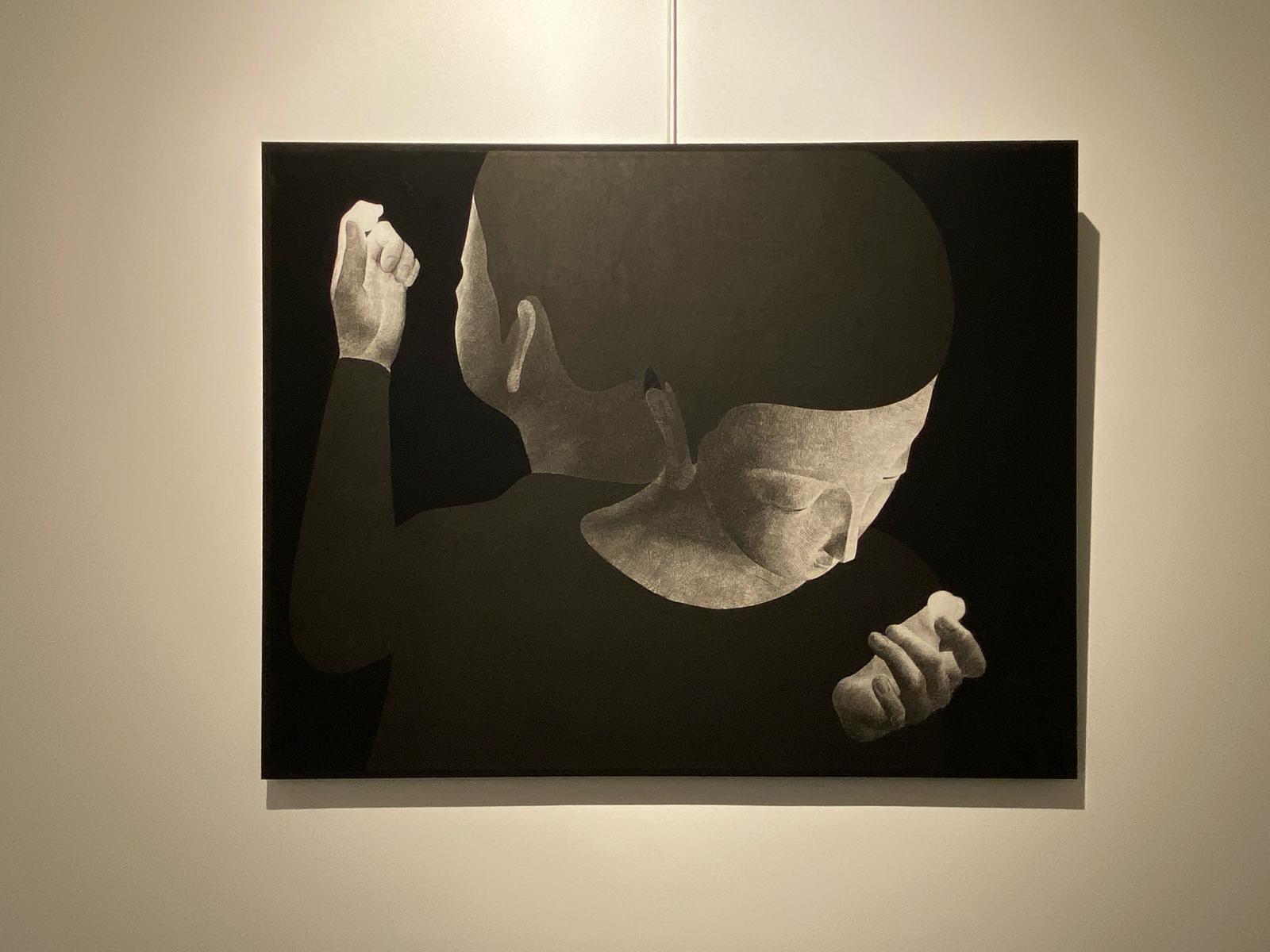
MOONASSI
Exhibition Seoul
From December 12, 2025 to February 13, 2026, Space K gallery in Seoul presents "The Season We Fade Away," an exhibition by the Korean artist Moonassi.
Moonassi creates figures in ink and acrylic on Korean paper. In this exhibition, he visualizes the subtle shifts of emotion, translating his inner turmoil onto the canvas. Moonassi's figures are expressionless, they lack discernible emotion, gender, or age. This ambiguity is a deliberate strategy to prevent specific expressions or features from imposing preconceived ideas on the viewer. This exhibition is designed as a vast space conducive to meditation.
Moonassi was born in 1980 and lives and works in Seoul. He had exhibitions in Korea and internationally: Galerie Vazieux (Paris, 2024), Center of Contemporary Art Busan (2020), Gallery Ascend (Hong Kong, 2022). He was presented by Galerie Vazieux at Asia Now 2025. He is part of the selection of contemporary Korean artists currently being presented by the Korean Cultural Center.
https://kiaf.org/en/insights/57357
CENTRE CULTUREL DE COREE
« Couleurs de Corée, Lumière sur l’art contemporain coréen »
The Korean Cultural Center in Paris is presenting the exhibition “Colors of Korea: Spotlight on Contemporary Korean Art,” from October 24, 2025, to August 29, 2026. Celebrating the 140th anniversary of diplomatic relations between France and Korea, the exhibition explores the interplay between tradition and contemporary creation, through the works of 34 artists, from established masters to emerging talents. Among the major figures featured are Lee Ungno, Kim Tschang-Yeul, Park Seo-Bo, and Ha Chong-Hyun, as well as contemporary artists gaining recognition, such as Yeesookyung, Kim Yunchul, Anicka Yi, and Jin Meyerson. The exhibition encompasses a wide range of artistic practices, from painting and sculpture to photography, installation, and digital art.
Centre Culturel Coréen à Paris | Paris
LEE BUL
"From 1998 to Now"
Leeum Museum of Art in Seoul is presenting "From 1998 to Now" by Korean artist Lee Bul, from September 4, 2025, to January 5, 2026.
The exhibition traces nearly three decades of work by one of Korea's most influential contemporary artists. Bringing together approximately 150 works, the exhibition shows performance, sculpture, installation, and drawing, examining Lee Bul's ongoing exploration of the body's entanglement with society, technology, and systems of power. The exhibition begins with her early iconic series such as Cyborg, Anagram, and the karaoke installation. Also featured are more recent works from her Willing to Be Vulnerable and Lost series. The exhibition is organized in collaboration with the M+ Museum Hong Kong.
https://www.leeumhoam.org
Instagram
HAEGUE YANG
Leap Year
"Leap Year" - at Migros Museum für Gegenwartskunst - is the first comprehensive solo exhibition in Switzerland of Korean artist Haegue Yang, running from 27 September 2025 to 18 January 2026.
Spanning over three decades of practice, the exhibition highlights Yang’s unique visual language, which blends abstraction and figuration across sculpture, installation, video, and collage. "Leap Year" invites visitors into a layered, contemplative experience that reflects the shifting nature of contemporary life and the quiet power of materials, rituals, and spaces.
The exhibition is organised by the Hayward Gallery, London in association with Kunsthal Rotterdam, and Migros Museum für Gegenwartskunst, Zurich.
Haegue Yang: Leap Year | Migros Museum für Gegenwartskunst
BAE BIEN-U
Photographs by Bae Bien-u in Corsica
The Palais Fesch, Museum of Fine Arts, in Ajaccio, France, is presenting an exhibition of photographs by Korean artist Bae Bien-u, « Des forêts, des esprits et des hommes, Photographies de Bae Bien-u en Corse »," from July 11, 2025, to February 1, 2026.
Bae Bien-u has been practicing photography for some forty years. Today, he has undeniably become Korea's greatest photographer. Since 1985, the artist has focused his work on pine forests, a very important symbol of Korean culture and soul, considered the junction between earth and sky.
https://www.musee-fesch.com/actualite/exposition-temporaire-des-forets-des-esprits-et-des-hommes-photographies-de-bae-bien-u-en-corse-11-juillet-2025-1er-fevrier-2026-332269
South Korean Artists. Profiles, Works & Exhibitions
LEE BAE
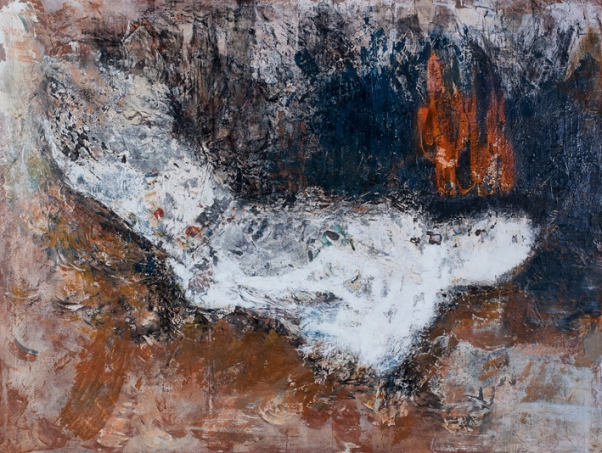
Lee Bae, Untitled, 1990, oil on canvas
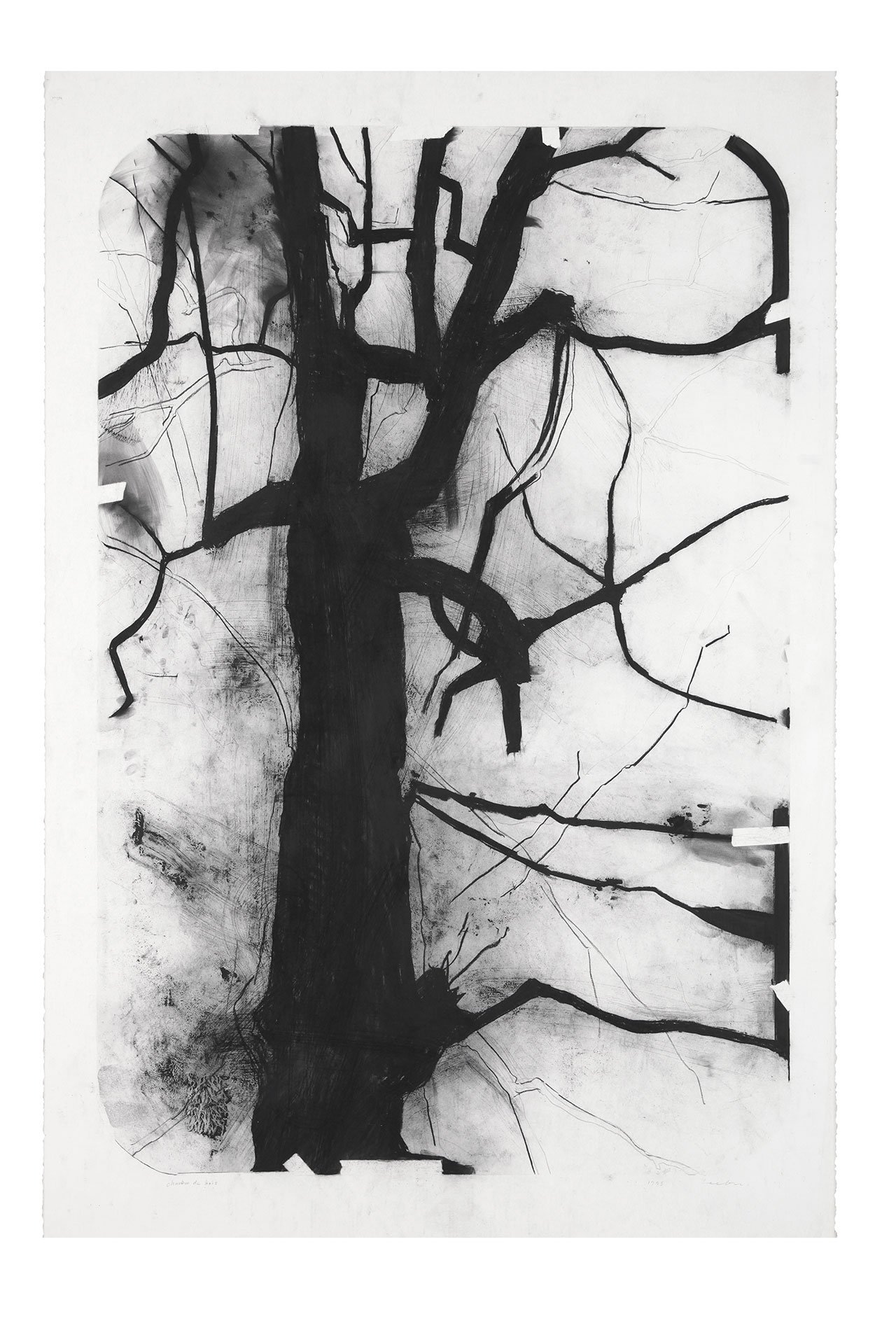
Lee Bae, Drawing, 1997, charcoal on paper © Lee Bae
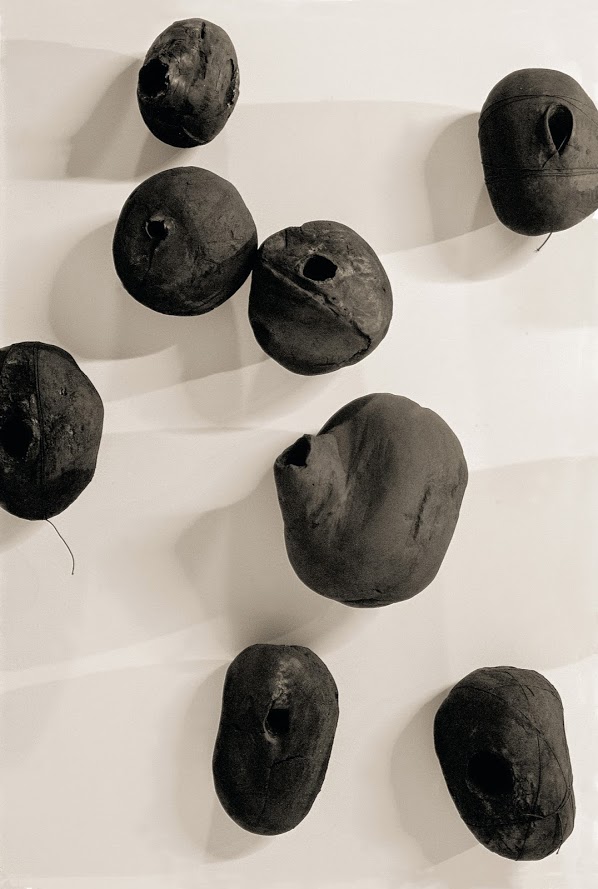
Lee Bae, Issu du feu, 1997, charcoal sculpture, Courtesy fondation Fernet-Branca/ Lee Bae
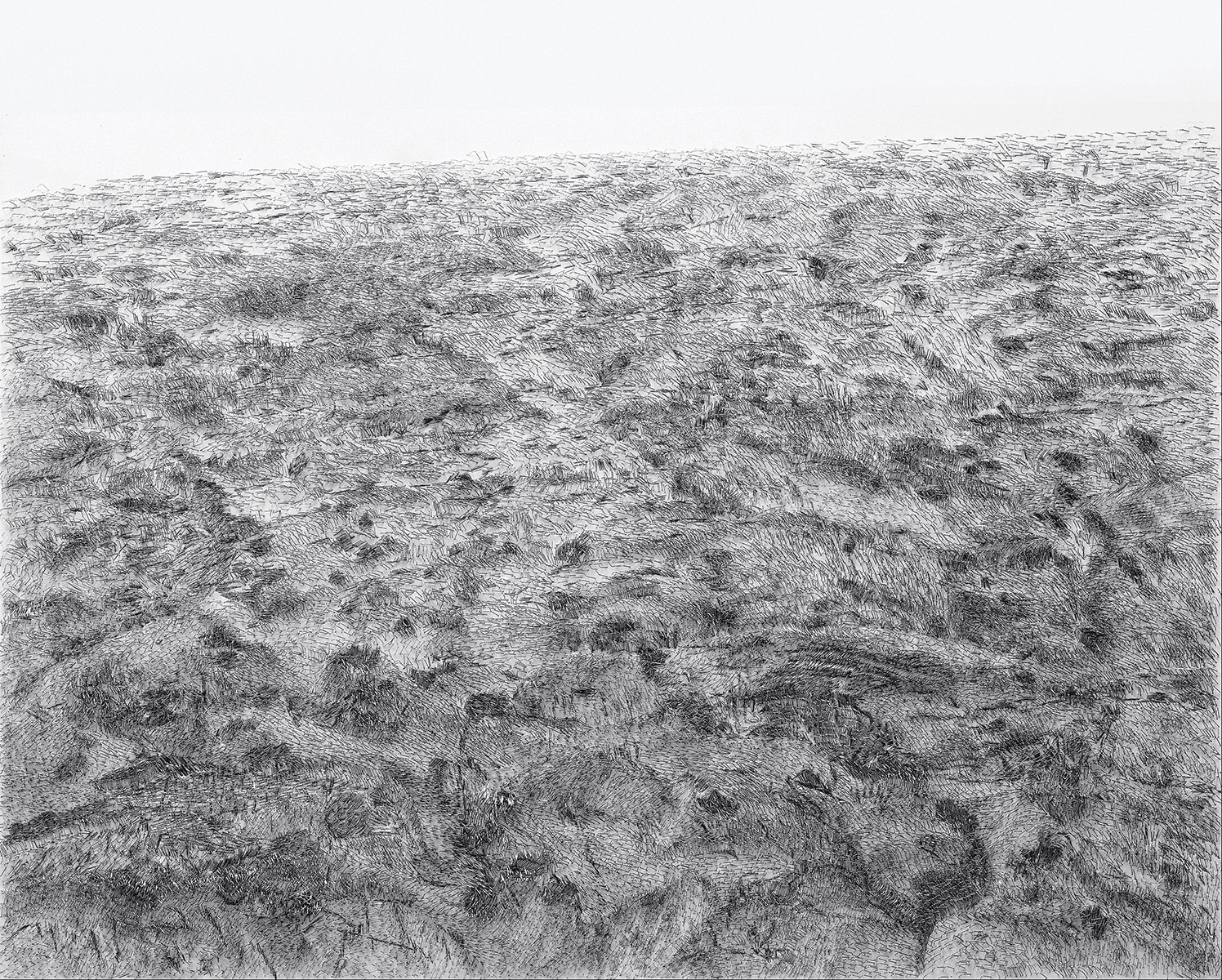
Lee Bae, Landscape, 1998, staples on canvas © Lee Bae
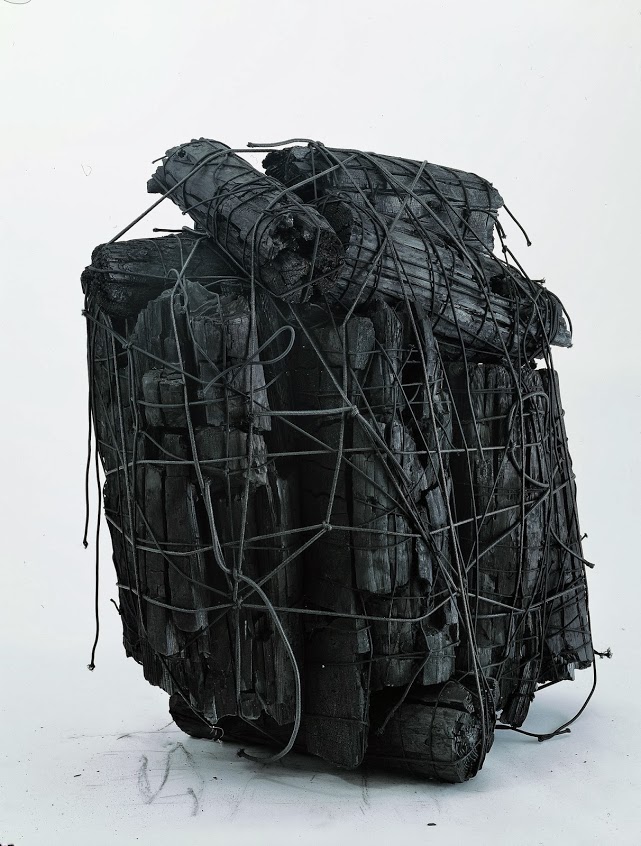
Lee Bae, Issu du Feu, 2000, charcoal mass and black elastic string, Courtesy Fondation Fernet-Branca/Lee Bae
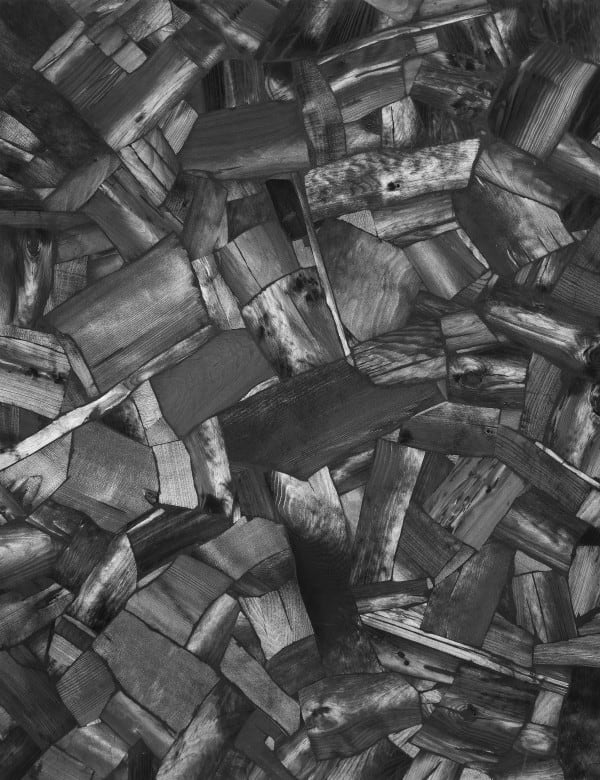
Lee Bae, Issu du feu, 2000, charcoal on canvas © Lee Bae
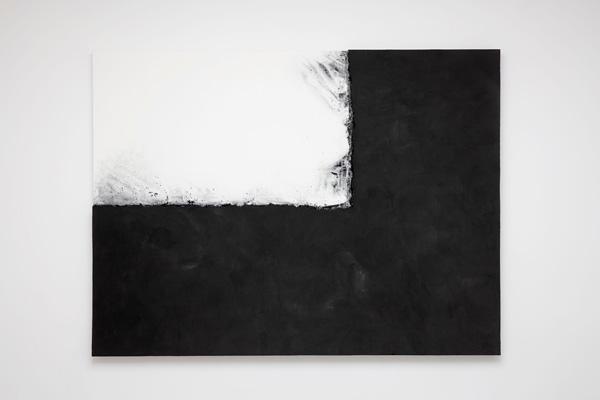
Lee Bae, Landscape ch 37, 2002, charcoal on canvas, Union Fondation PHI 2021 Galerie Perrotin
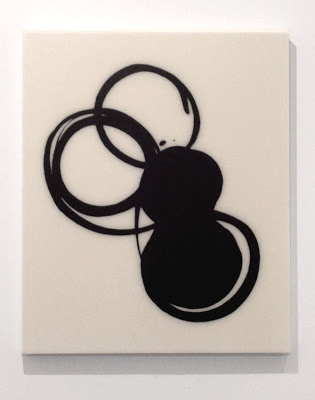
Lee Bae, Installation view, 2011, charcoal on canvas, Nicholas Robinson Gallery
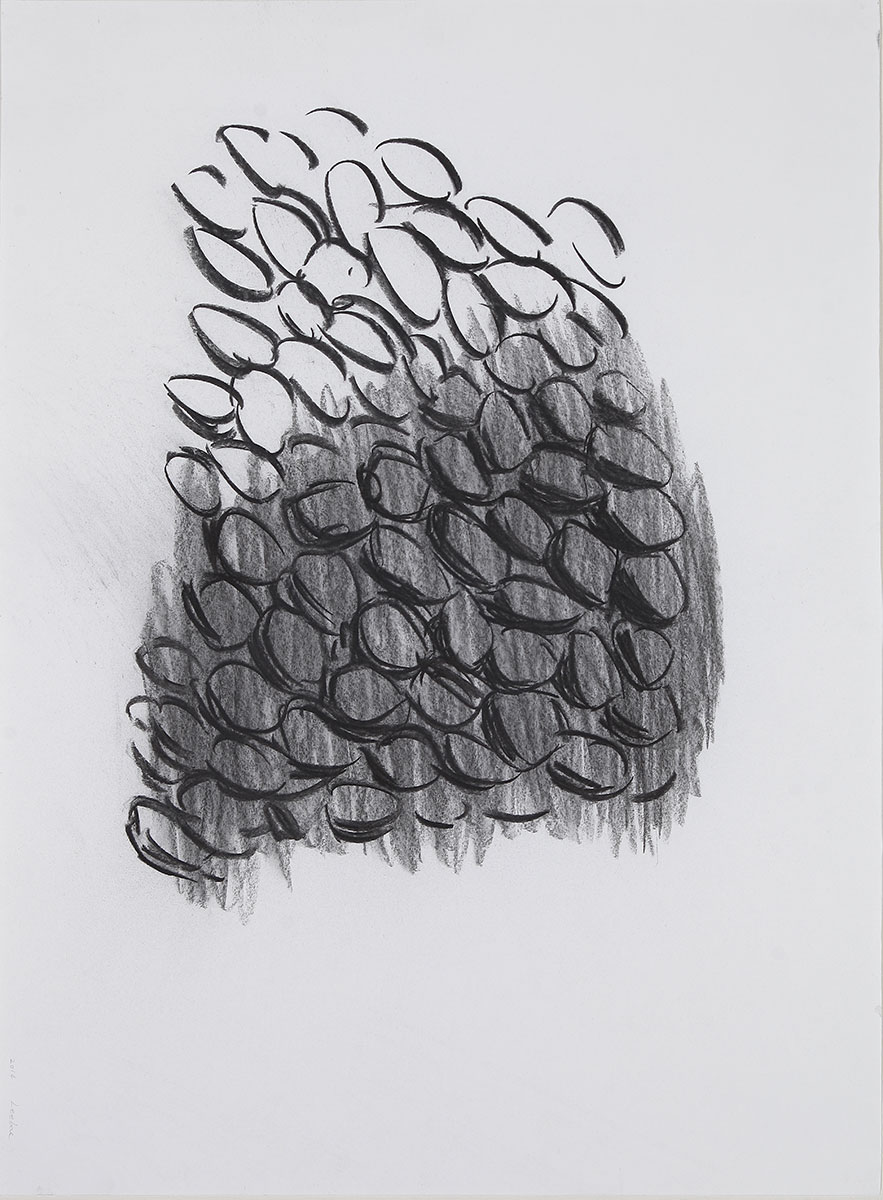
Lee Bae, Drawing, 2014, charcoal on paper @ Lee Bae
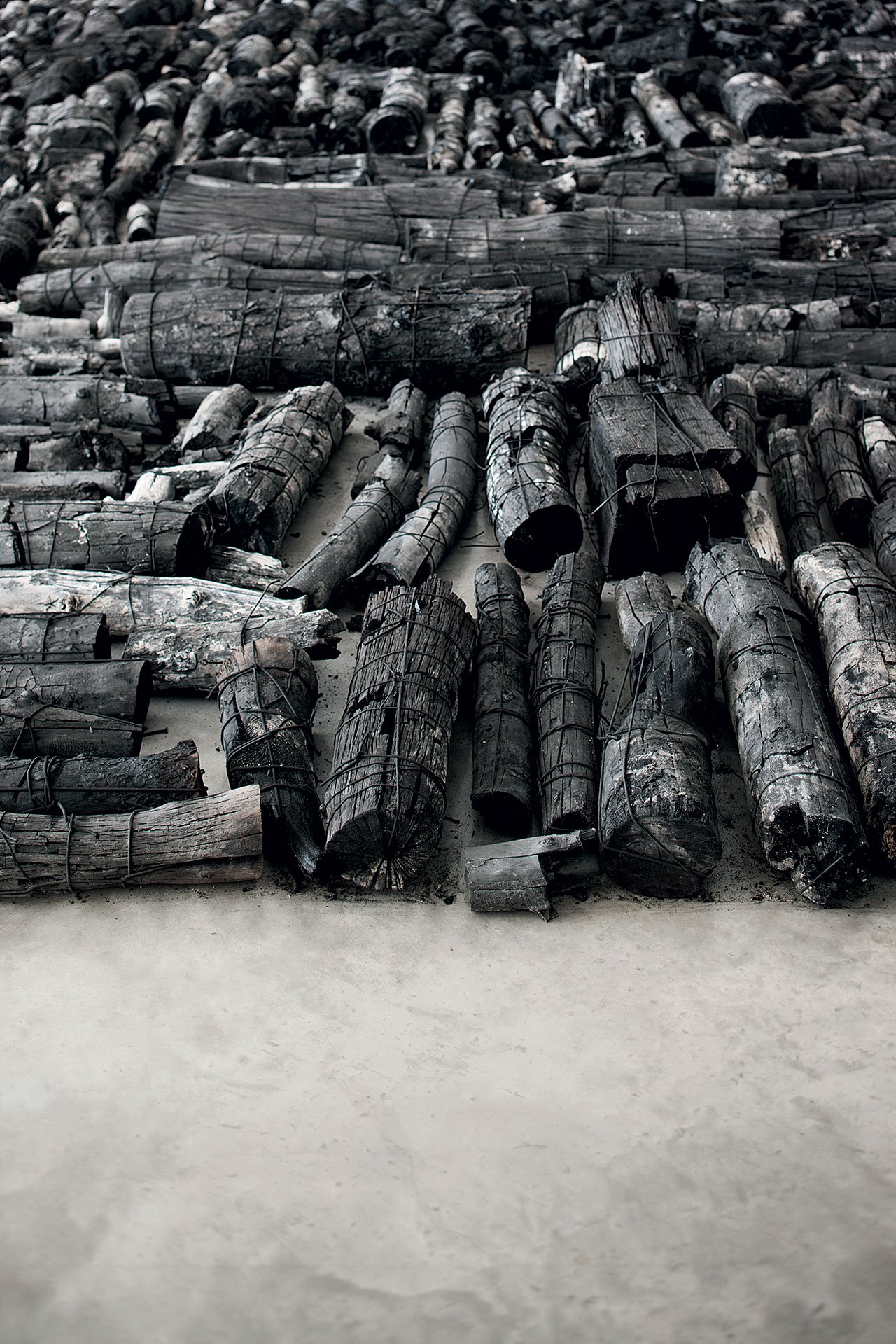
Lee Bae, Landscape, Burnt tree trunks installation, Daegu Art Museum, Korea, 2014, Photo © PARK Myung-Rae © Lee Bae
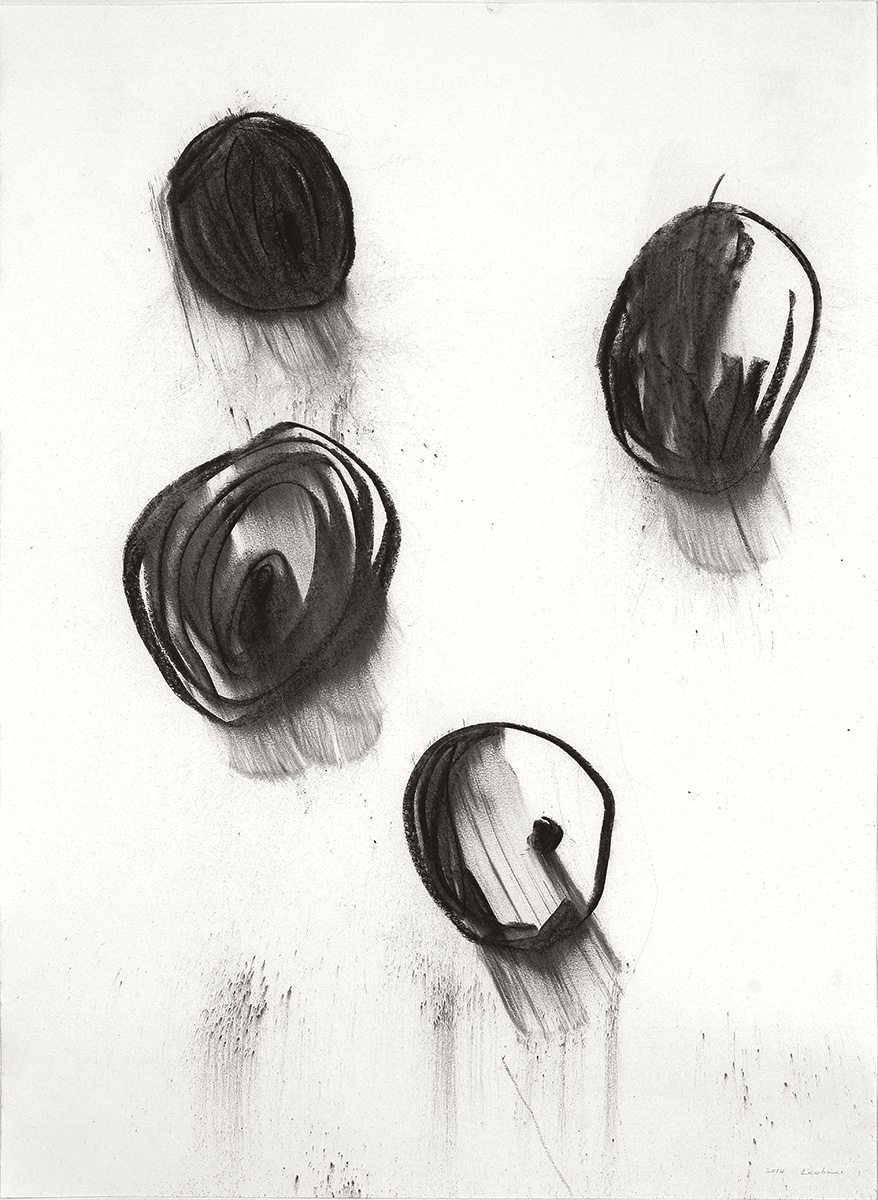
Lee Bae Drawing, 2014, charcoal on paper @ Lee Bae
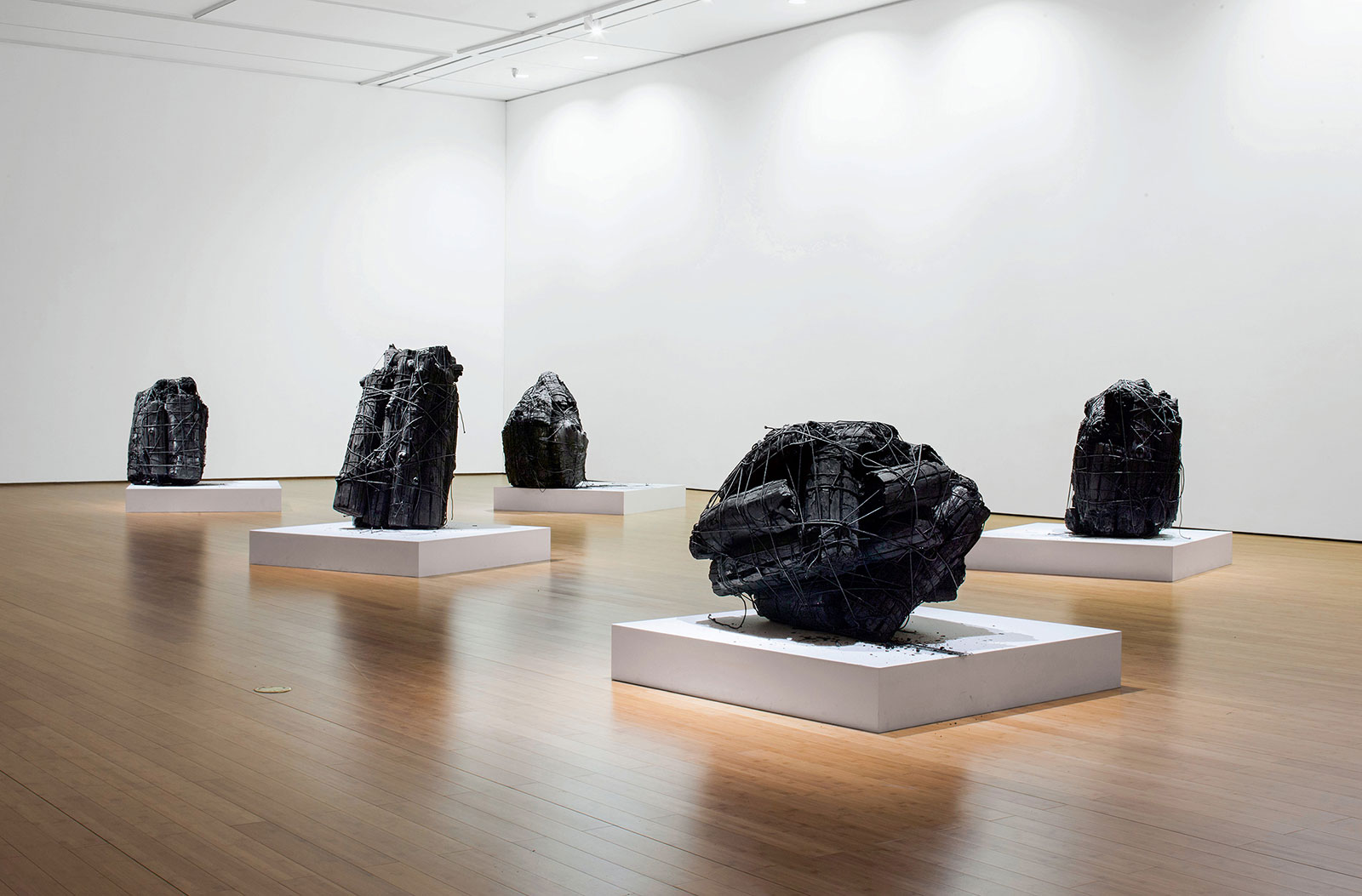
Lee Bae, charcoal mass and black elastic string Installation, Daegu Art Museum, Korea, 2014
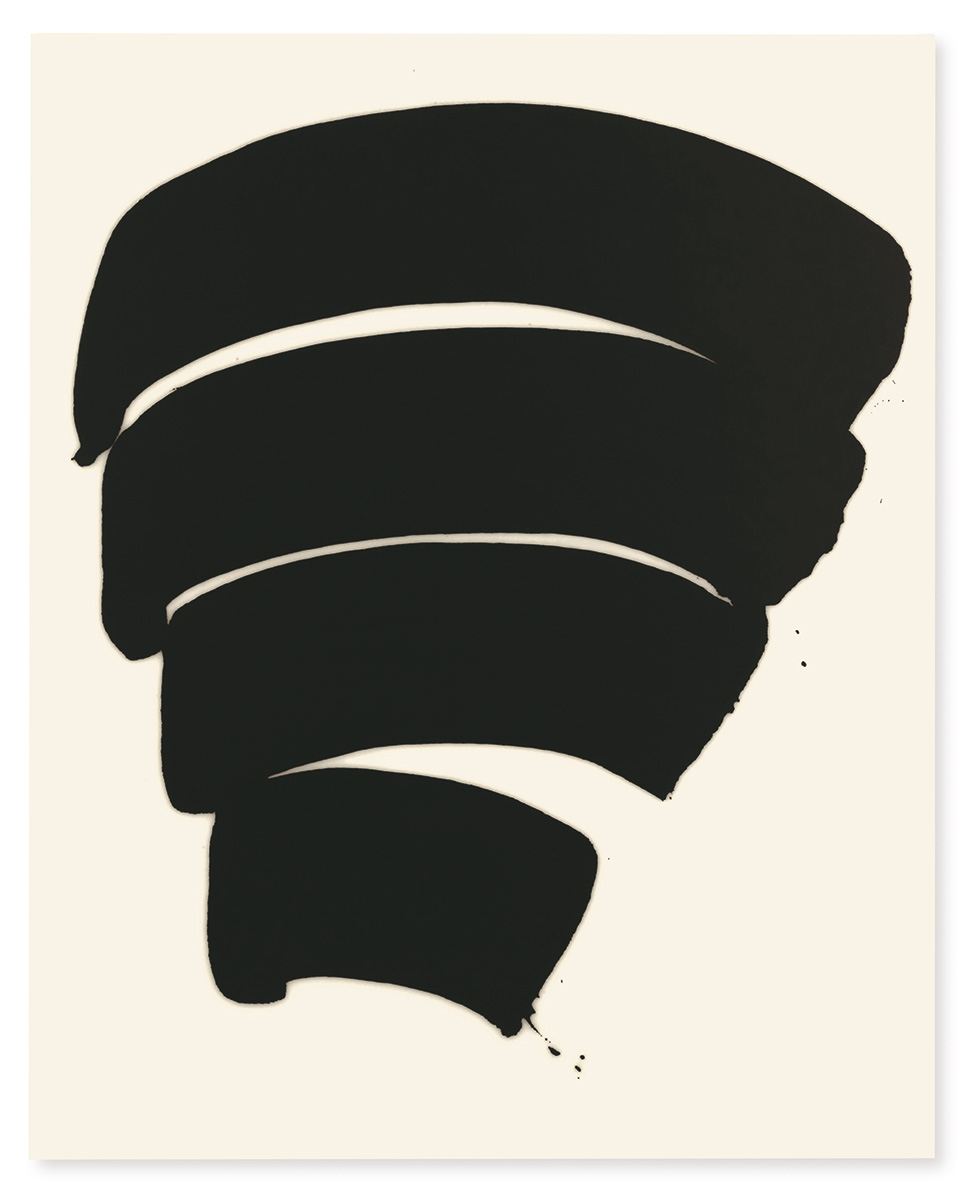
Lee Bae, 2016, acrylic medium, charcoal black on canvas © Lee Bae
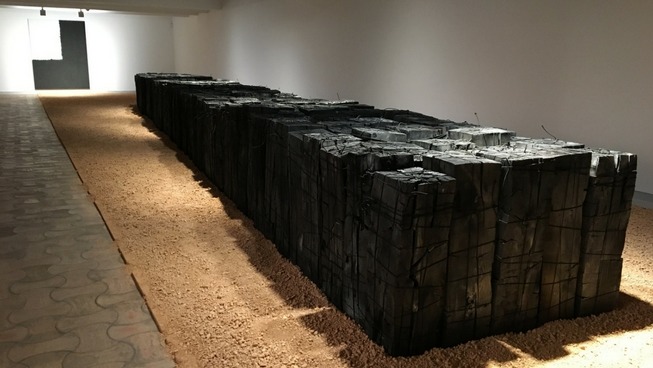
Lee Bae, charcoal blocs, 'Plus de Lumière’ exhibition, 2018, Fondation Maeght
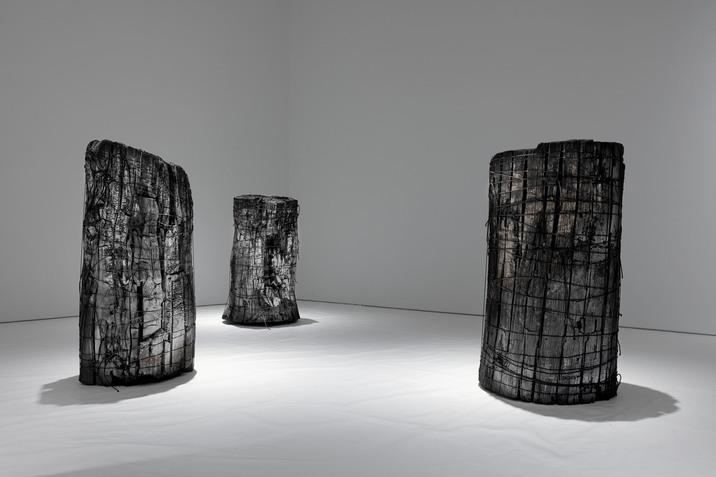
Lee Bae, Issu du Feu, 2018, charcoal, rubber band, Perrotin Gallery NY
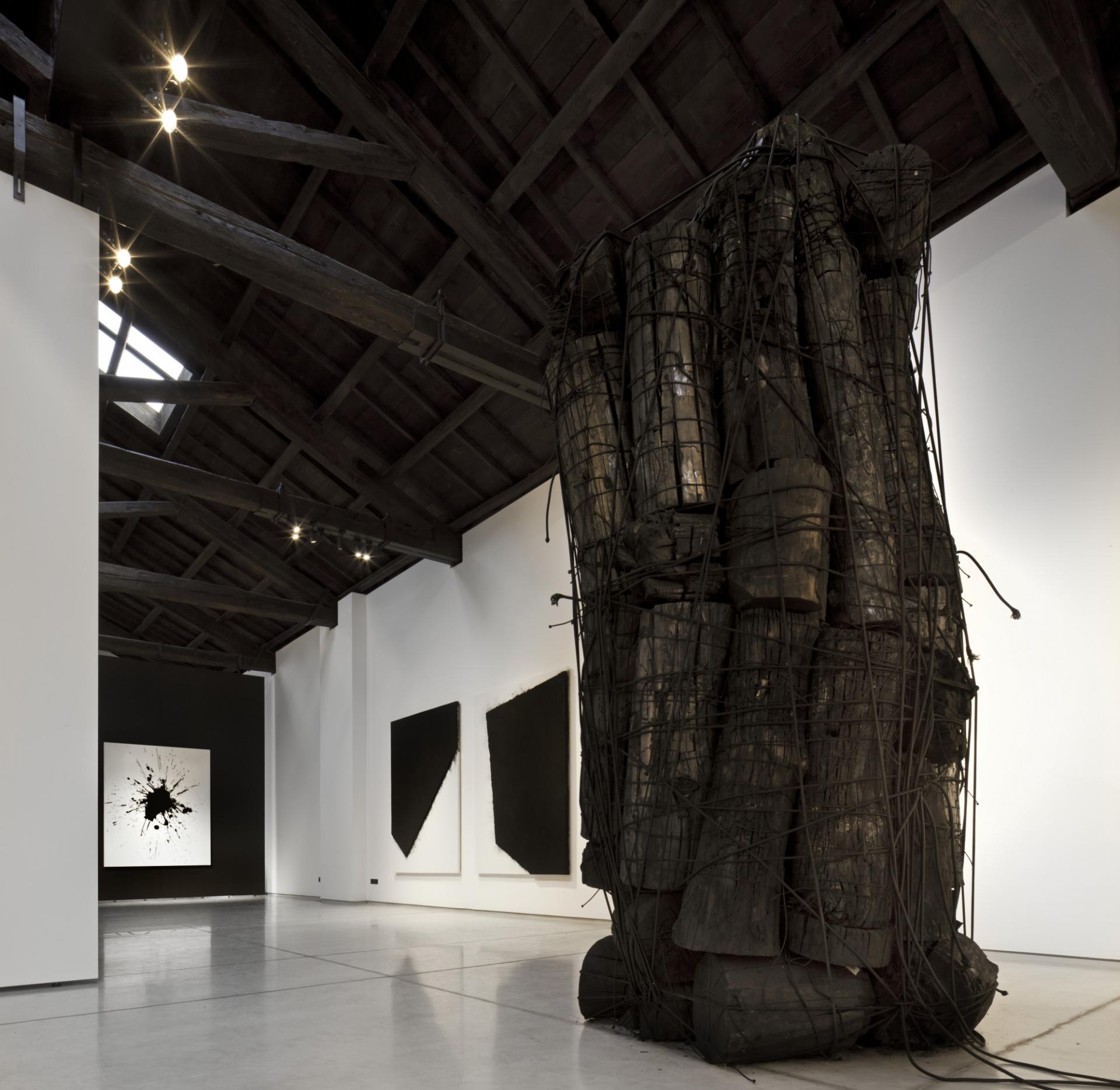
Lee Bae, Venice Wood Water, charcoal blocs, 2019
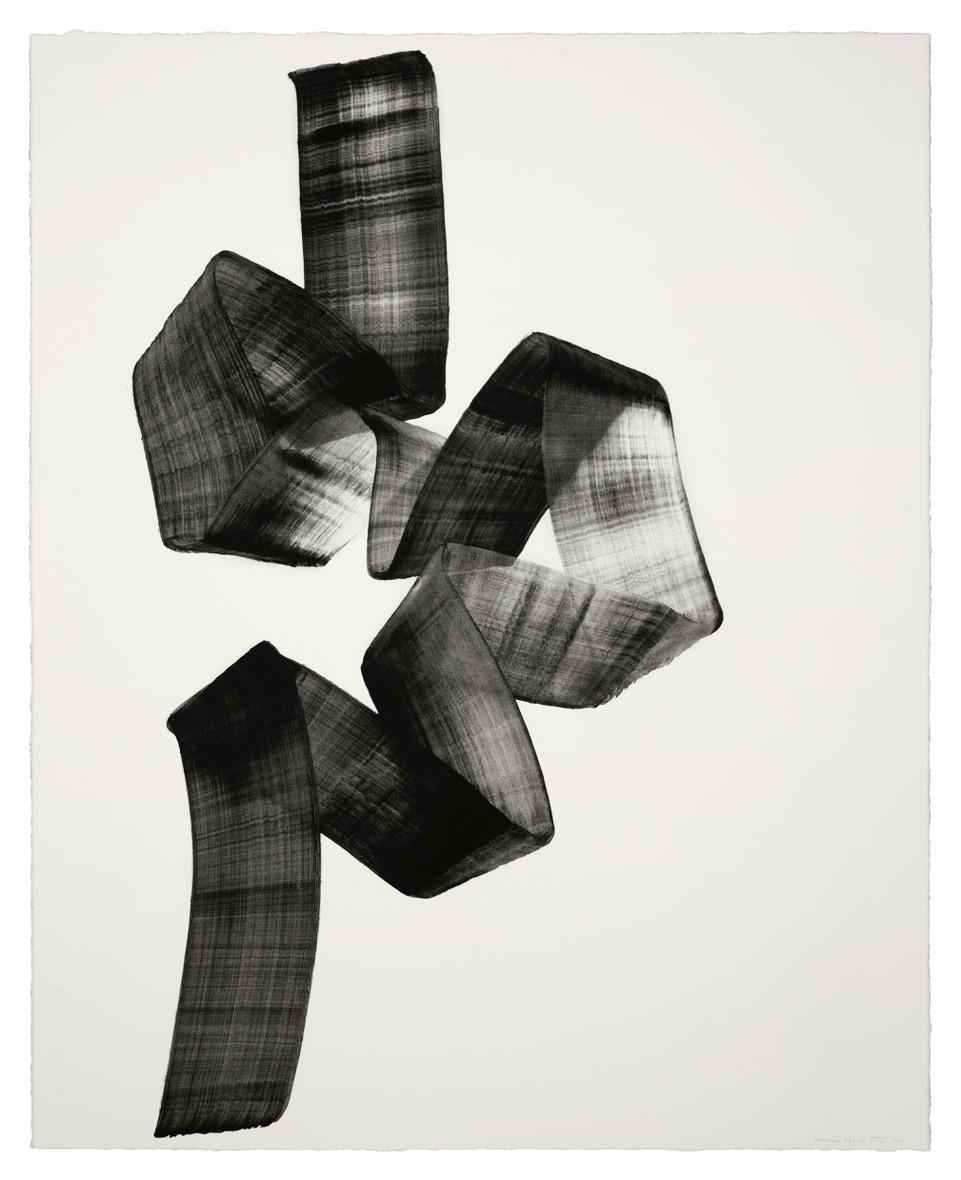
Lee Bae, Brushstroke-4-05, 2021, Perrotin Gallery HK
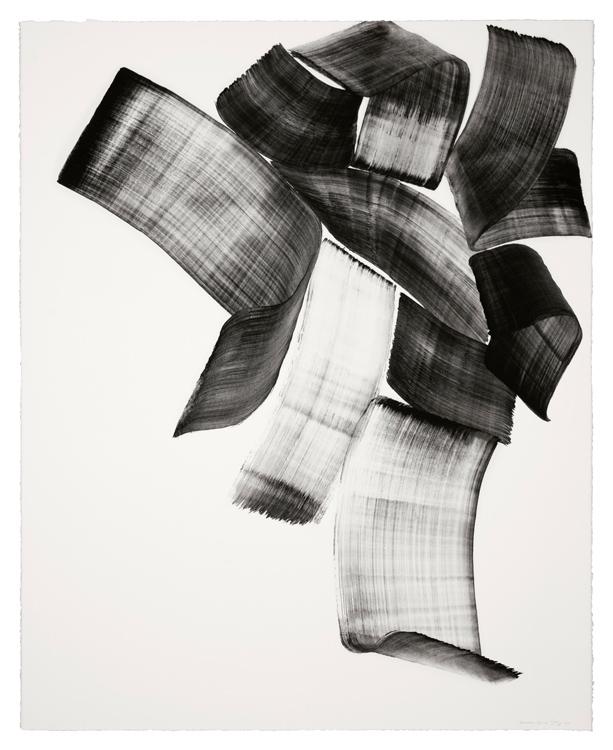
Lee Bae, Brushstroke 4-06, 2021, Perrotin Gallery HK
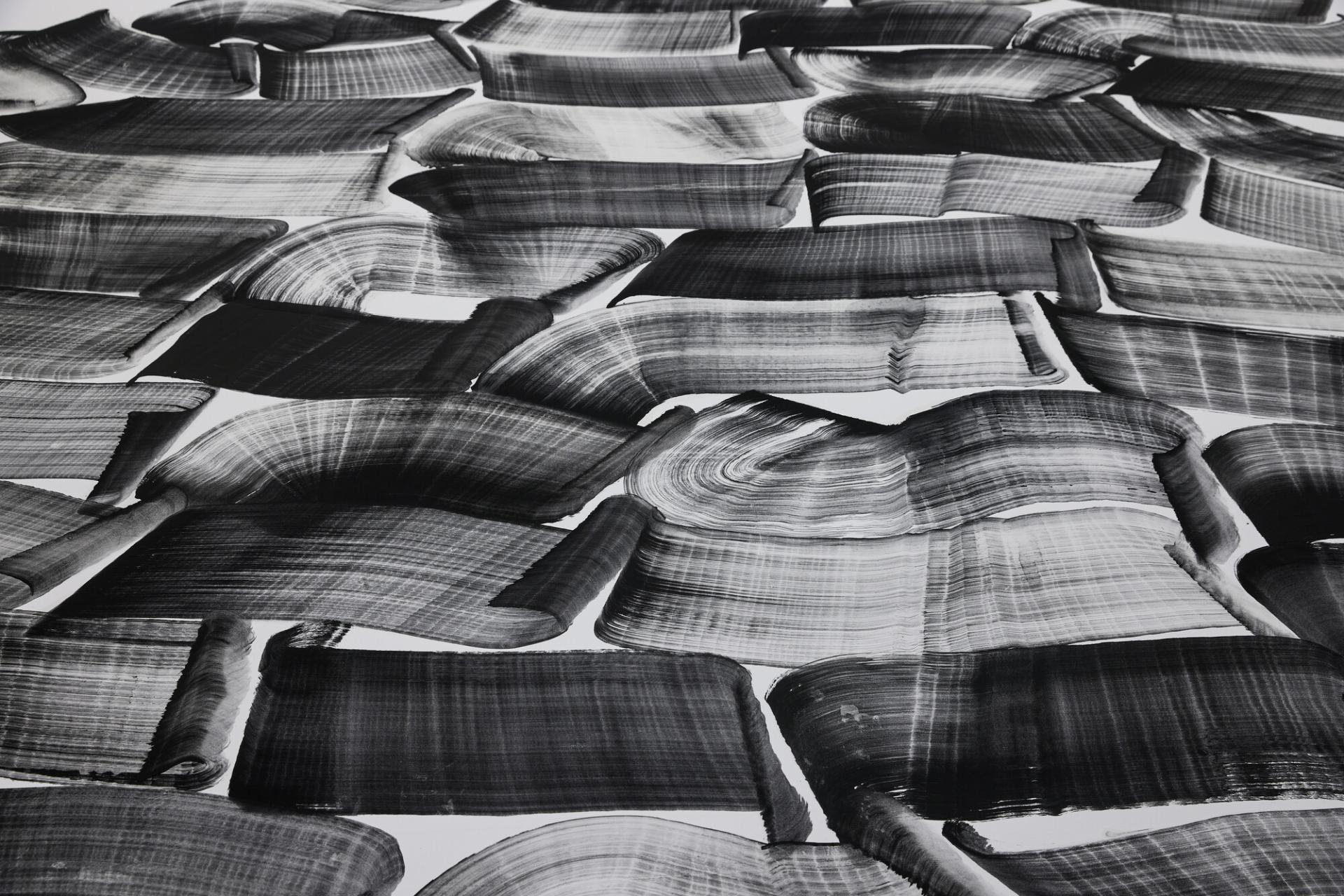
Lee Bae, Oblique, 2022, charcoal ink on paper, Johyun Gallery, photo Sangtae Kim
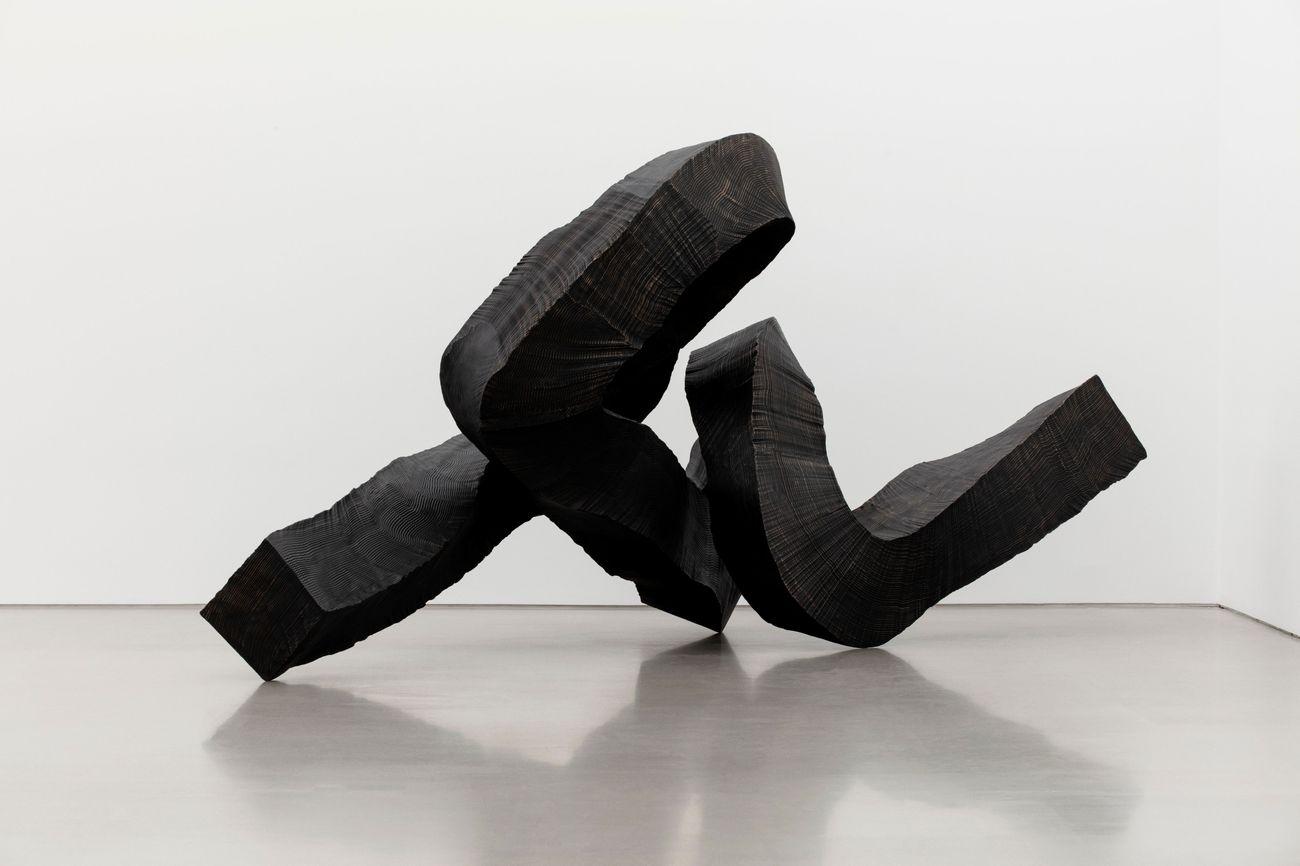
Lee Bae, Brushstroke A - 2, 2024, bronze
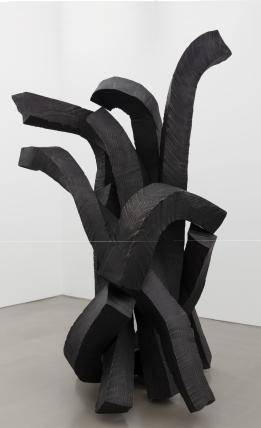
Lee Bae, Brushtroke 2024, bronze, photo Guillaume Zicarelli
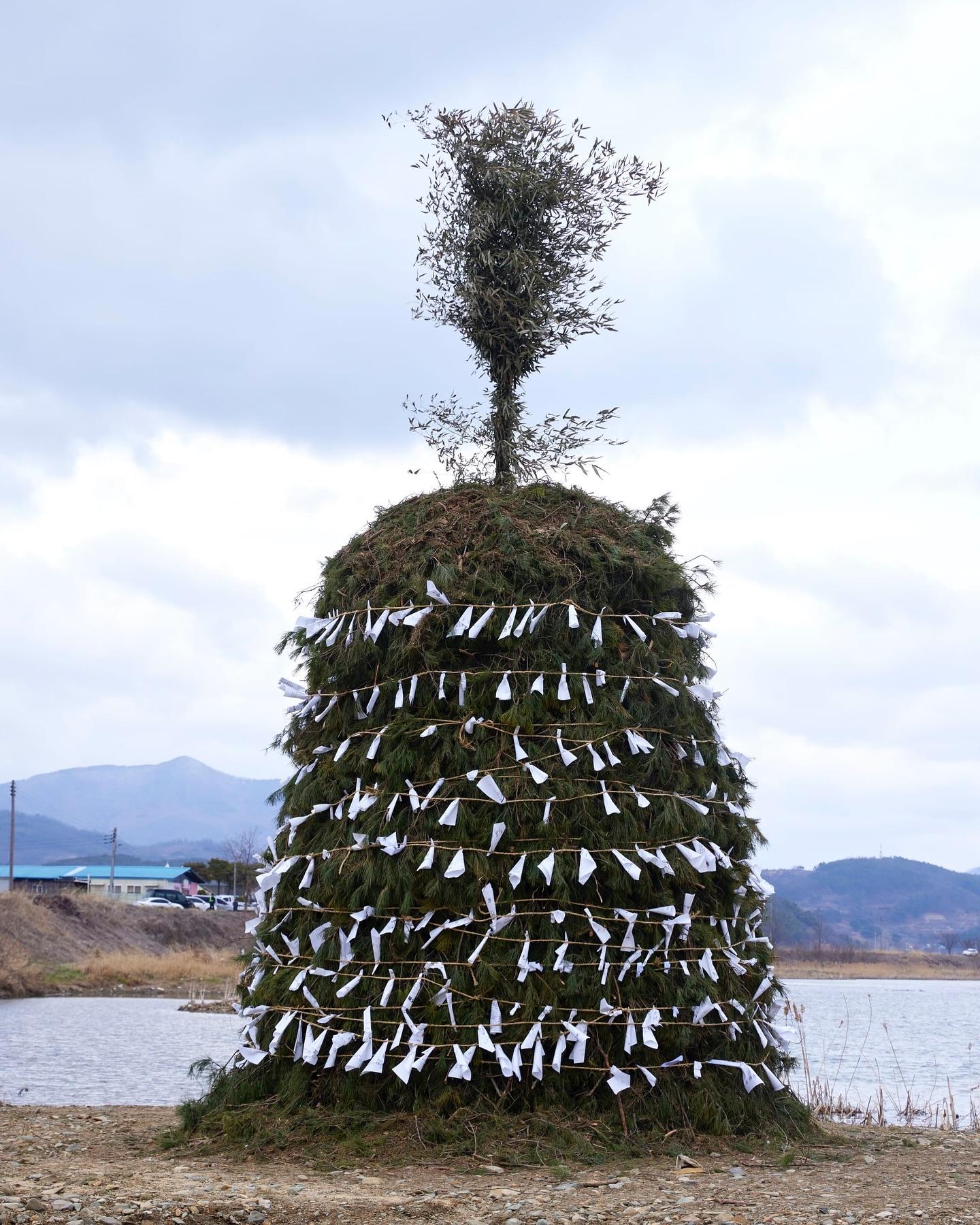
Lee Bae, La Maison de la Lune brûlée, 2024, Venice Biennial
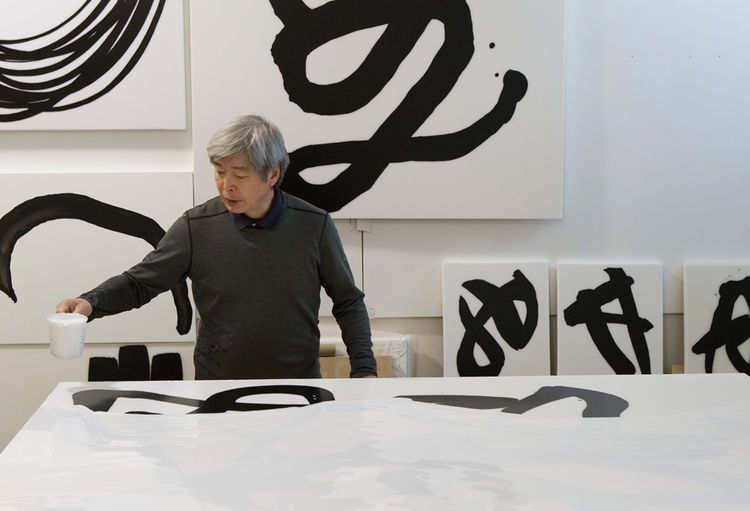
Lee Bae
LEE BAE is one of Korea's leading international artists. He is best known for his black monochrome paintings. In 2011, he was named Artist of the Year 1995-2010 by the National Museum of Contemporary Art, Gwacheon, South Korea. On December 10, 2013, he received the award from the National Art Critics Association of South Korea.
Lee Bae was ranked 234th in the top 500 best-selling artists at auction worldwide with sales of €4.1m (Sales 2024). He ranked 480th in the Artprice ranking in 2023 with sales of €3.2m.
At Art Basel Hong Kong, May 16-23, 2021, Galerie Perrotin presented works by Lee Bae, all of which sold for between US$10,000-500,000.
https://www.leebae.art/
Lee Bae is represented by Lehmann Maupin.
PROFILE OF THE ARTIST
Lee Bae was born in Chung-Do, South Korea, in 1956. Very young he learned calligraphy. He obtained his BFA, Painting, College of Fine Arts, Hongik University in 1979 and his MFA, Painting, College of Fine Arts, Hongik University in 1985. In 1990 he arrived in Paris where he met Lee Ufan whom he admired and of whom he will become. the assistant. He is also interested in Simon Hantai and Pierre Soulages. He lives and works in Paris.
Lee Bae's work is part of a Korean artistic movement known as “Dansaekhwa”, a monochrome trend born in the early 1970s, after years of war in Korea. The whole point of Dansaekhwa is that the artists associated with it refused to choose a subject, preferring to build their images from scratch and discover them as they were revealed.
Lee Bae's pictorial and abstract universe thus focuses on the material. He creates an essential balance between the deep black of charcoal for his abstract forms and the milky white color obtained from resin and successive layers of smooth acrylic paint. These are mental images that the artist places on canvas to bring to life. He creates abstract forms with no narrative aspect, giving his paintings energy, purity and spirituality.
Arriving in France in 1990, the artist looked for an inexpensive material in which to express himself. He discovered charcoal and it was a revelation for him. Charcoal reminded him of his origins, the world of Indian ink, calligraphy and the deep roots of this material in Korean tradition. In 2000/2001, Lee Bae had the idea of mixing acrylic with charcoal. Over time, his creamy acrylic paint evolved into white. Previously, Lee Bae had already created “relief paintings”, using small pieces of raw charcoal, cut, sanded and attached to canvas. For his 2003 work “Landscape”, each landscape consisted of a matte block of charcoal sanded onto a blank canvas. His work with coal also extends to sculptures, such as his installations of blocks of coal tied together, presented at the Musée Guimet in 2015.
In his 2019 exhibition “Promenade” at Galerie Perrotin New York, the artist invited viewers to experience the aesthetic multiplicity of charcoal through his drawings, paintings and sculptures. At the center of the exhibition were 24 sculptures from his “Issu du Feu” series.
At the 60th Venice Biennale in 2024, Lee Bae presented “The House of the Burnt Moon”, at the Wilmotte Foundation. The exhibition explored Lee Bae's deep connection with the Daljip Teugi, a centuries-old ritual synchronized with cyclical cosmology, interweaving folklore and contemporary art. Lee Bae has collected messages from all over the world, transcribed onto hanji paper. These messages, embodying wishes for the New Year, are an integral part of the Moon House lighting ritual held on February 24 in the South Korean town of Cheong-do. A beautiful exhibition of Lee Bae's work accompanied the ritual.
“The House of the Burning Moon” has been on display at the Johyun Gallery in Seoul since February 25, 2025.
EXHIBITIONS
Since 1982, Lee Bae has had numerous solo exhibitions in France, South Korea and the United States, among others.
Recent solo exhibitions include: 2025 "The In-Between", Perrotin gallery, Tokyo ; Esther Schipper gallery, Berlin ; 2024 "Between" galerie Perrotin New York, Johyun Gallery, Dalmaji, Busan, La Maison de la Lune Brûlée, 60th Venice Biennale (2024), Wilmotte Foundation, "Between", Perrotin, New York.
2023 "Origin, Emergence, Return", Rockefeller Center, New York, Lee Bae, Johyun Gallery, Busan, South Korea; 2022 Perrotin Shanghai "Soufle d'encre". Galerie Perrotin Paris Marais presented Lee Bae's second exhibition in its gallery, “le noir en constellation”, from January 8 to February 26, 2022.
A major solo exhibition by Lee Bae was presented from February 24 to June 20, 2021 at the Phi Center, Foundation for Contemporary Art, in Montreal, Canada.
Lee Bae participated in the 60th Venice Biennale (April 20 - November 24, 2024) where he presented “The House of the Burnt Moon”, with the support of the Wilmotte Corporate Foundation and the Hansol Foundation - Museum SAN, in collaboration with Johyun Gallery.
In December 2023, Lee Bae took part in the group exhibition ‘Zero, Ten’, at Perrotin Seoul, including MADSAKI, Takashi Murakami, Lee Bae, Josh Sperling, Paola Pivi and Joaquin Boz.
PAST EXBIBITIONS
BAE BIEN-U
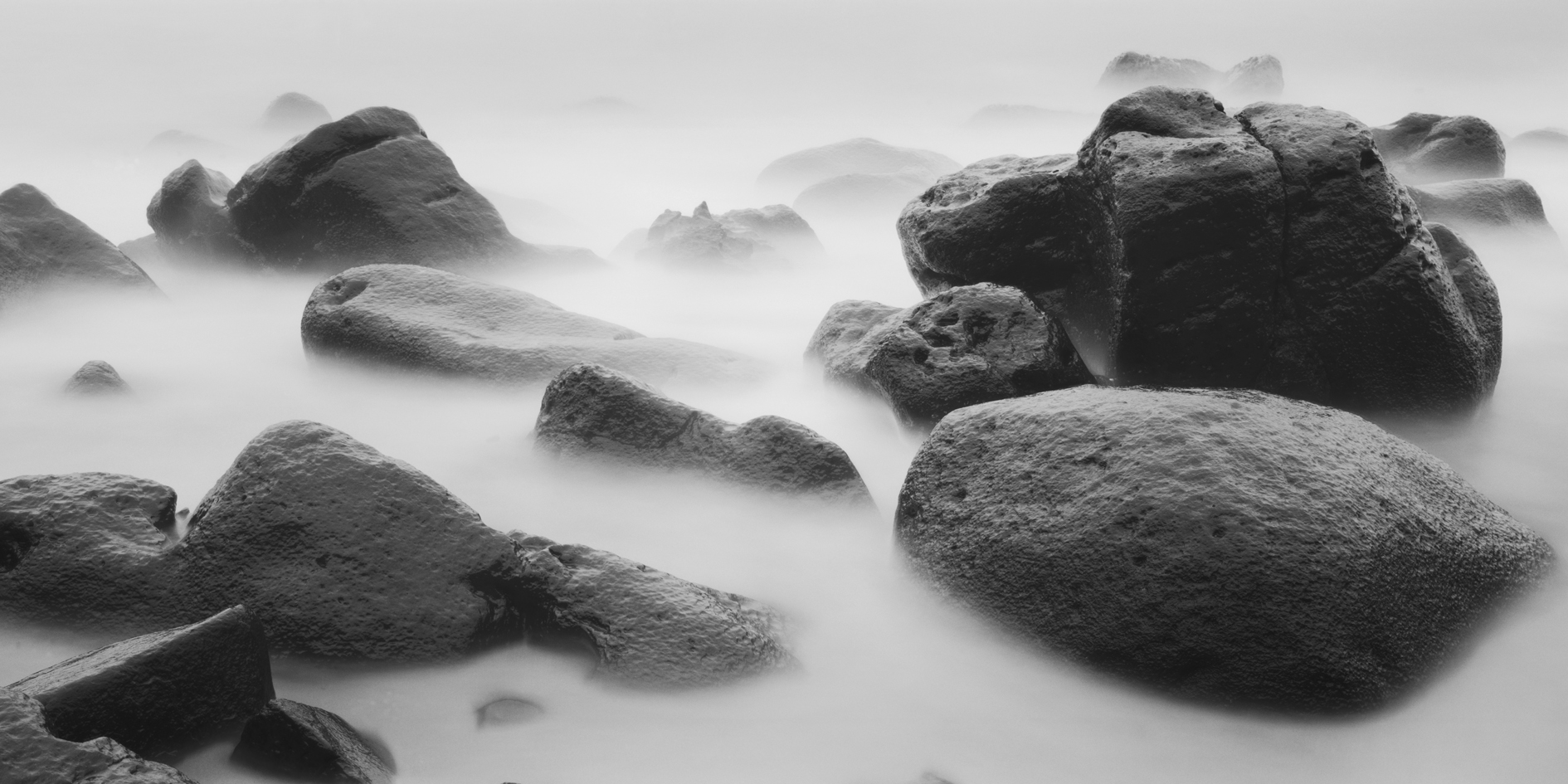
Bae Bien-U, Sea, fiber based silver gelatin print, 1999
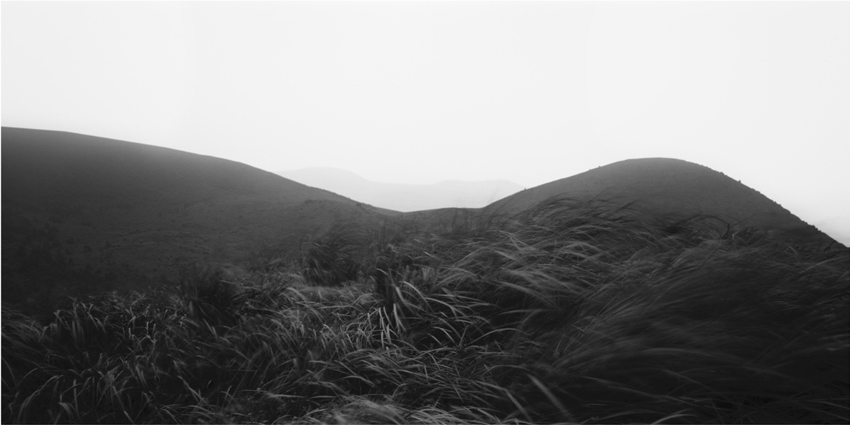
Bae Bien-U, Windscape,om 1a 050h, fiber-based gelatin silver print, 1999
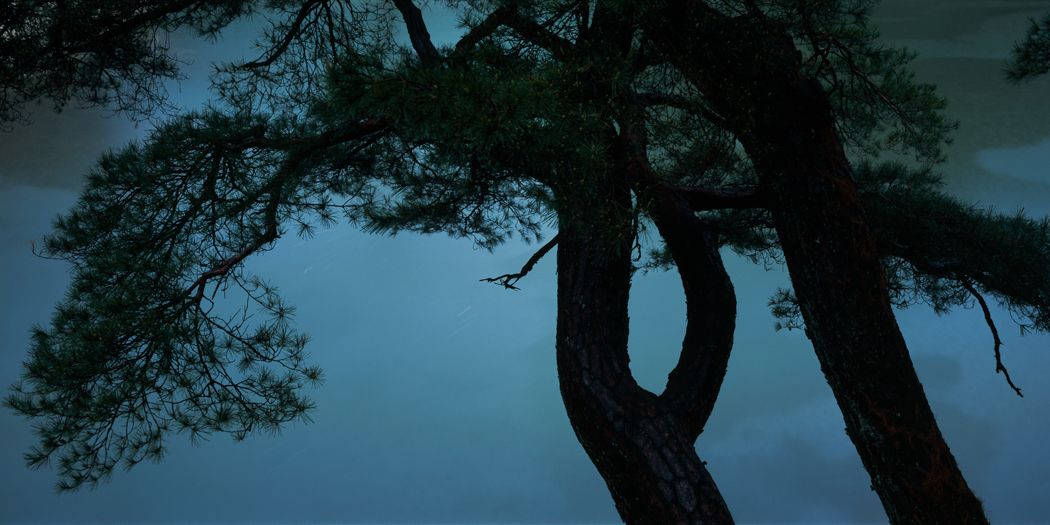
Bae Bien-U, om1a-016h, Axelvervoordt gallery, 2000
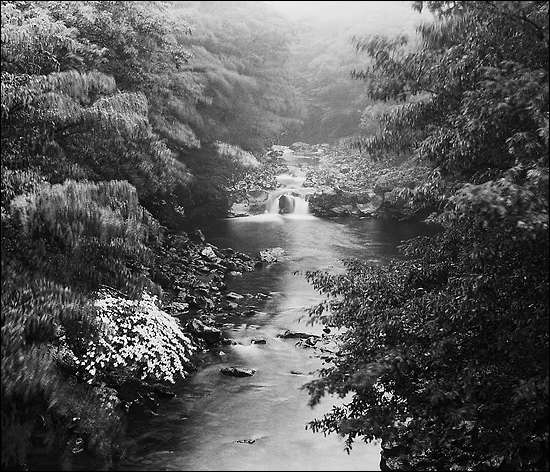
Bae Bien U, plt2b-001, c print, 2003
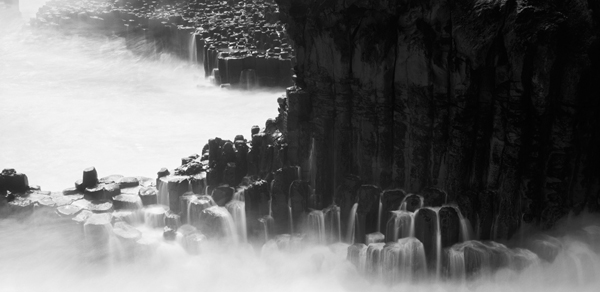
Bae Bien U, a piece bought by artist Elton John in 2005
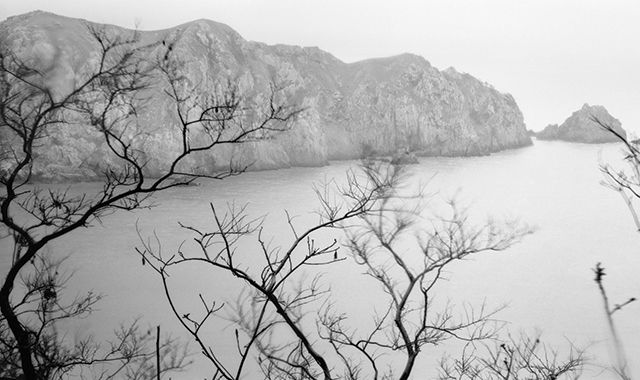
Bae Bien-U, Pltla-042h, 2012
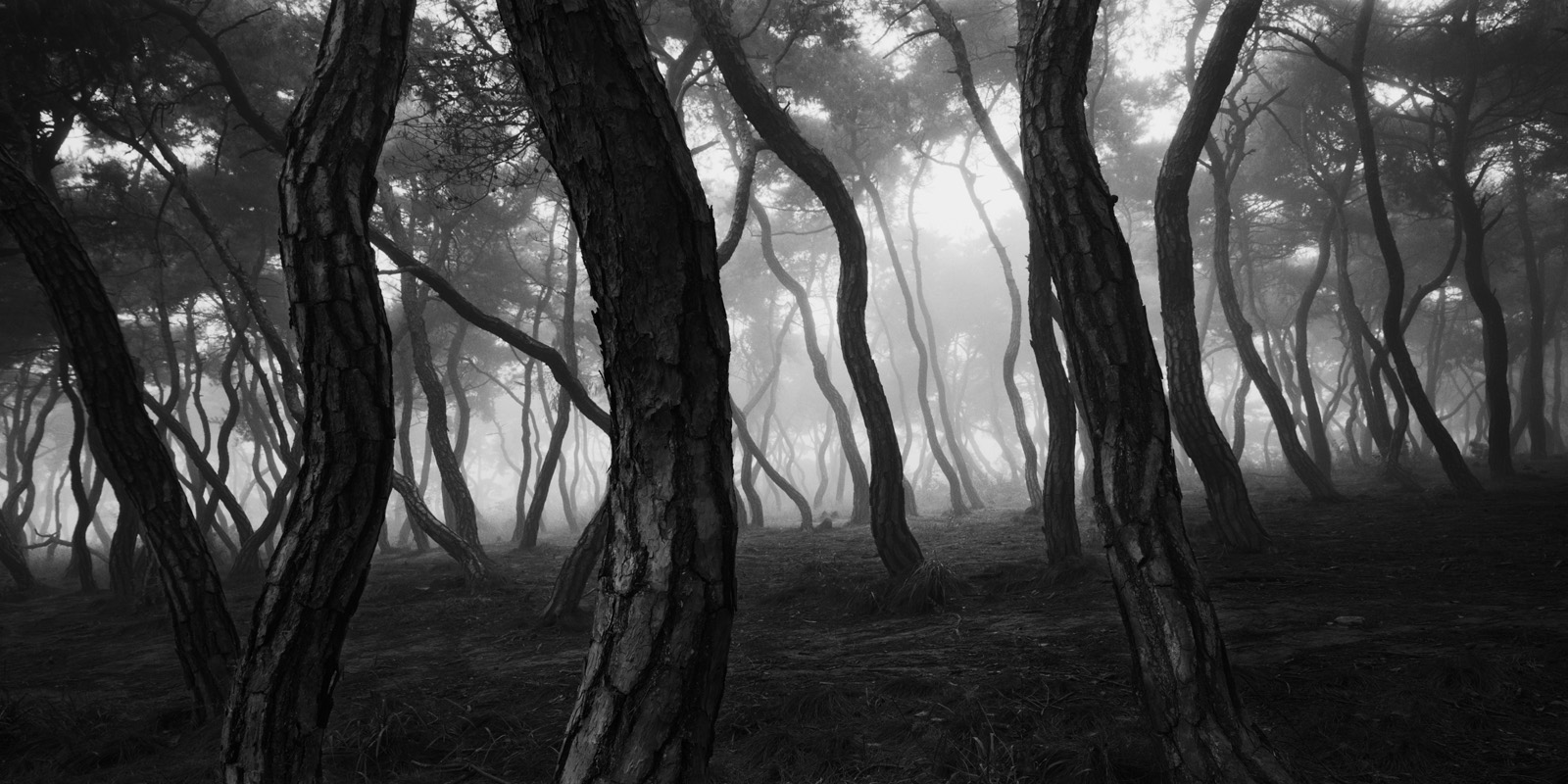
Bae Bien-U, Forêt de Chambord, 2014
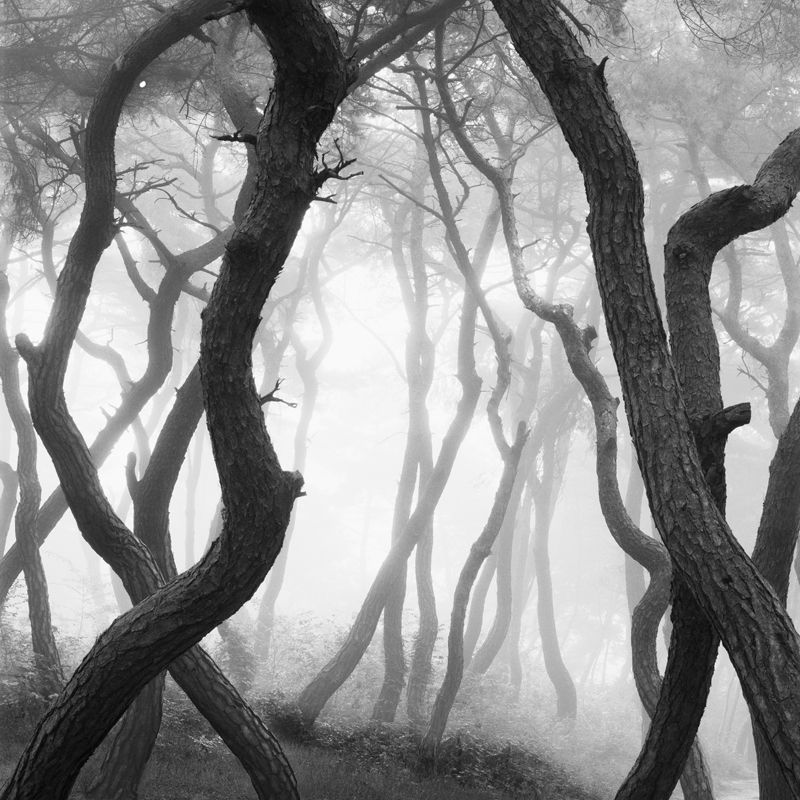
Bae Bien-U, silver gelatin print, 2015
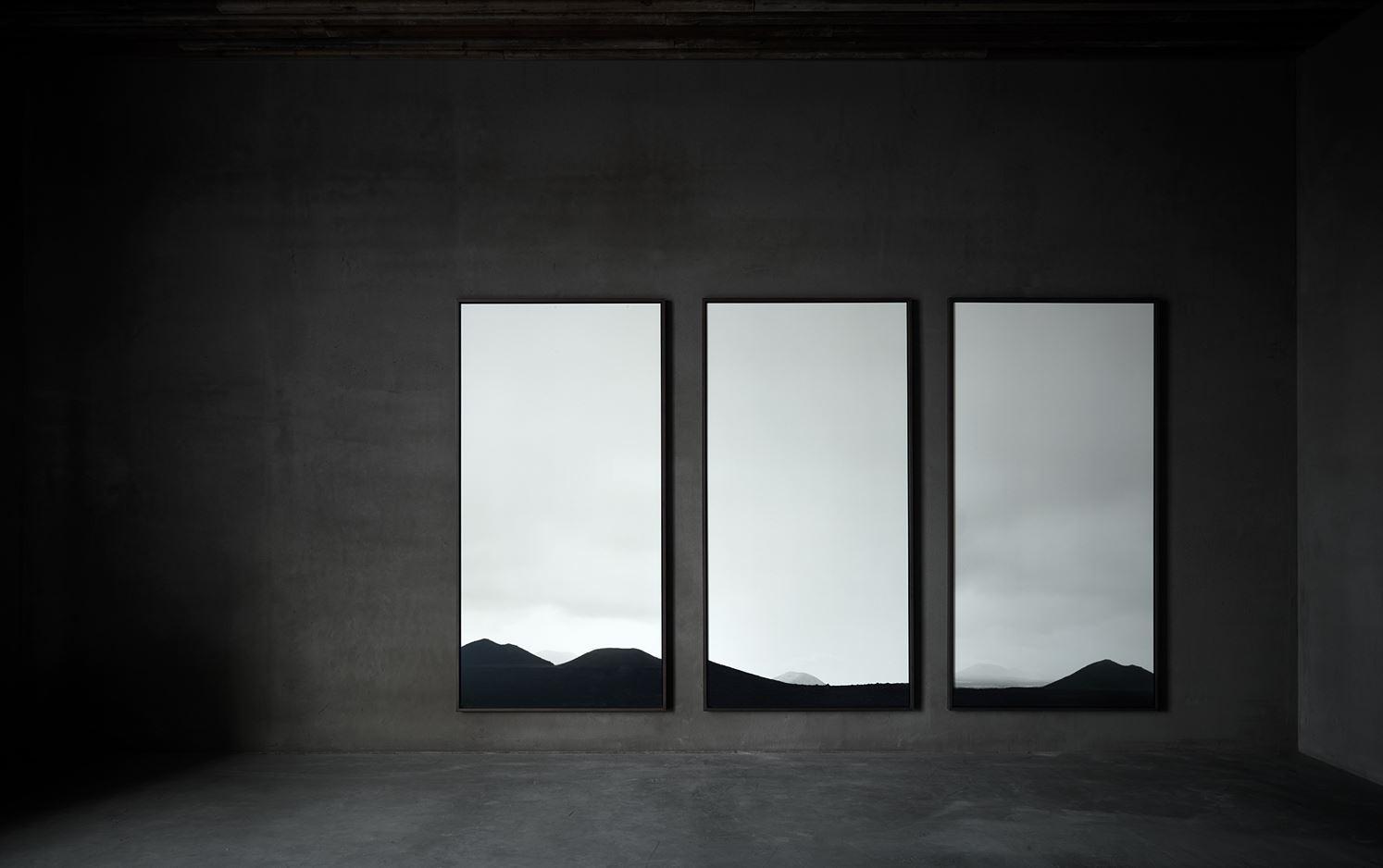
Ba Bien-U, Cycle exhibition view, 2019 Axel Vervoordt Gallery Antwerp
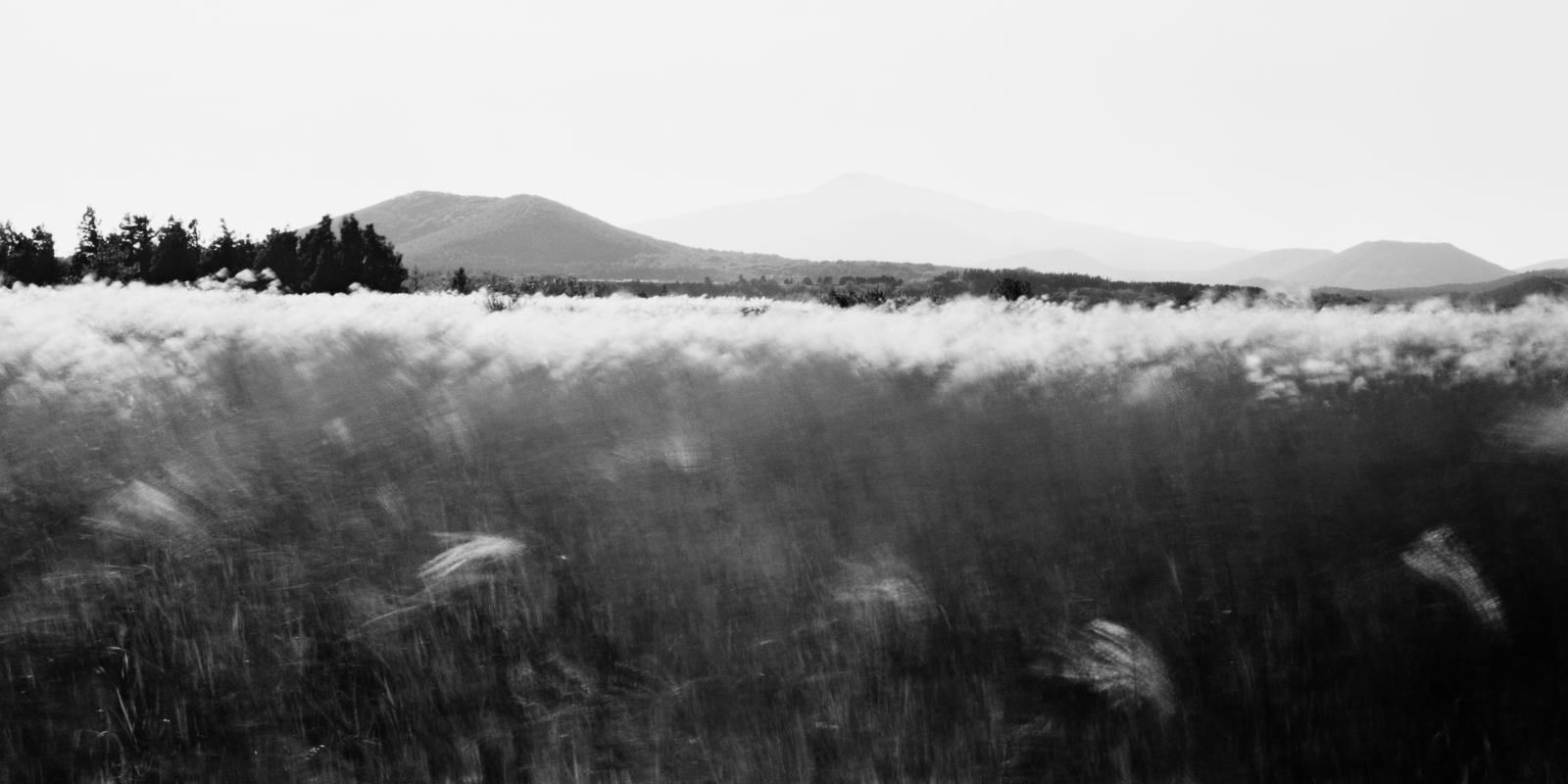
Bae Bien-U, Domaine de Chaumont sur Loire, exhibition, 2024
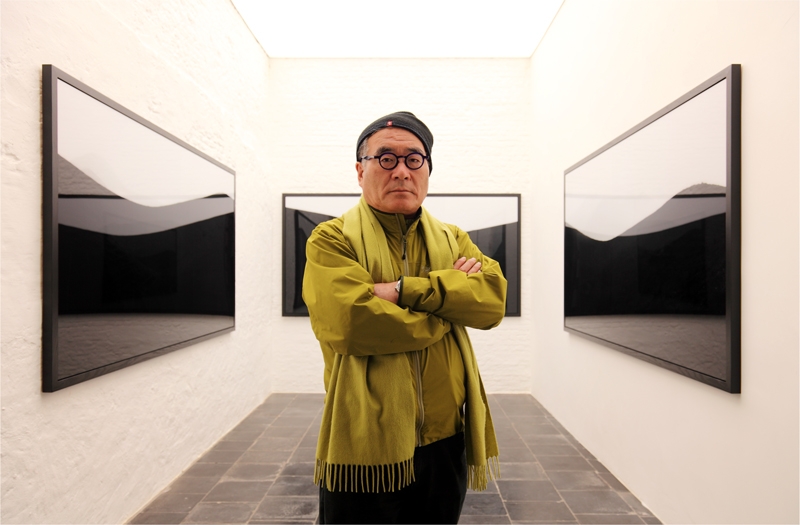
Ba Bien-U
BAE BIEN-U is considered a master of contemporary photography in South Korea, but he is also famous around the world. A photo of Bae Bien-U sells for around 100 million won ($ 86,603) in South Korea, but the price is higher abroad, the artist said in 2012.
Contact: http://www.bbuart.com/
NEWS
The Palais Fesch, Museum of Fine Arts, in Ajaccio, France, presents an exhibition of photographs by Bae Bien-u, « Des forêts, des esprits et des hommes, Photographies de Bae Bien-u en Corse »," from July 11, 2025, to February 1, 2026.
PROFILE OF THE ARTIST
Bae Bien-U was born in 1950 in Yeosu, South Korea. He graduated from Hongik University in Seoul (1978); he is currently professor of photography at the Seoul Institute of the Arts.
Since 1985, Bae Bien-U has focused his work on pine forests, a very important symbol of Korean culture and soul, considered to be the junction between earth and sky. Thus "The pins of Gyeon Gju" are a major work of the artist. Bae Bien-U brings out the vital energy of trees. He uses light and shadow play, thus pushing back contours, creating an atmosphere such as to encourage meditation. It exudes a lot of serenity from his work. He also photographs the plains, oceans and mountains that merge with the sky. He is always in harmony with nature. The composition of his photos, generally in black and white, is also reminiscent of traditional Far Eastern painting techniques.
Bae Bien-U has worked about ten times and in different seasons in the Chambord forest over the past few years. He was in residence at the estate of Chambord in 2014 and 2015. The result of his work was presented in an exhibition in Chambord from September 29, 2015 to April 10, 2016. This exhibition opened the cross year France-Korea. Bae Bien-U exhibited at the Galerie RX in Paris seven monumental photographs under the title “Orum” from December 5, 2020 to January 23, 2021. The images were taken on the volcanic island of Jeju, the largest of Korea's 3,350 islands. There is Mount Halla (1,950m) and the small volcanic hills called "oreum" in dialect.
Four unseen works by Bae Bien-U were presented at domaine de Chaumont-sur-Loire, as part of Chaumont-photo-sur-Loire which rassembled six photographers until 25 February 2024.
EXHIBITIONS
Bae Bien-U has exhibited in Korea and around the world since 1982: Asia, Europe, United States.
Bae Bien-U's last personal exhibition include: 2023 "Le grain du temps, RX gallery in Paris ; 2021 ""Orum", RX gallery, Paris, from December 5 to January 23, 2021. As part of ASIA NOW Paris Asian Art Fair (October 18-22, 2017) Galerie RX exhibited the silver prints of Bae Bien-U's emblematic series on sacred trees, oceans and Orums - volcanic hills of a Korean island .
Bae Bien-U presented "Light of Grey" at Wilmotte Foundation with the 59th Venice Biennale (2022), with the collaboration of galerie RX.
Bae Bien-U presented his Alhambra Series at Guimet Museum Paris, from 19 October 2022 to 23 January 2023
Bae Bien-U participated in the group exhibition "Nature" at galerie RX Paris, from 2 February to 22 May 2022
PAST EXHIBITIONS
LEE BUL
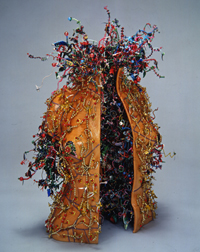
Lee Bul, Plexus Mixed media (leather, feather, beads, cooper wire, torso, 1997-1998
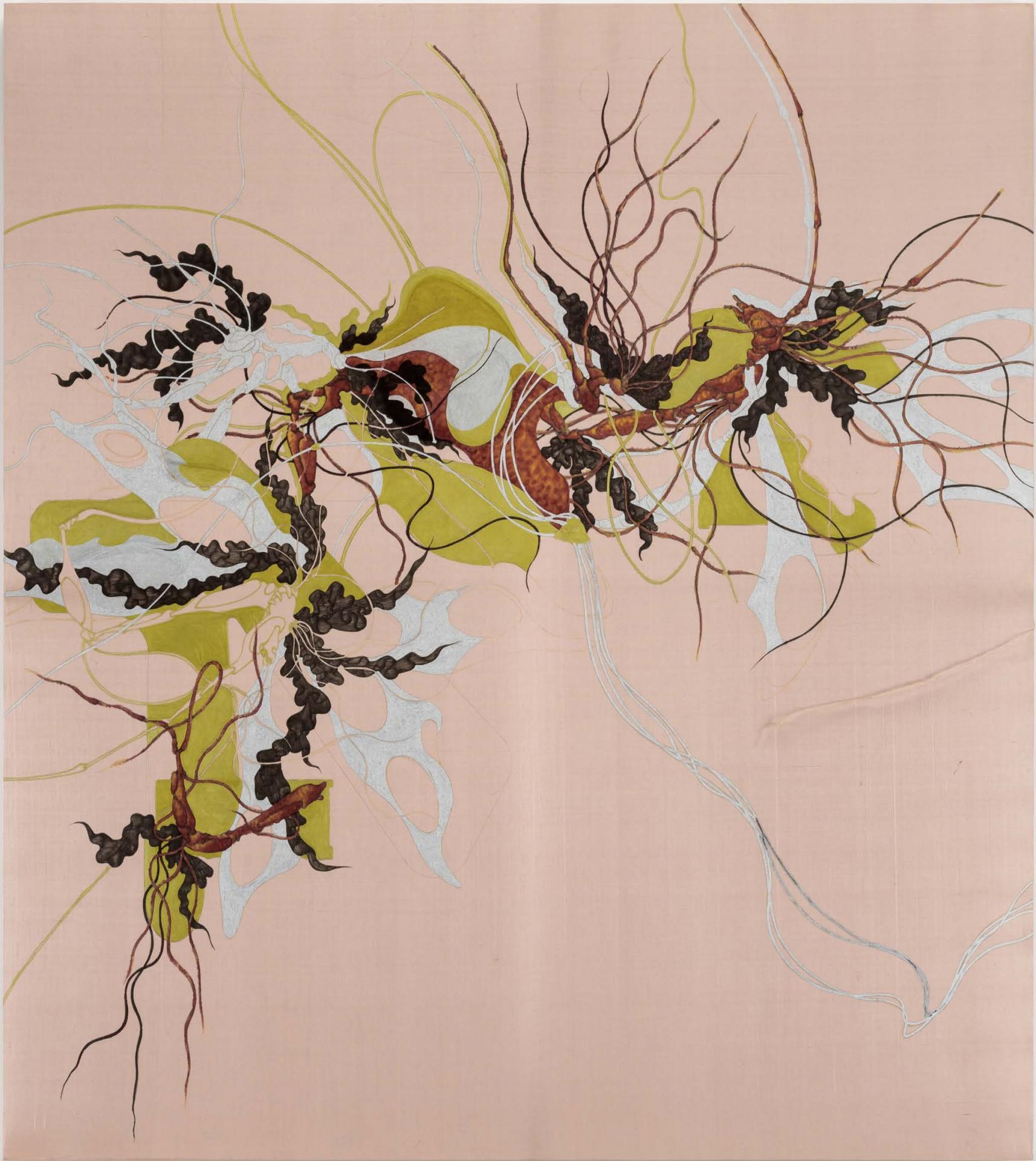
Lee Bul, Untitled (silk painting – multicolor 2), 2002-2004
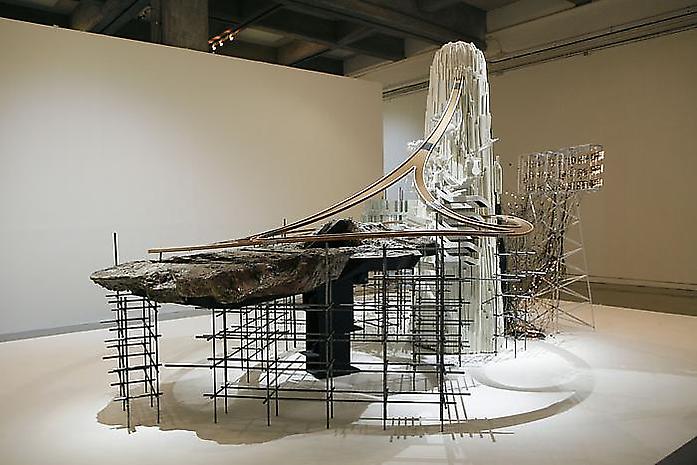
Lee Bul, 'Mon Grand Récit: Weep Into Stones', polyurethane, foamex, synthetic clay, stainless-steel, aluminum rods, acrylic panels, wood sheets, acrylic paint, varnish, electrical wire and lighting, 2005
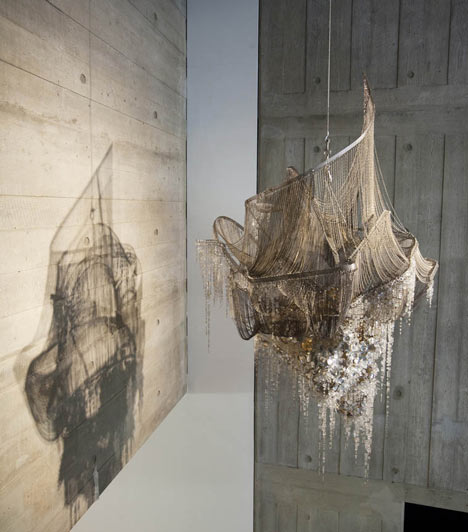
Lee Bul, Sternbau n° 3, steel, acrylic, cristal, glass pearls, 2010
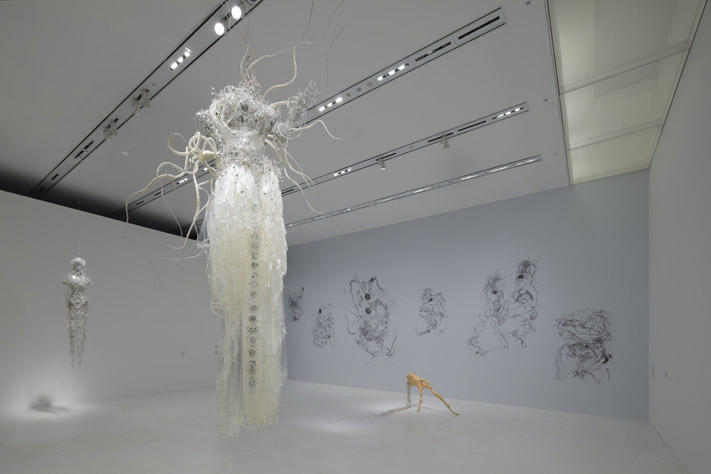
Lee Bul, From me belongs to you, Installation: Mori Art Museum 2012, photo Watanabe Osamu
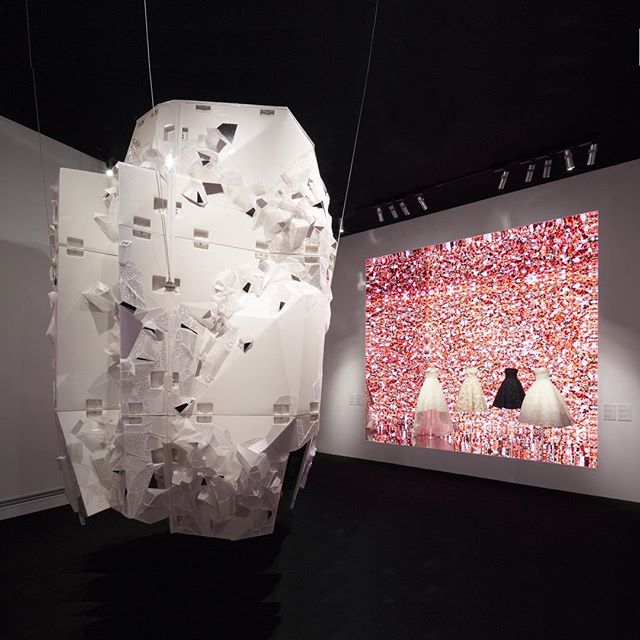
Lee Bul, Cella, Esprit Dior exhibition, installation, Paris, acrylic, acrylic mirrors, glass and acrylic beads, polyurethane paint, 2013
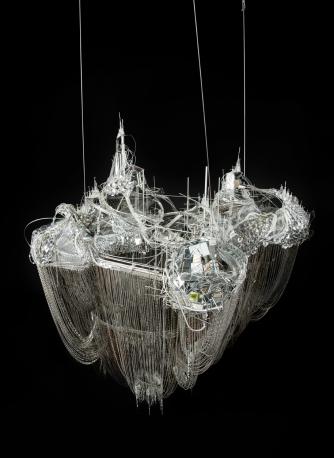
Lee Bul, After Bruno Taut (Devotion to Drift), mixed media 2013
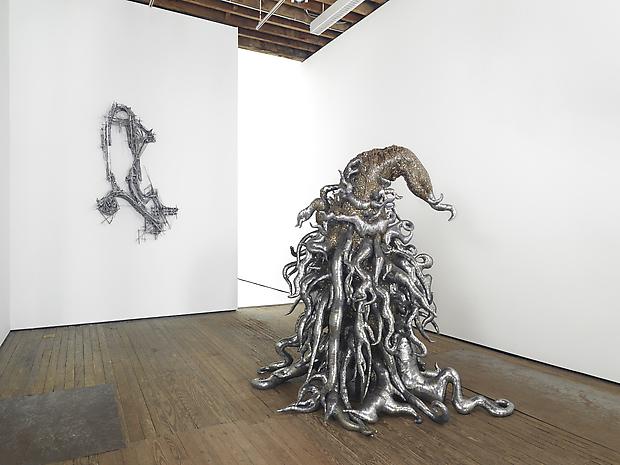
Lee Bul, Monster Black, 1998-2011, abric, cotton filling, stainless-steel frame, sequins, acrylic paint, dried flower, glass beads, aluminium, crystal, metal chain, Galerie Lehmann Maupin New York, 2014
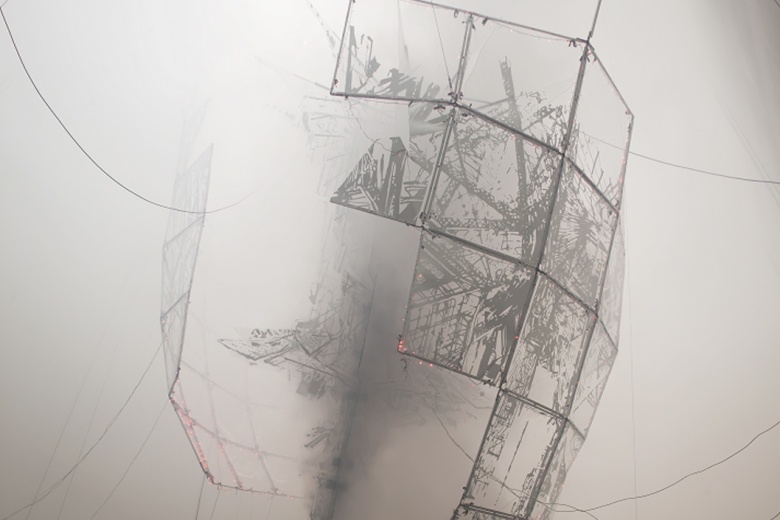
Lee Bul, Aubade III, aluminum structure, polycarbonate sheet, metalized film, LED lighting, electronic wiring, stainless-steel and fog machine, dimensions variable, 2014, photo Jeon Byung-cheol
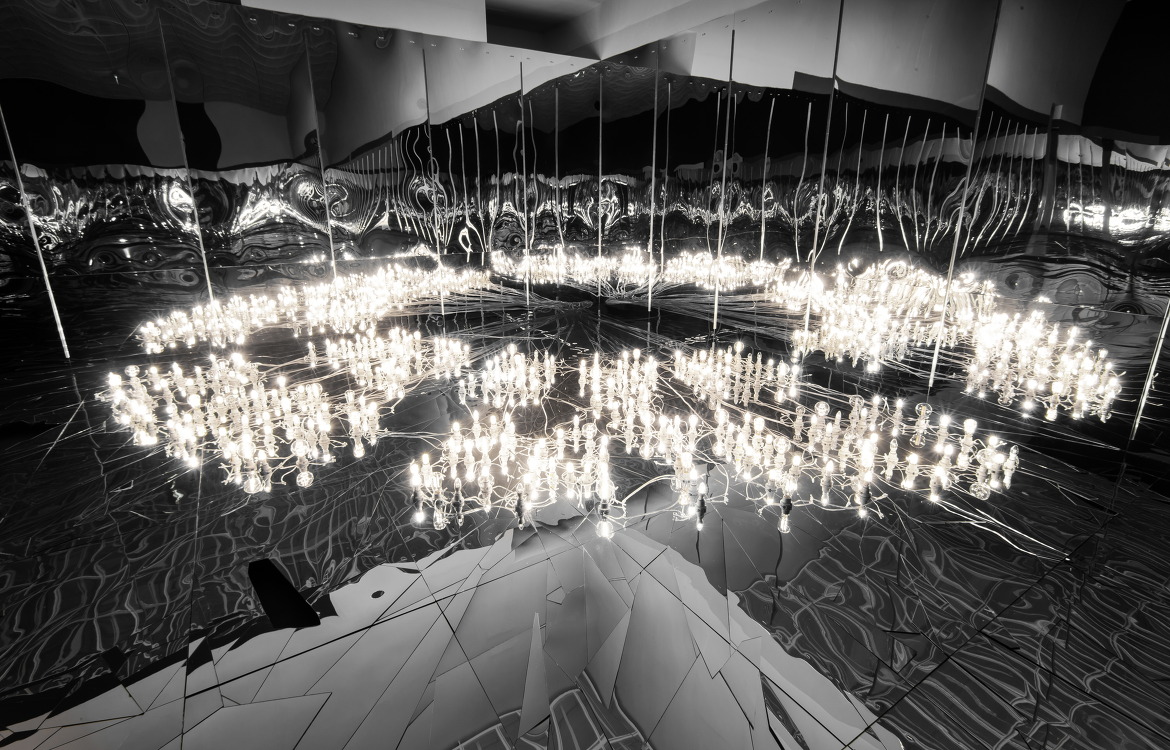
Lee Bul, Civitas Solis II, polycarbonate sheet, acrylic mirror, LED lighting, electronic wiring, 2014, Photo Jeon Byung-cheol
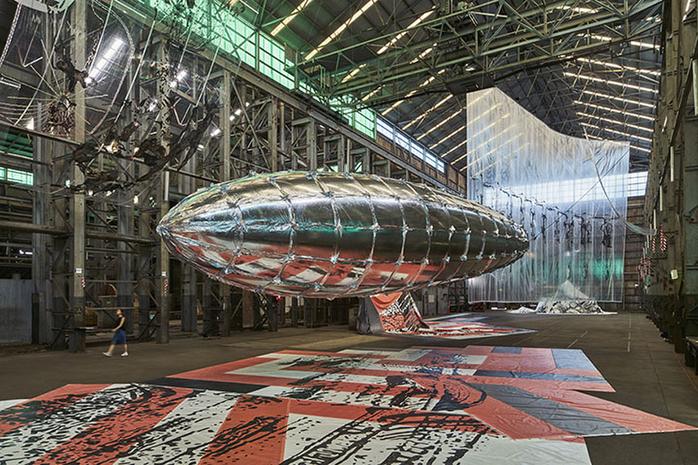
Lee Bul, installation, 'Willing to be Vulnerable', heavy-duty fabric, metalized film, transparent film, Sydney Biennale, 2016
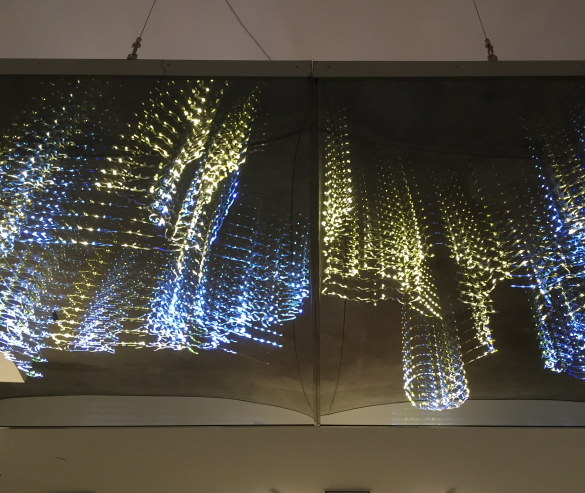
Lee Bul, 'In this New'..., 2016, mirror, steel chains, LED lights, acrylic paint collaged, mother of pearl, human hair... Galerie Lehmann Maupin
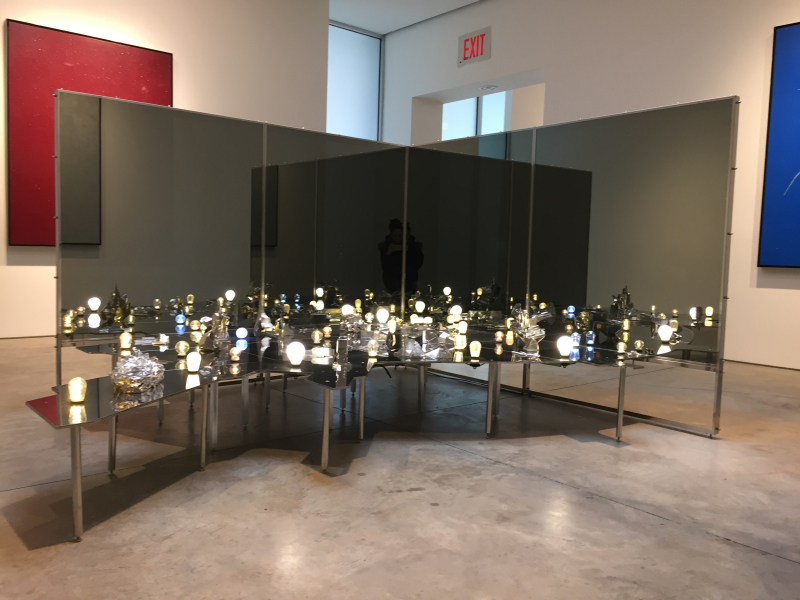
Lee Bul, 'Civitas Solis', silver, mirrored streets, light bulbs, two-way mirrors, 2016
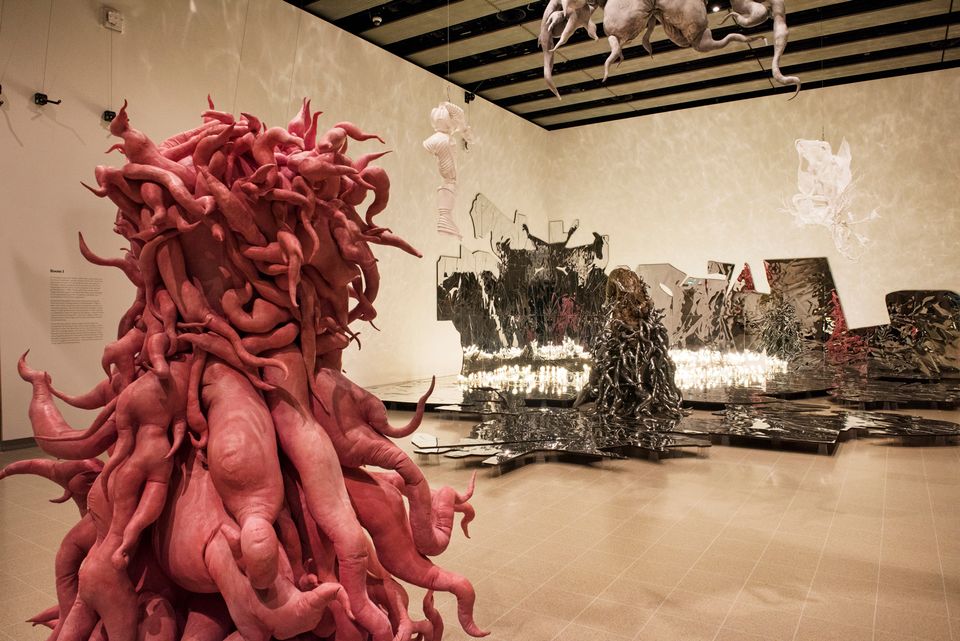
Lee Bul, installation, "Crashing" Exhibition Hayward Gallery 2018, photo Linda Nylind
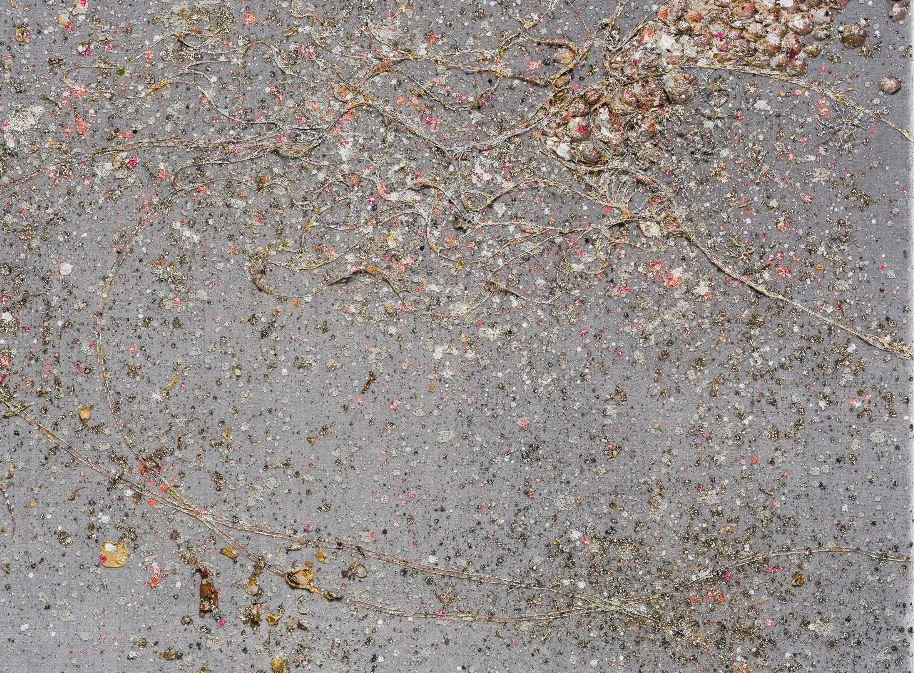
Lee Bul, Untitled Yet, 2018, Velvet, hair, flowers, acrylic paint, metallic paint, silver andor gold flakes, Taipei Dangdai
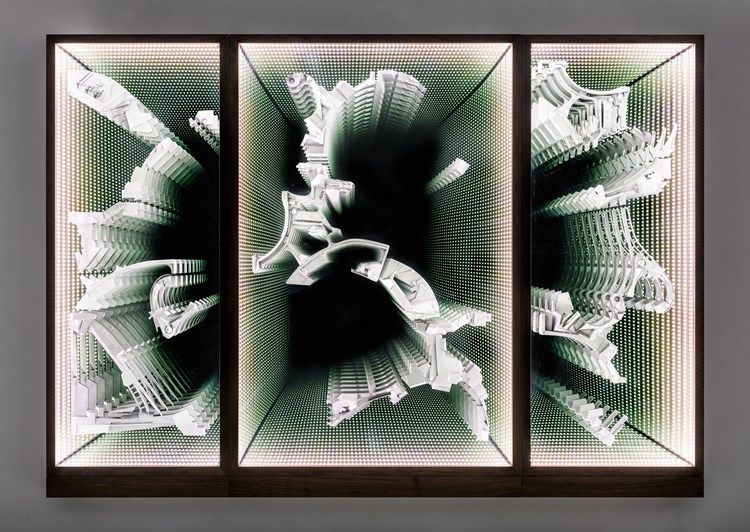
Lee Bul Untitled (Infinity Wall), wood, two-way glass mirror, glass mirror, LED, aluminum, cast polyurethane and acrylic paint triptych, 2019
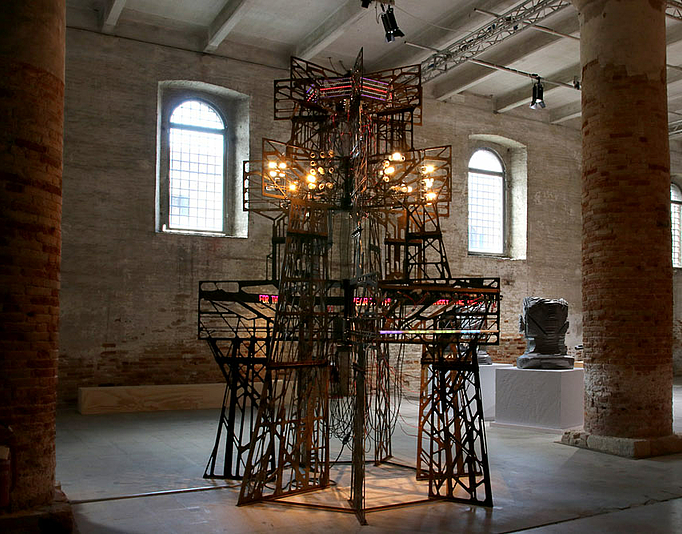
Lee Bul, Aubade V, steel casting, LED, Venice Biennale 2019
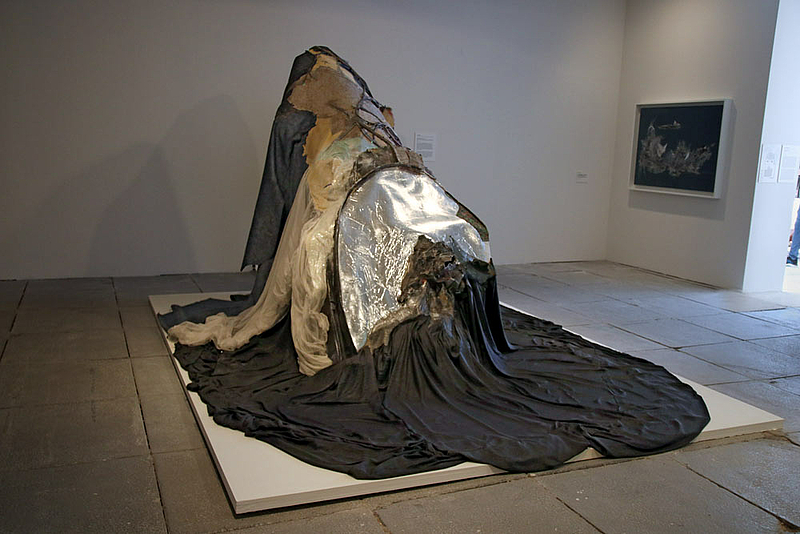
Lee Bul, Scale of Tongue, 2017-2018, Venice Biennale 2019
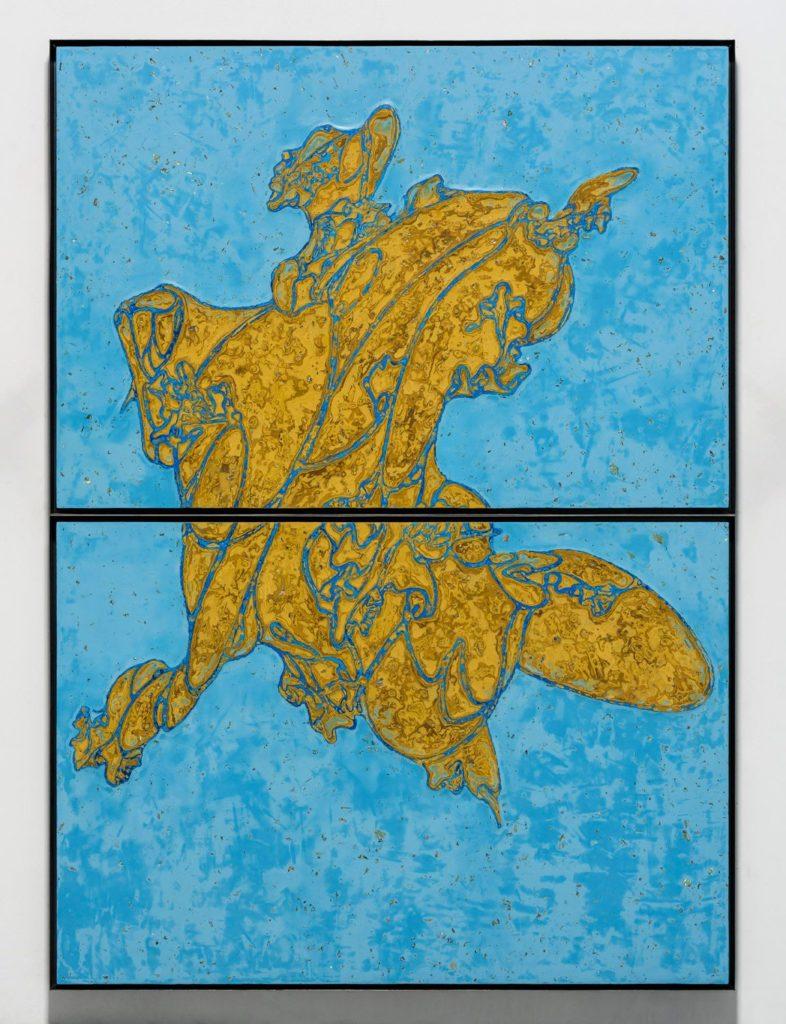
Lee Bul, Perdu XX Mother of pearl, acrylic paint on lacquered wooden base panel steel frame, 2019
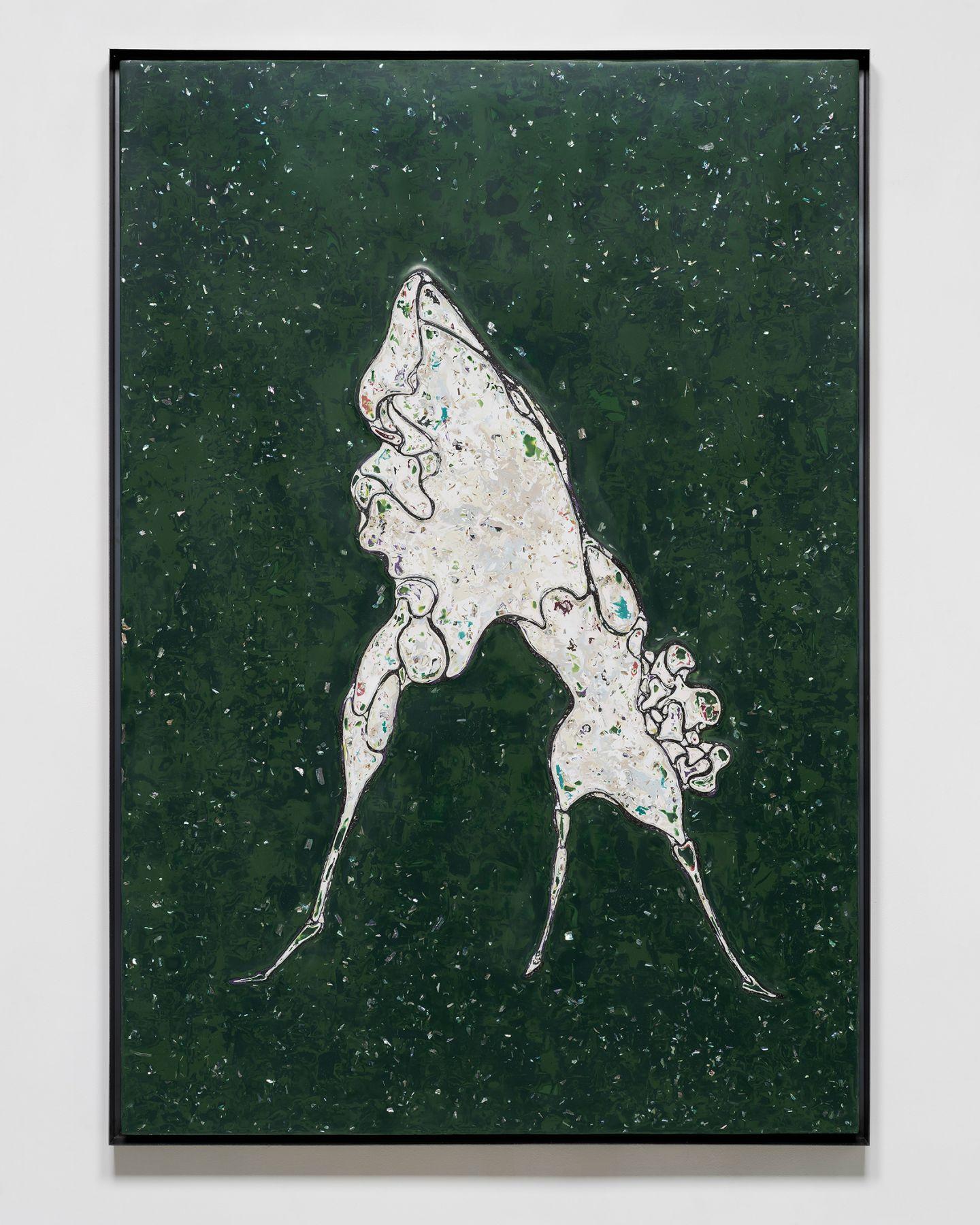
Lee Bul, Perdu XLVIII, 2020, Mother of pearl, acrylic paint on lacquered wooden base panel steel frame, Lehmann Maupin 2021
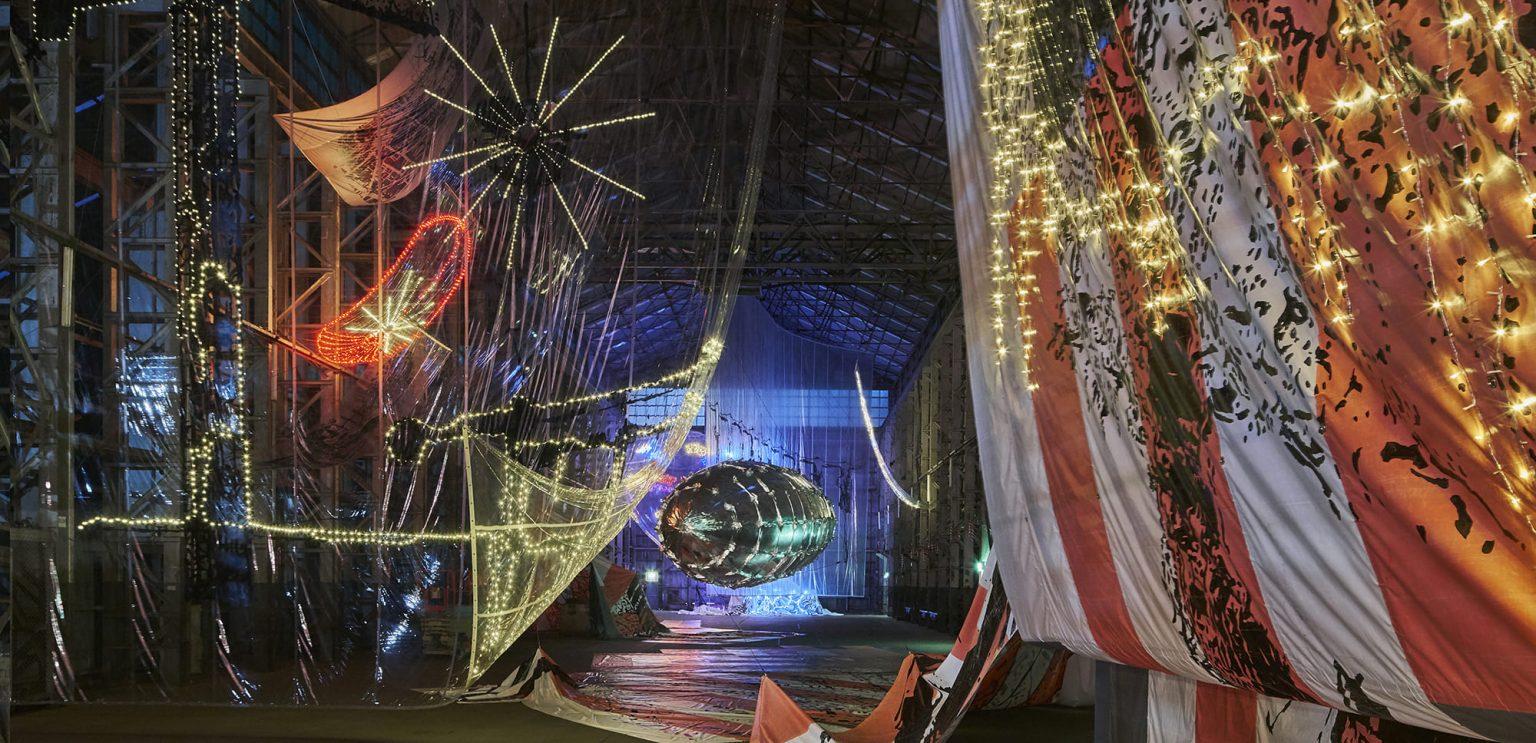
Lee Bul, Utopia, Manege Central, St Petesburg, 2020-2021
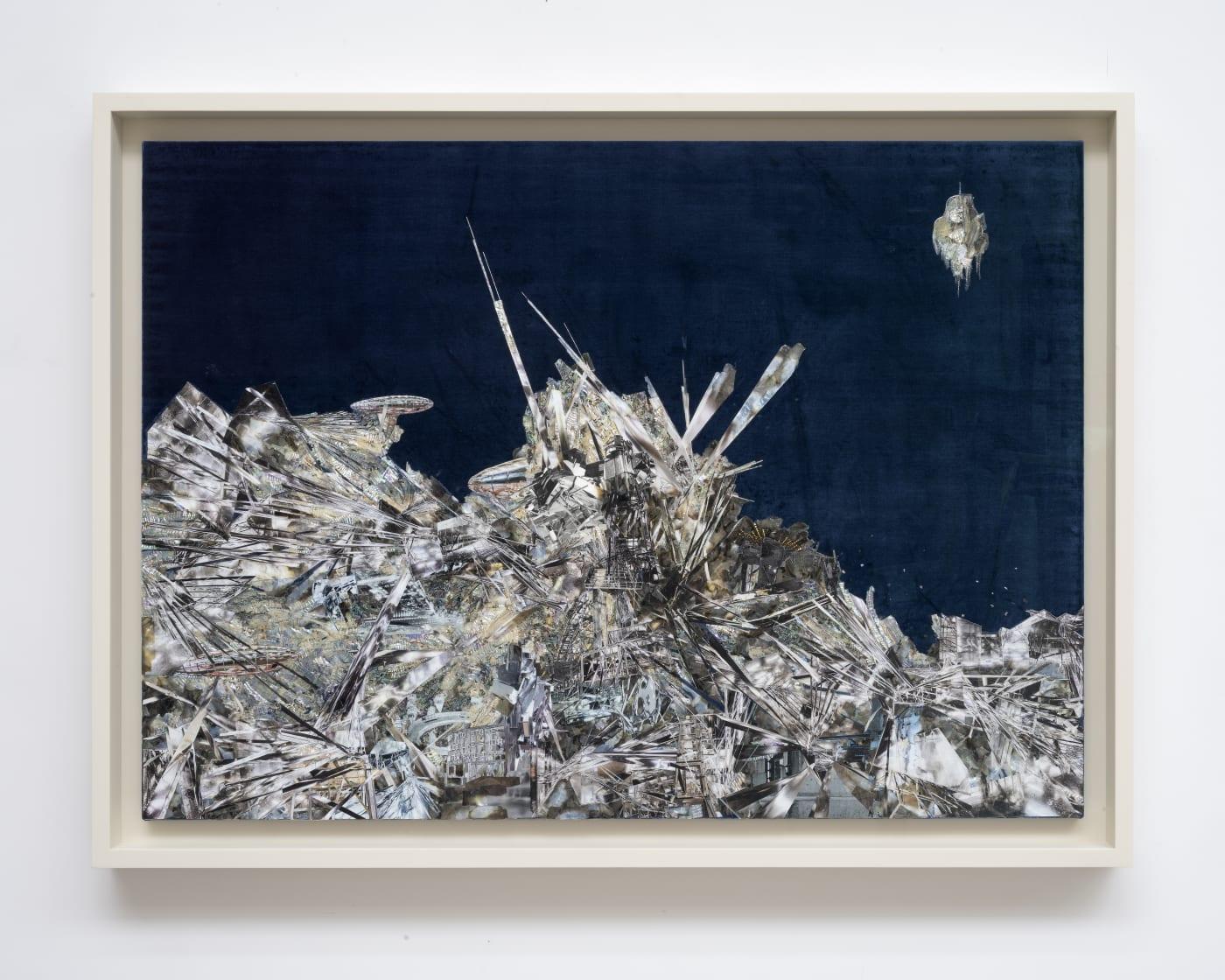
Lee Bul, Untitled (Willing to Be Vulnerable), Velvet Collage, 2020, mixed media, Thaddaeus Ropac
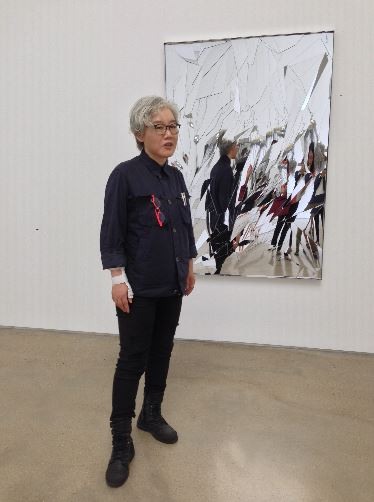
Lee Bul
LEE BUL is a contemporary Korean sculptor-plastic artist. SHe is one of the major Korean artists of her generation. She is also one of the most influential Asian women artists to emerge in the 90s.
According to Artprice, Lee Bul had a turnover of 12 K€ in 2023.
At Frieze Seoul in September 2024, she sold a 2021 painting for $190,000
In March 2024, 'Sternbau N°8' by Lee Bul was sold at Sotheby's: it was estimated between $80,000 and $120,000.
At Art Basel Hong Kong in May 2021, Lee Bul sold a work titled 'Study for Light Tower' (2019) for US $ 115,000.
Contact: http://www.leebul.com/
NEWS
Leeum Museum of Art in Seoul presents "From 1998 to Now", a retrospective exhibition of Lee Bul, from 4 September 2025 to 5 January 2026.
PROFILE OF THE ARTIST
Lee Bul was born in Yeongju in 1964. She obtained her BFA in sculpture from Hongik University, Seoul (1987).
Rising against the artistic conventions of her country, Lee Bul first made performances strongly centered on the body, notably with costume-objects, organic growths made of fabric. Lee Bul really rose to prominence with her famous Cyborg Series (body cast (1997-2011). Cyborg is a creature in a “post-gendered world.” After her Cyborgs and Anagrams Series, she undertook to make installations, creating complex landscapes, sorts of models, reproductions of utopian architectures. She claims to be the heritage of the German town-planning architect Bruno Taut who used the transparency of glass and steel. Lee Bul explained in an interview in 2008: "My work has always been a representation of a desire to transcend limits. So the transition has been to move from the body to the larger idea of social structures." Lee Bul draws her inspiration from the cinema as well as from the history of literature and architecture, including the history of ideas in Europe and that of her own country. Lee Bul was invited to the 58th Venice Biennale (May 11 - November 24, 2019) where she presented an installation entitled "Aubade" which symbolizes the tragic separation of the Korean peninsula.
The Sara Hildén Museum in Tampere, Finland, presented two decades of art by Lee Bul in a major exhibition - from 23 September 2023 to 14 January 2024.
Lee Bul created four sculptures for The Met Fifth Avenue's facade niches, unveiled in September 2024.
EXHIBITIONS
Some of Lee Bul's most recent solo exhibitions include: 2023, Lee Bul, Sara Hildén Museum, Tampere, Finland, Lee Bul, BB&M gallery Seoul, First exhibition of Lee Bul in the Nordic countries, in Gothenburg Museum of Art, in Sweden, from 11 March to 27 August 2023, 'Perdu' series of paintings, Thaddaeus Ropac Gallery, London; 2022 New works by Lee Bul, Thaddeaus Ropac ; 2021, "Lee Bul Beginning", Seoul Museum of Art. The artist also shared an exhibition with Mandy El-Sayegh, "Recombinance", where she presented her Perdus Seres, at Lehmann Maupin gallery in New York until April 10, 2021.
Since October 6, 2022, Lee Bull has been on display at Tate Modern, UK, with her specific work Untitled (Craving White) 1988 (reconstructed 2011)
PAST EXHIBITIONS
MIN JUNG-YEON
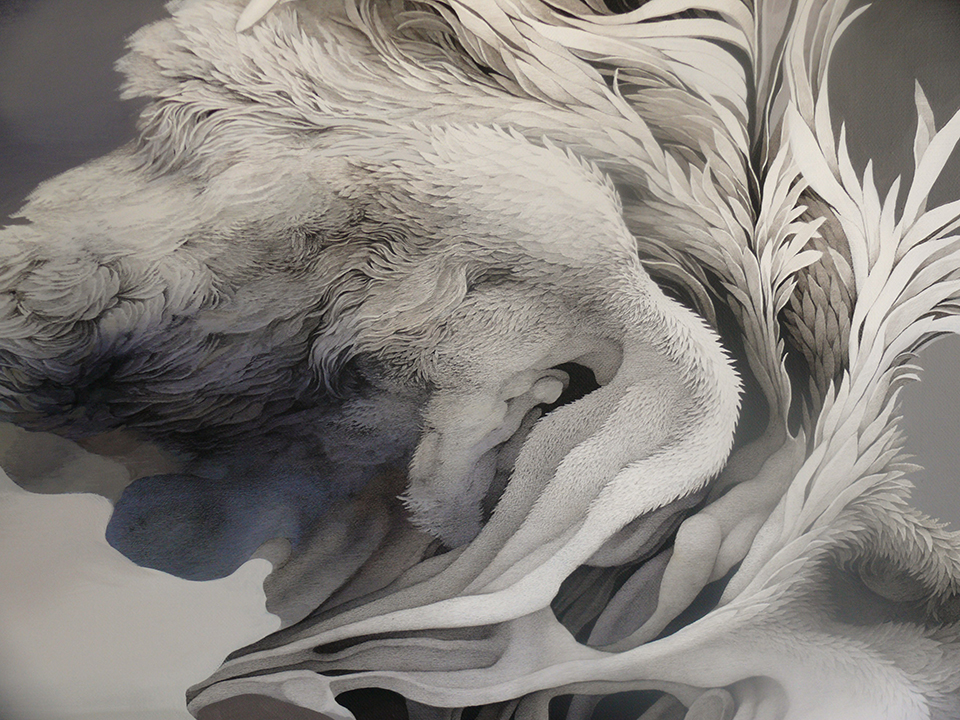
Min Jung-Yeon, The Memories of Space, 2002
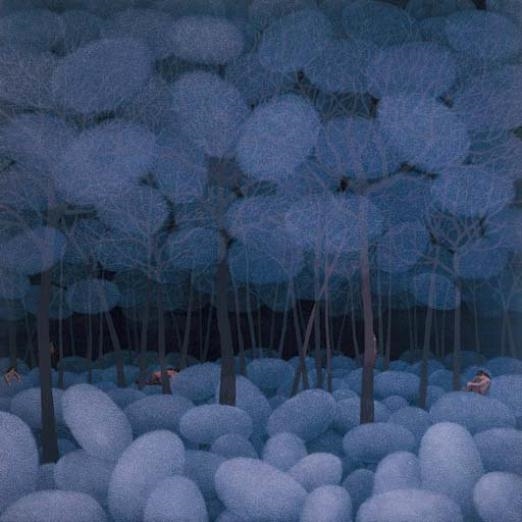
Min Jung Yeon, In the forest of silk worm cocoons, 2006, acrylic, color pencil on canvas
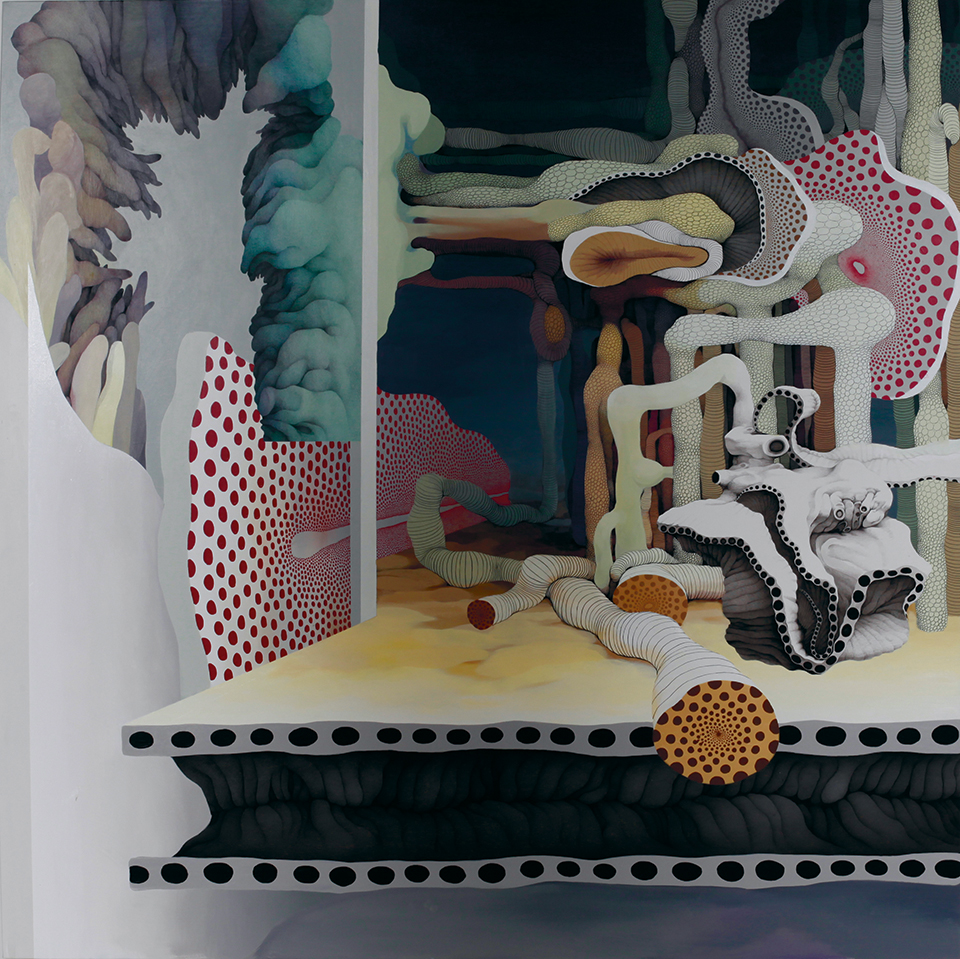
Min Jung-Yeon, Entre acte, 2010, acrylic on canvas
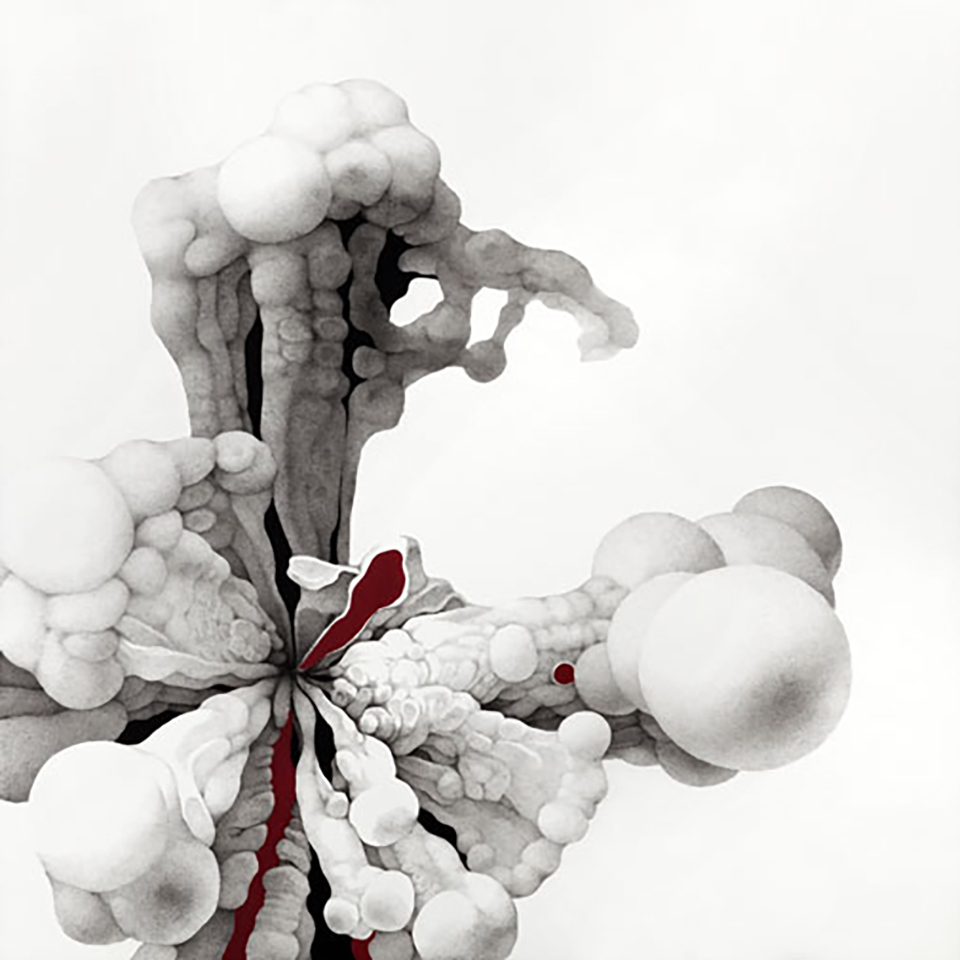
Min Jung-Yeon, Jalousie, 2012, acrylic on canvas,
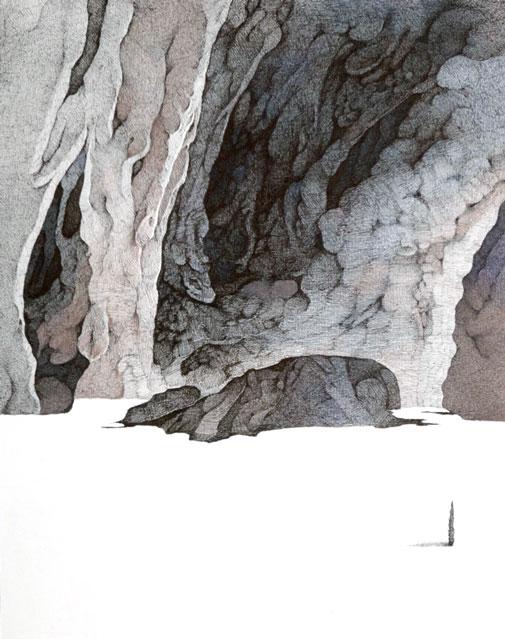
Min Yung-Yeon, Quinze jours sans boire, 2013, China ink and color pencil on paper, Galerie Maria Lund
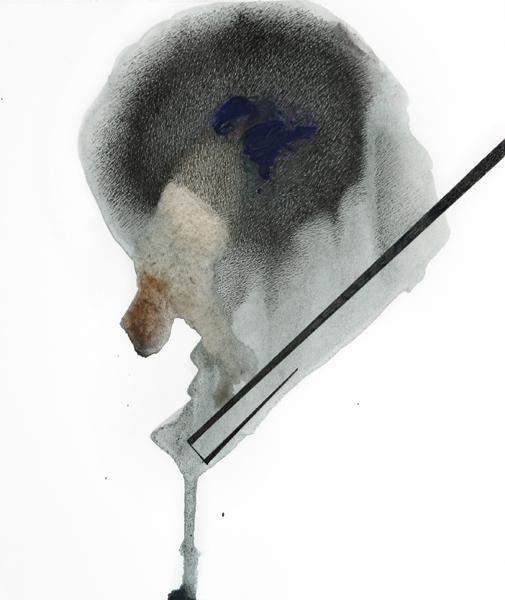
Min Yung-Yeon, White hole, 2014, China ink and watercolor on paper, Galerie Maria Lund
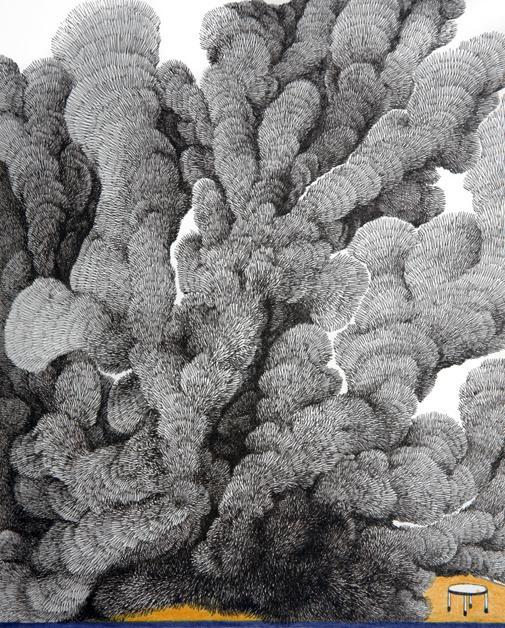
Min Yung-Yeon, Un manteau de l'hiver dernier dans ma chambre, 2014, China ink and color pencil on paper, Galerie Maria Lund
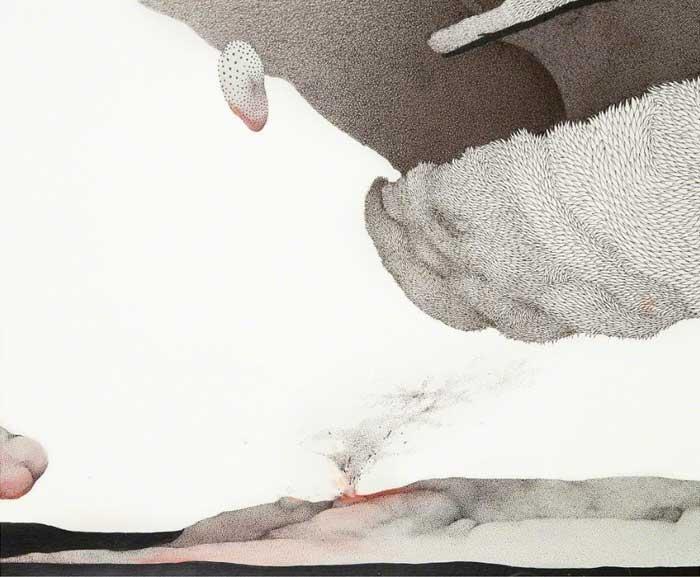
Min Jung-Jeon, Migrateur, 2015, Indian ink, acrylic on paper
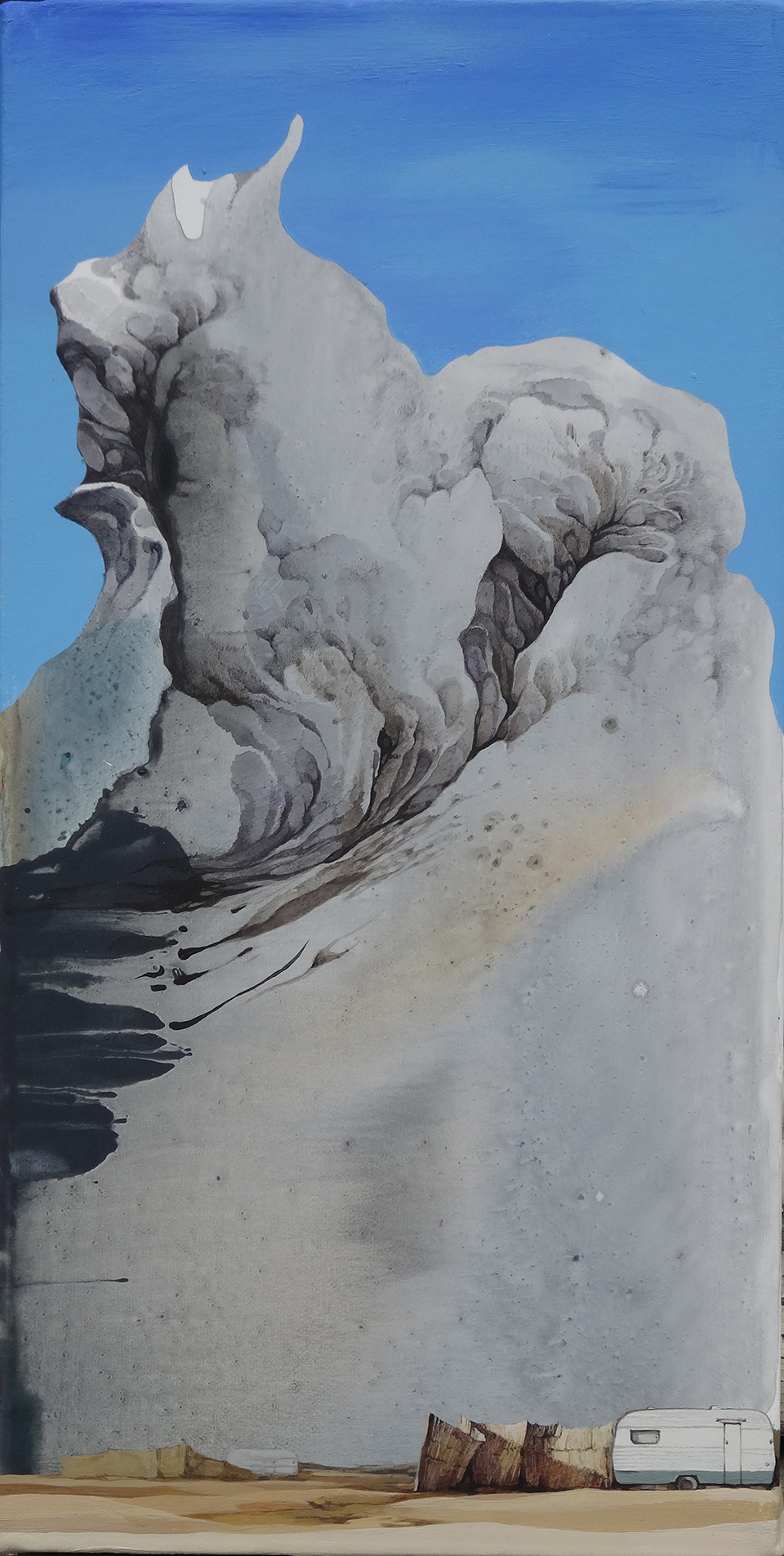
Min Jung-Yeon, Soleil sous la mer, 2015, acrylic on canvas
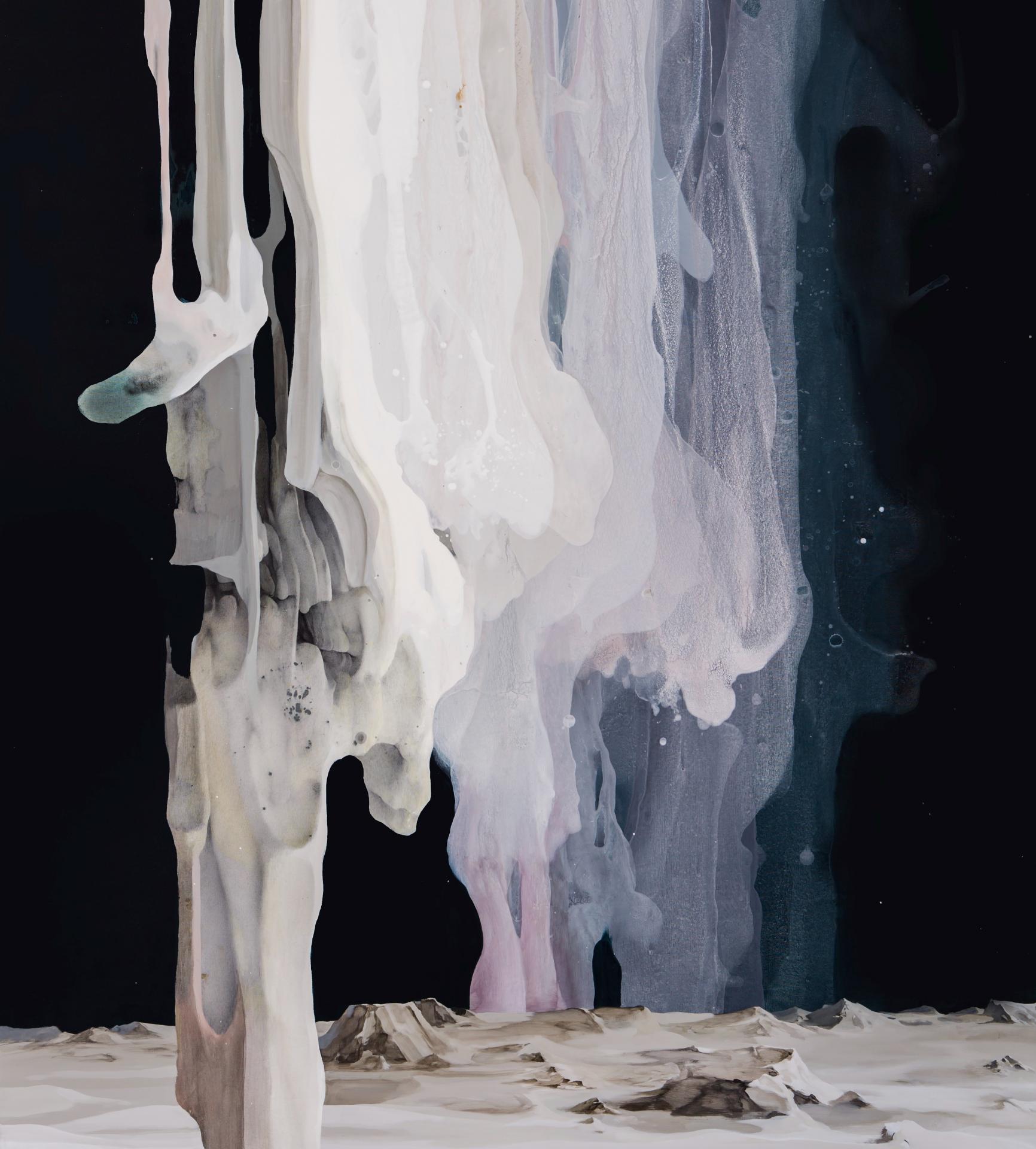
Min Yung-Yeon, Le Doute d'horizon 1, 2016, China ink and color pencil on paper, Galerie Maria Lund
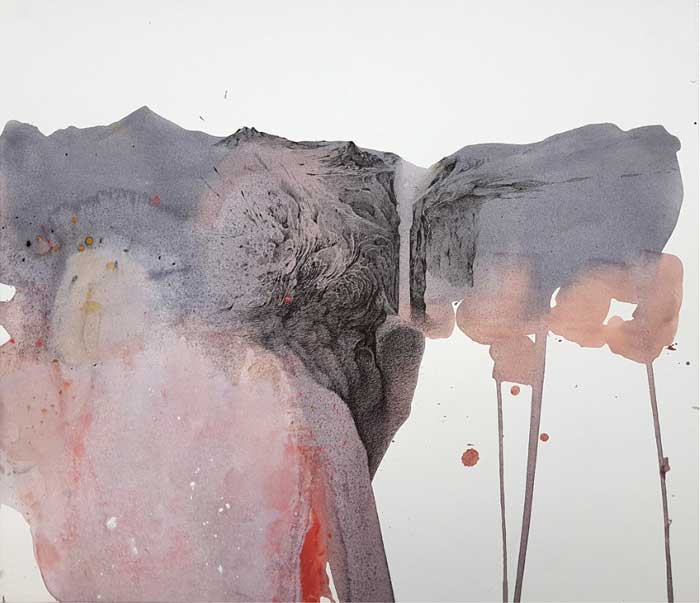
Min Jung-Yeon, Hong San, 2016, China ink, acrylic
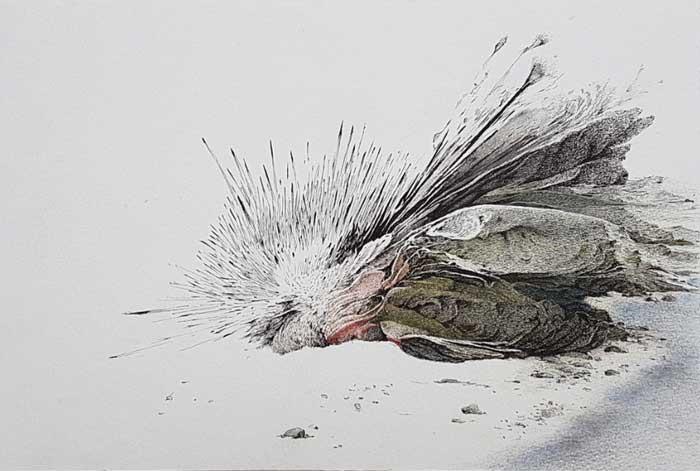
Min Jung-Yeon, Pour mieux dormir, 2016, China ink, acrylic
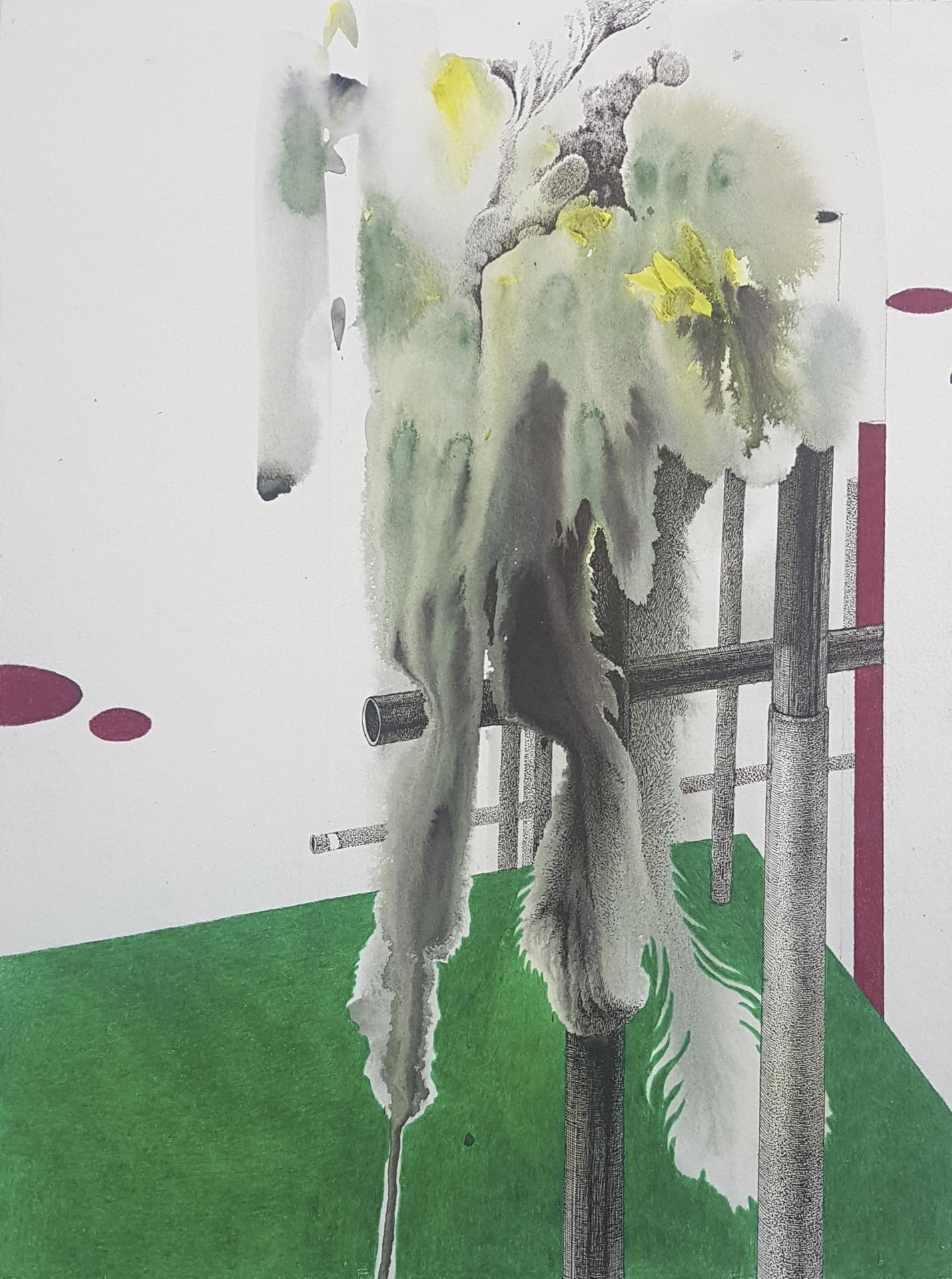
Min Jung-Yeon, L'orgueil, 2017, China ink, acrylic and color pencil on paper, Galerie Maria Lund
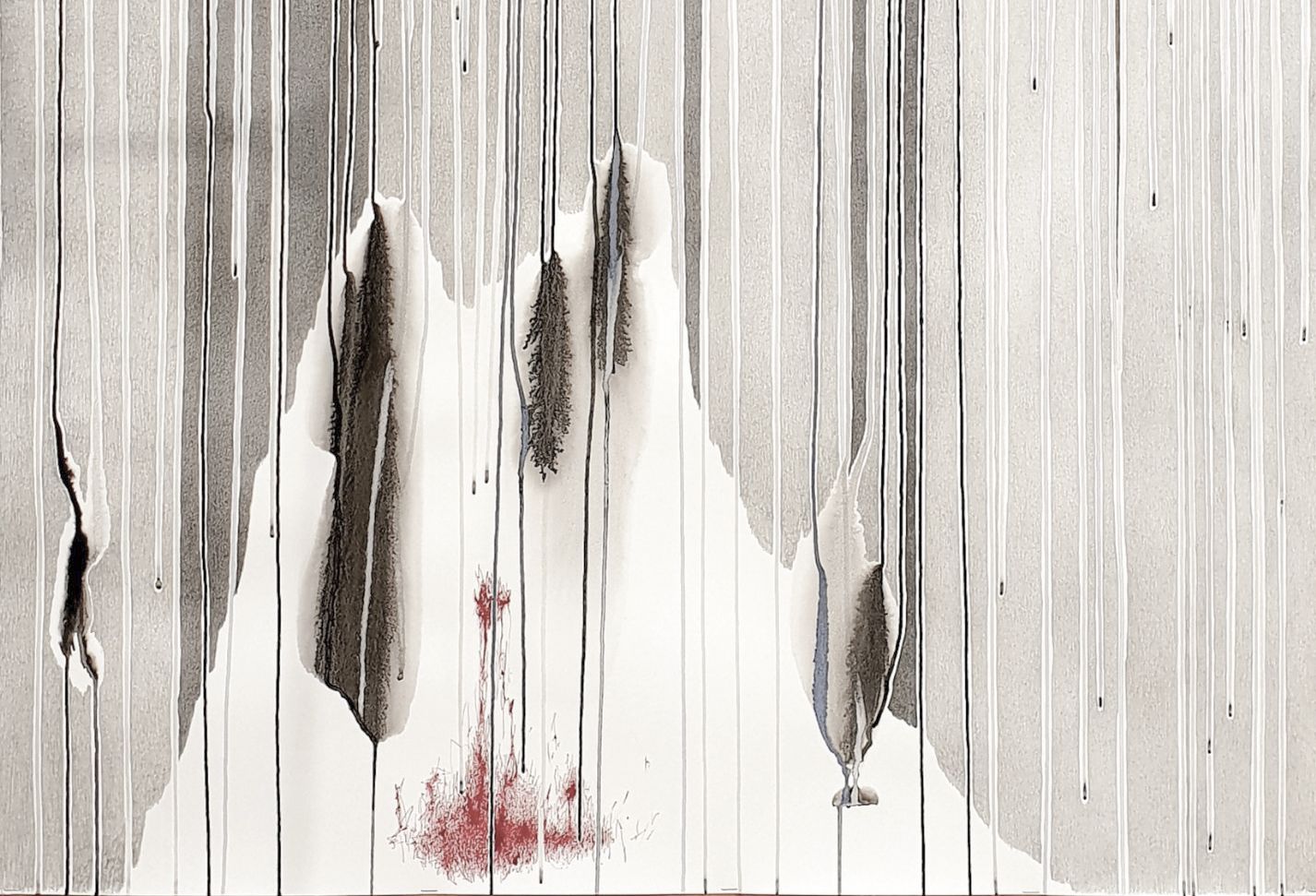
Min Jung-yeon, Our long summer in the rain, 2018, courtesy Min Yung-Yeon, Galerie Maria Lund
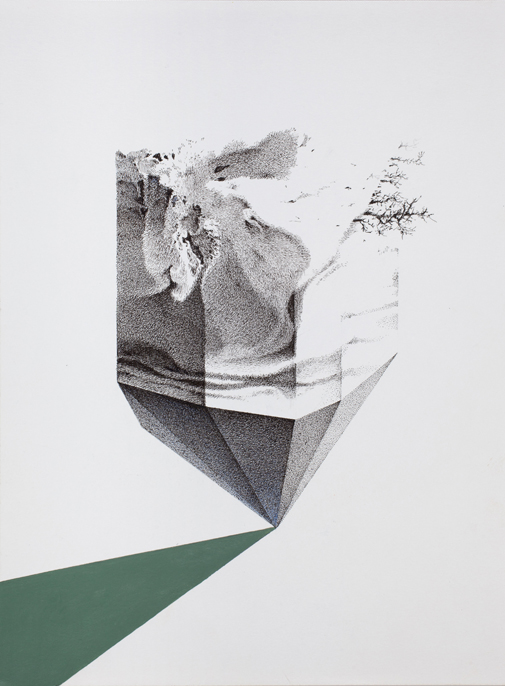
Min Jung-Yeon, L'hibernation, 2018, China ink, acrylic
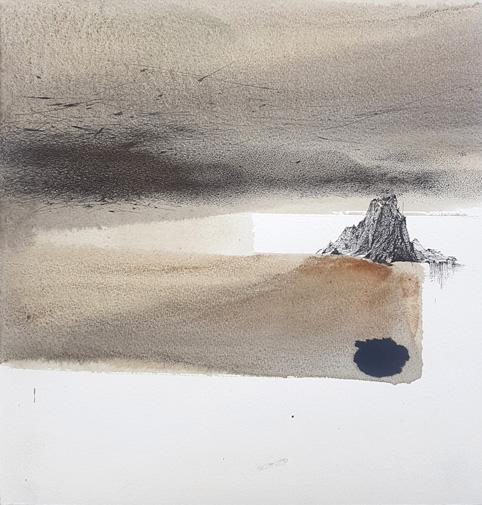
Min Yung-Yeon, La douleur s'en va ainsi, 2019, China ink, acrylic on paper, Galerie Maria Lund
Min Jung-Yeon, Somewhere and here, 2019, China ink, acrylic on paper, Galerie Maria Lund
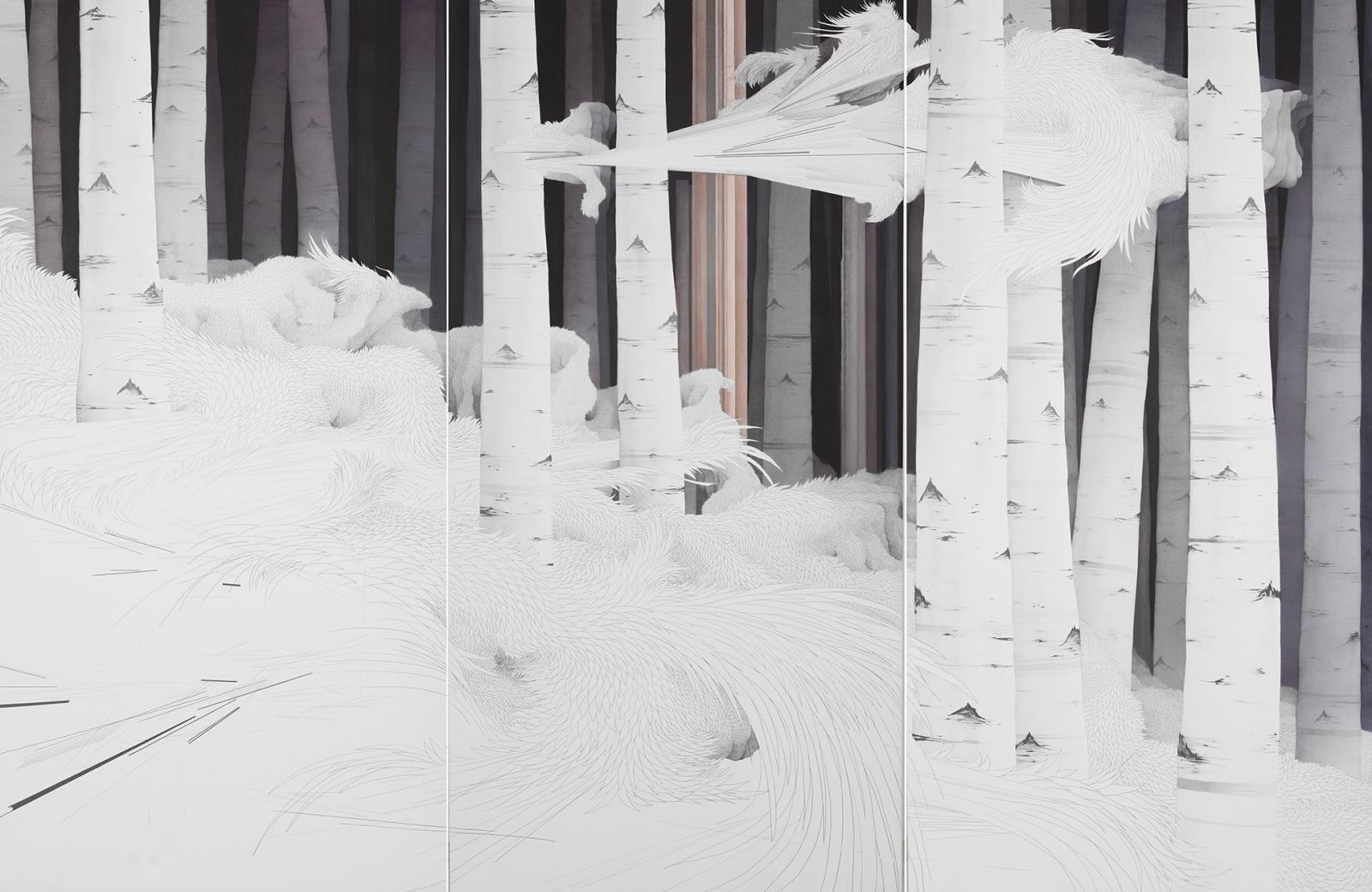
Min Jung-Jeon, Tissage, installation- fragment 2019, pencil, acrylic, Canson paper @Min Jung-Jeon
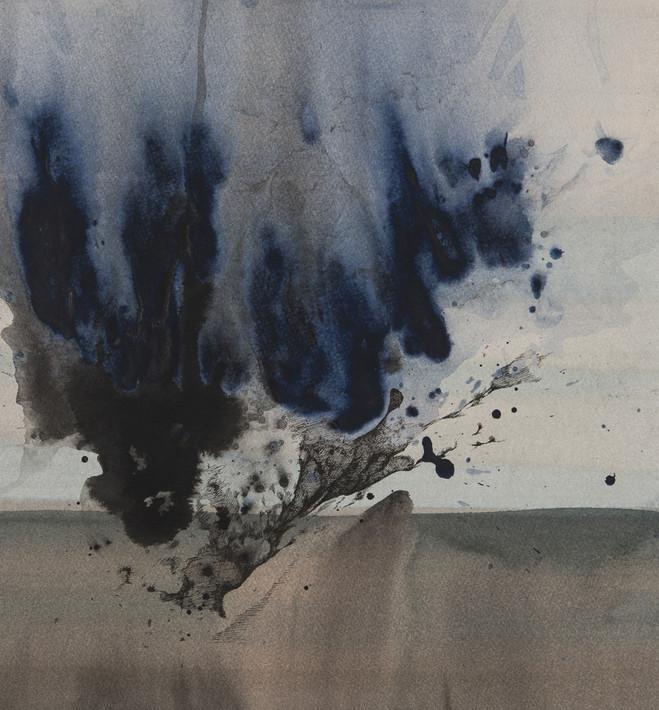
Min Jung-Yeon, Lutte, 2020, China ink and acrylic on paper, Galerie Maria Lund
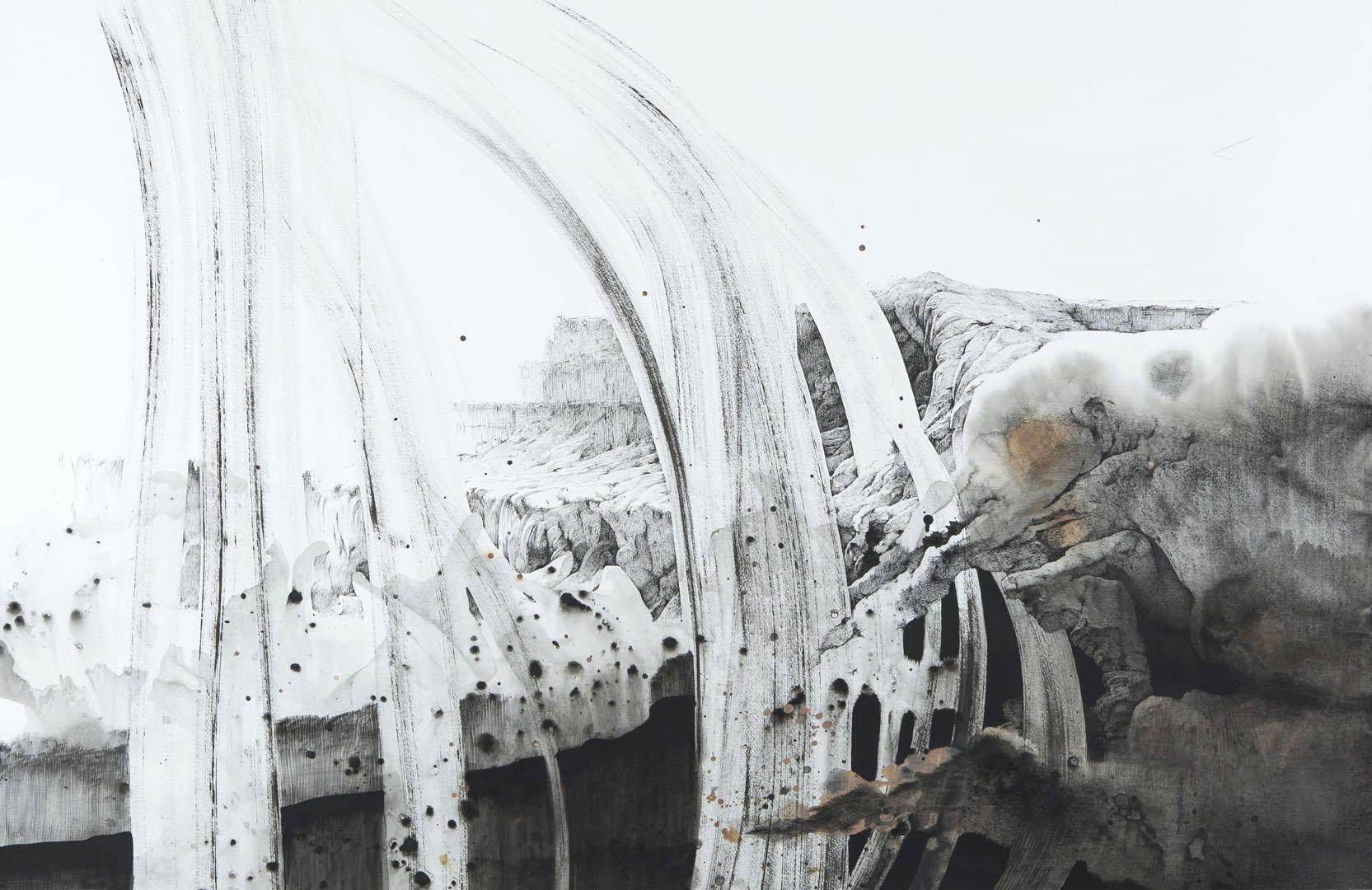
Min Jung-Yeon, Col de l'orgueil, 2020 China ink, acrylic on paper
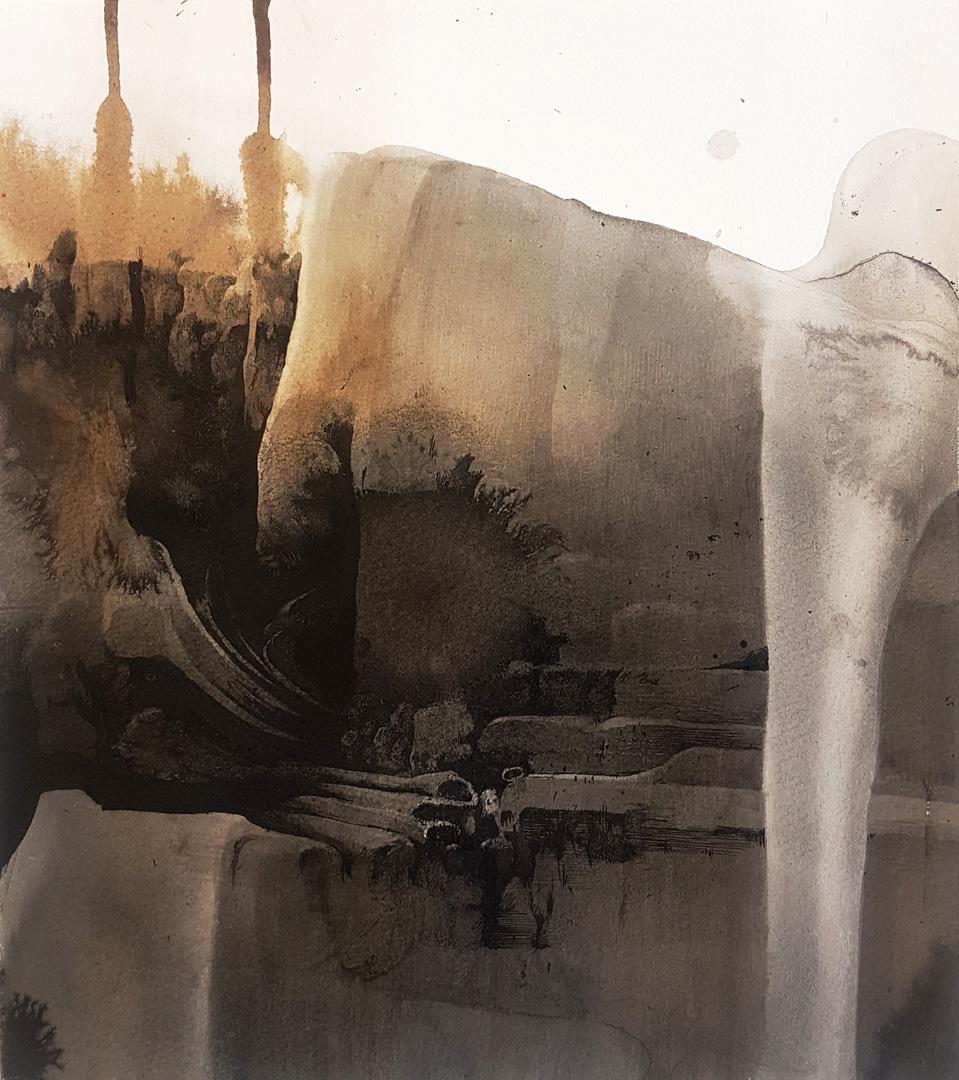
Min Jung-Yeon, la grotte, 2020, china-ink-and-acrylic-on-paper, Galerie Maria Lund
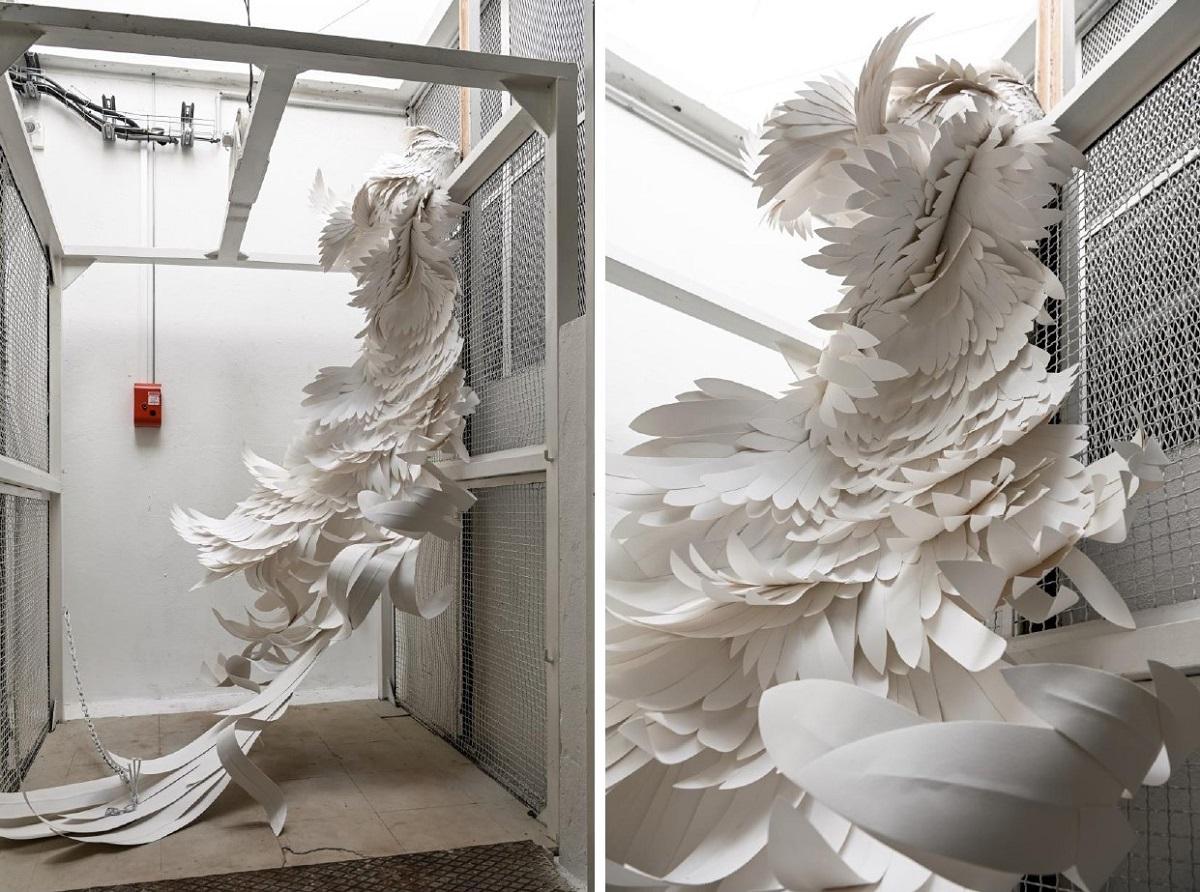
Min Jung-Yeon, Effluves d'un temps éphémère, 2023, Cannes
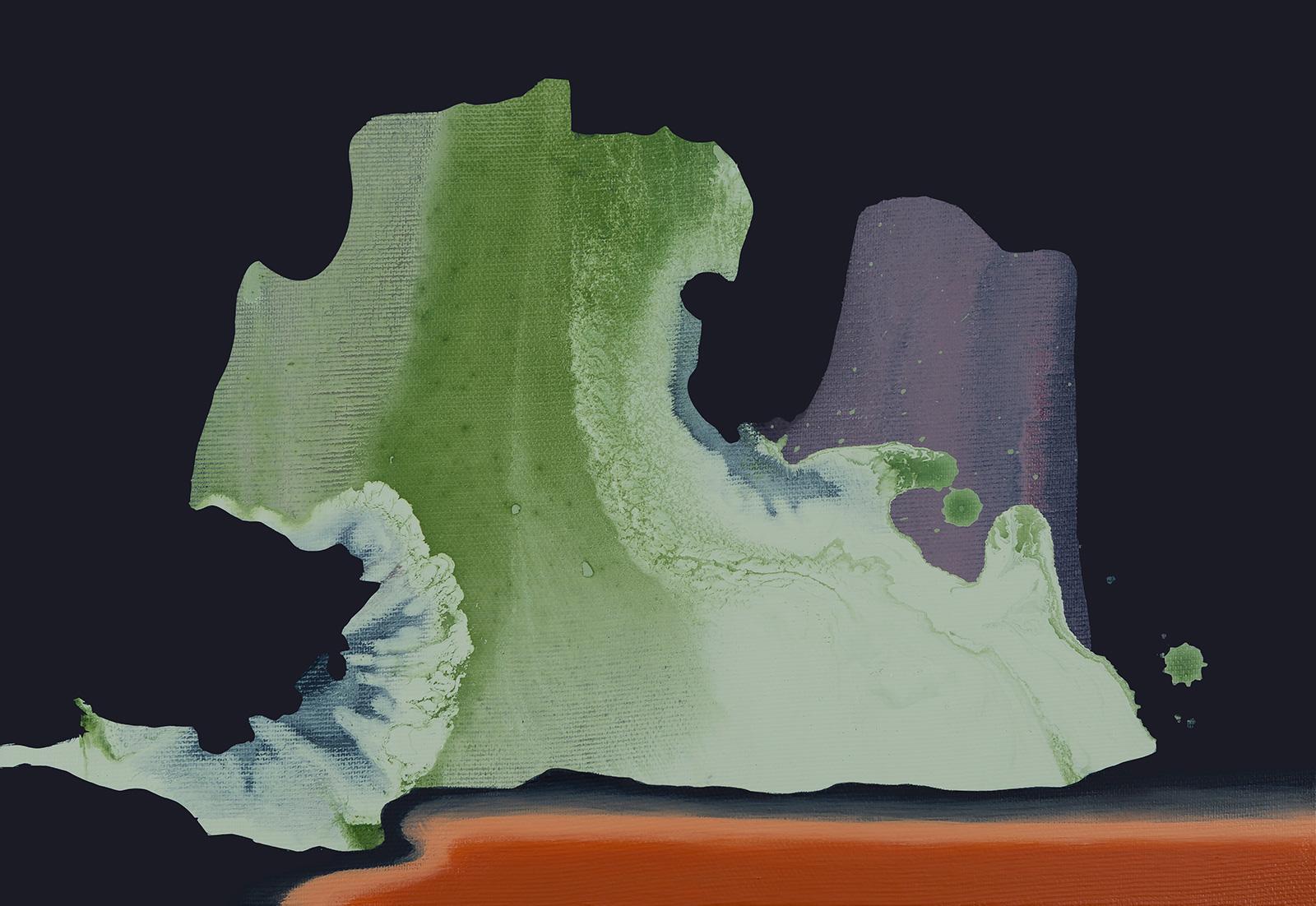
Min Jung-Yeon, Equilibre, 2025, acrylic on canvas, photo Thierry-Estrade, Galerie Maria Lund
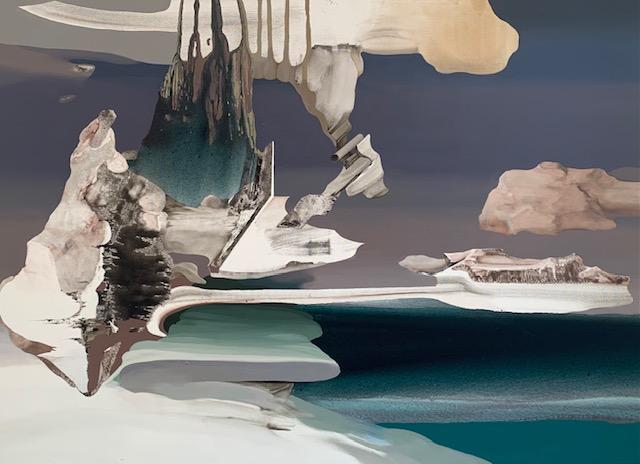
Min Jung-Yeon, La route de la citadelle, 2024, acrylic on canvas, galerie Maria Lund
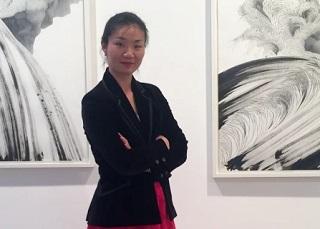
Min Jung-Yeon
MIN JUNG-YEON is a Korean contemporary artist. She paints fantastic landscapes, she plays with form, space, perspective and scale.
Contact: https://marialund.com/en/artists/portfolios/min-jung-yeon/
PROFILE OF THE ARTIST
Min Jung-Yeon was born in 1979 in Gwangju, South Korea. She graduated in visual arts from Hongik University in Seoul (2003), then from Beaux-Arts de Paris (ENSBA) (2006). The artist has been living and working in France for over 10 years.
Min Jung-Yeon creates both feminine forms that embody softness as well as masculine forms that convey energy. These components, contrary and complementary, constitute the artistic universe of Min Jung-Yeon.
If her work can refer to the paintings and the apocalytic universe of the Dutch painter Hieronymus Bosch, Min Jung-Yeon on the other hand denies any affiliation with the surrealist movement to which her work could be linked ". "I consider that today we live in a constant exchange between the real and the virtual," explains the artist. “To me, it's kind of modern surrealism, if my works resemble 'traditional' surrealism, the idea behind it is a little different". Min Jung-Yeon actually has a dual theoretical basis. It refers to Lao-Tse's thinking on opposites and on time and space considerations of quantum physicist Carlo Rovelli.
Min Jung-Yeon's words are not explicit but go through metaphors. We thus see mountains rise up, caves forming; there are eruptions, rocks and storms rising over the sea.
In 2006 the planet Pluto was excluded from the solar system and relegated to the rank of "dwarf planet". The symbolism of this rejection of a different little planet with a big heart of ice inspired Min Jung-Yeon for “The Letter from Pluto”, in 2018. Here she explored the notion of reconciliation with a loss, of the integration of this which escapes us, from other points of view and appreciations.
Min Yang-Yeon also makes a link in her work with political reality. In her work "Lie" (2018), she thus shows sheep grazing quietly on one side of a wall obstructing their view, a wall that blocks access to information. In 2017, her installation 'White as a Heron' - a large sculpture of pristine white feathers placed in the center of a mirror - alluded to the proclaimed innocence of the since-deposed President Park.
The Guimet Museum (MNAAG) in Paris gave 'carte blanche' to Min Yang-Yeon, on the theme of Reconciliation (of the two Koreas), from November 6 to February 17, 2020. “The work was based on the history of this young Korean woman and the tragic reality of a country split in two for 70 years, ”explains the curator of the exhibition.
The Korean Cultural Centre in Paris presented from November 29 2022 to March 18, 2023 "Plein Désert - Soif, Sommeil, Silence", an amazing exhibition by Min Jung-Yeon. "The Korean artist invites us here to discover a dreamlike world, an open space of perception where desire and thirst are need and drive, where sleep is absence and presence, and silence a most intense state". Min Jung-Yeon's fascination with contemporary science, especially quantum physics, and traditional Asian philosophy are combined; it is a question of emptiness and fullness, dark matter, energy and temporality, but also of emotions. The artist's own experience is interwoven with universality. Min Jung-Yeon uses acrylic to which she added frequently pencil or China ink. The exhibition was organized with the collaboration of Maria Lund gallery.
EXHIBITIONS
Min Jung-Yeon has been exhibited regularly in Asia, Europe and the East since 2004. Galerie Maria Lund in Paris has dedicated several exhibitions to her since 2010. She has also presented her in numerous contemporary art events.
Min Jung-Yeon's recent solo exhibitions include: 2025 "Croquez la pomme", Maria Lund gallery, Paris ; 2023 Mais le paysage est encore là (but the landscape is still there), Galerie Maria Lund, Paris ; from 14 May to 3 September 2023, le Suquet des Artistes de Cannes présented an exhibition dedicated to Min Jung-Yeon ; 2022-2023 « Désert plein – Soif, Sommeil, Silence », Centre Culturel Coréen, Paris ; 2021 "Tissage", Domaine de Chaumont sur Loire.
Ming Jung-Yeon participated in Asia Now 2025 Paris, presented by galerie Louis & Sack.
The work «Col de l'orgueil», by Min Jung-Yeon, was bought by the Société des Amis du Musée Guimet (SAMG) in France in 2020.
PAST EXHIBITIONS
MYONGHI KANG
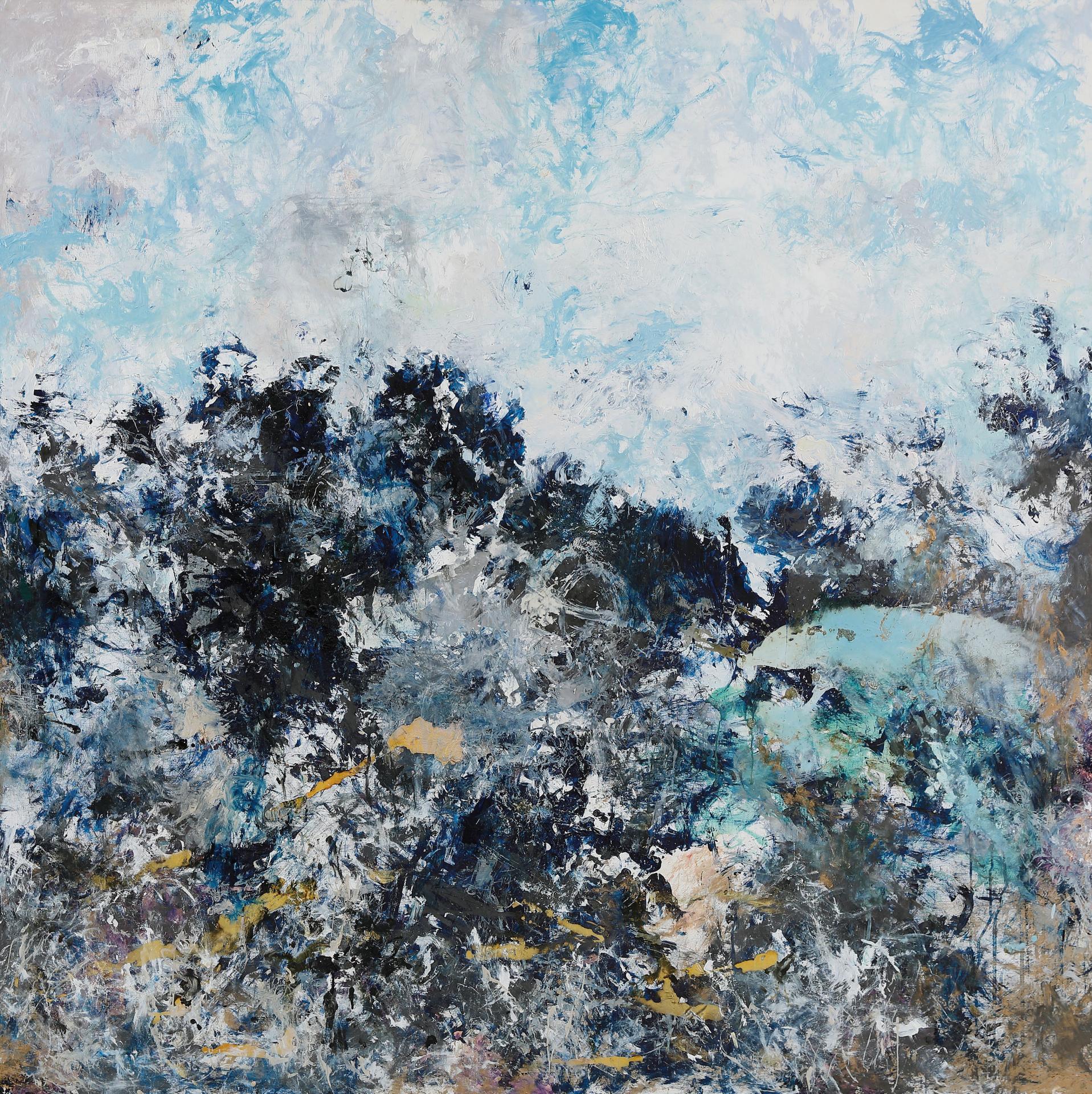
Myonghi Kang, La mer de Chine, 2018, oil on canvas
Myonghi Kang, Canna et Camelia, 2021, oil on canvas
Myonghi Kang, Sichuan pepper, 2020-22 oil on canvas
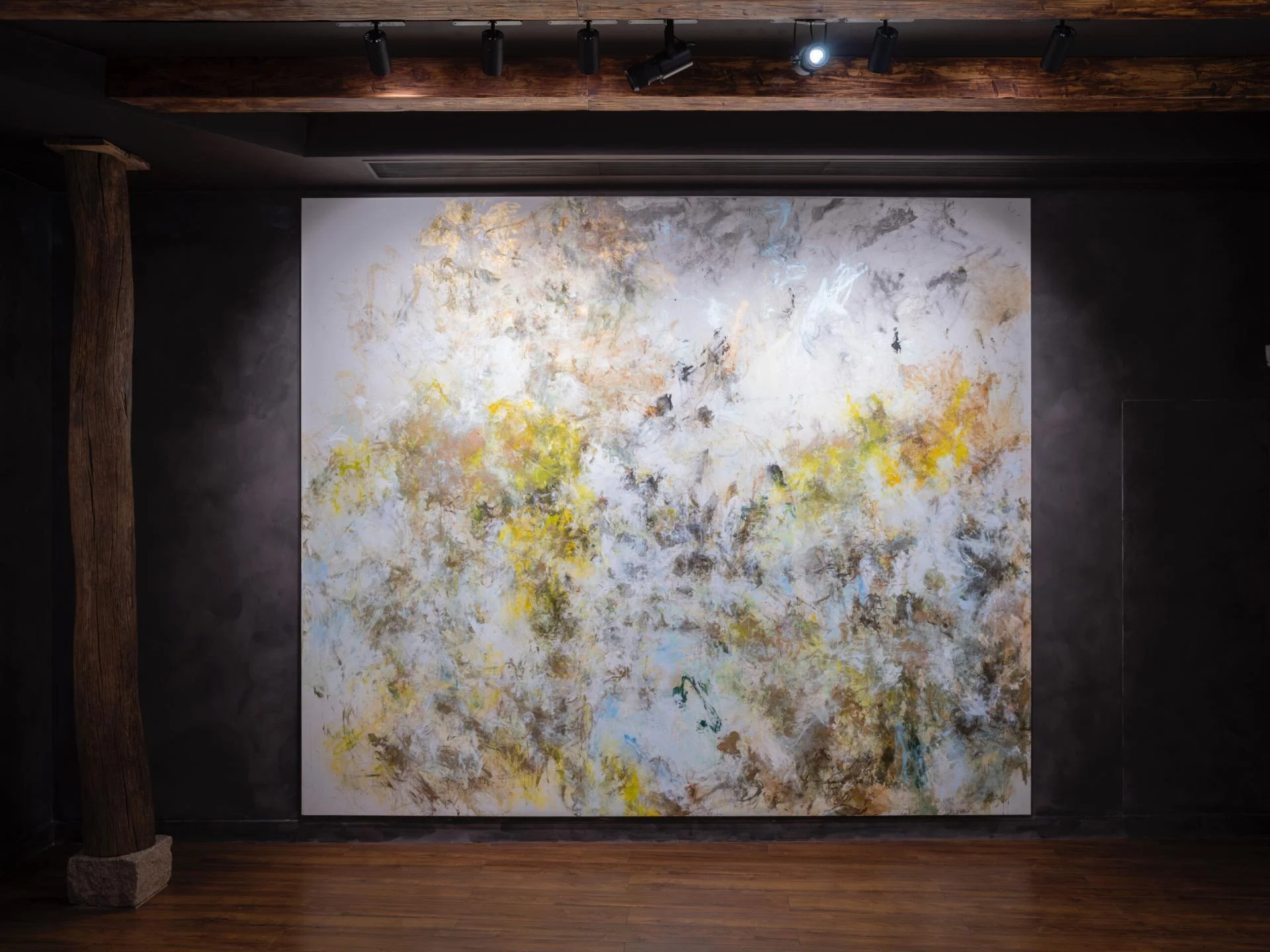
Myonghi Kang, project for the Villepin gallery, HK, 2021, oil on canvas
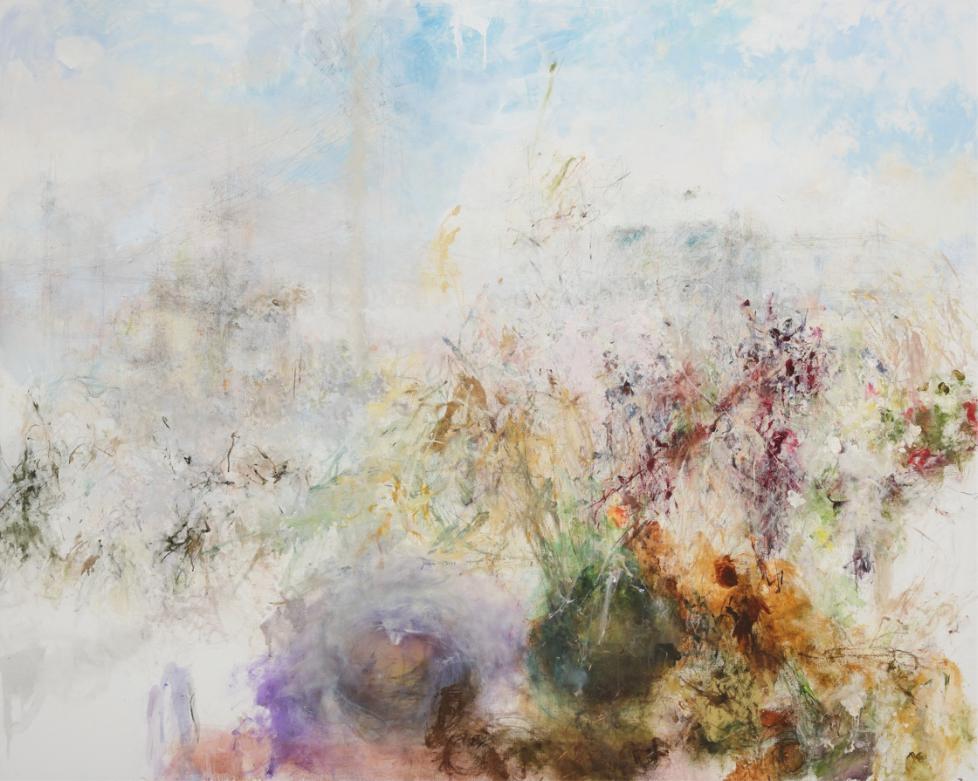
Myonghi Kang, Interior, 2023, oil on canvas
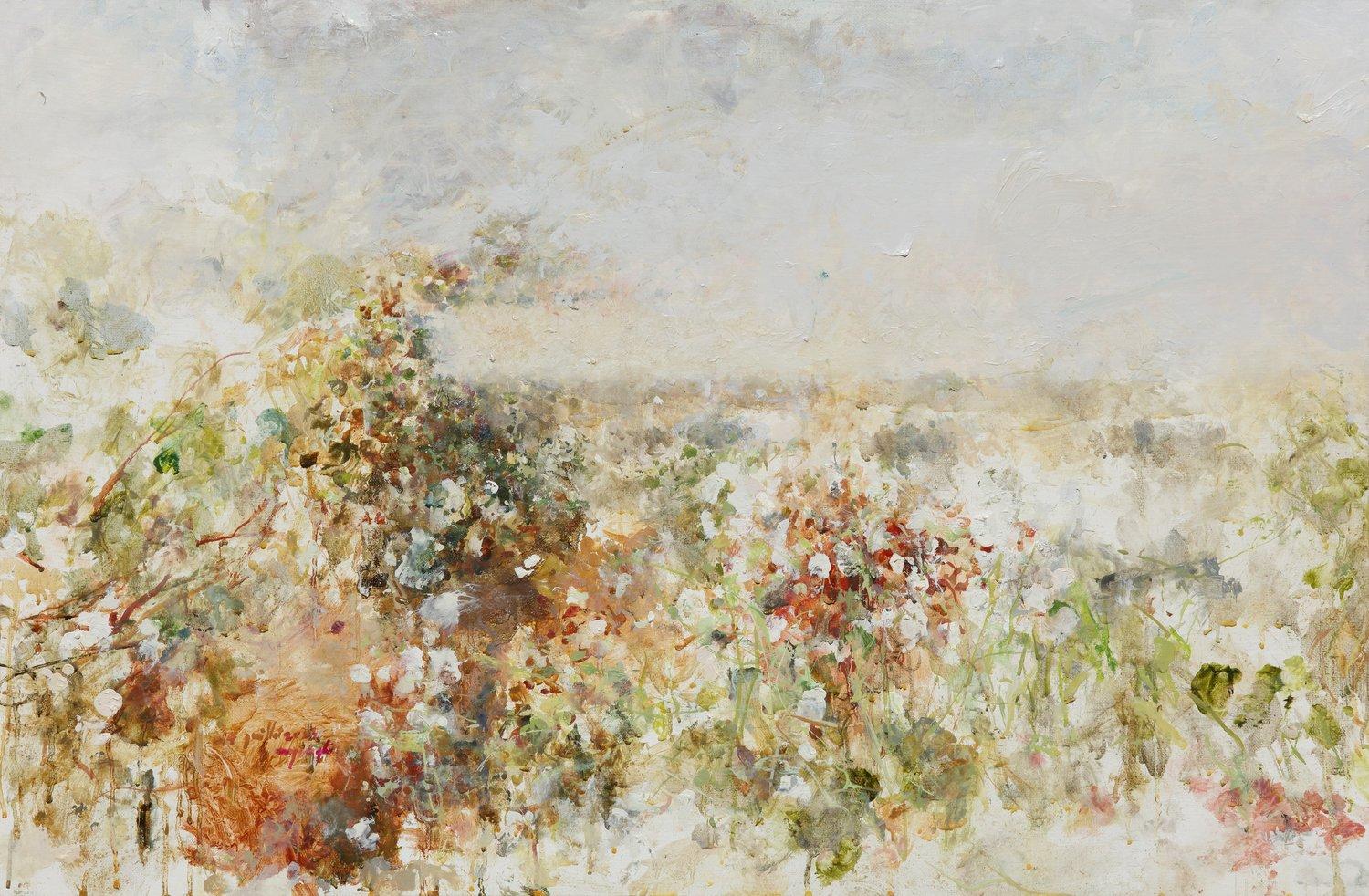
Myonghi Kang, Mur du voisin, 2023, oil on canvas
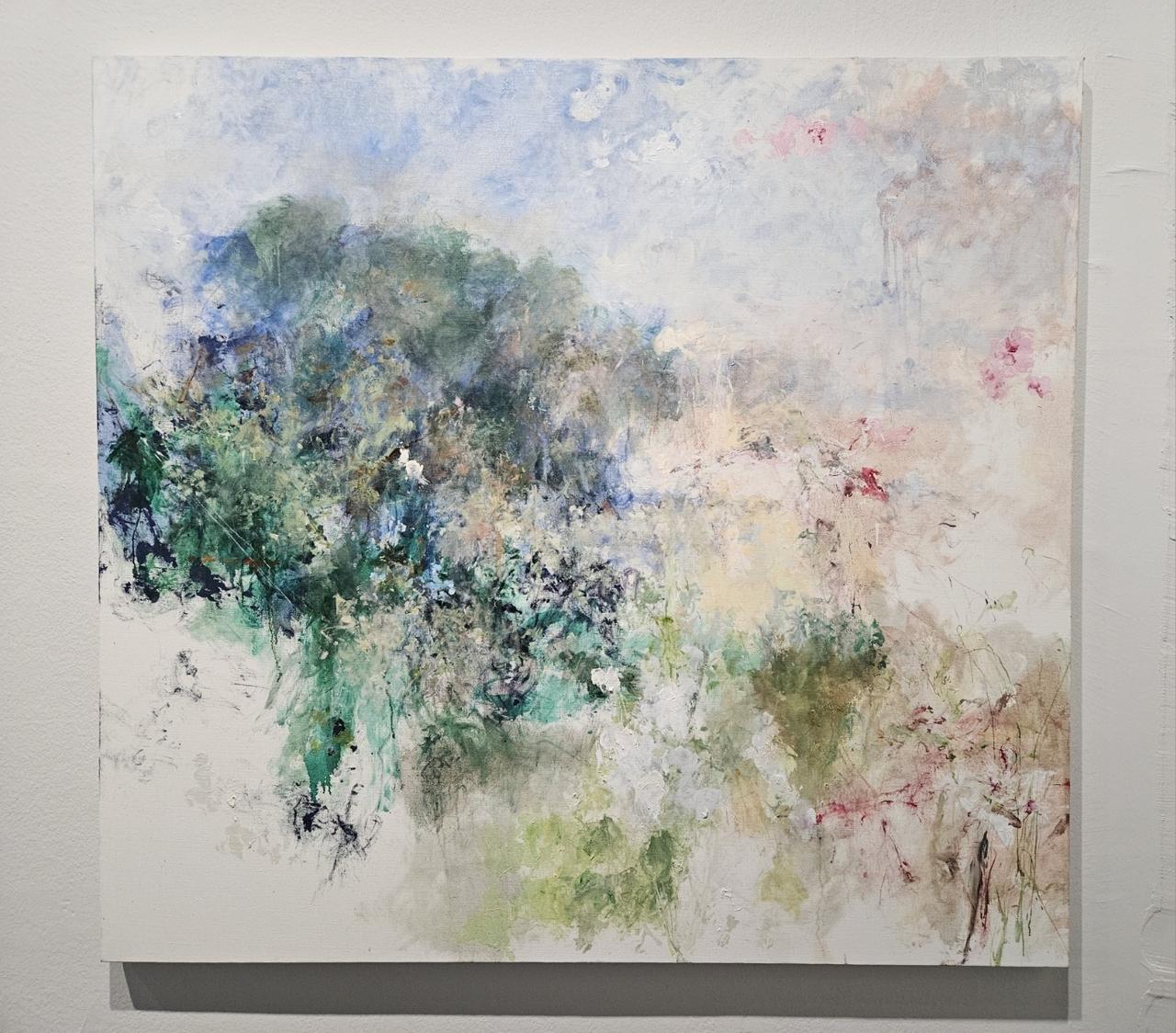
Myonghi Kang, Sanbangsan Mountain, 2025, oil on canvas, Seoul Museum
Myonghi Kang
MYONGHI KANG is a contemporary Korean artist. Her work is imbued with poetic introspection and philosophical questioning. The artist paints many landscapes with a keen sense of abstraction.
Myonghi Kang was the first Korean female artist to exhibit in major museums and other institutions. In 1986, she had a solo exhibition at the Centre Pompidou in Paris, and she also exhibited at the National Museum of Contemporary Art in Seoul in 1989.
PROFILE OF THE ARTIST
Myonghi Kang was born in Daegu, Korea, in 1947. She graduated from the Seoul National University of Fine Arts. She moved to France in 1972, settling in Gardanne, near Aix-en-Provence. She later moved to Paris with her husband, Setaik. After beginning to exhibit her paintings, Myonghi Kang befriended renowned artists, poets, and writers, including Zao Wou-Ki and Dominique de Villepin, the former French Prime Minister, a connoisseur and great admirer of abstract art. In 2007, she returned to live in Korea, in Jeju Island.
Myonghi Kang's work reflects the richness of his cultural heritage, vibrant with vivid colors that evoke the landscapes, traditions, and spirituality of Korea and Asia. The artist has traveled the world, from the Gobi Desert and the glaciers of Patagonia to Antarctica, India, Hong Kong, mainland China, and Taiwan. "The brushstrokes and overlapping fragments on the canvas undulate and collide like the movements of nature." In 2023, Galerie Villepin presented an exhibition of Myonghi Kang's work at KIR Seoul, titled "MYONGHI KANG: The Colors of Time." The artist also exhibited in Qingdao for the opening of the TAG Art Museum in Qingdao, China, in 2023, alongside an exhibition by Antony Gormley. From March to June 2025, the Seoul Museum of Art dedicated a retrospective exhibition to her, "Myonghi Kang - Visit." The title Visit, borrowed from one of her works, reflects her nomadic lifestyle, which consists of never settling permanently in the same place, and the artistic inspiration it generates.
EXHIBITIONS
Myonghi Kang's recent solo exhibitions: 2025 Retrospective Seoul Museum of Art, Myonghi Kang: Requiem, Chateau Lacoste, France; 2024 Myonghi Kang: The Rebirth of Nature, Galerie Villepin, Hong Kong; 2023 Eternity, Galerie Villepin; 2021 Myonghi Kang, Galerie Villepin. Group exhibitions: 2025 Across Winds and Time, with Zao Wou-Ki and Marie de Villepin, Lee Eugean Gallery, Seoul; Worlds Within: Art as Refuge, Galerie Villepin.
In 1981, Myonghi Kang and her husband Setaik founded the Seoul Museum, the first artist-run museum of contemporary art in South Korea.
PAST EXHIBITIONS
LEE KANG-SO
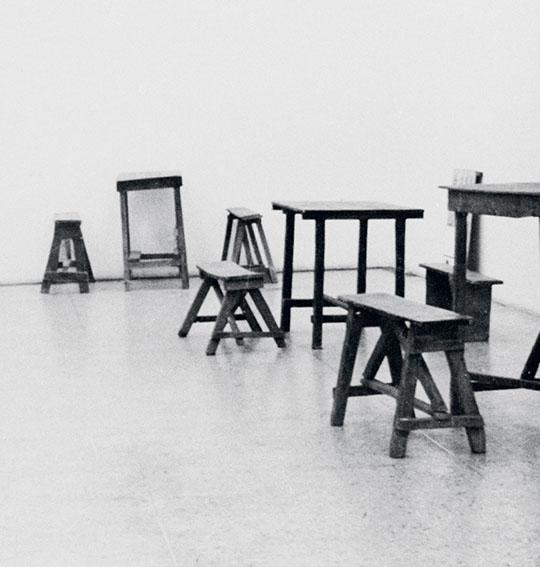
Lee Kang-So, Chair, table, Korean wine, 1970
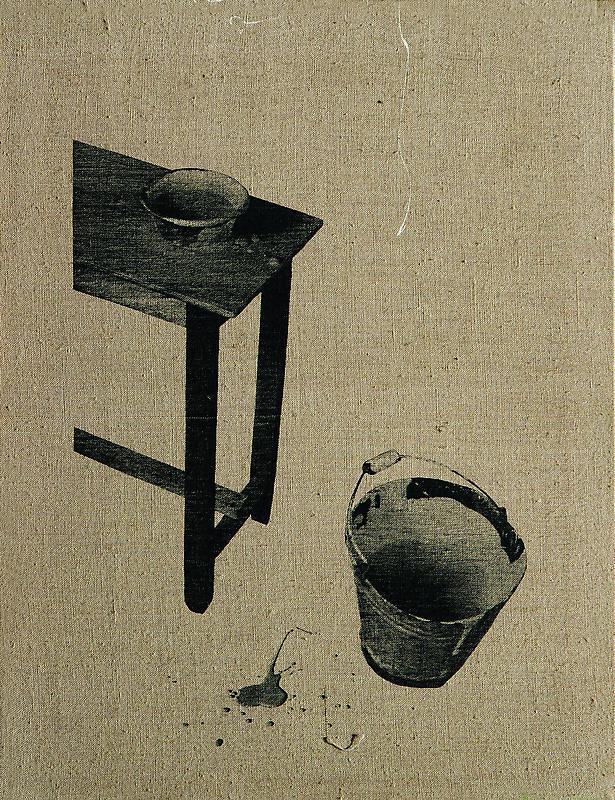
Lee Kang-So, 76151 Untitled 1976, Serigraphy, oil on hemp cloth, PKM Gallery
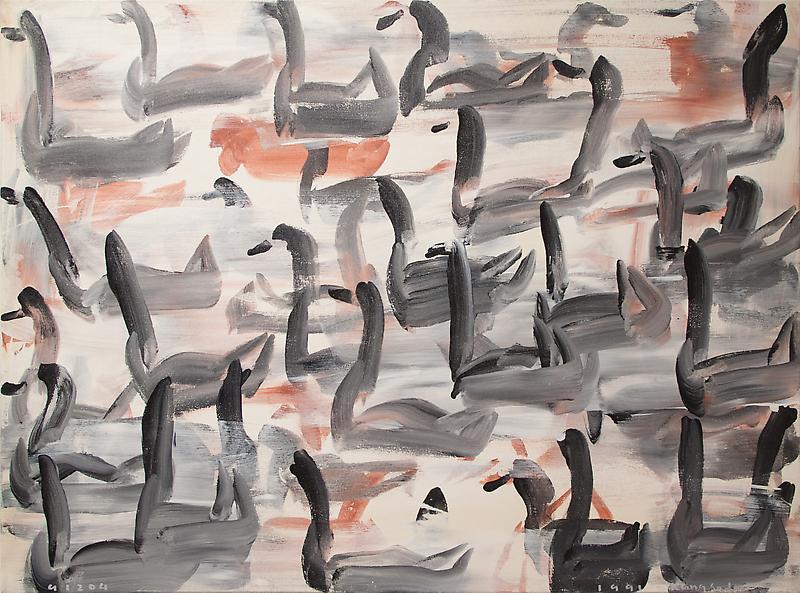
Lee Kang-So, 91204 Untitled, 1991, acrylic on canvas, PKM Gallery
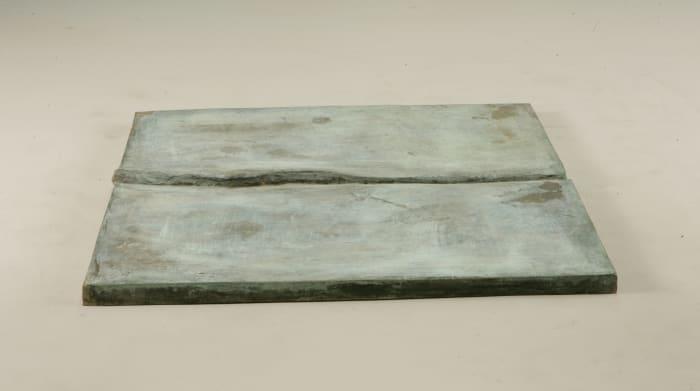
Lee Kang-So, Untitled 94215, 1994, bronze
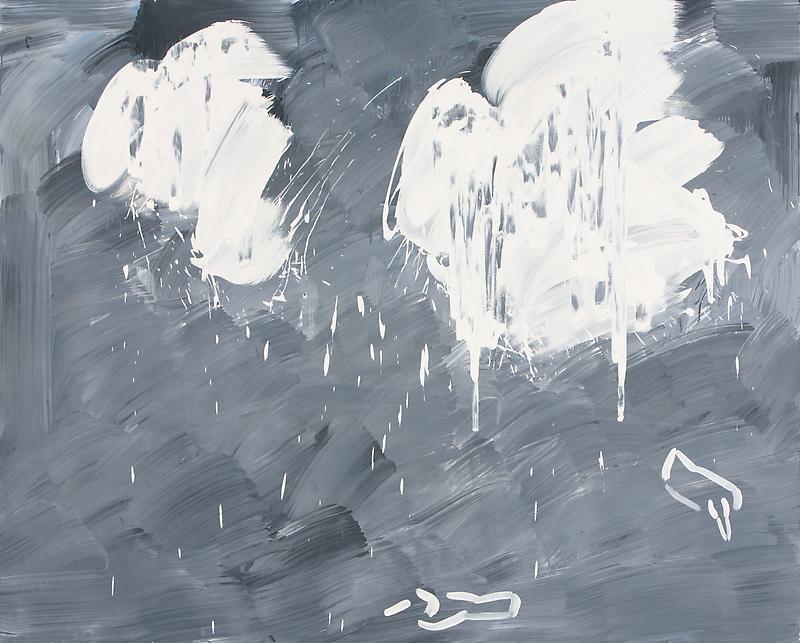
Lee Kang-So, 99227 From an Island, 1999, oil on canvas, PKM Gallery
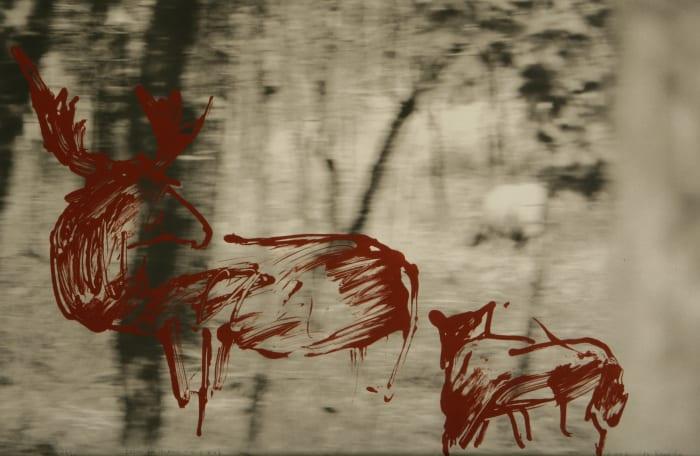
Lee Kang-So, Untitled 02006, 2002, lithography, Wooson gallery
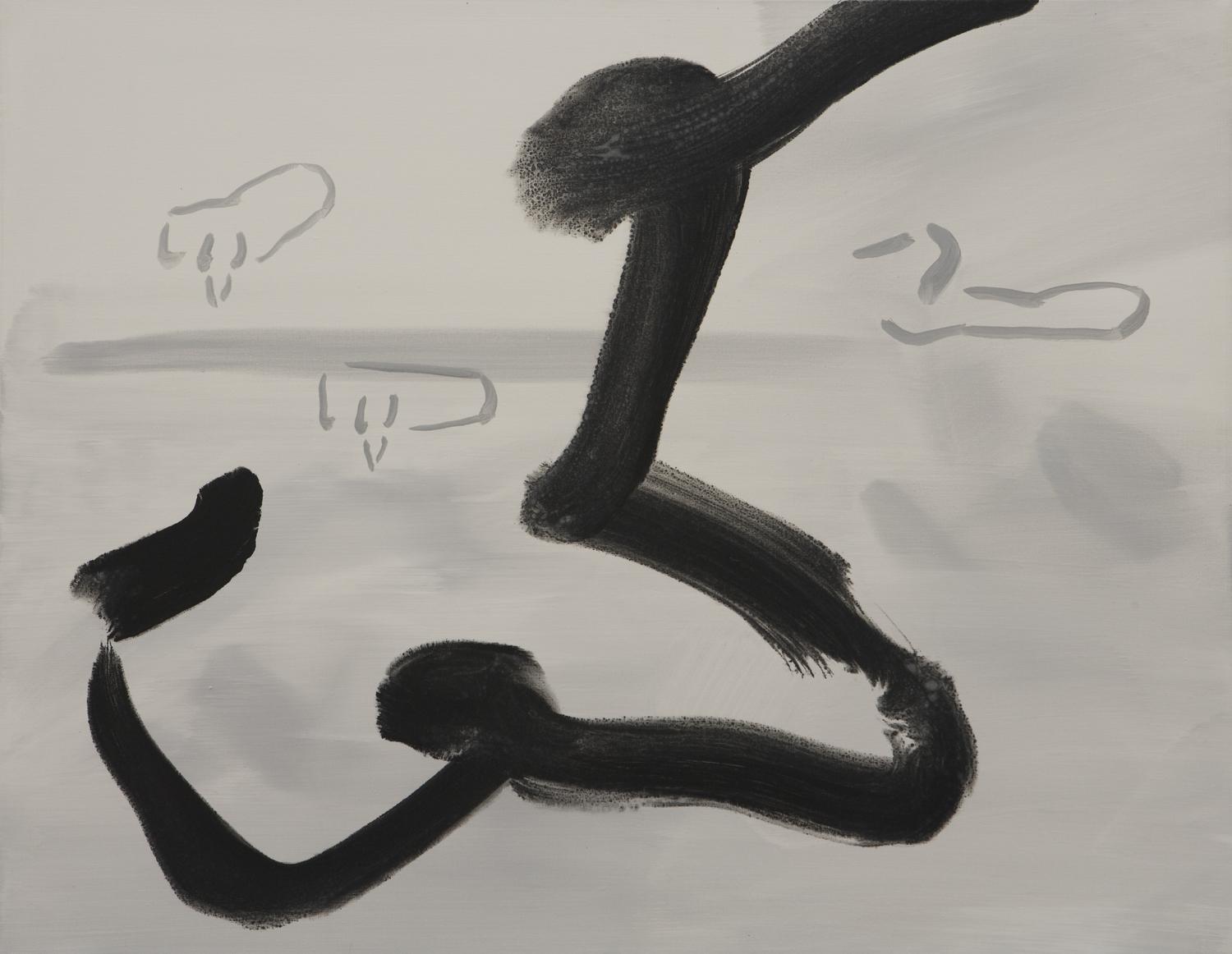
Lee Kang-So, Becoming 08054, 2008, acrylic on canvas
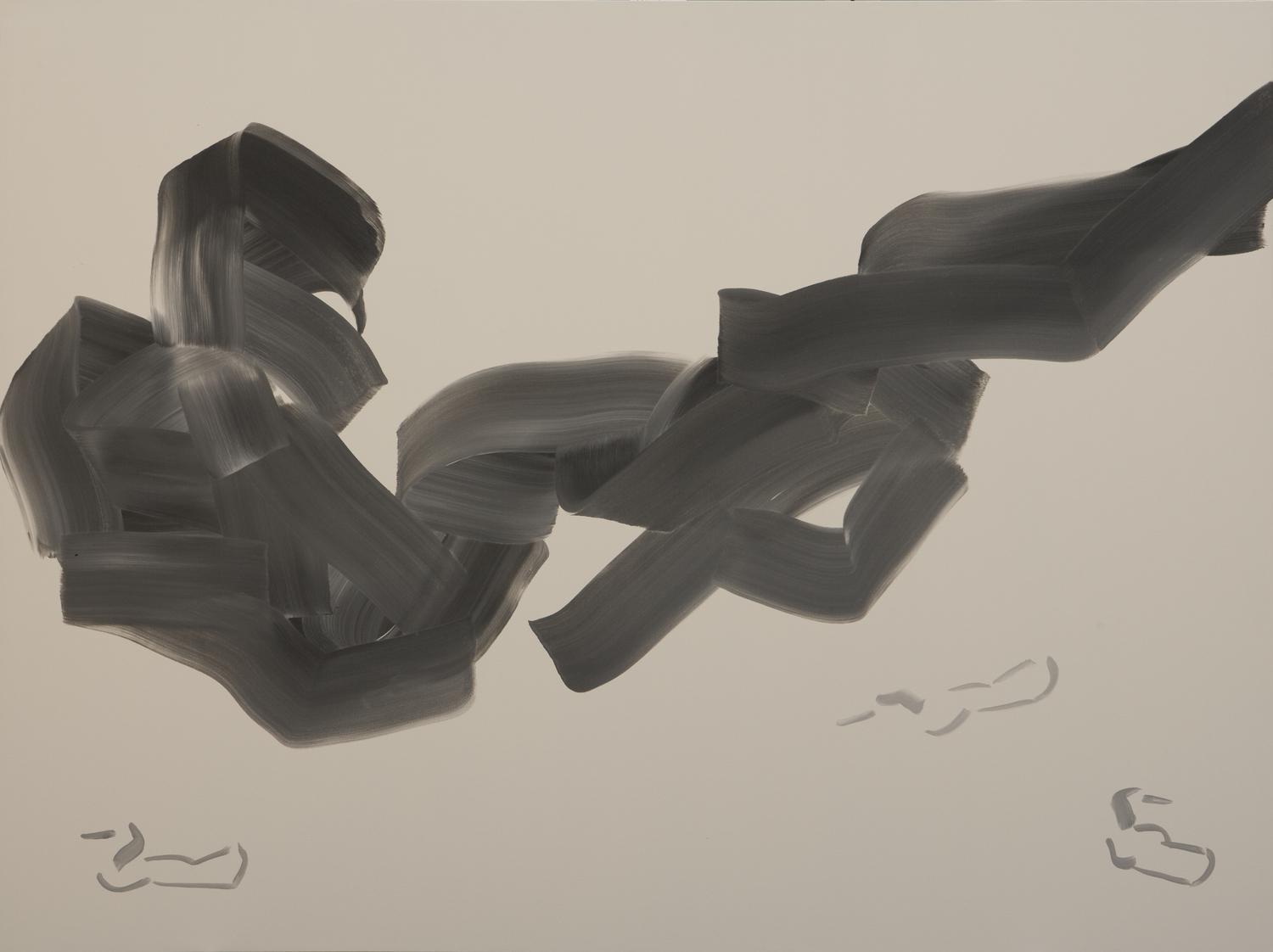
Lee Kang-So, Emptiness 09091, 2009, acrylic on canvas
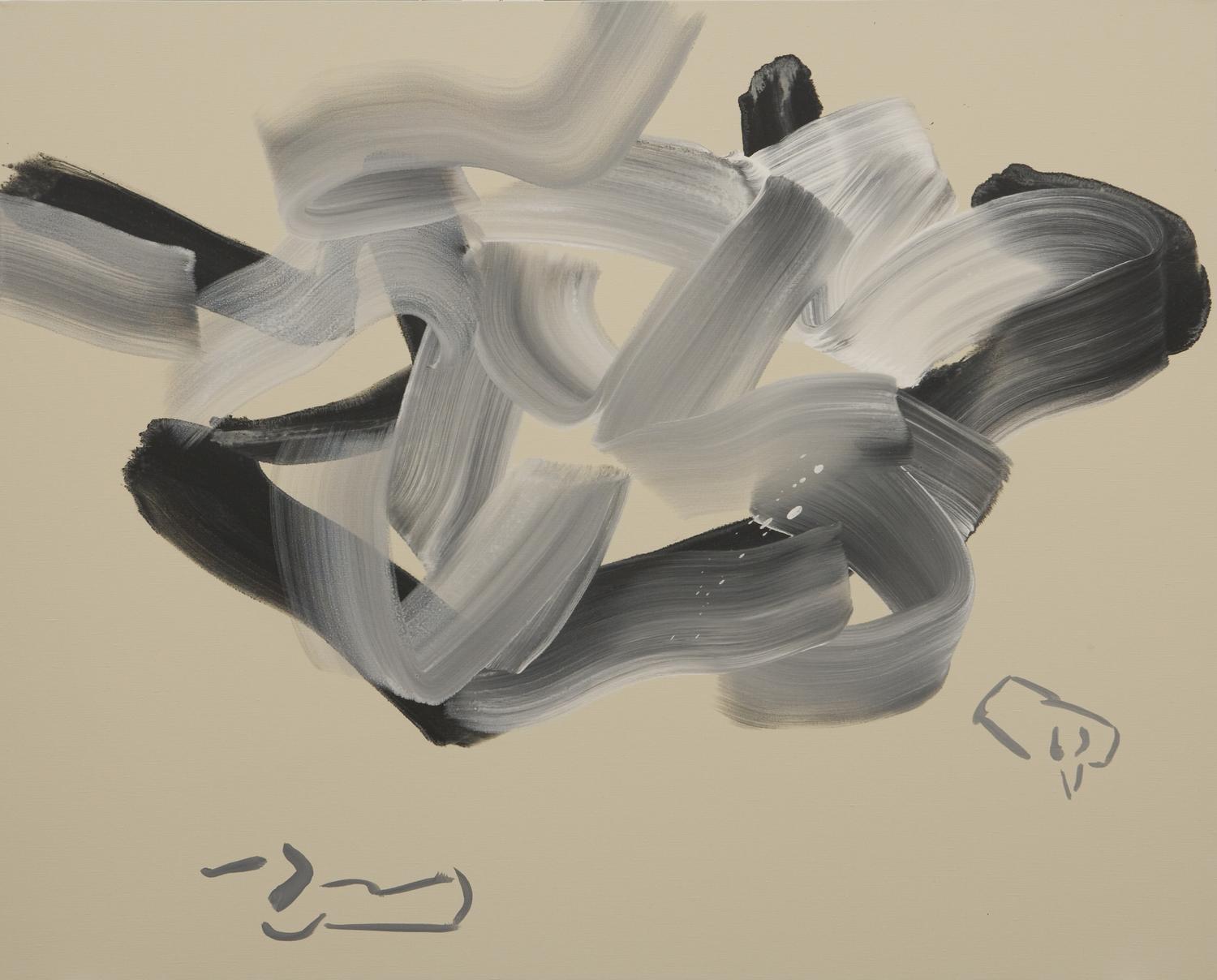
Lee Kang-So, Emptiness 09075, 2009, acrylic on canvas
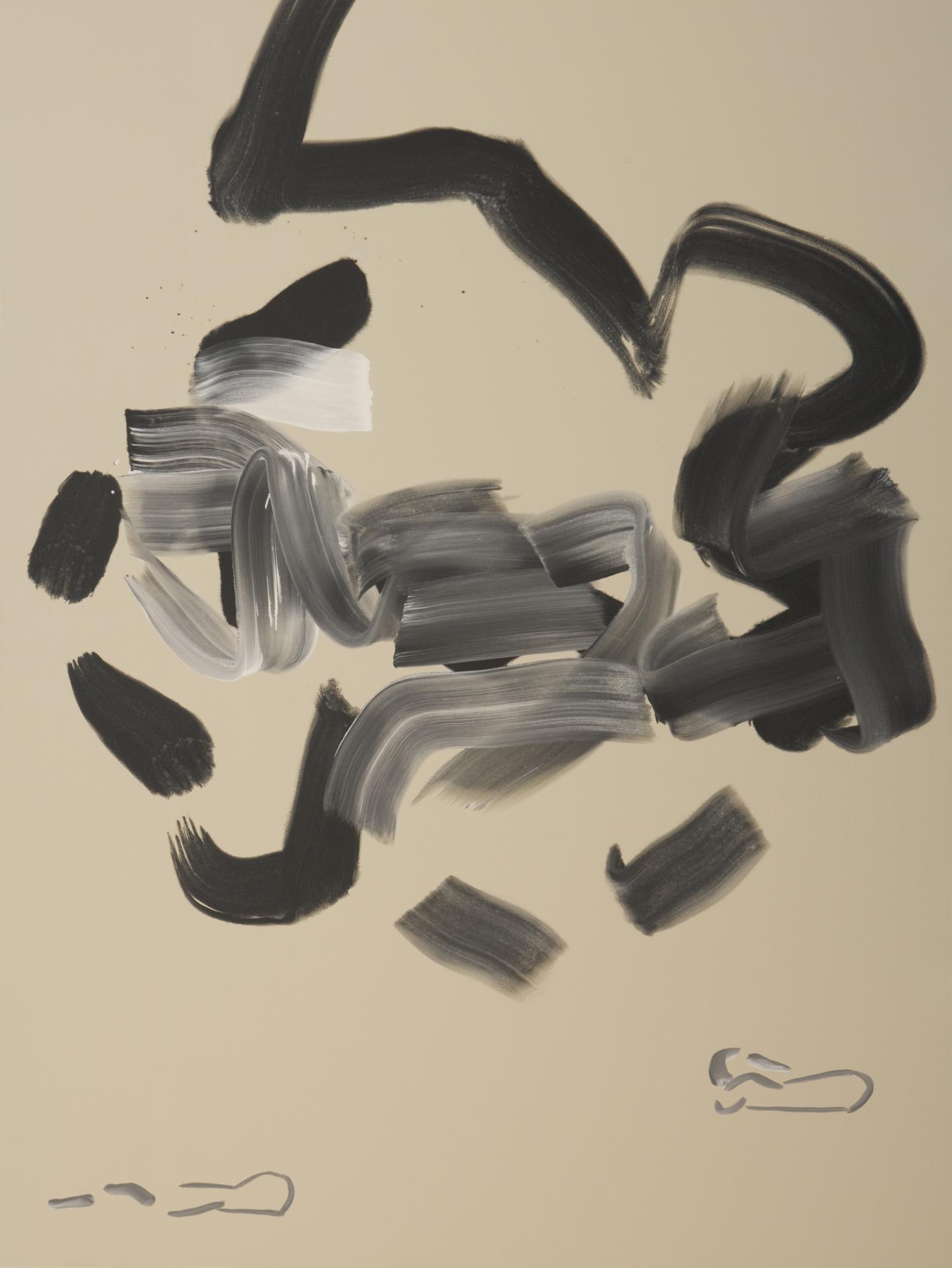
Lee Kang-So, Emptiness-09095, 2009, acrylic on canvas
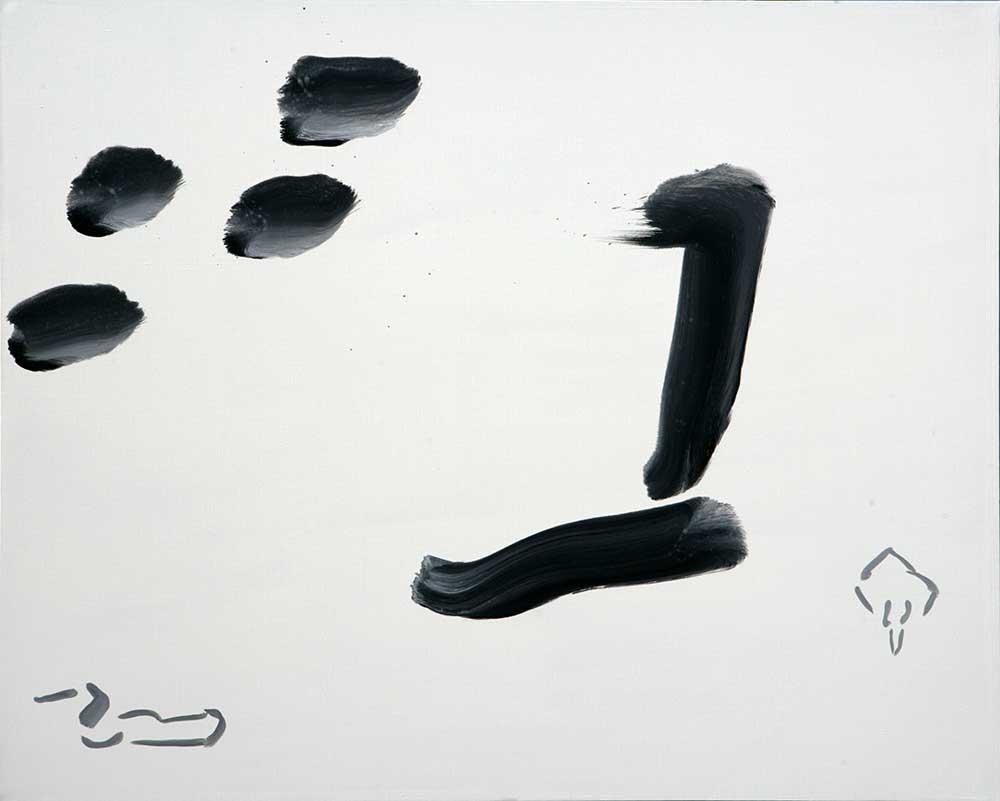
Lee Kang-So, Emptiness 11131, 2011, Gallery Shilla
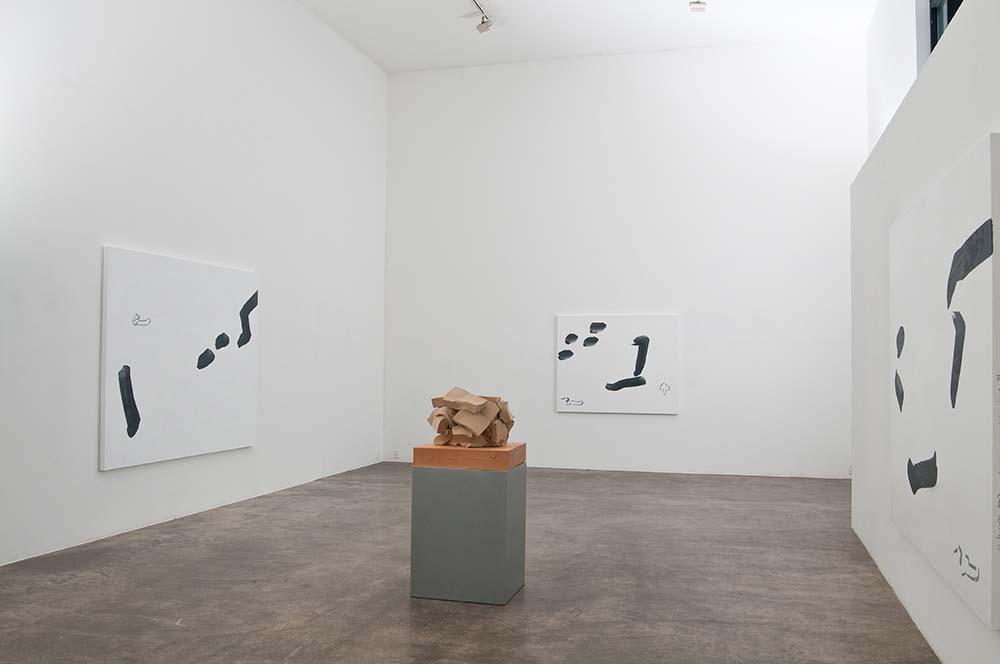
Lee Kang-So, installation view, 2012, Gallery Shilla
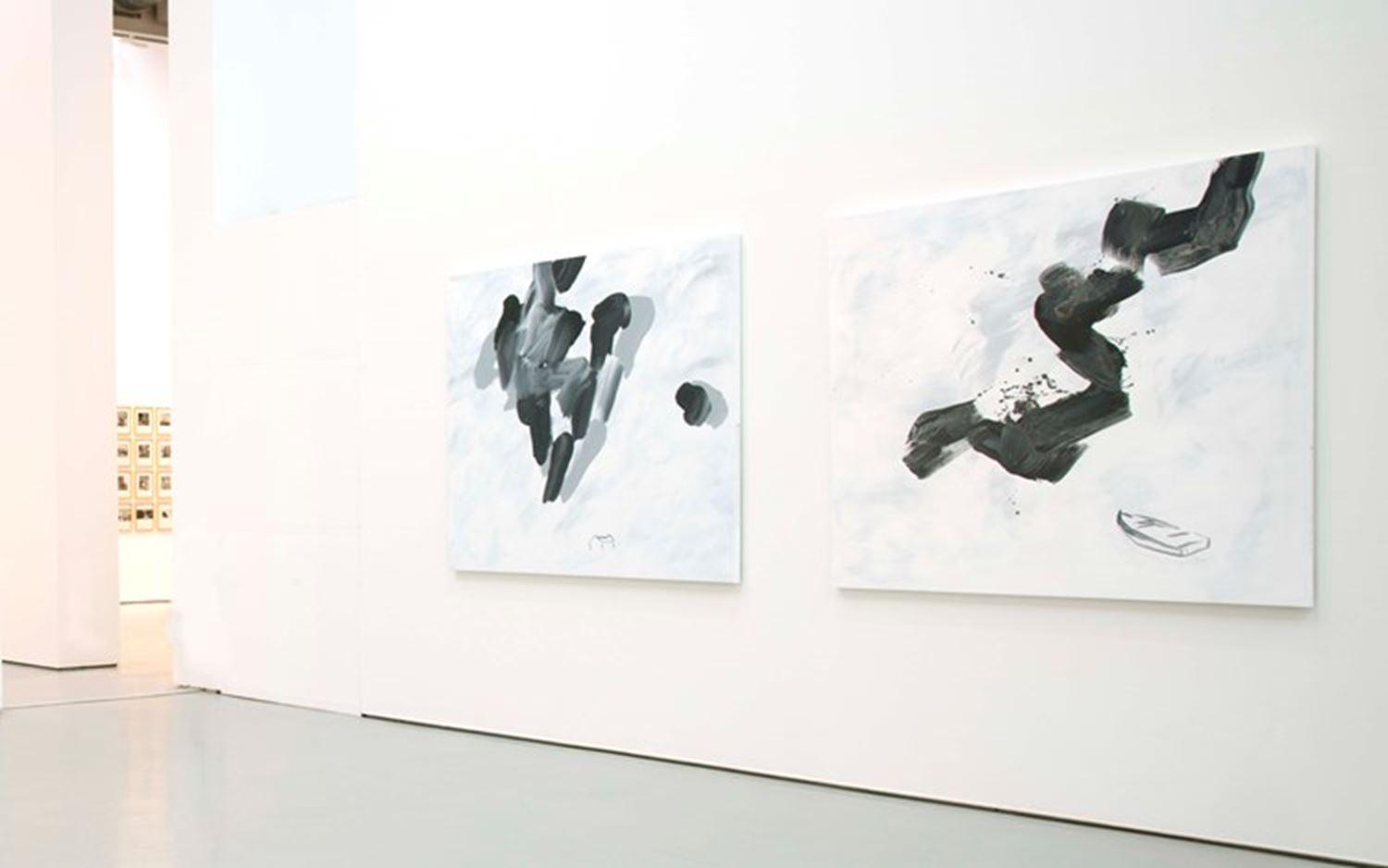
Lee Kang-So, Musée d'Art Moderne de St Etienne, 2016, Courtesy of the artist and Wooson Gallery, Photo Yves Bresson, MMAC
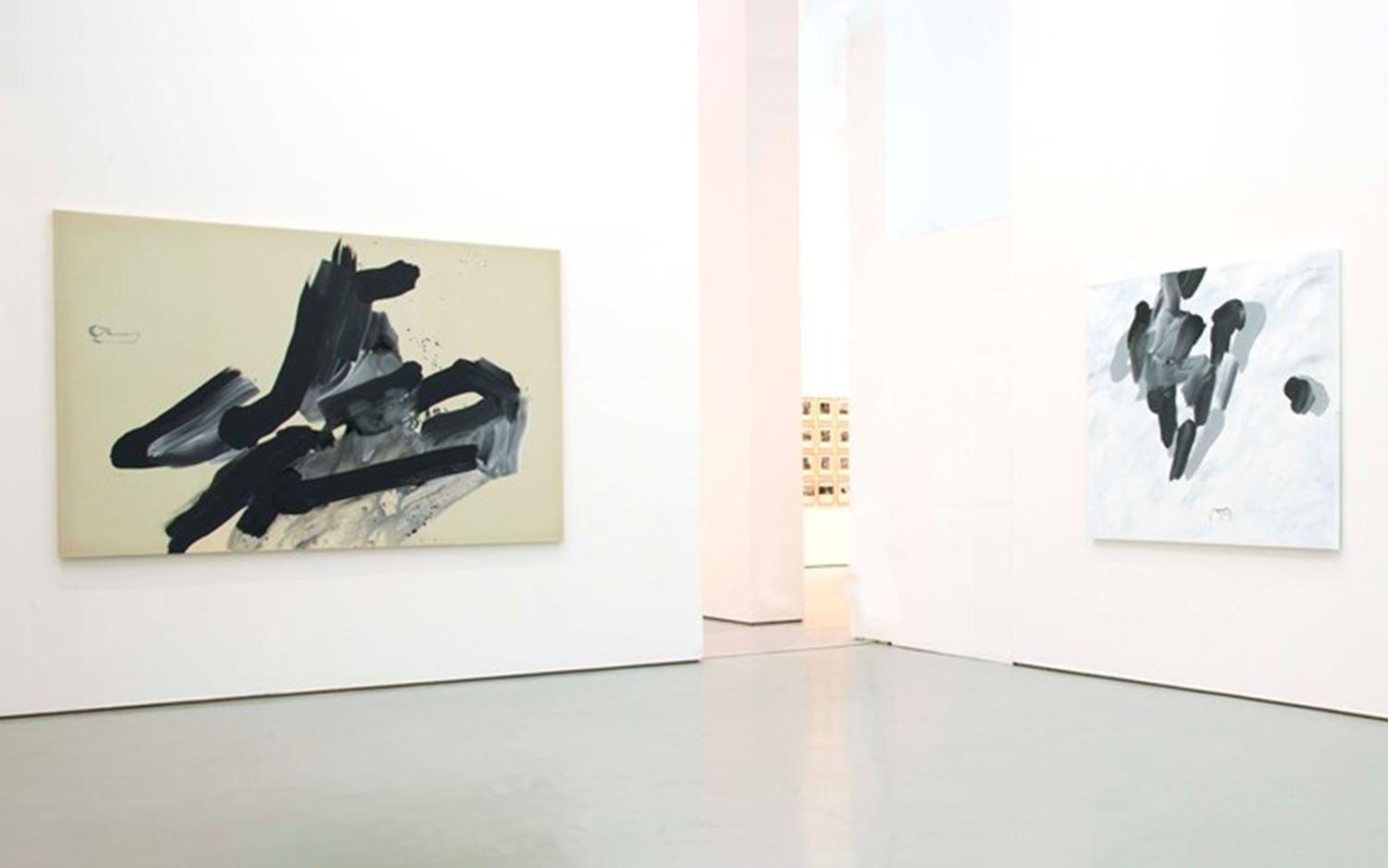
Lee Kang-So, Musée d'Art Moderne de St Etienne, 2016, Courtesy of the artist and Wooson Gallery, Photo Yves Bresson, MMAC
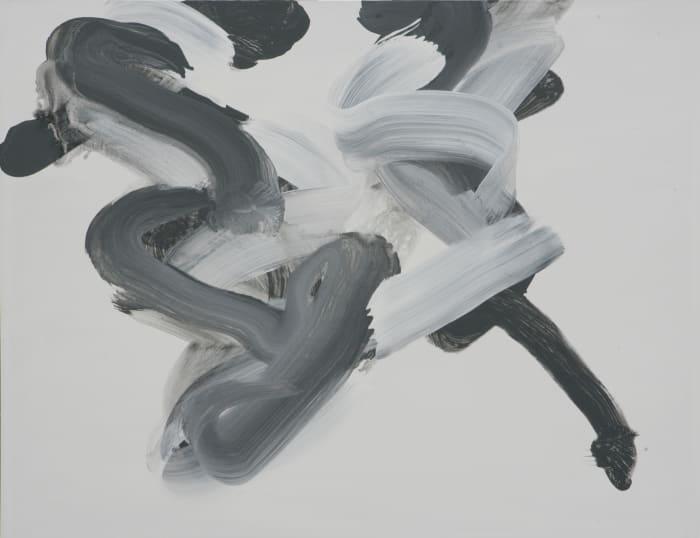
Lee Kang-So, Serenity, 17080 2017, acrylic on canvas
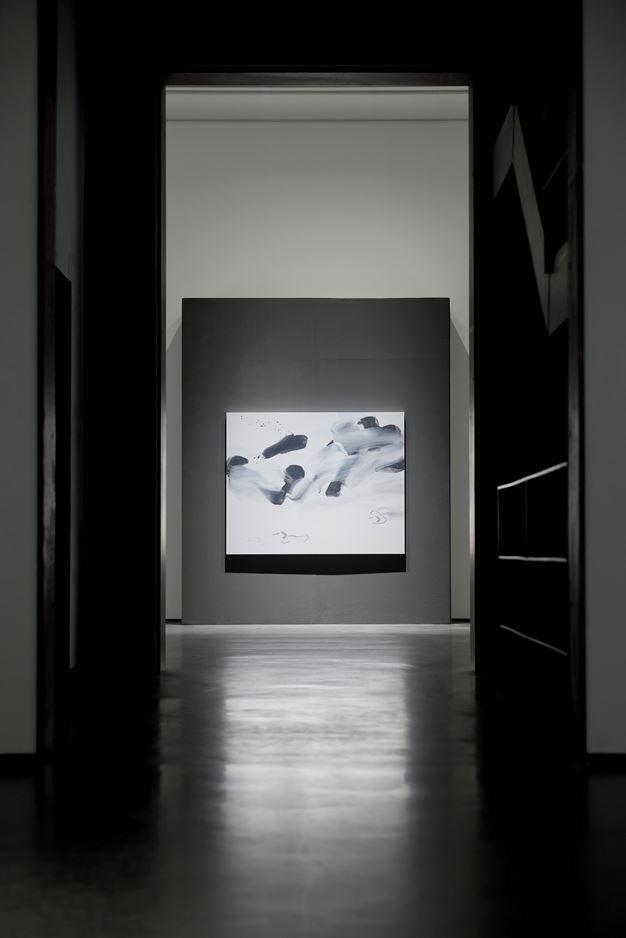
Lee Kang-So, Becoming, 2018, Wooson Gallery, Daegu
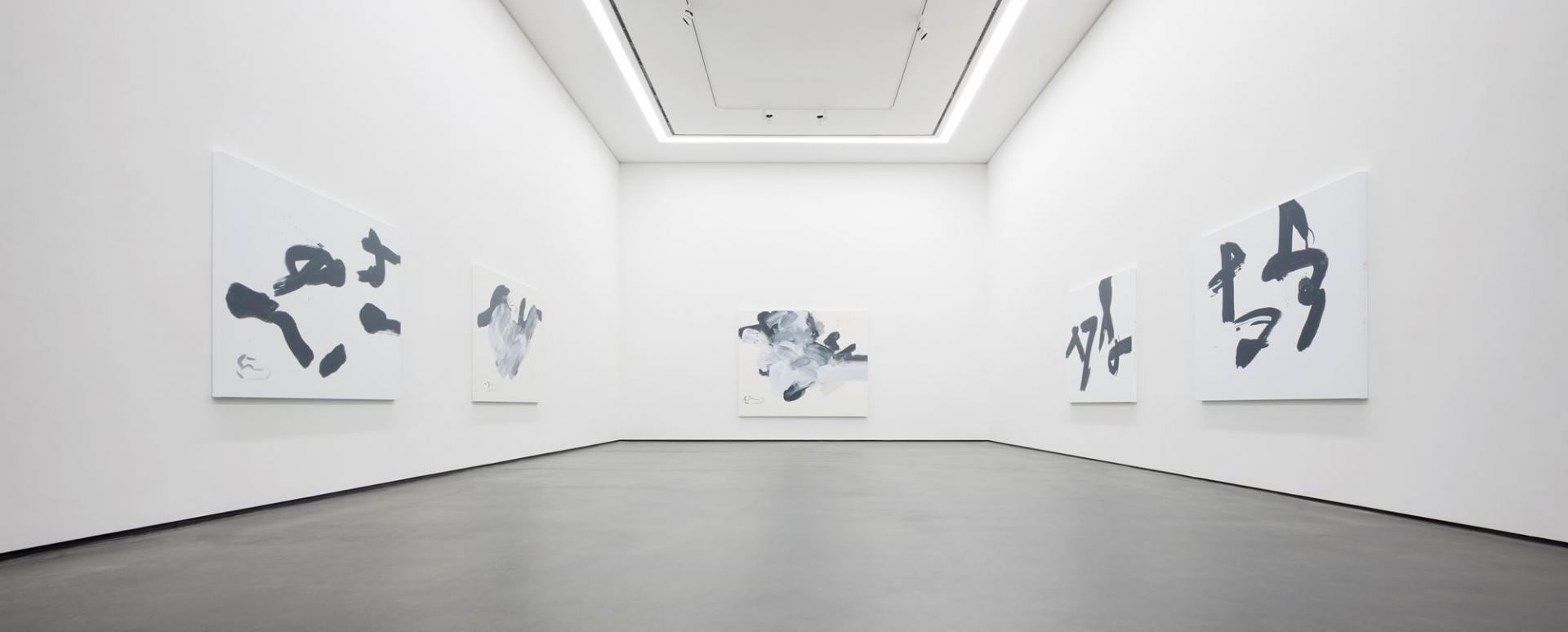
Lee Kang-So, Becoming, 2018, Wooson Gallery, Daegu
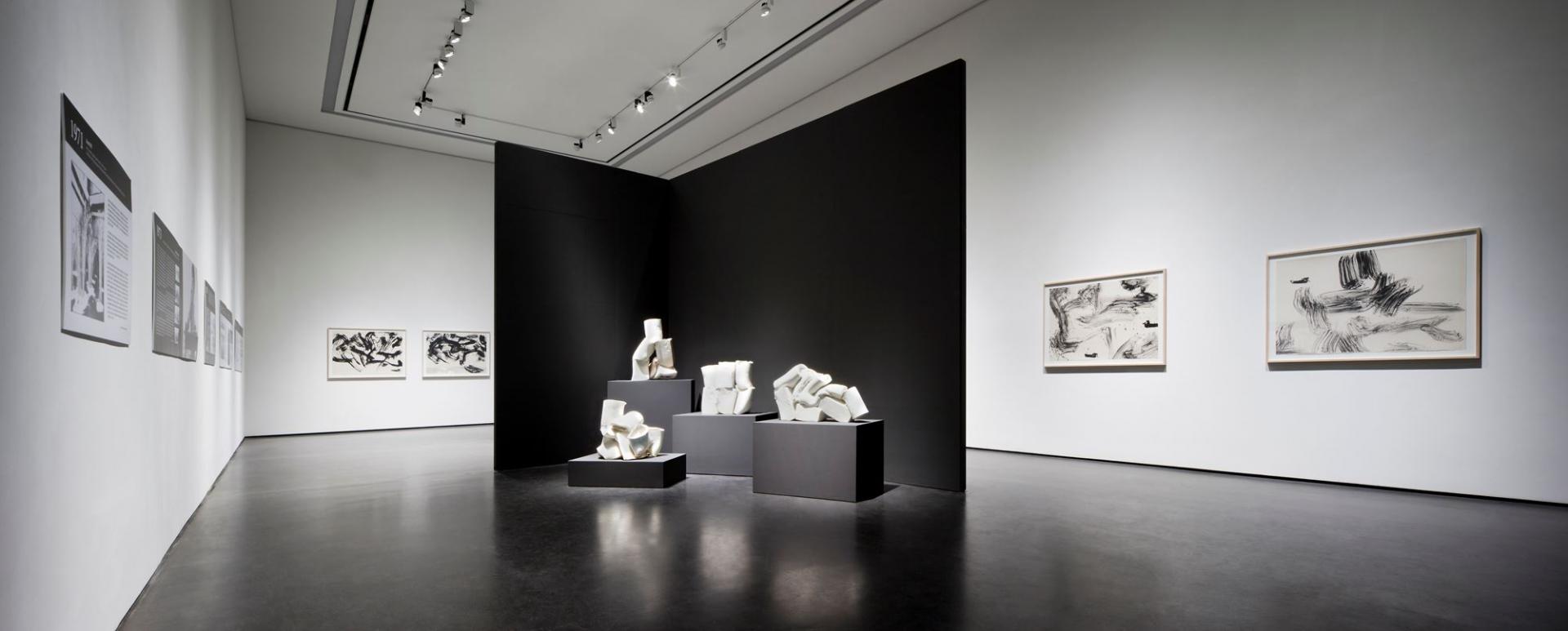
Lee Kang-So, Becoming, 2018, Wooson Gallery, Daegu
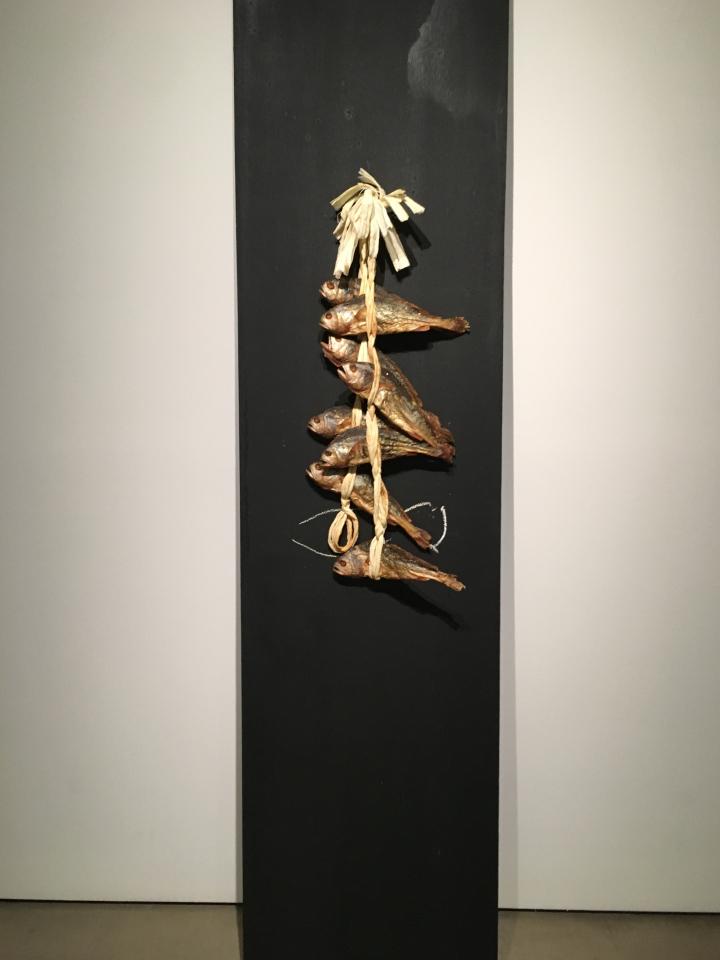
Lee Kang-So, “Gulbi” (1972), Gallery Hyundai, Seoul, 2018
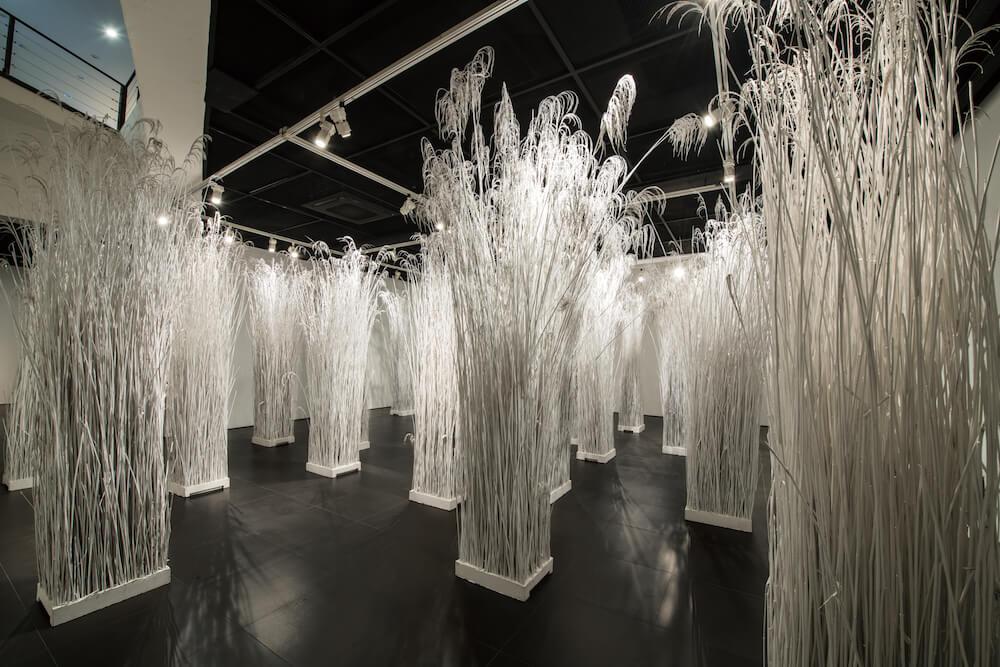
Lee Kang-So, Void, 1971-2018, reed, paint, plaster, Gallery Hyundai
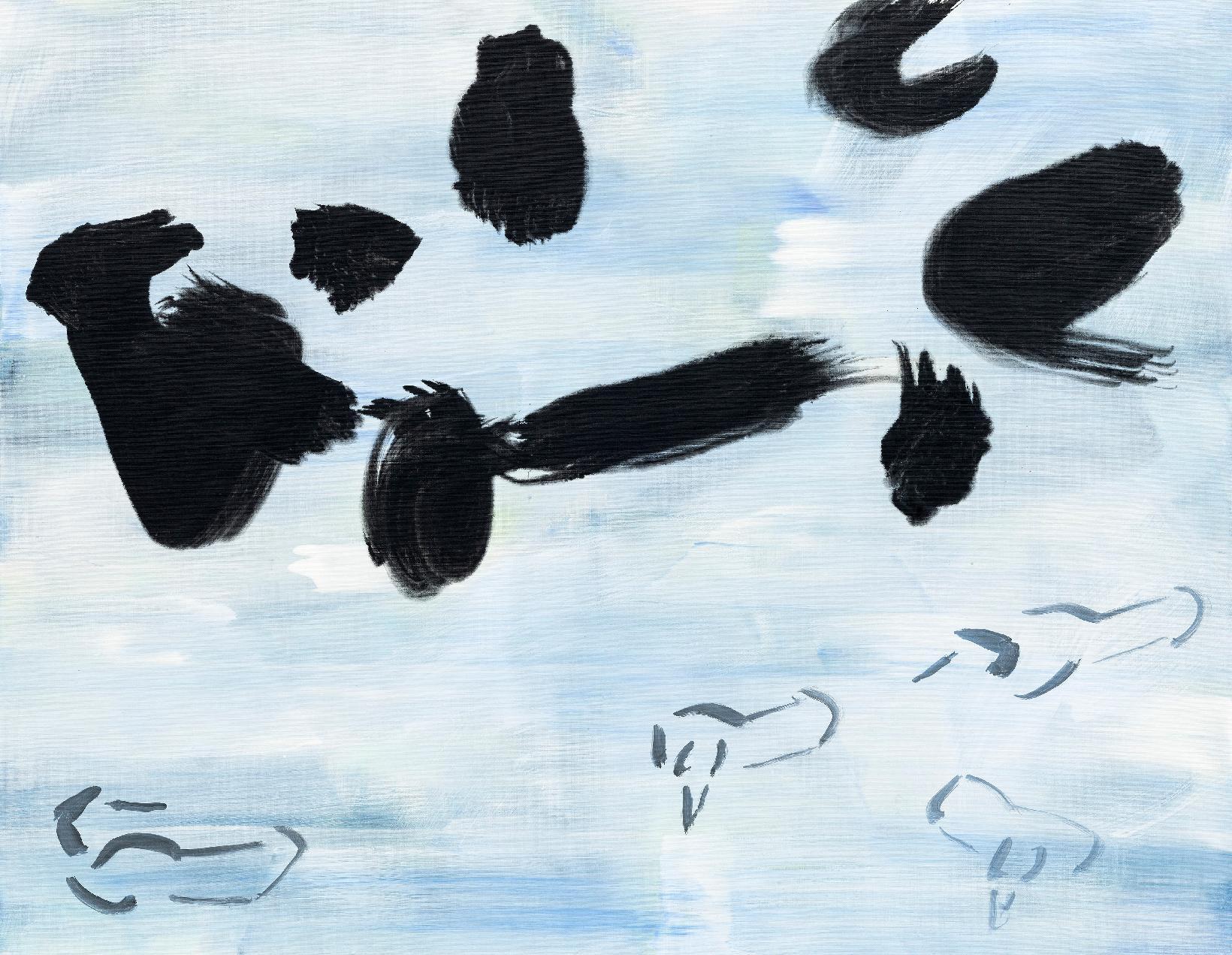
Lee Kang-So, Serenity 2009-2020, acrylic on canvas
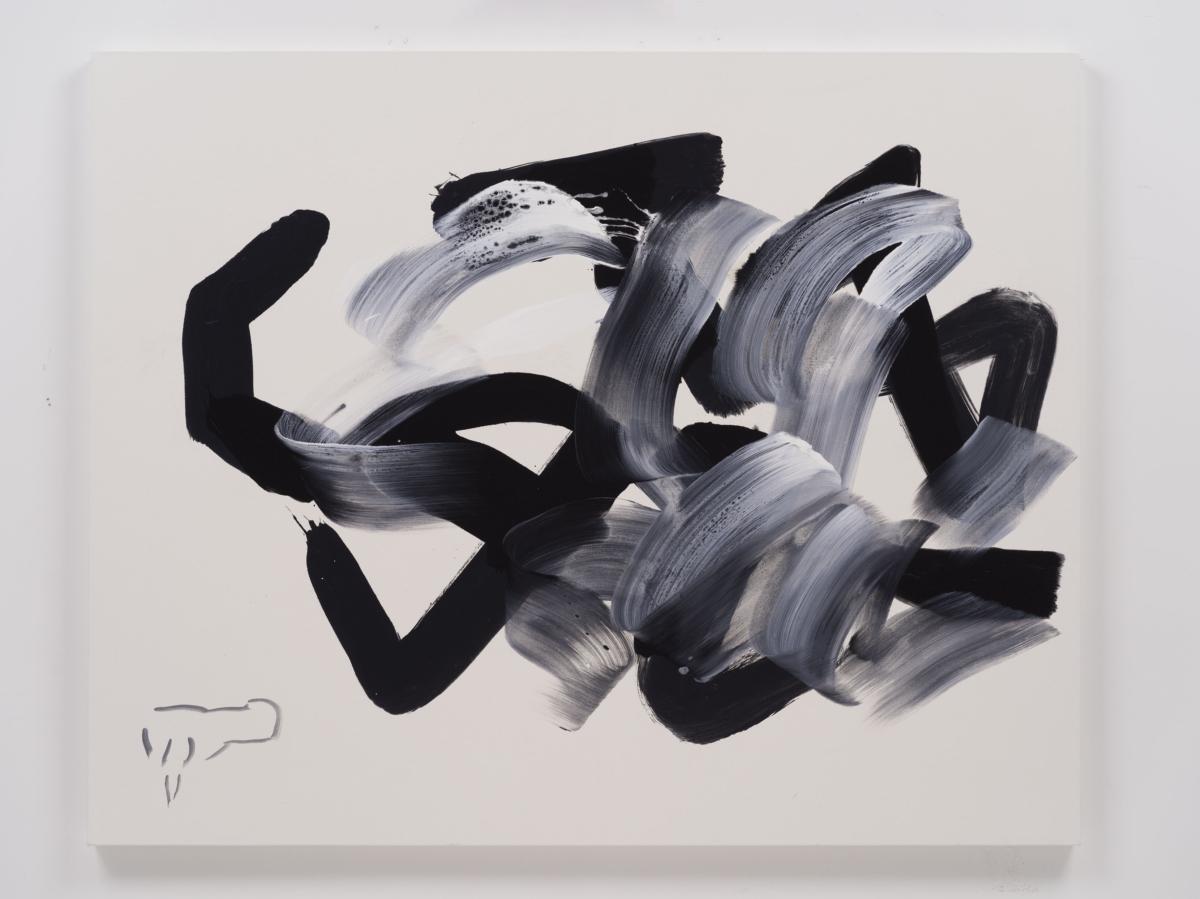
Lee Kang-So, The Wind Blows 22026, 2022, acrylic on canvas
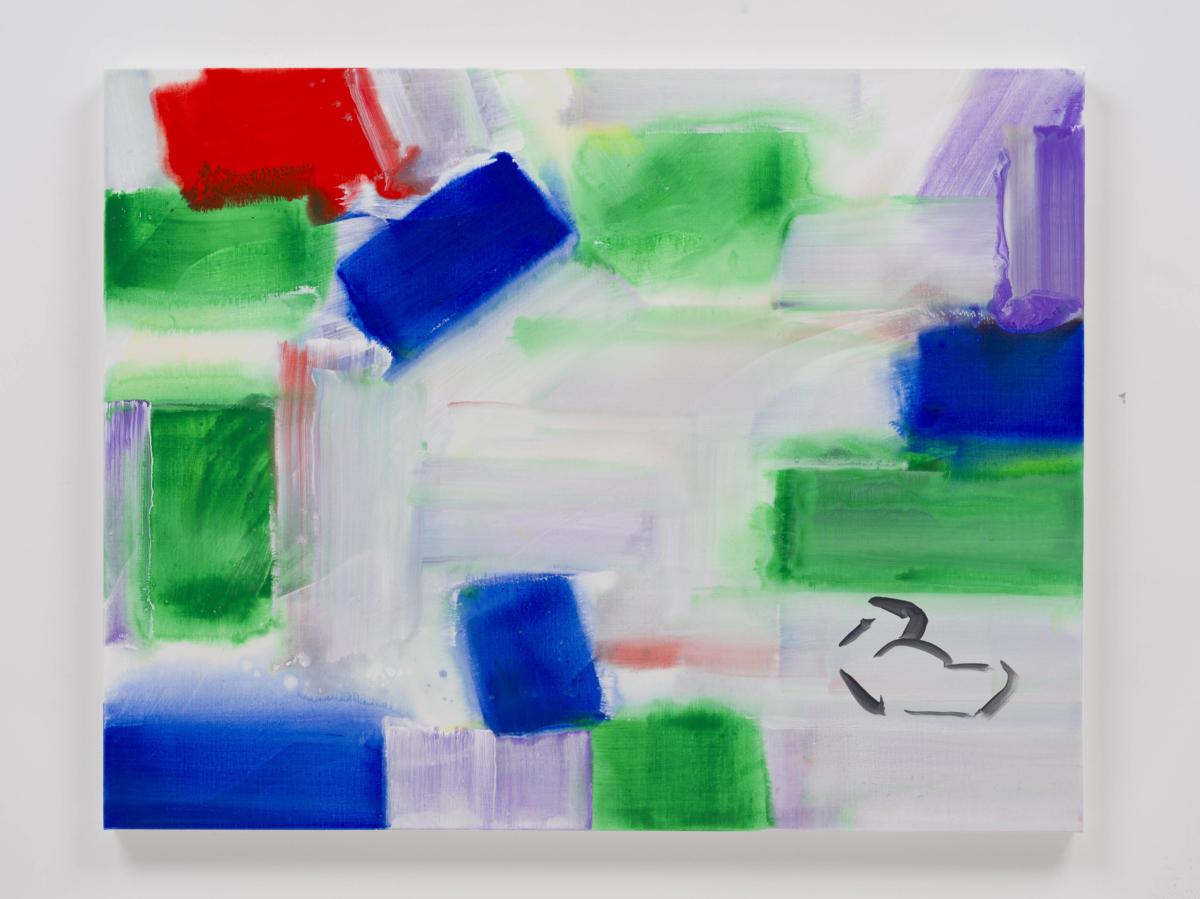
Lee Kang-So, The Wind Blows 230918, 2023, acrylic on canvas
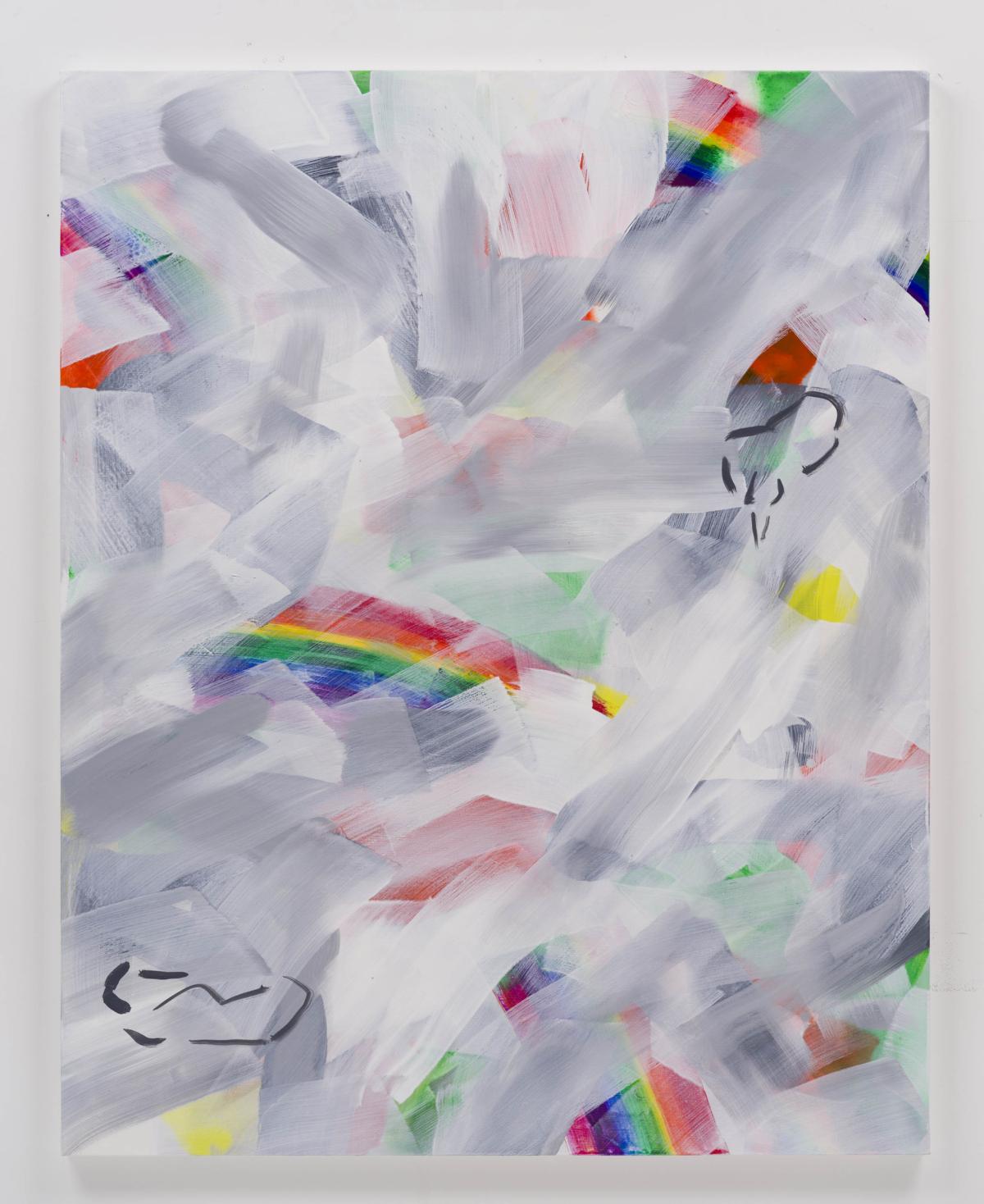
Lee Kang-So, The Wind Blows, 230207, 2023, acrylic on canvas
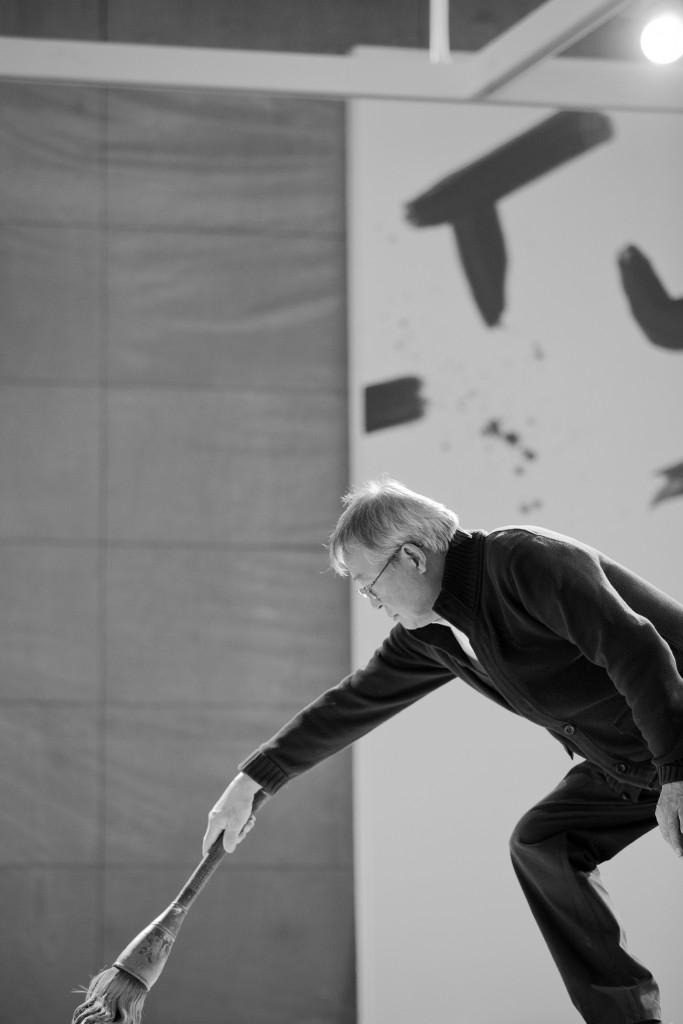
Lee Kang-So
LEE KANG-SO is a Korean contemporary artist, well known for his abstract and almost monochromatic paintings.
According to Artprice, Lee Kang-So was ranked 1589th in the top 5000 best-selling artists at auction worldwide, with sales of €581k in 2023.
At Frieze Seoul in September 2024, he sold a recent painting for ₩250 million ($180,000).
http://www.leekangso.com/
https://www.instagram.com/leekangso_archive/?hl=fr
NEWS
Daegu Art Museum presents : Lee Kang So, Flowing Water, Ongoing Experiment, Solo Retrospective, from 9 September 2025 to 22 February 2026
PROFILE OF THE ARTIST
Lee Kang-So was born in 1943 in Daegu, South Korea. He graduated from Seoul University, Painting Department (1965). From 1982 to 1993, he was a professor at Gyeongsang National University, Korea. He lives and works in Seoul.
Lee Kang-So is a key figure in the history of Korean conceptual art. In the 1970s, he organized performances based on his work. Then in the 1980s, he turned to other media such as painting, printmaking, sculpture and photography. “Lee Kang-So’s painting offers no illusions, no imitation of elements of the world outside with pictorial reality. But it evokes metaphorical stories expressing essential and fundamental questions about the orientation of man in the universe ", explained Lorand Hegyi, director of the Museum of Contemporary Art of Ste Etienne (France) in 2016. In the late 1960s, Lee Kang-So founded the 'Shinchaejae (new system) group' and began working on contemporary art. In 1971 and 1972 he participated in the AG group (avant-garde association). In 1973 and 1974 he organized the Korean Contemporary Artists Invitational Exhibition and the Daegu Contemporary Art Festival, bringing together artists eager to practice experimental art. In 2018, in his exhibition 'Dissapearance' at the Hyunday Gallery, the artist returned to his performances from the past, creating a bar in a gallery, offering a drink, the Makgulli and presenting several of his installations such as Void (1971), a passageway made up of two dozen columns of reeds, covered with plaster or “Gulbi” (1972), a double row of dried fish fixed vertically on a wooden box against a wall. Lee Kang-So has always shown an interest in the concepts of the cosmos, the ordered system of nature, "to be born, to become, to disappear". This can be seen in his latest exhibition "Becoming", in 2019, in Venice, presented by the Hyundai Gallery. This brought together some twenty works by the artist, including his experimental work, since the 1970s.
From 18 October to 30 November 2023, Locks gallery in Phidalphie presented Lee Kang-So's ‘Wind / Flow’, the artist's first exhibition in the USA for over 10 years. It included paintings by the artist from his Serenity Series as well as a selection of older works from the last 30 years.
Tokyo Gallery+BTAP presented 8 paintings in a new exhibition by Lee Kang-So, the first in Japan for 24 years, from 24 February to 4 June 2024.
From 12 September 2025 to 22 February 2026, Daegu Art Museum is presenting a retrospective by Lee Kang So : "Lee Kang So, Flowing Water, Ongoing Experiment". This retrospective follows the artist's work across half a century from the sites of experimental art in the 1970s to the present.
EXHIBITIONS
Lee Kang-So has had numerous exhibitions, most often in South Korea. These include his most recent solo exhibitions: 2025 "Dwelling in Mist and Glow", Thaddaeus Ropac gallery in Paris Marais ; 2024 solo exhibition, Tokyo Gallery+BTAP ; 2023 Wind flows, Locks gallery, Philadelphia, Usa ; 2021 "From a Dream", Gallery Hyundai ; 2019, "Lee Kang-So in Venice: Becoming", Palazzo Caboto, Gallery Hyundai, Venise, Italie.
PAST EXHIBITIONS
NAM JUNE PAIK
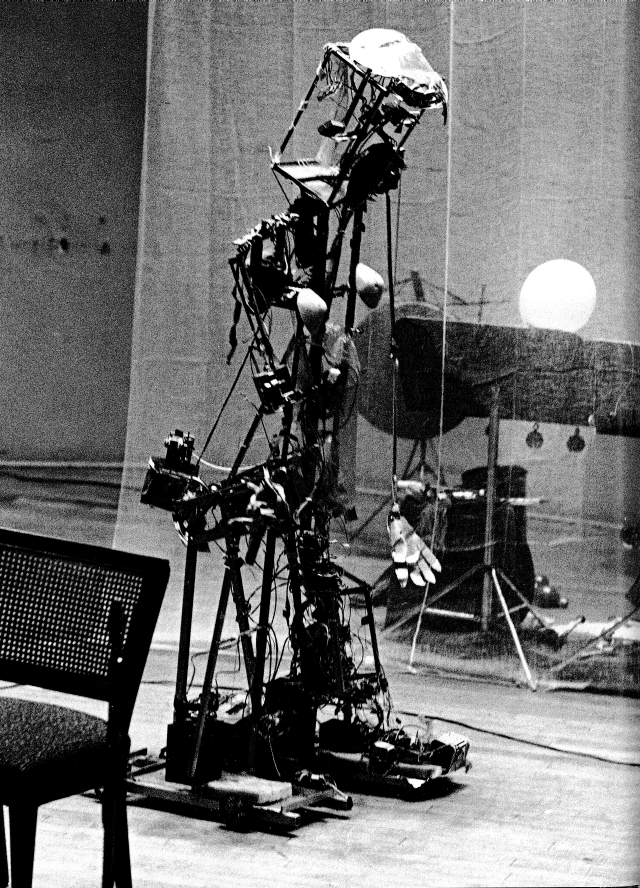
Nam June Paik, robot K-456, 1964
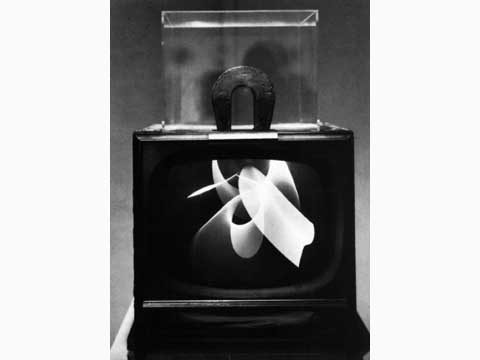
Nam June Paik, Magnet TV, 1965
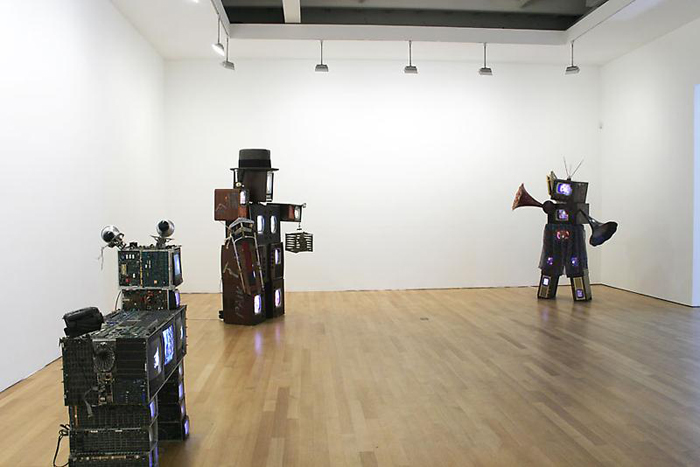
Nam June Paik, Family robot, 1965
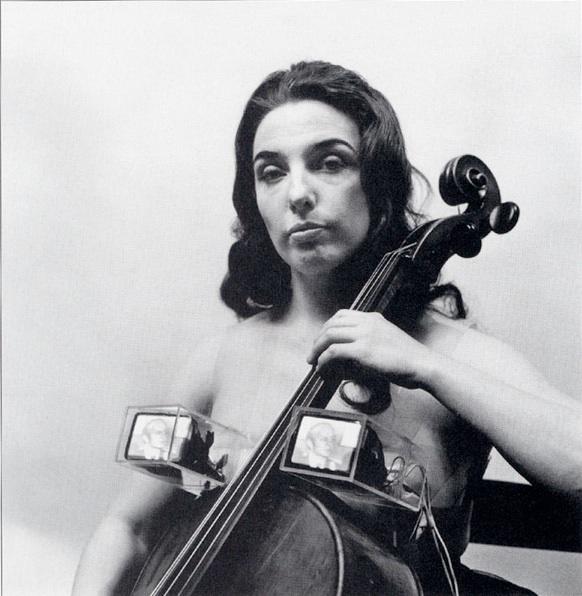
Nam June Paik, TV Bra for living sculpture, 1969
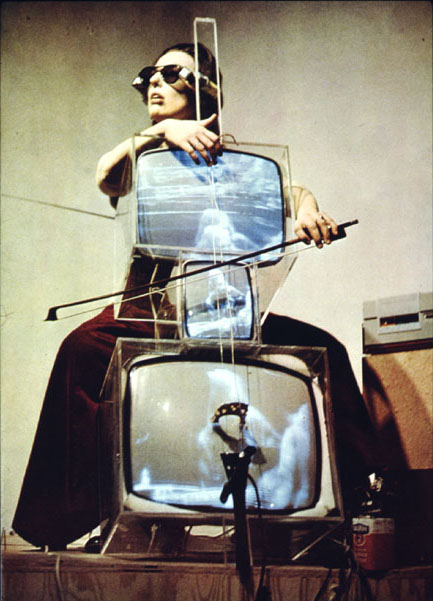
Nam June Paik, Charlotte Moorman Concerto for TV Cello and Videotapes, 1971
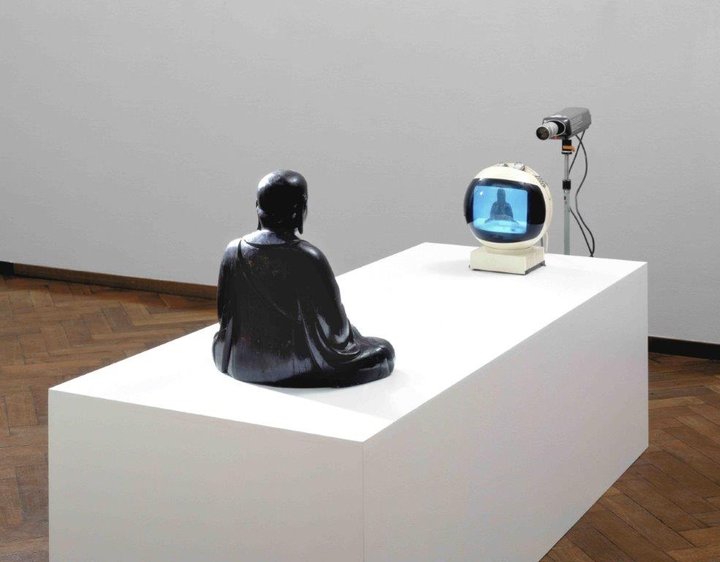
Nam June Paik, TV Buddha, 1974, Stedelijk Museum Amsterdam
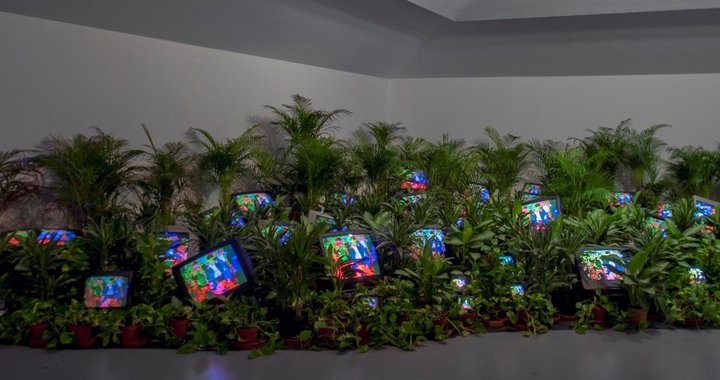
Nam June Paik, tv garden, 1974-2002
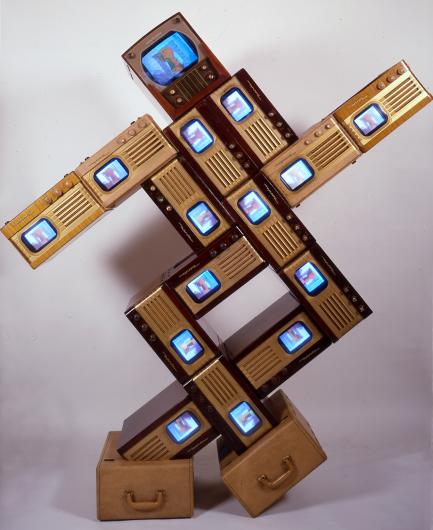
Nam June Paik, Perce Digital, vintage television cabinets, 15 monitors; color, silent, 1988, collection Roselyne Chroman Swig
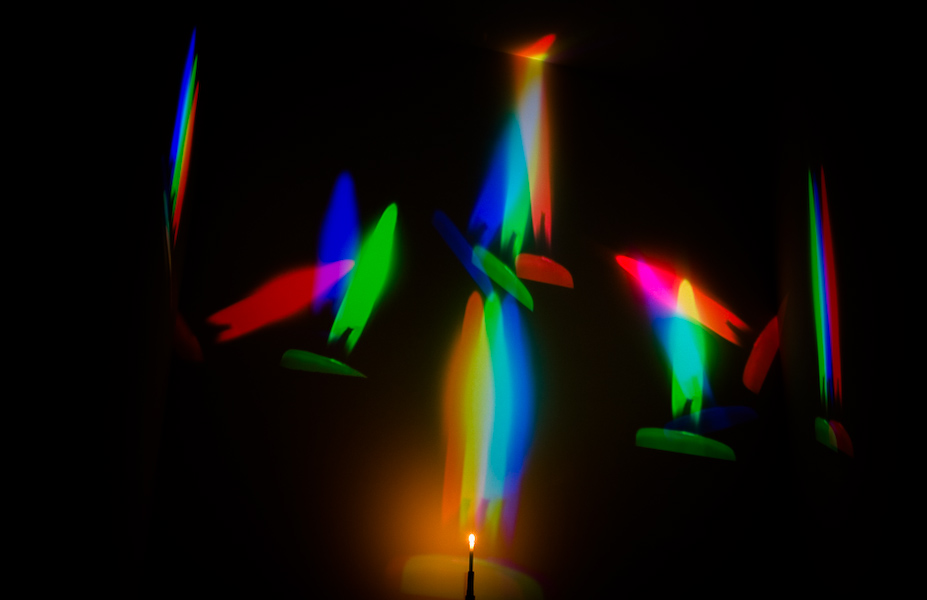
Nam June Paik, One candle, Candle on tripod, camera with zoom lens and tripod, signal converter, transformer, monitor, seven 3-tube projectors, 1988
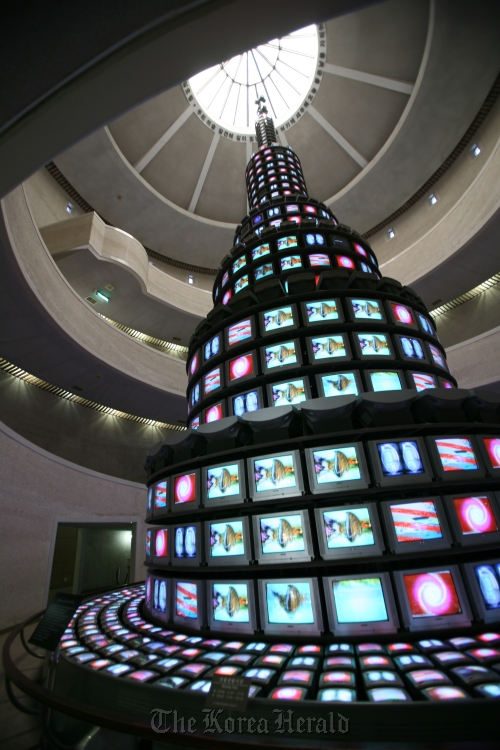
Nam June Paik Tadaikseon Video installation of 1003 TV monitors Olympic Games Seoul 1988
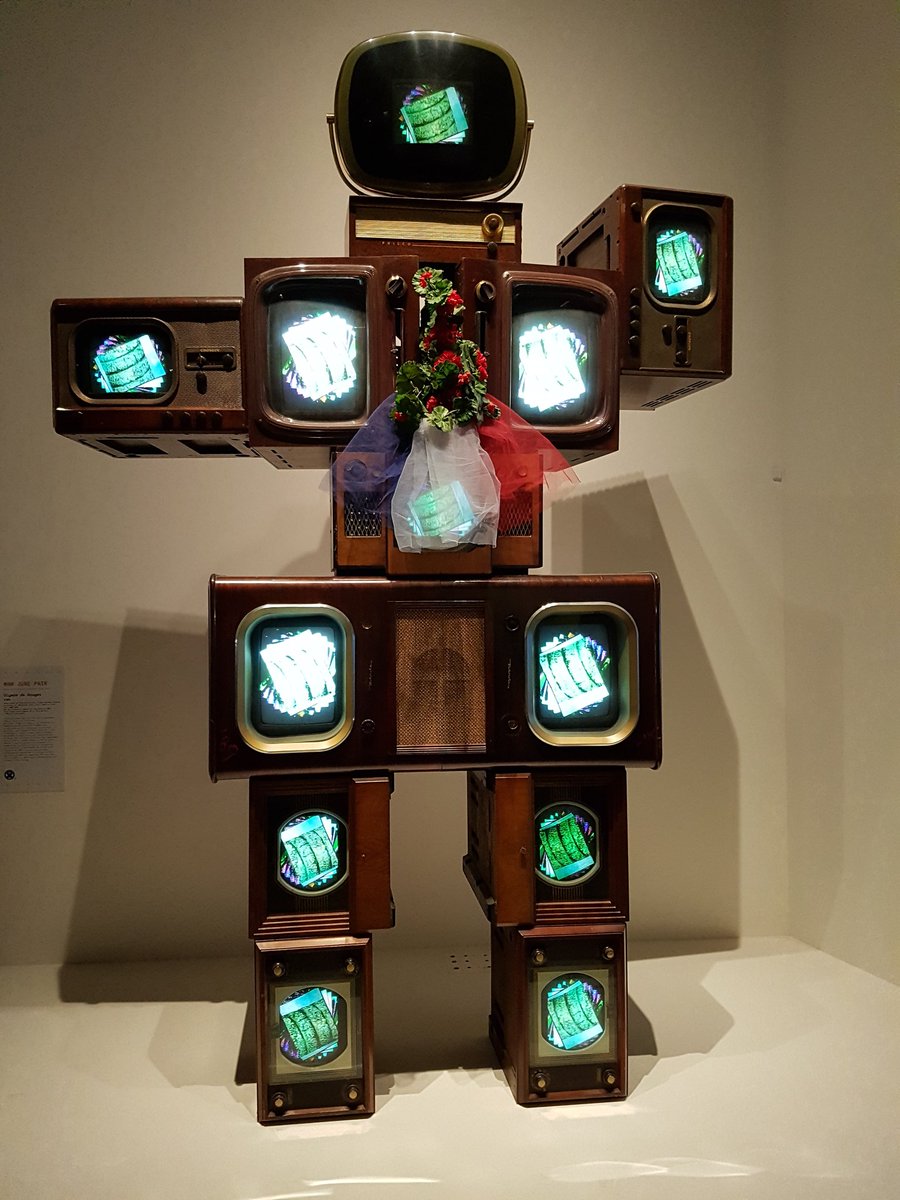
Nam June Paik, Olympe de Gouges, robot, 12 Tv laser disc video player, fabric, 1989
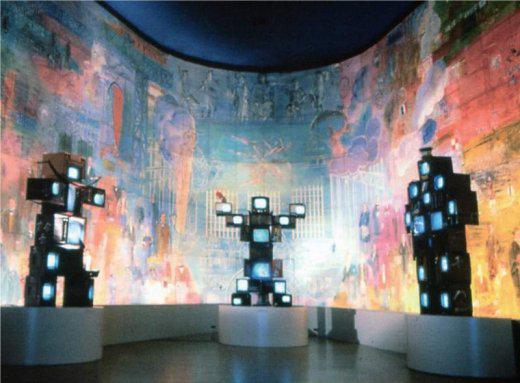
Nam June Paik, Fée Electricité (Raoul Dufy in the back), robots, 1989, Musée d'Art Moderne
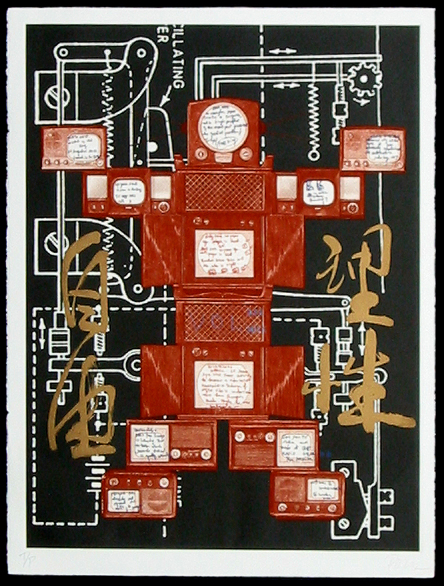
Nam June Paik, Voltaire, etching, lithograph on paper, 1989
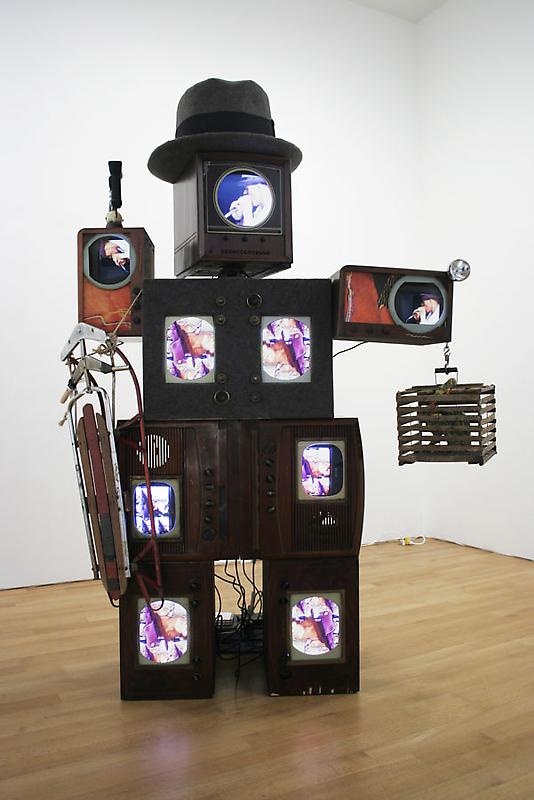
Nam June Paik, Beuys-voice ,1990, James Cohan
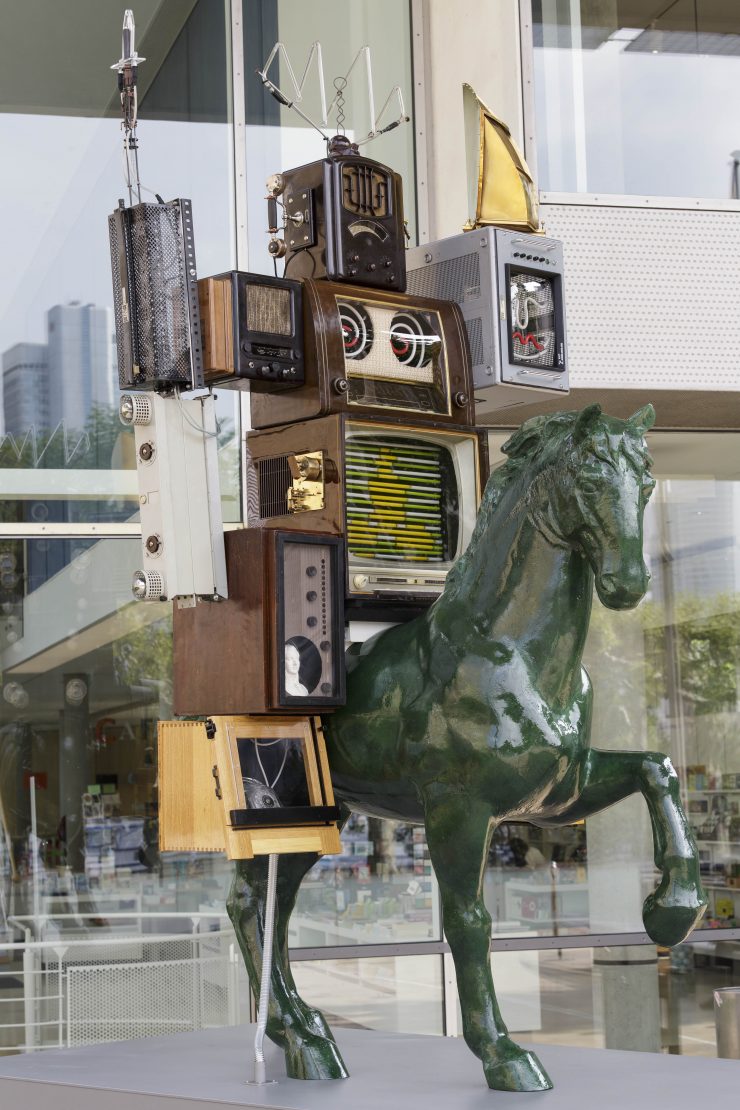
Nam June Paik, Pre Bell Man, Museum fuer kommunikation, Frankfurt, 1990
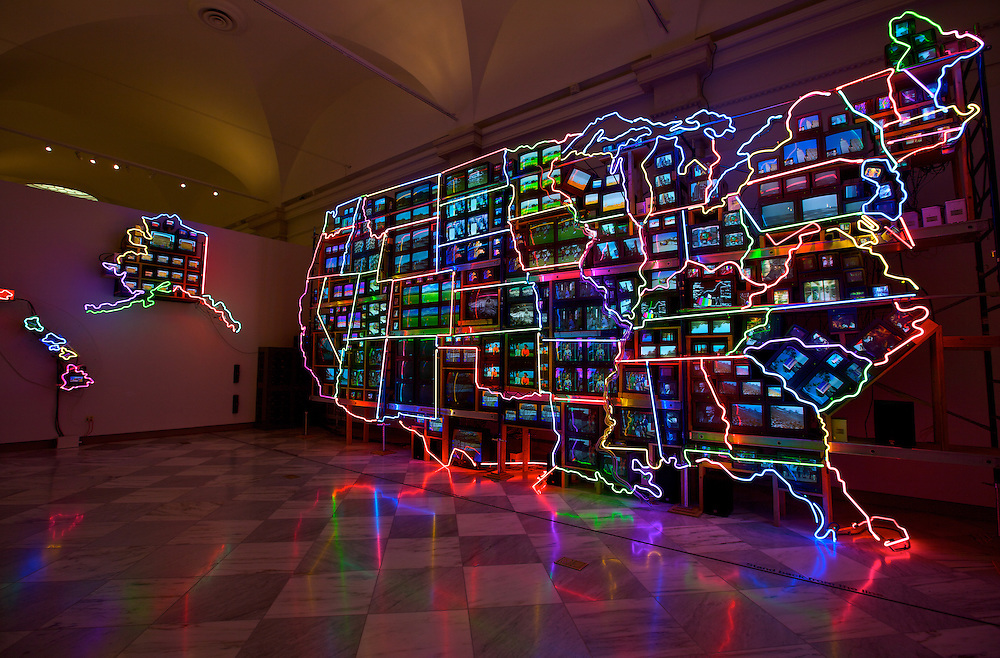
Nam June Paik, Electronic Superhighway Continental U.S., Alaska, Hawai, 1995, Smithsonian’s American Art Museum.
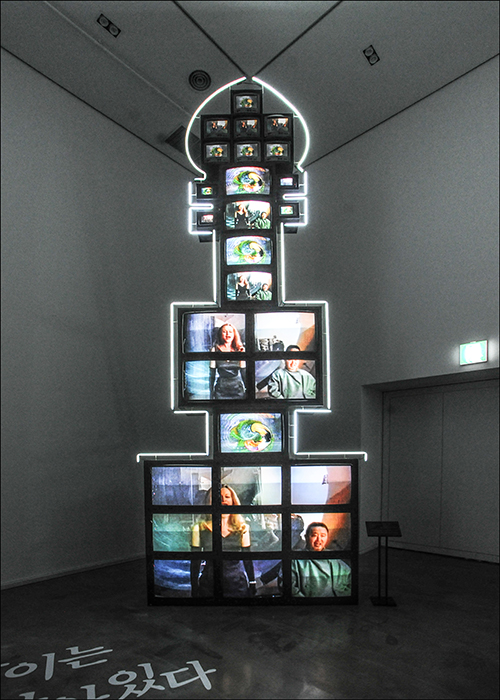
Nam June Paik ,'Tiger Lives- Cello', 2000
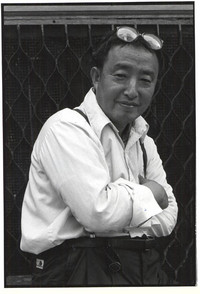
Nam June Paik
NAM JUNE PAIK is a South Korean artist, considered a pioneer in video art, also known as the "Michelangelo of electronic art" or "visionary missionary". The work and ideas of Nam June Paik have had a major influence at the end of the 20th century and continue to inspire a new generation of artists. Nam June Paik received in 1998 the Kyoto Prize (international award given to certain people for their contributions in the development of science, world civilization or spiritual elevation).
According to Artprice, Nam June Paik had a turnover of 638 k € in 2023.
Contact: https://gagosian.com/artists/nam-june-paik/
PROFILE
Nam June Paik was born in Seoul on July 20, 1932. He died in Miami on January 29, 2006. After studying music at Kyungi High School in Seoul from 1945 to 1950, he continued his musical studies at the University of Tokyo from which he graduated (1956). There he did a thesis on the composer Arnold SchÖenberg. Nam June Paik left for Germany in 1956 and enrolled at the Freiburg Conservatory from 1957 to 1958. He participated in the research of Karlheinz Stockhausen and Luigi Nono in the electronic music studios of the WDR in Cologne. The following year he met John Cage at the Darmstadt Summer Classes for Contemporary Music. He then joined the research laboratory of the electronic music studio of Radio Cologne. In 1961, he met George Maciunas, the founder of Fluxus, and performed as part of this movement, concerts and performances. Fluxus mixes music, action, visual arts and verb. In 1964, he moved to New York. In 1979 he was appointed professor at the Academy of Fine Arts in Düsseldorf.
As a result of his experiences at Fluxus, Nam June Paik fully invests in a new medium: the electronic image. In 1963, he presented at the Parnass Gallery in Wuppertal, Germany, an “Electronic Music and Television Exhibition”. There were, placed on the floor, thirteen televisions connected to frequency generators, broadcasting only images made up of zebra and streaks. The artist diverts the use of television. This is how abstract television was born, and Nam June Paik paved the way for video art. In 1965 he presented his first Electronic Art videos.
At the end of the 1960s, the invention of the video cassette enabled a wide distribution of video art. As early as 1964, he built robots using cables and metal. In 1970, Nam June Paik designed with engineer Shuya Abe the first image synthesizer that mixes colors and separates form and content. Images can thus be multiplied, metamorphosed. This tool has revolutionized video technology. In 1973, he directed "Global Groove", the best known of the many videotapes that Nam June Paik made and which prefigures universal communication and the frenzy of zapping. In 1974, the artist produced one of his most famous works: TV Buddha (continued)
EXHIBITIONS
"Art in Process" by Nam June Paik, Retrospective, Gagosian New York, from 24 May to 22 July 2022
The very large exhibition of Nam June Paik, entitled "Nam June Paik: The Future Is Now", presented previously at Tate Modern, in London and at the Stedelijk Museum in Amsterdam in 2020, was presented at the San Francisco Museum of Modern Art from 8 May to October 3, 2021.
PAST EXHIBITIONS
ANNA PARK
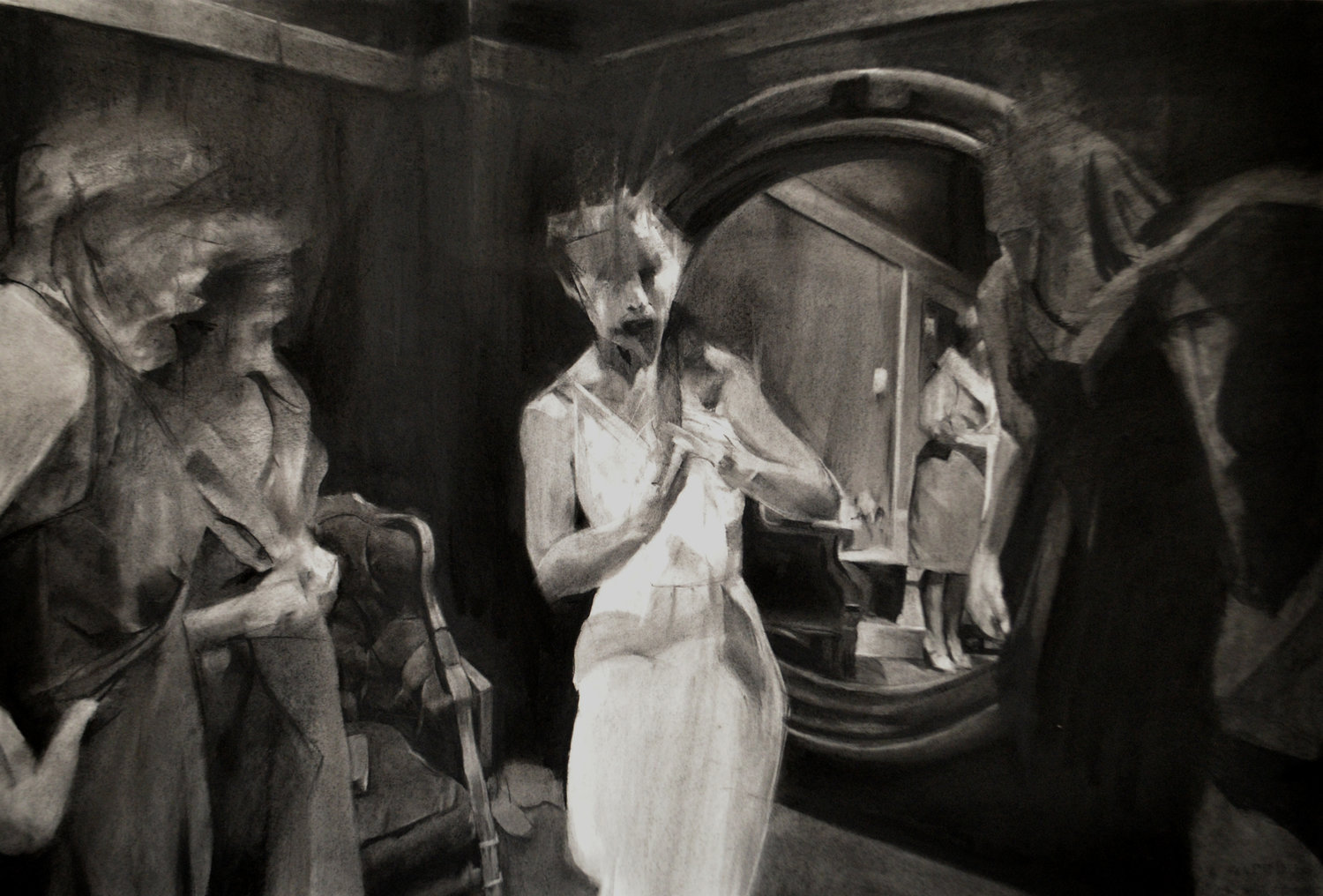
Anna Park, Expectations, charcoal on paper, 2018
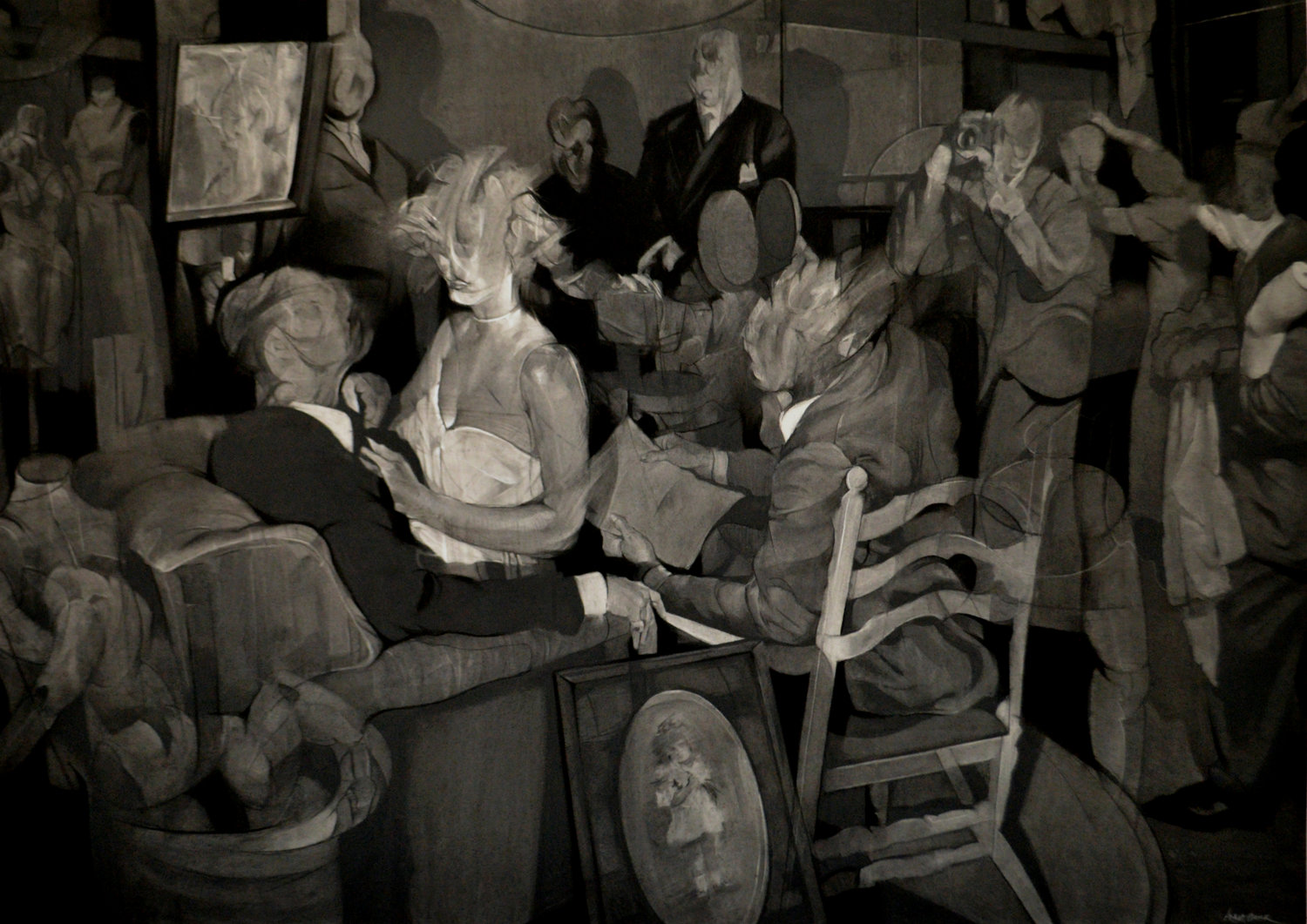
Anna Park, Ode to The Butcher, charcoal on paper, 2018
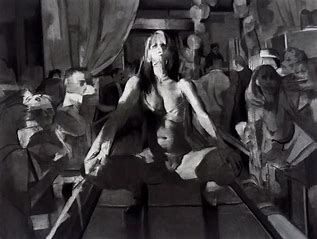
Anna Park, Product Placement, charcoal on paper, 2019
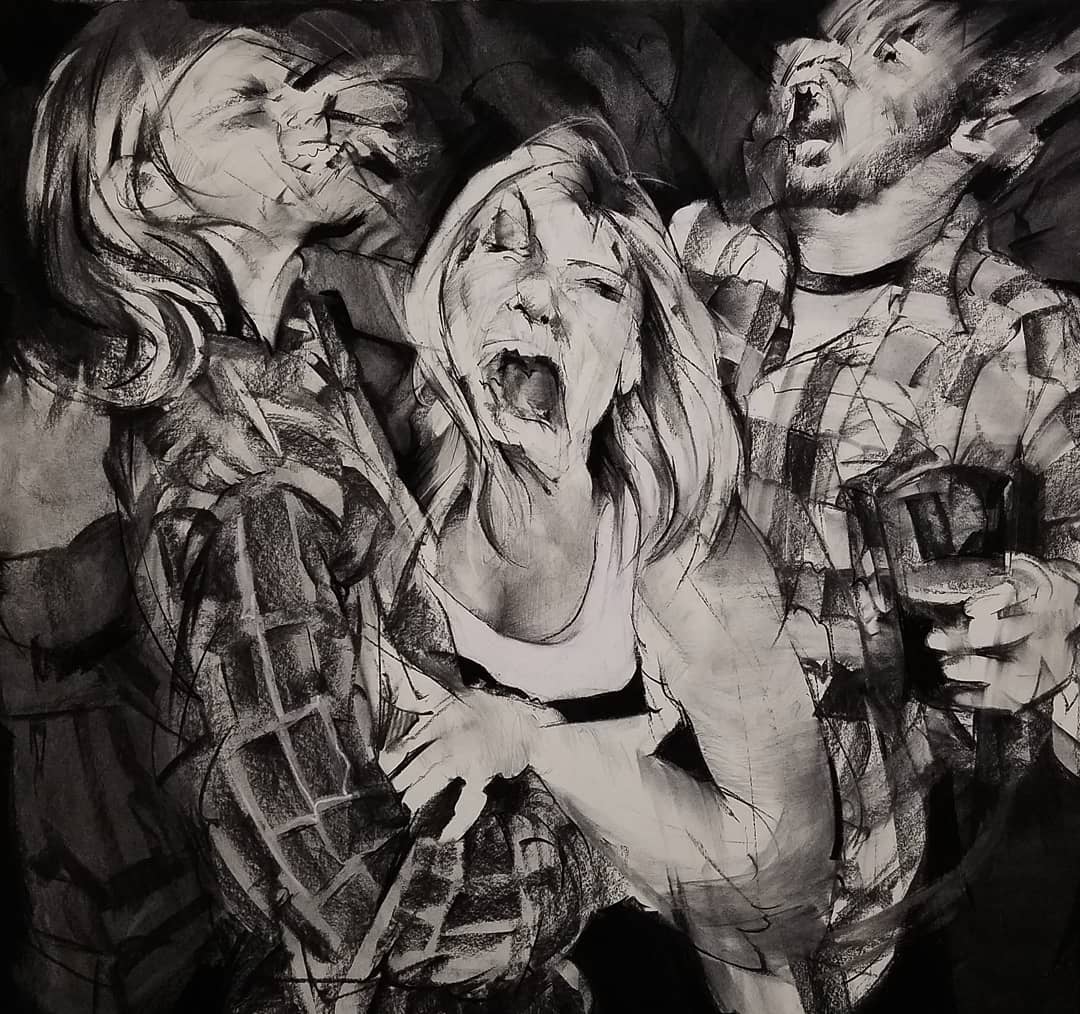
Anna Park, Real Estate, charcoal on paper, 2019
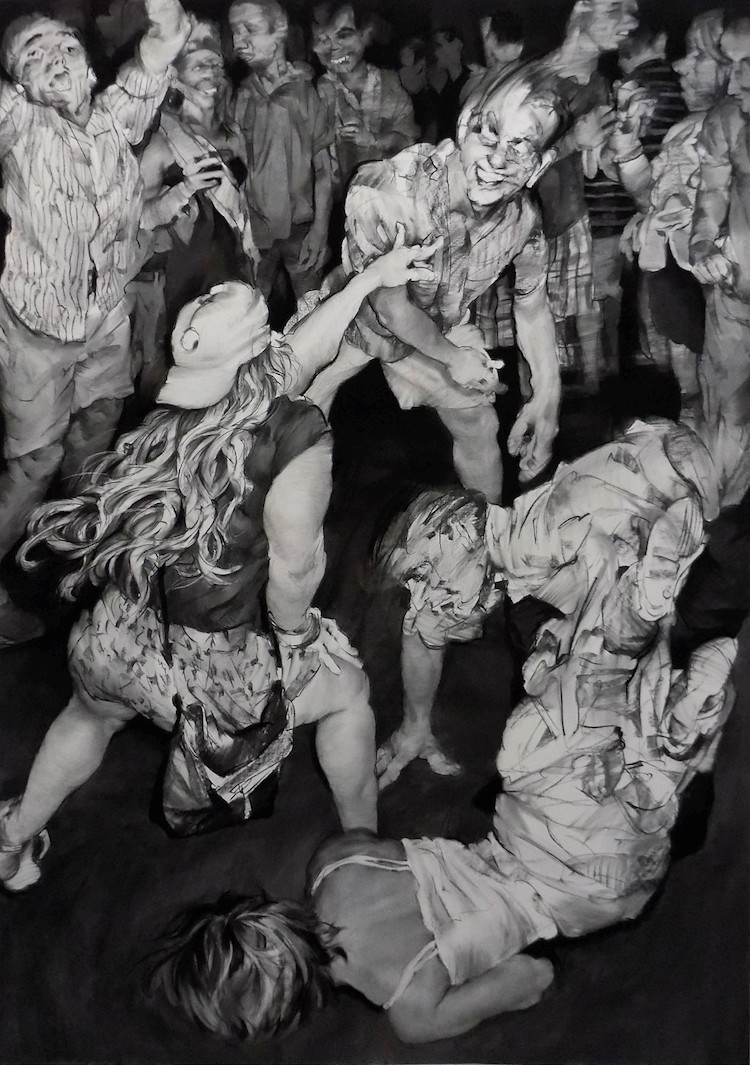
Anna Park, Tag team, charcoal on paper, 2019
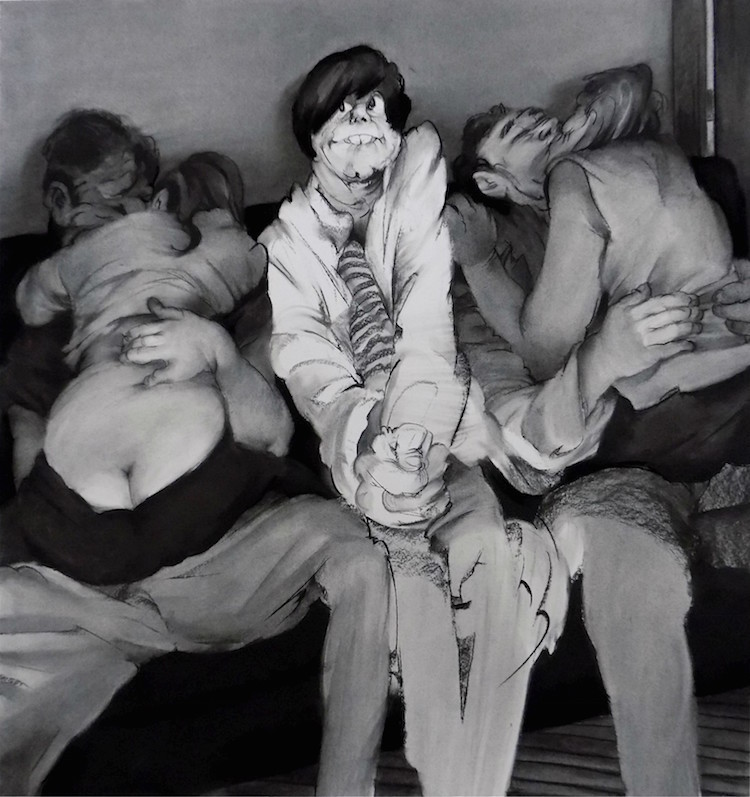
Anna Park, Mayo, charcoal on paper, 2019
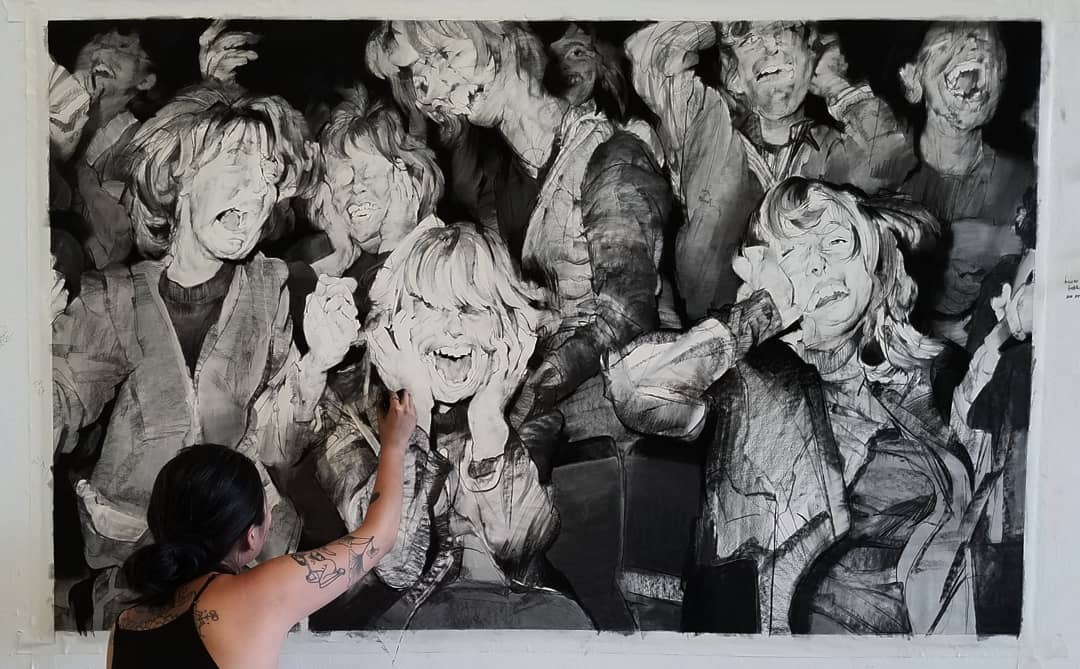
Anna Park, How to Fake An Orgasm, charcoal and graphite on paper, 2019
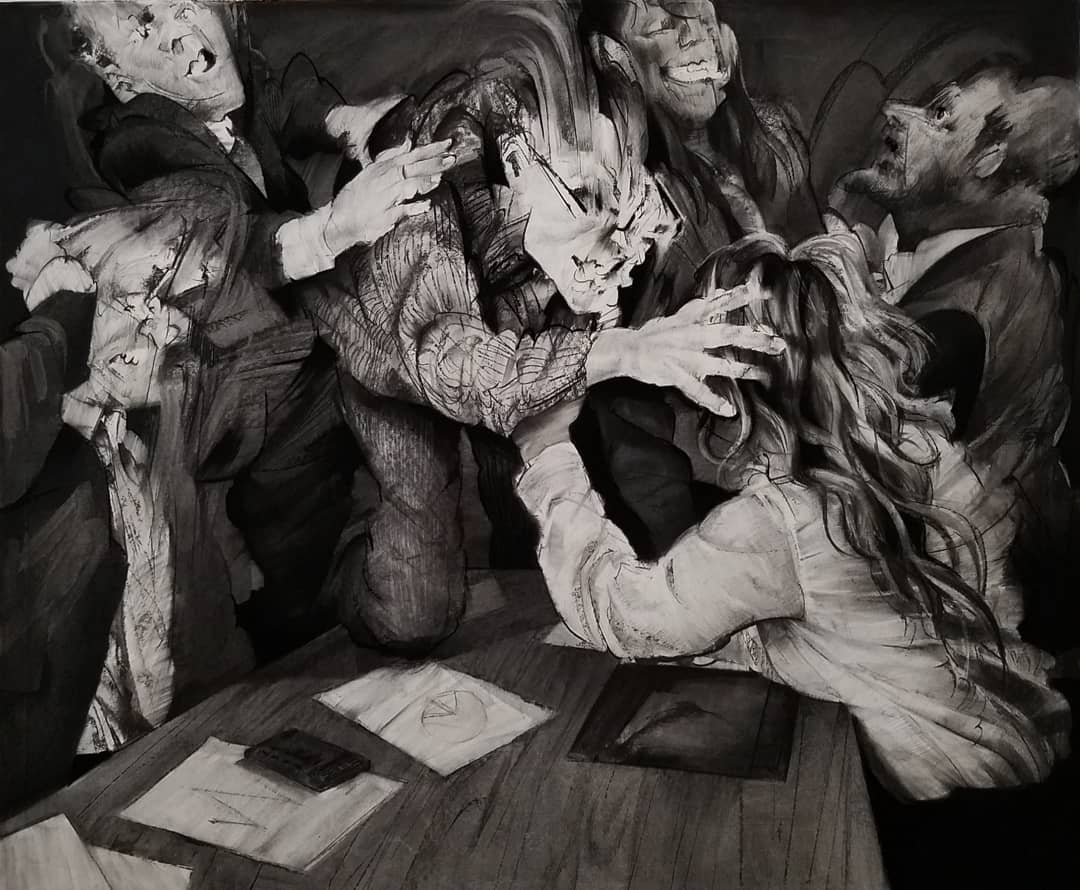
Anna Park, Human Resources, charcoal and graphite on canvas, 2019
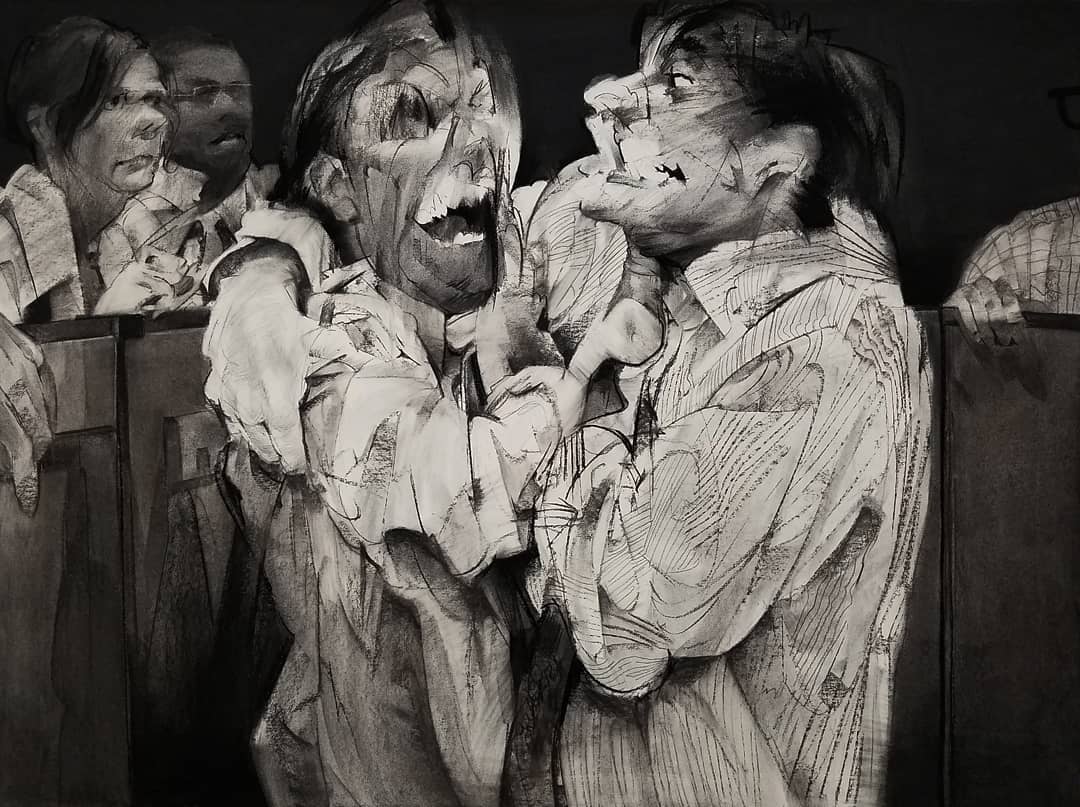
Anna Park, Ride or Die, charcoal on canvas, 2019
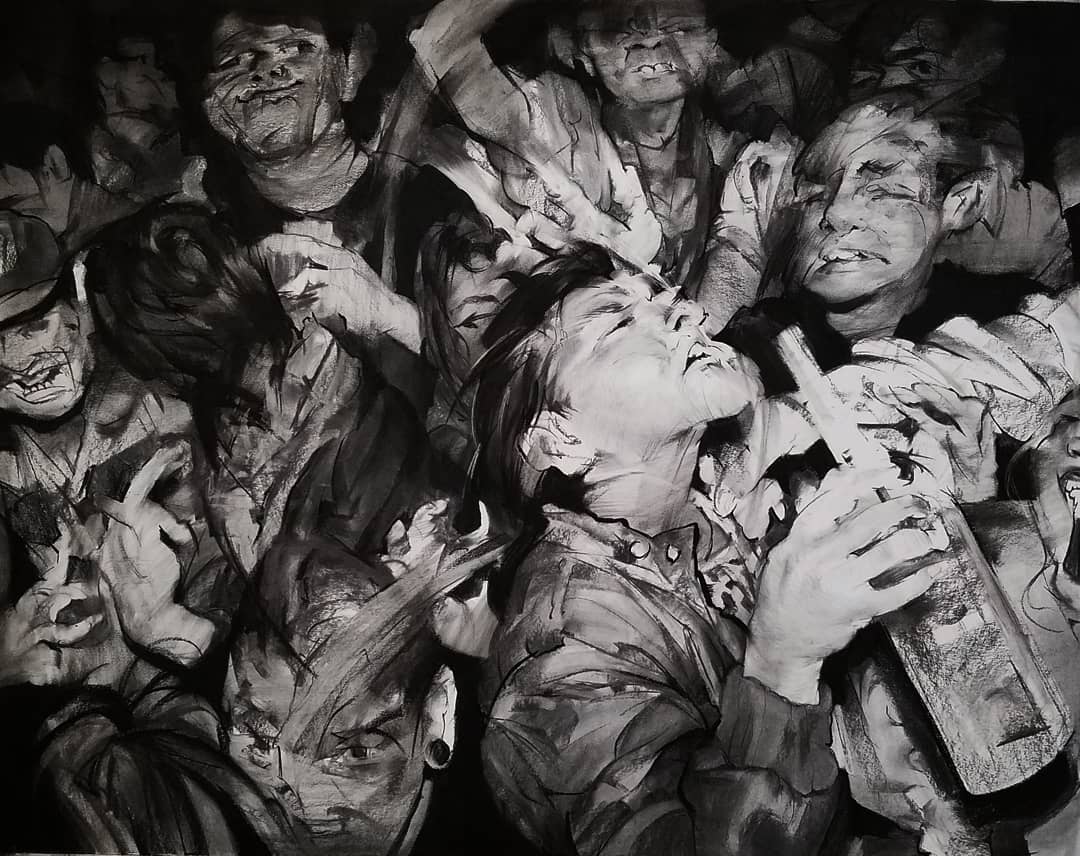
Anna Park, Sip of that koolaid, charcoal on paper, 2019
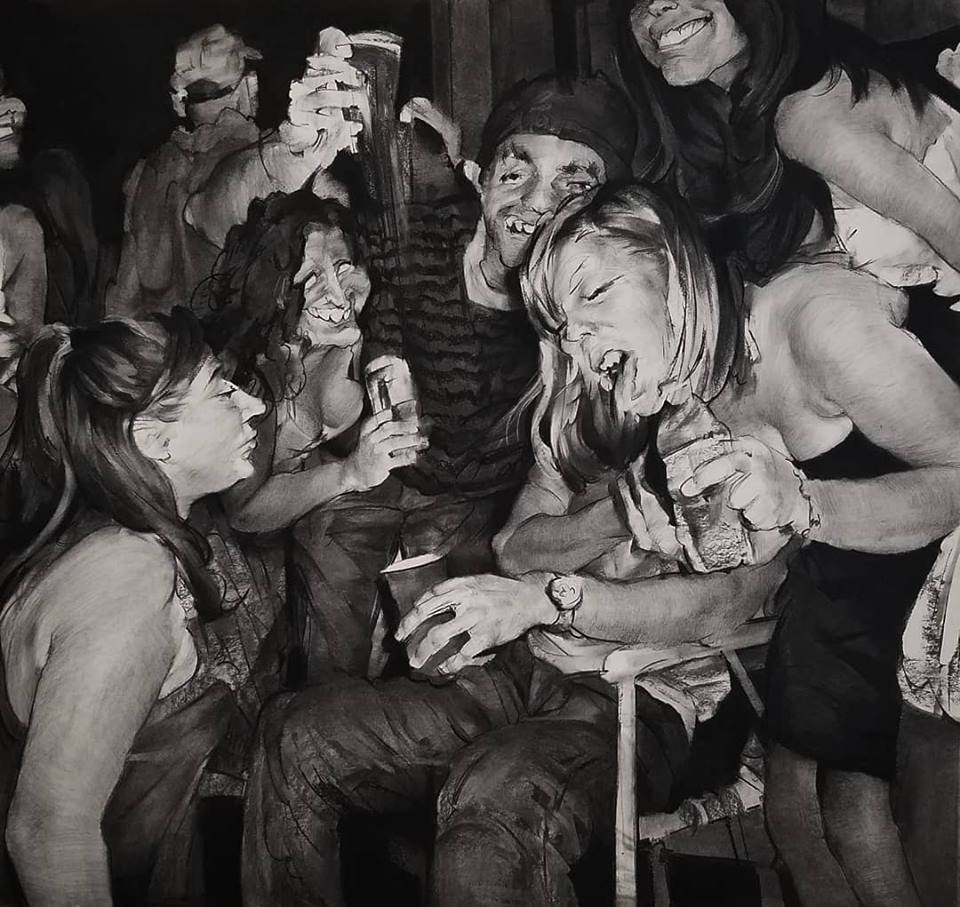
Anna Park, Eyes up here, charcoal and graphite on paper, 2019
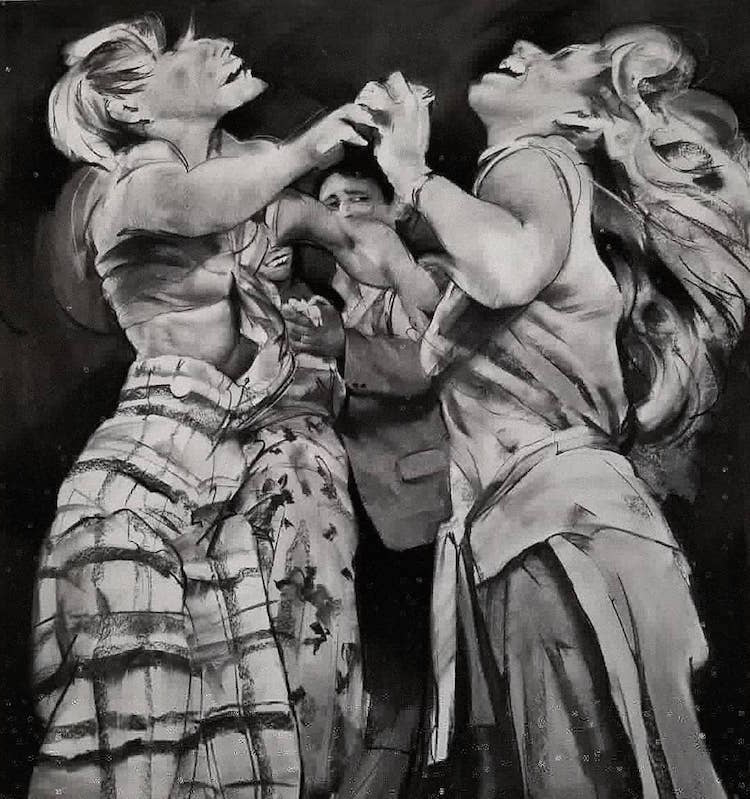
Anna Park, Susan, charcoal on paper, 2019
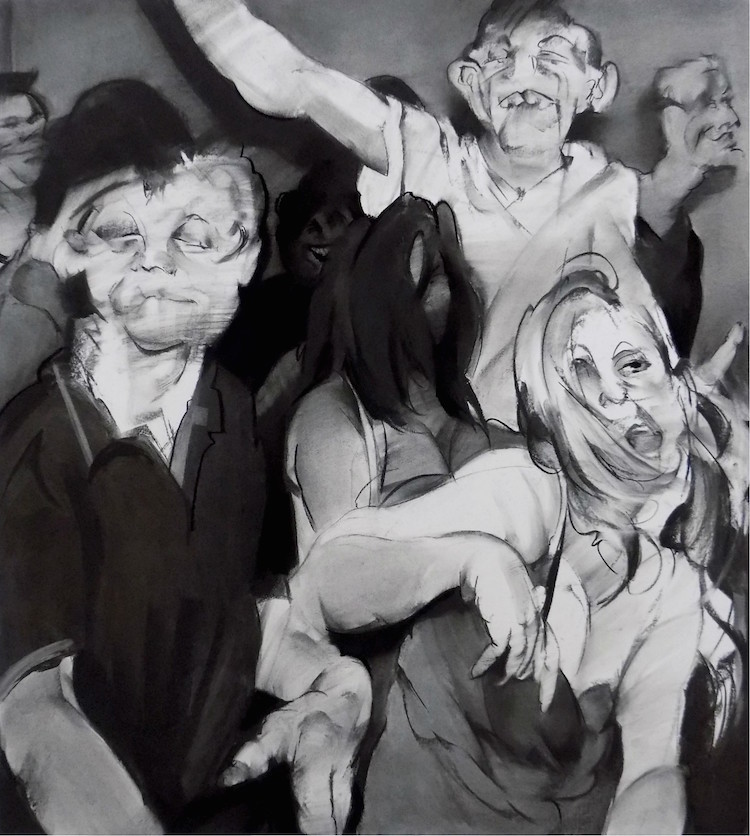
Anna Park, Making Friends, charcoal on canvas, 2019
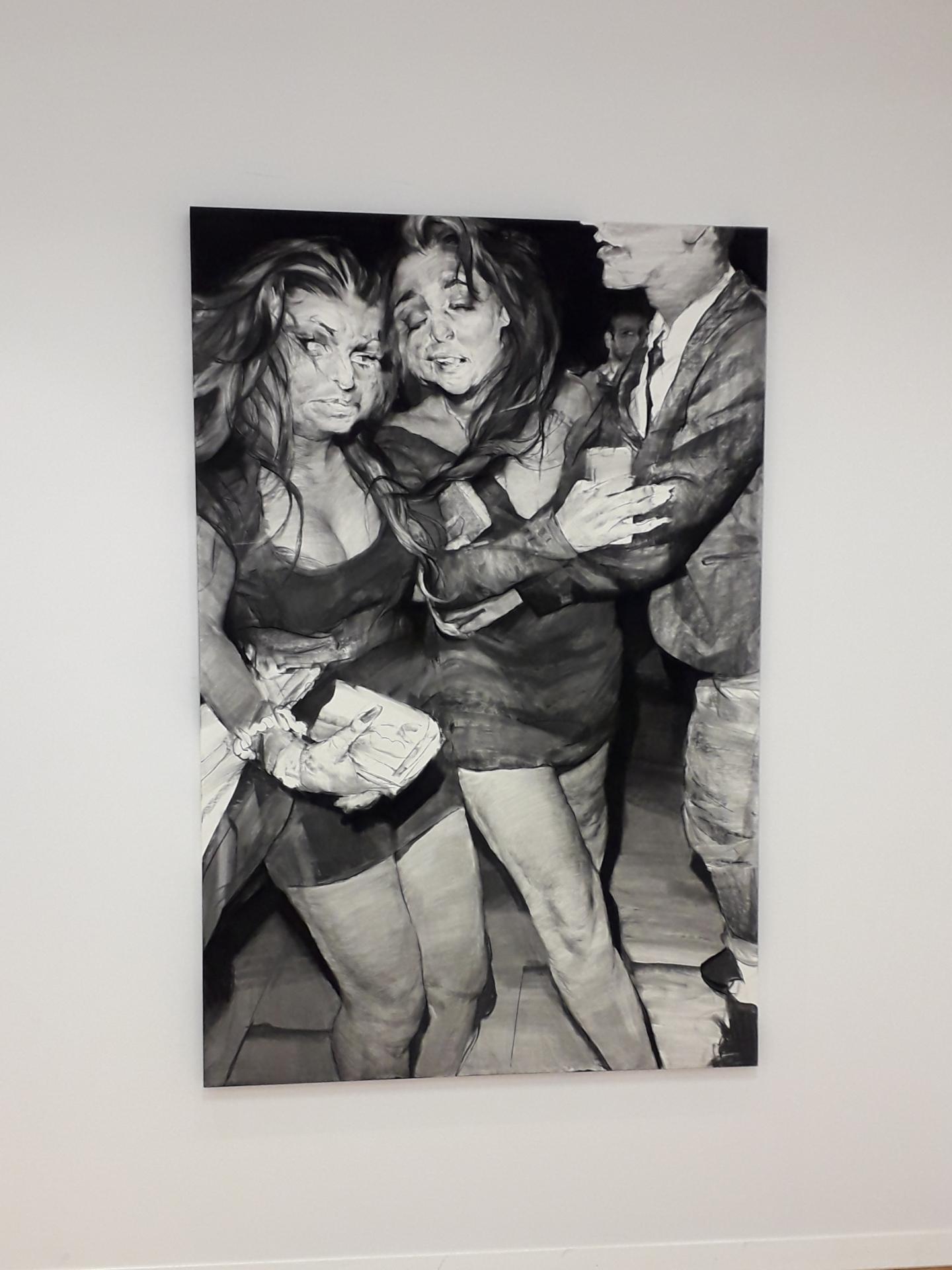
Anna Park, I to I, charcoal and graphite on paper mounted on panel, 2019, Asia Now 2019
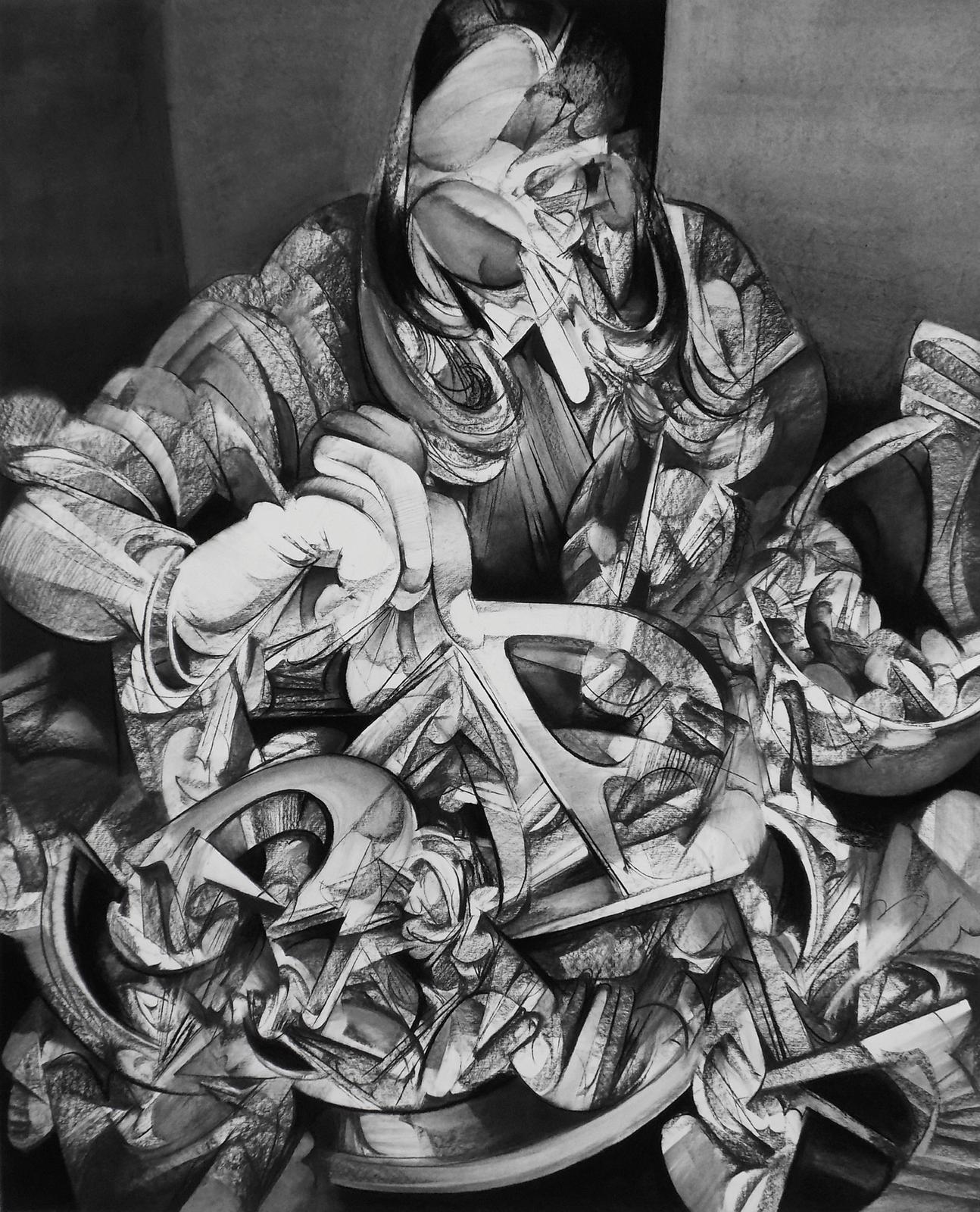
Anna Park, Pass me Another, 2020, charcoal on paper, photo Giorgio Benni
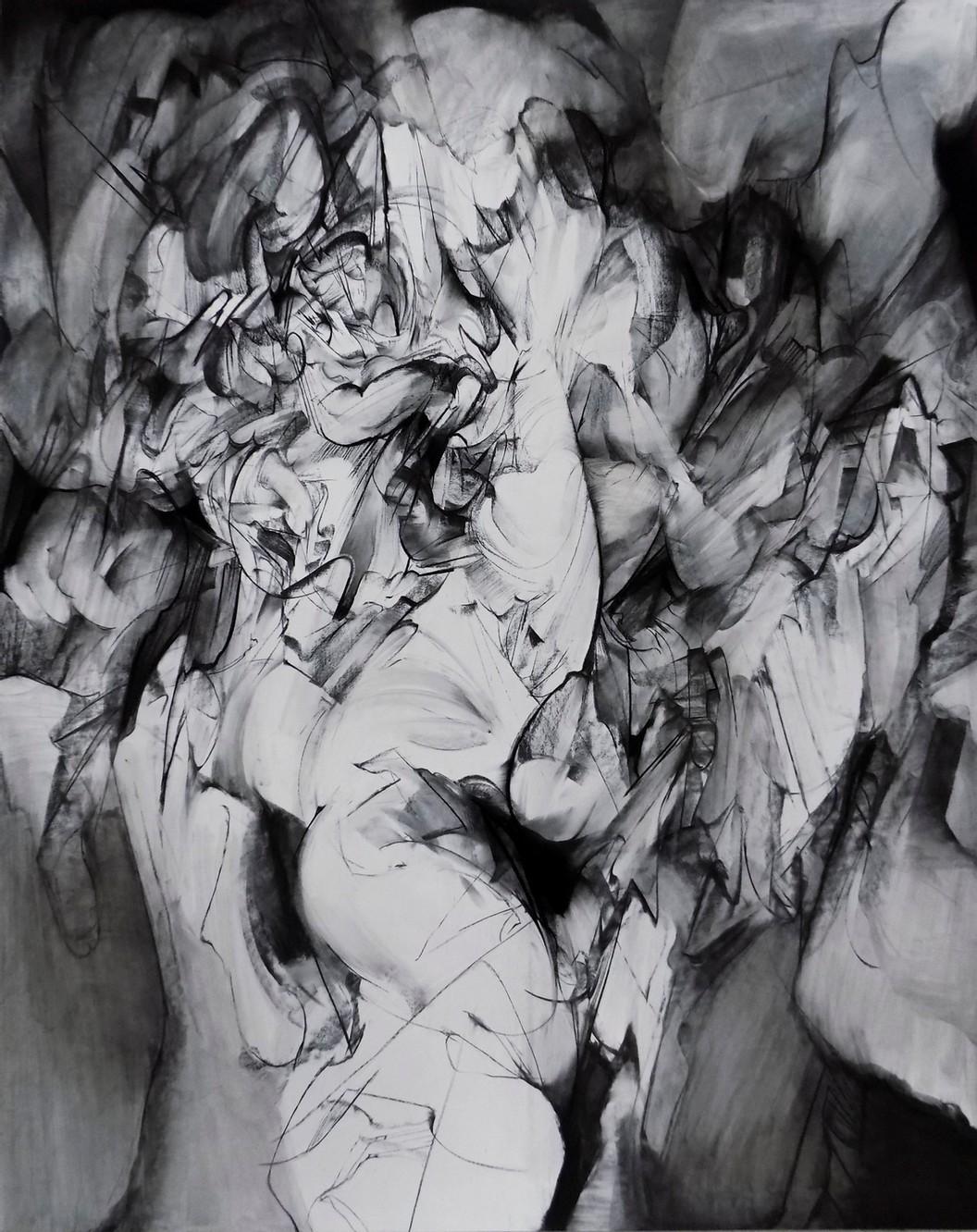
Anna Park, Nude, 2020, charcoal on panel
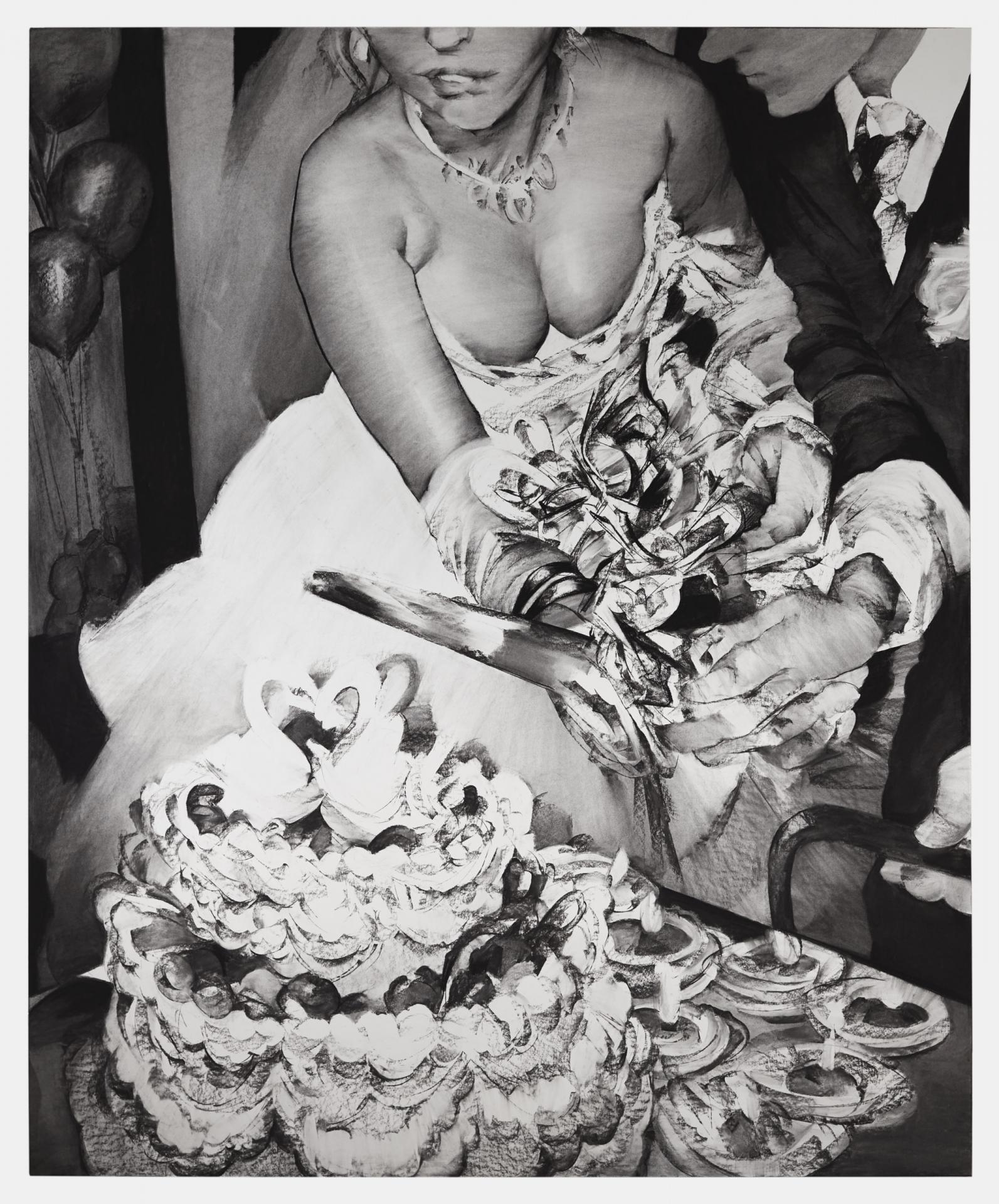
Anna Park, First Marriage, 2021, charcoal on paper mounted on panel Half Gallery
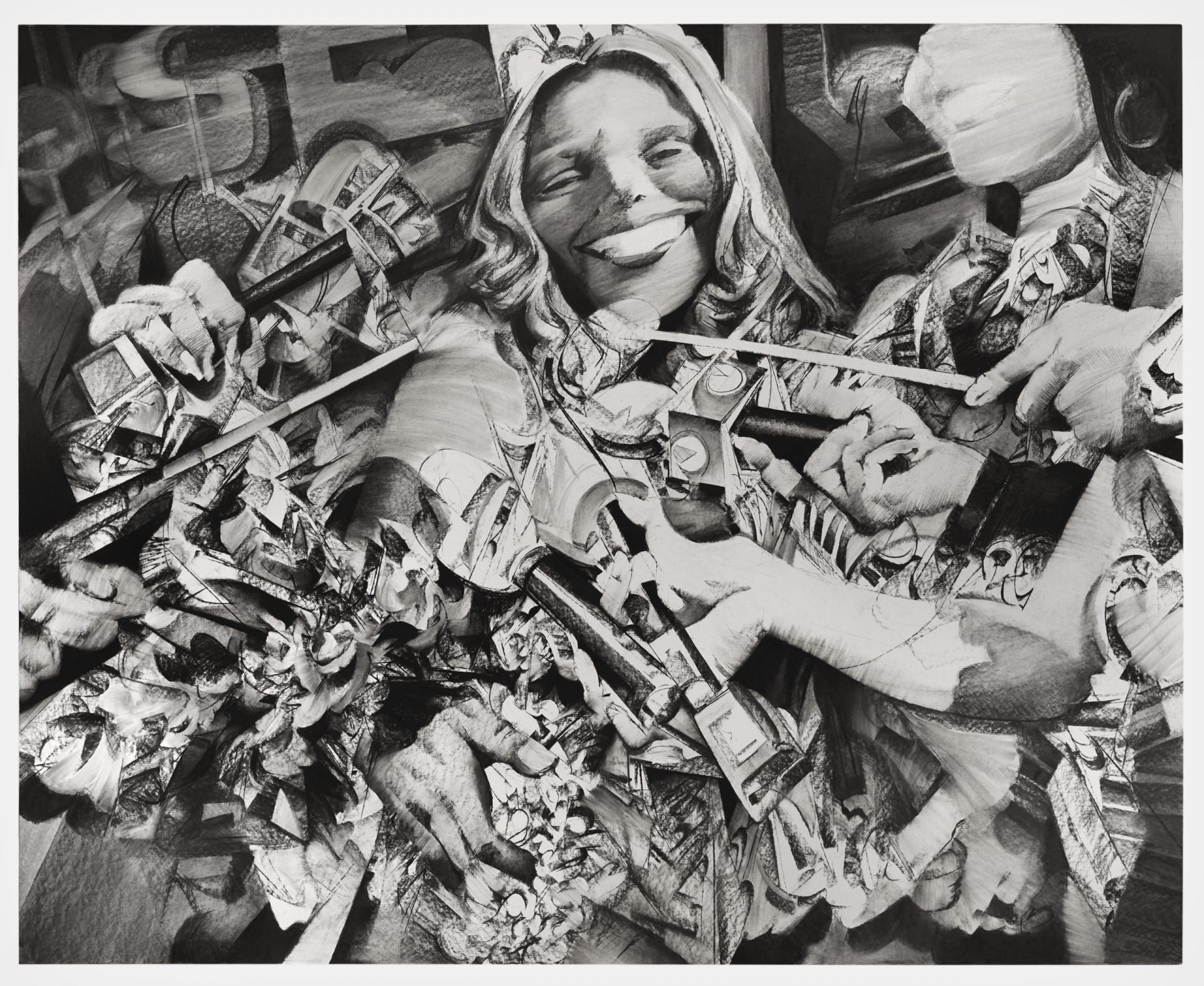
Anna Park, Now You See Me, 2021, charcoal on paper on panel, Blum & Poe
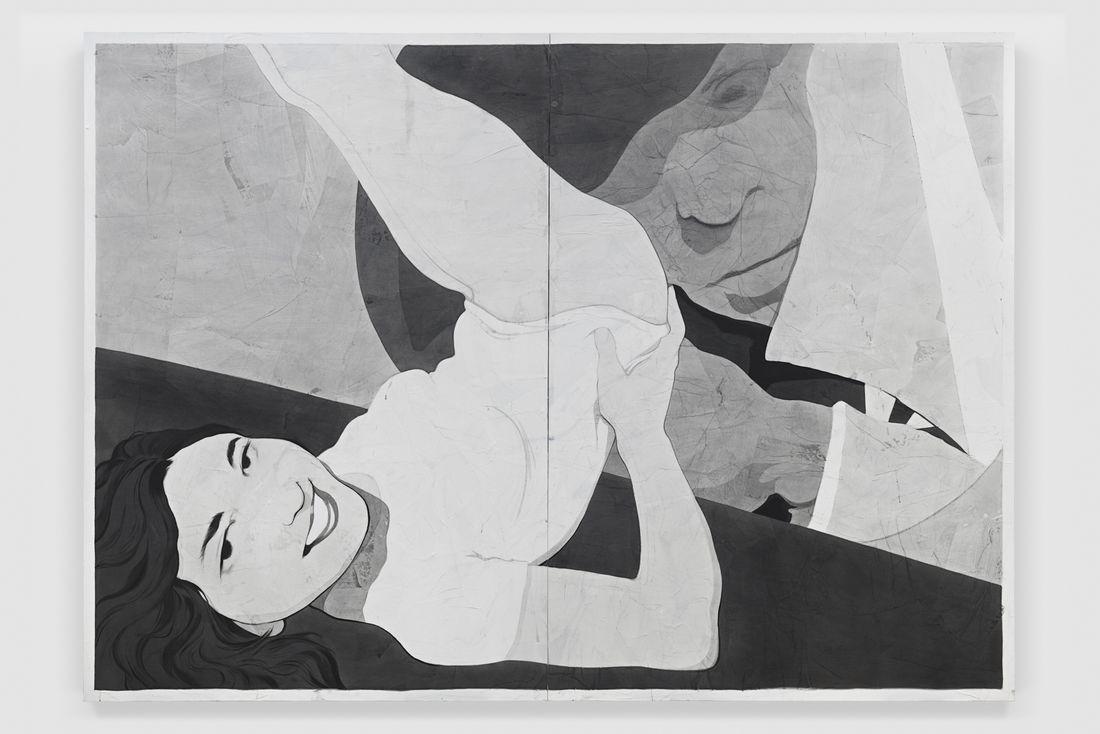
Anna Park, Smells Like Roses, 2022, ink, acrylic, charcoal and paper on panel Blum & Poe LA, photo Geneviève Hanson
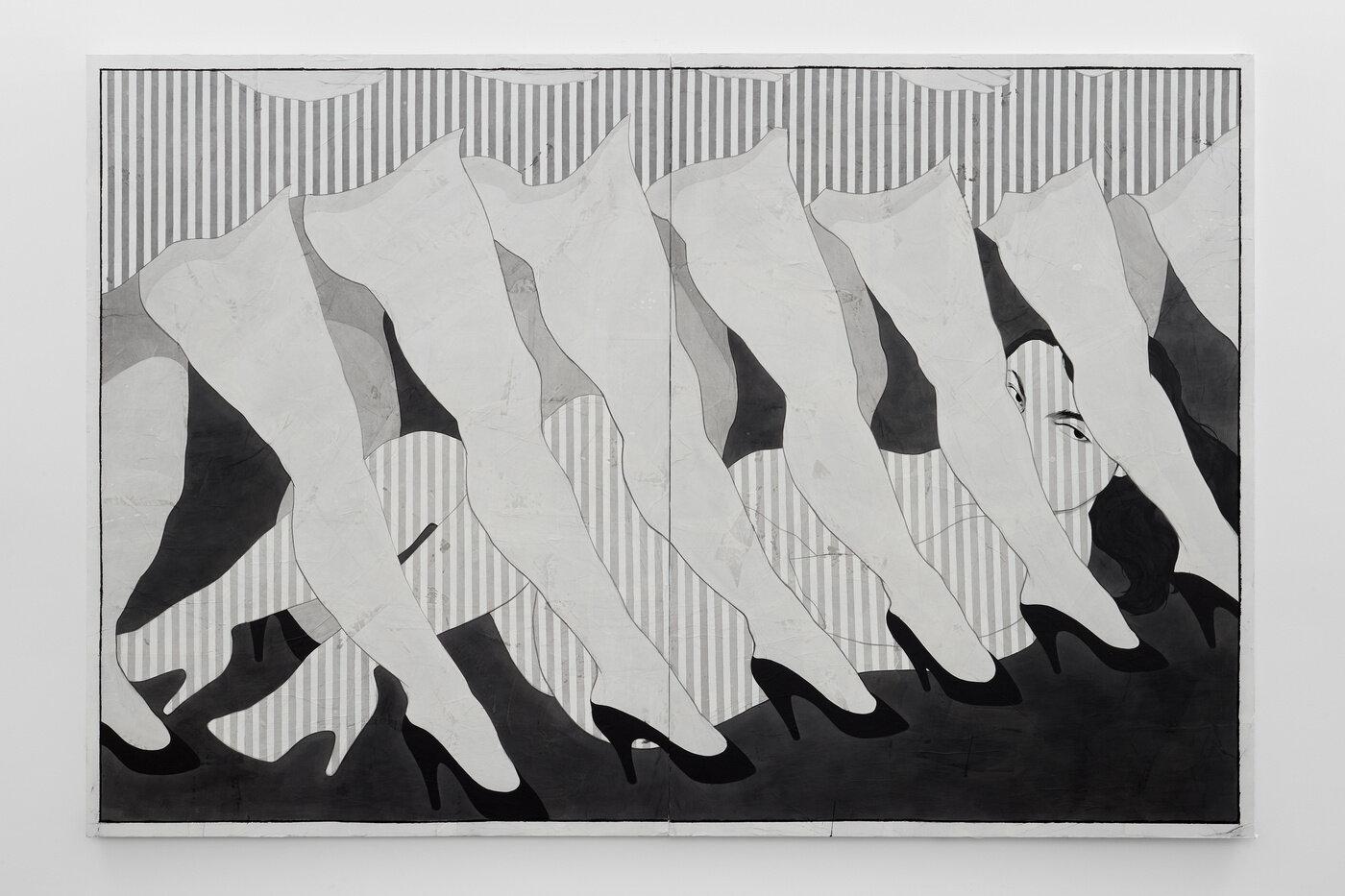
Anna Park, It's Called Show Business, 2022, ink, acrylic, charcoal, and paper on panel, Blum & Poe, photo Evan Walsh
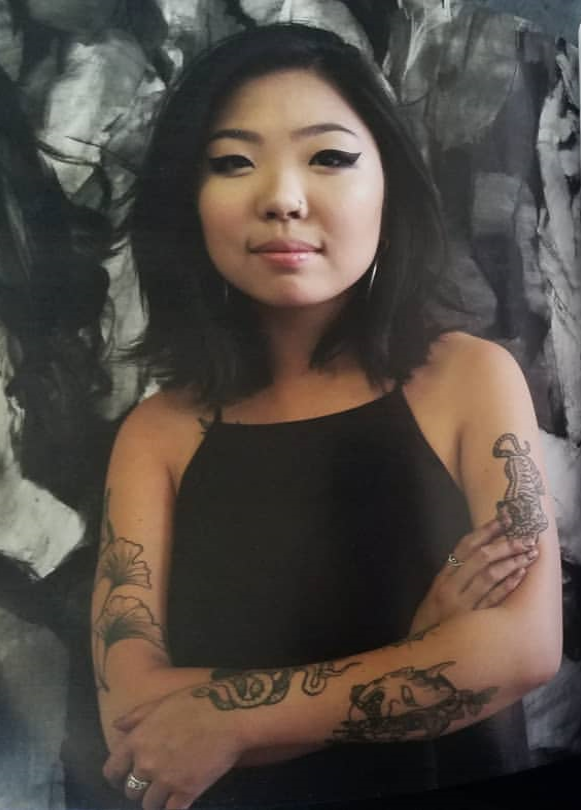
Anna Park
ANNA PARK is a very young contemporary artist born in South Korea. She uses dry mediums like charcoal and graphite to achieve excellent technical drawings. In 2018 she was awarded the Grand Prize place in Strokes of Genius Competition. At her last exhibition at Blum & Poe in Tokyo in September 2001, Anna Park sold out of all her works, ranging from $40,000 to $58,000.
Anna Park joined Lehmann Maupin gallery in 2025.
https://www.annaparkart.com/
https://www.instagram.com/annaparkart/?hl=fr
https://www.facebook.com/annaparkart/
PROFILE OF THE ARTIST
Anna Park was born in 1996 in South Korea. When she was a very young girl, she left for the United States to pursue artistic training. She lived for 8 years in Utah where she studied at the Visual Art Institute. She then trained for two years at the Pratt Institute (Drawing concentration) in New York, where she graduated (2015-2017). She then obtained the Certificate of Fine Arts Program at the New York Academy of Art (2017-2018). She is currently preparing her Master of Fine Arts at the New York Academy of Art. She has just spent two months as a resident artist in Leipzig, Germany. She lives and works in Brooklyn, New York.
Anna Park’s charcoal drawings are really captivating. The action seems to sway between pleasure and violence, her subjects' faces being distorted and disappearing. The artist oscillates between a cartoon and a realistic rendering.
Anna Park depicts scenes of crowded parties and gatherings; she adds an additional comic element to her subjects, Juxtapoz Magazine reports. Humorous at first glance, Anna Park’s work can also seem darker, like a critique of society and crowd behavior. Previously my work rarely deviated from the references I was working on. Gradually, I began to distort and to abstract parts that could give more emphasis to charcoal. It was only recently that I introduced a cartoon / caricature element, which reminded me of the characters I used to draw when I was a little girl, ”adds Anna Park. µ
The artist finds her sources on the Internet and reclaims the images she found, using her own imagination to create her works on black and white paper. In recent charcoal drawings, she appropriated images from the 1920s.
“Charcoal as the medium of my choice, allows me a deep intimacy with my work. For example, the way it stains my fingers and throws a veil over my arms while I am working. To me, this is an immersive experience that I hope to share with the viewer through black and white snapshots that illustrate the transient nature of all human experience. " Through these powerful lines in black and white, which we could see in her new Series presented at the T293 gallery in Rome at the end of 2020, “On Tilt”, we find references that derive from sources as diverse as the Hollywood productions of twenties, moving from the language of comics to futuristic mentions.
In her exhibition at Blum & Poe in Los Angeles - from November 5 to December 17, 2022 - Anna Park depicted her alter ego in a series of urbane, pared-down portraits. Anna Park's work has evolved into a distinct style that currently uses the visuals of film and advertising.
In her exhibition at Blum & Poe in Los Angeles - from November 5 to December 17, 2022 - Anna Park depicts her alter ego in a series of urbane, pared-down portraits. Anna Park's work has evolved into a distinct style that currently uses the visuals of film and advertising. The artist channels perceptions of Los Angeles cultural production. She examines the different ways in which the body is perceived through a voyeuristic lens in contemporary culture.
https://www.blumandpoe.com/exhibitions/anna_park_los_angeles
Following her New York exhibition, Pluck Me Tender (April 8-May 8, 2021) at Half Gallery, four of Anna Park's works have joined important American collections, including the Museum of Fine Arts, Houston and the Institute of Contemporary Art, Miami. In addition, her first solo museum exhibition was on view at the SCAD Museum of Art, Savannah, Georgia (Usa).
Anna Park's first international museum exhibition, "Look, Look Anna Park", at Art Gallery of Western Australia (AGWA) from 20 April to 8 September 2024. The exhibitioni presented the artist's latest large-scale black and white drawings. Drawing on popular culture and personal experience, Anna Park explores identity, sexuality and power in today's media-driven world.
EXHIBITIONS
Anna Park's last solo exhibitions: 2024 "Look, look. Anna Park", Art Gallery of Western Australia (AGWA) ; 2022, "Mirror Shy", Blum & Poe gallery, Los Angeles ; 2021, "Pluck Me Tender", Half Gallery, New York, "Hello, Stranger", Blum & Poe, Tokyo ; 2020 "Tilt", gallery T293, Roma.
PAST EXHIBITIONS
SEUNGMO PARK
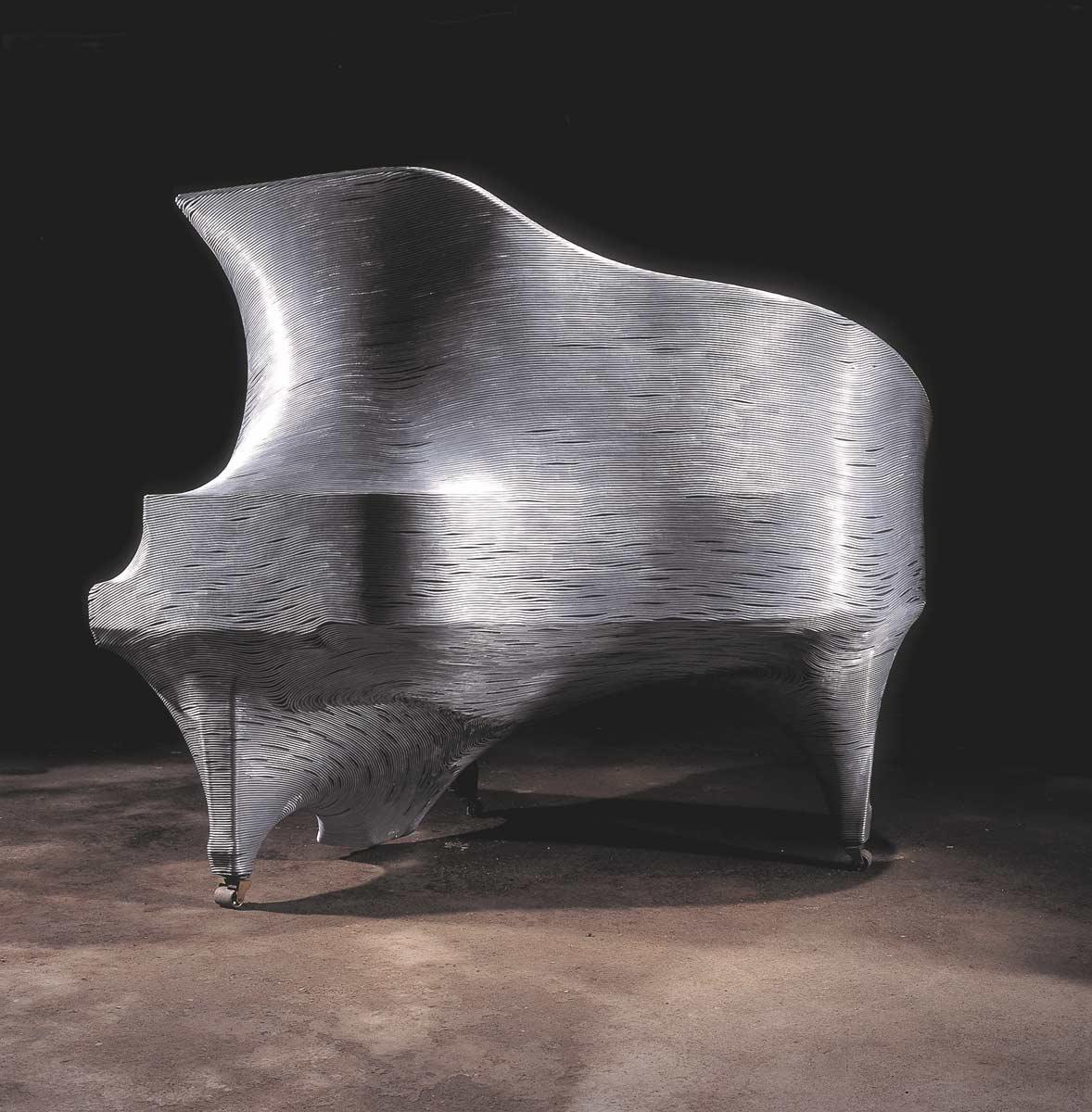
Park Seungmo, Grand-Piano, 2004 aluminium, wire, fibreglass and lifecasting
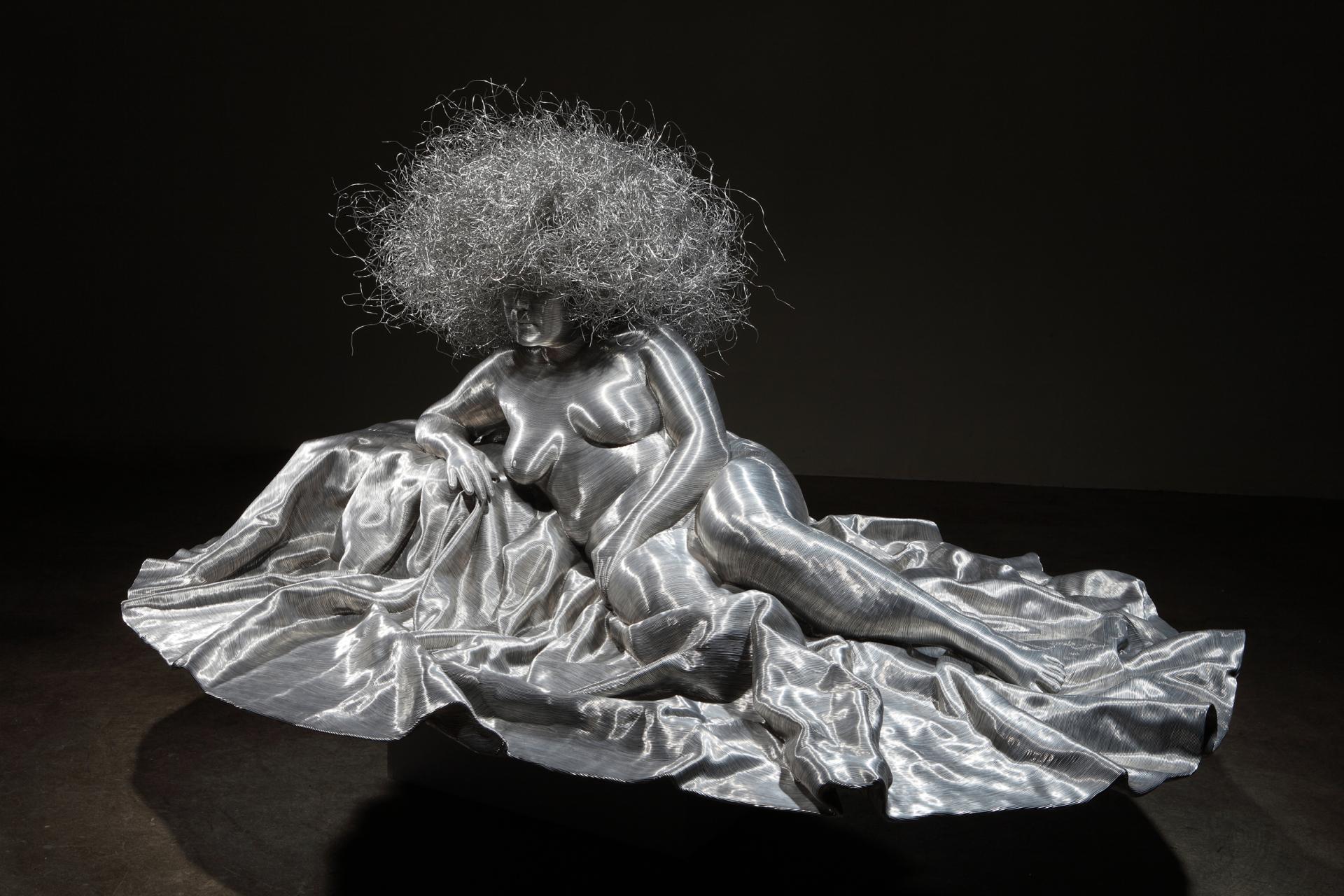
Park Seungmo, Park Soo Young, 2012, aluminum wire, fiberglass and lifecasting
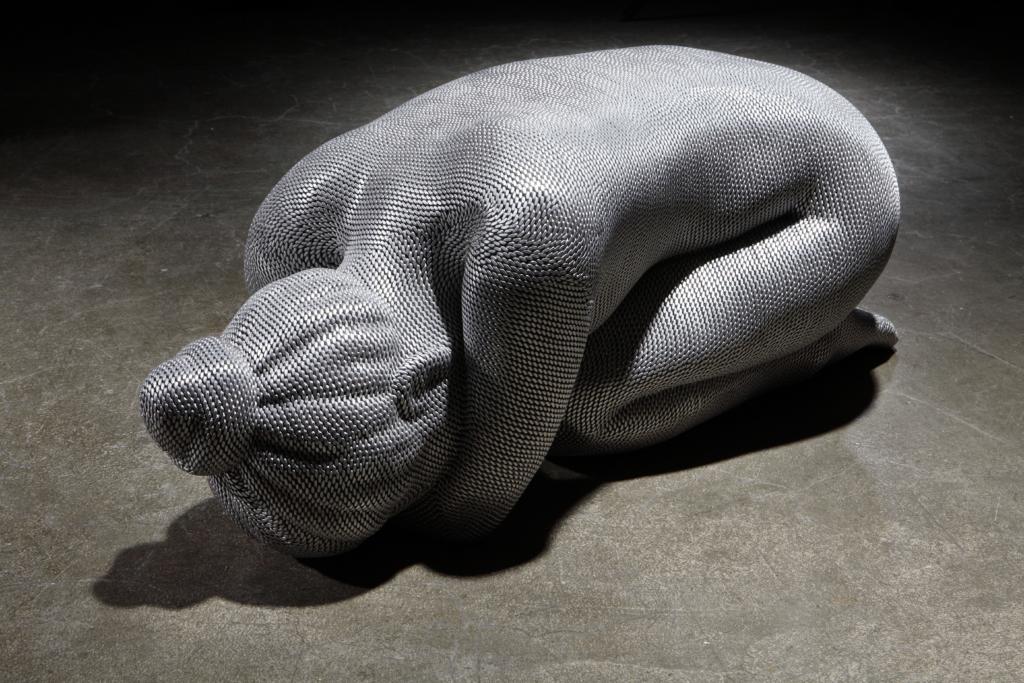
Park Seungmo, Yu Hyeon Jeong, 2012, aluminum, wire, fiber glass, lifecasting
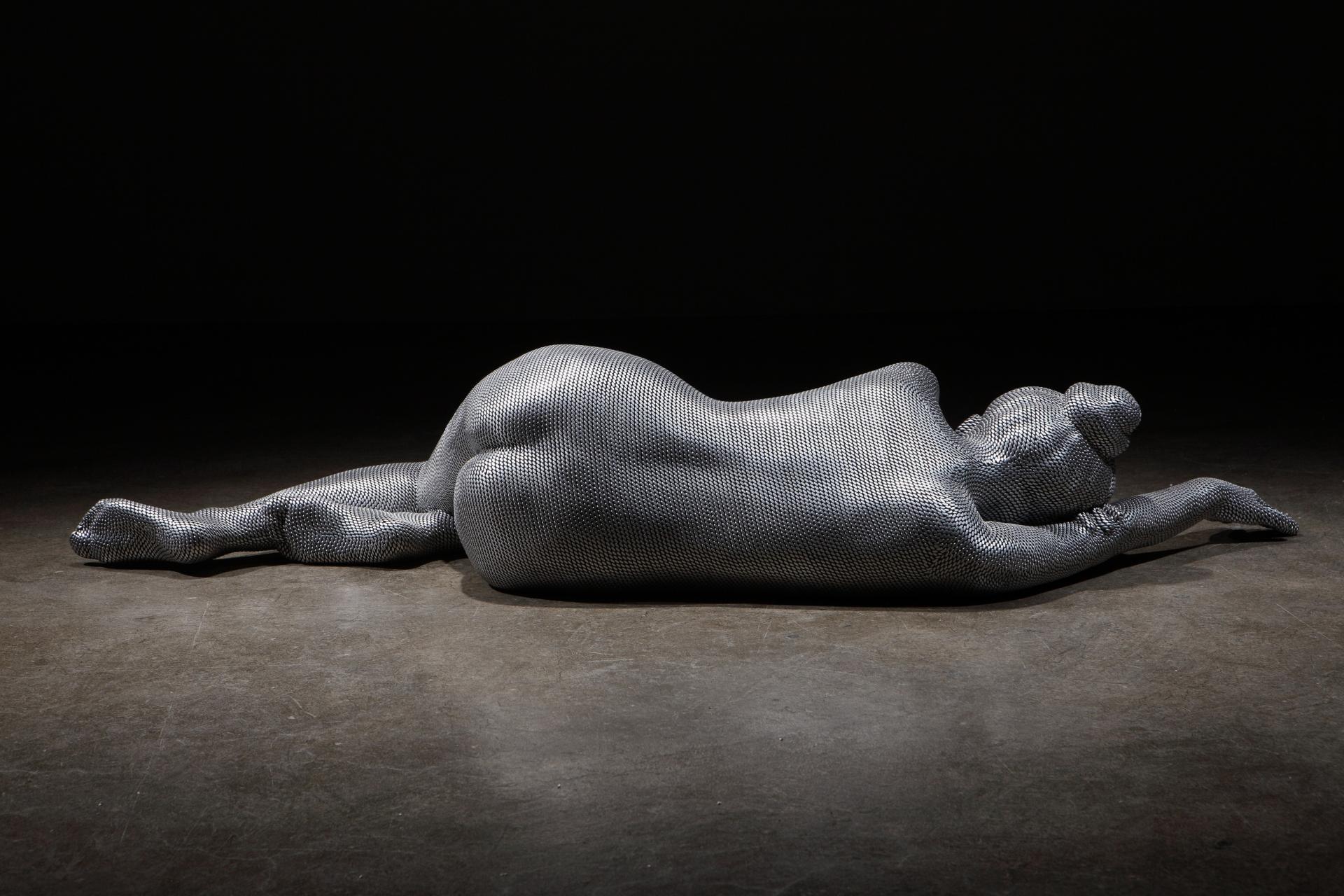
Park Seungmo, Yu Hyeon Jeong, 2012, aluminum+wire, fiber glass, lifecasting
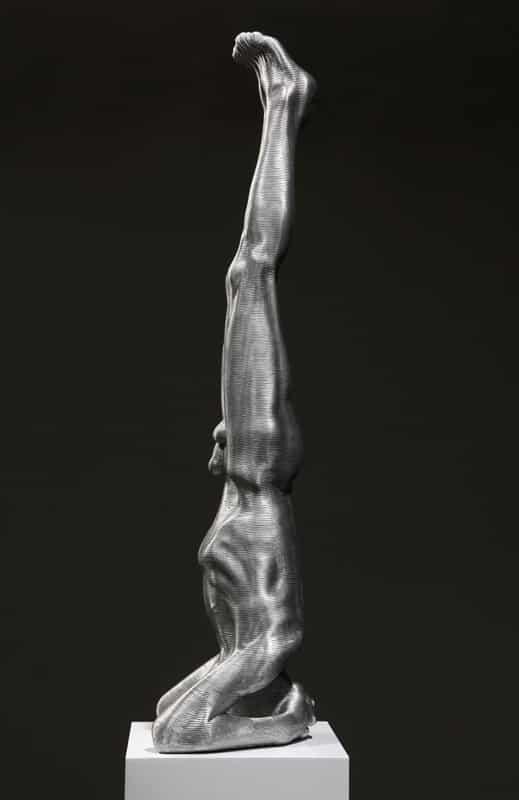
Park Seungmo, Ego, 2012 aluminium-wire, fiberglass, lifecasting
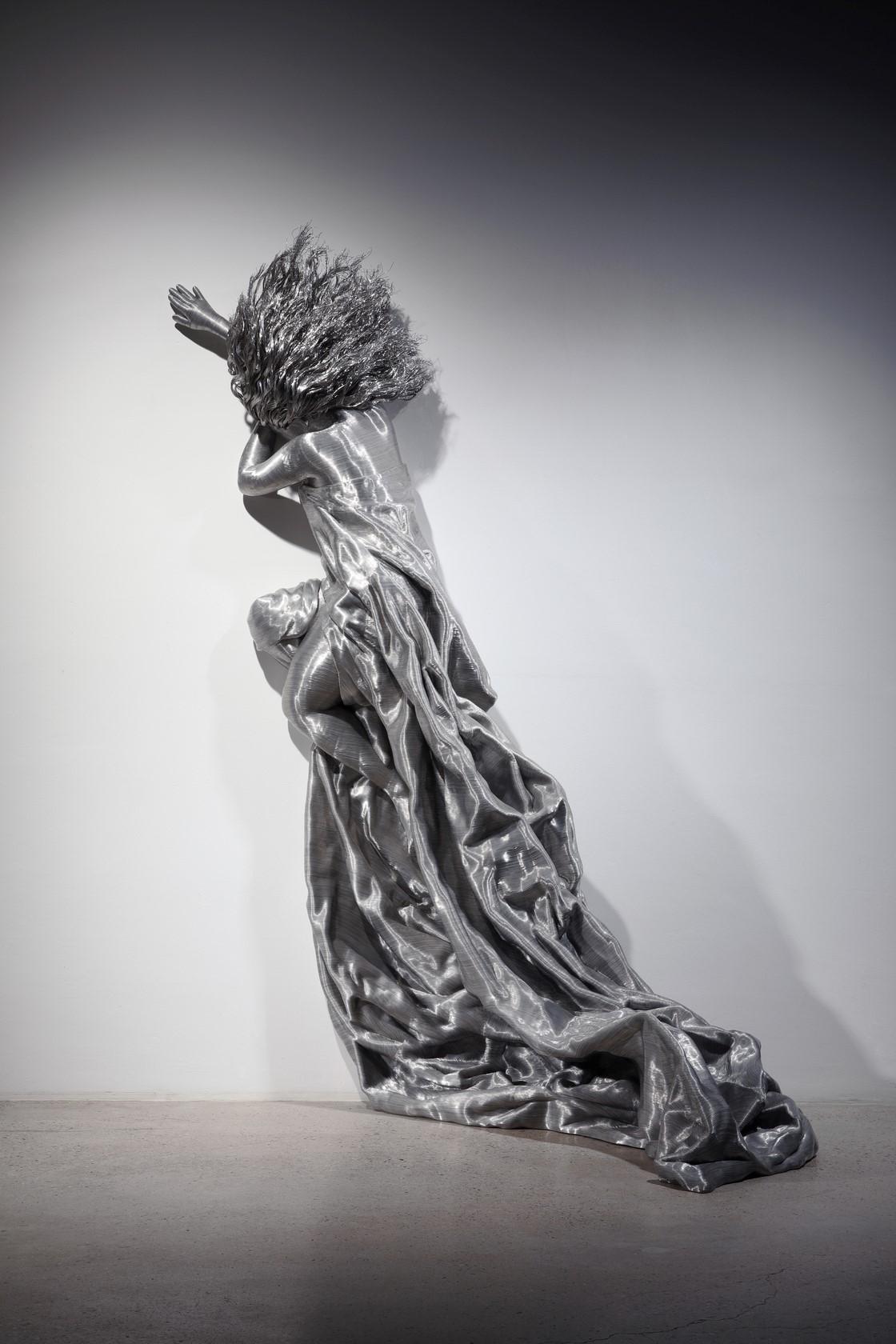
Park Seungmo, Yu Hyeon Jeong, 2012, aluminum+wire, fiber glass, lifecasting
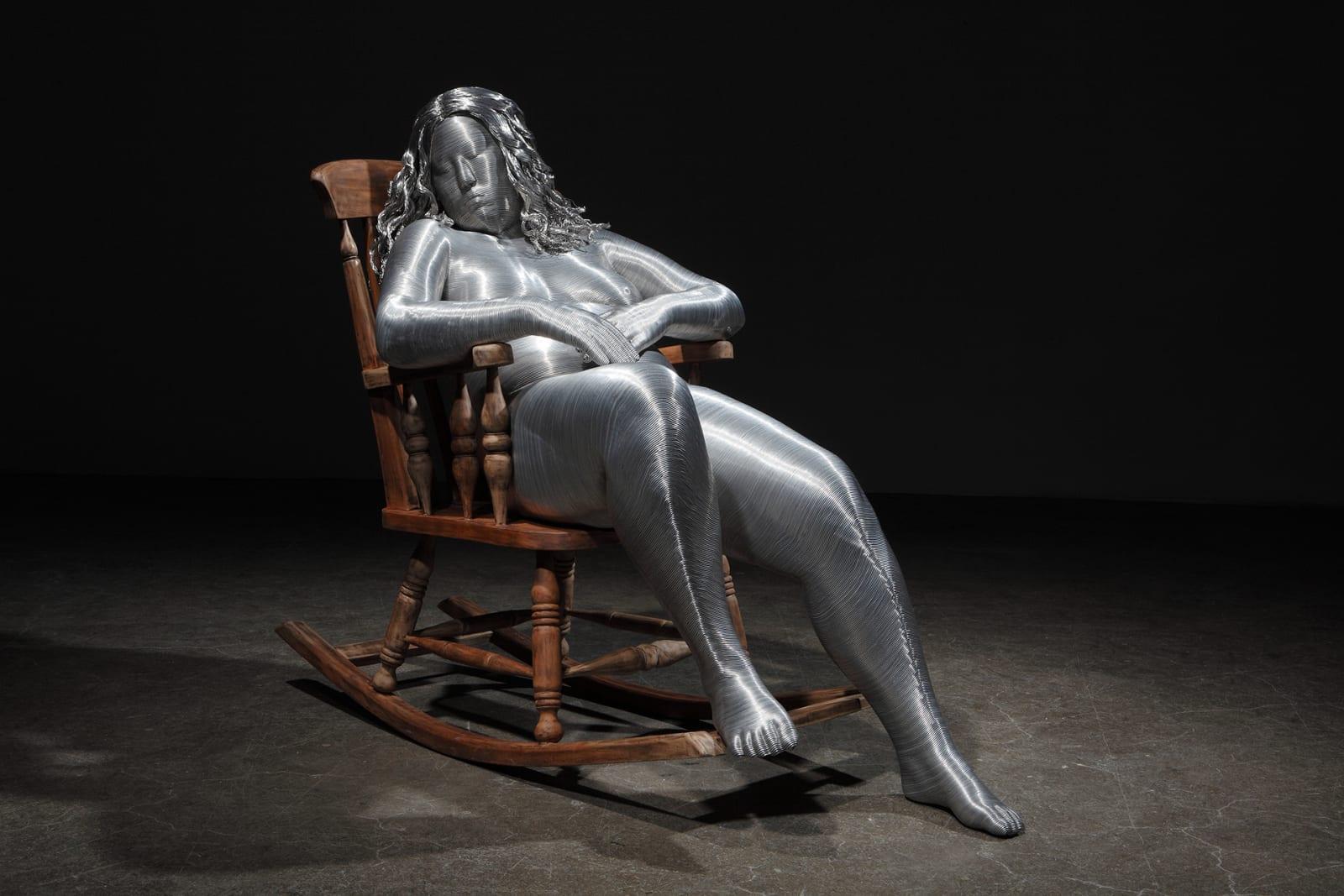
Park Seungmo, Kim Yong Sook, 2013, aluminium wire, fiberglass, rocking chair
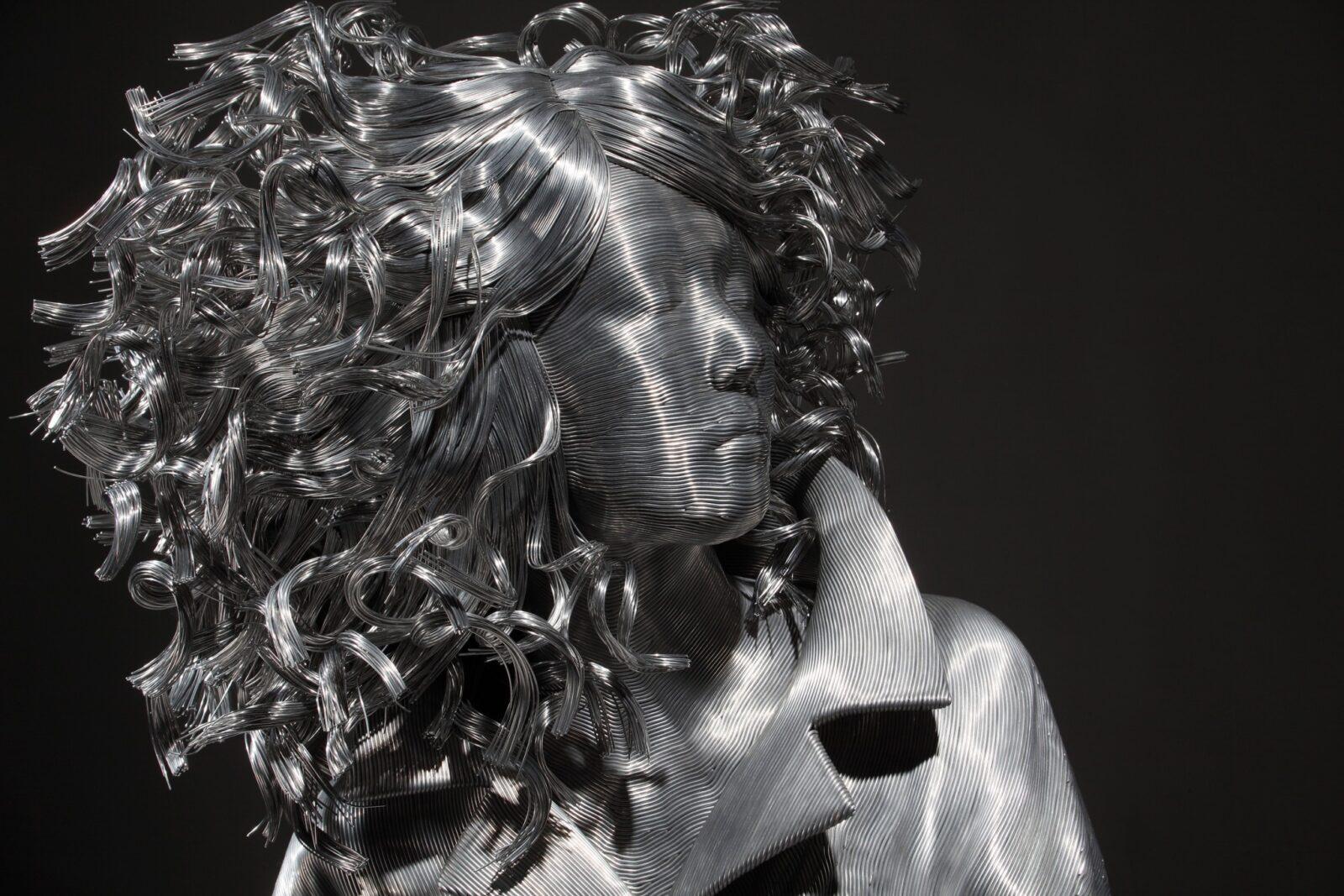
Park Seungmo, Kim Yong Sook, detail, 2013, aluminium wire, fiberglass
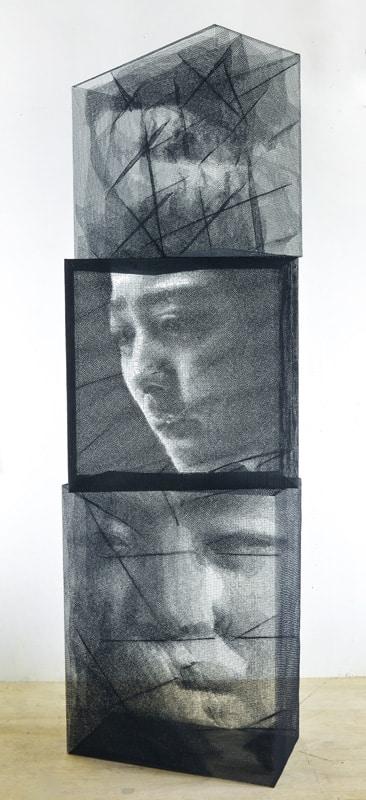
Park Seungmo, Maya 7655, 2013 stainless steel mesh
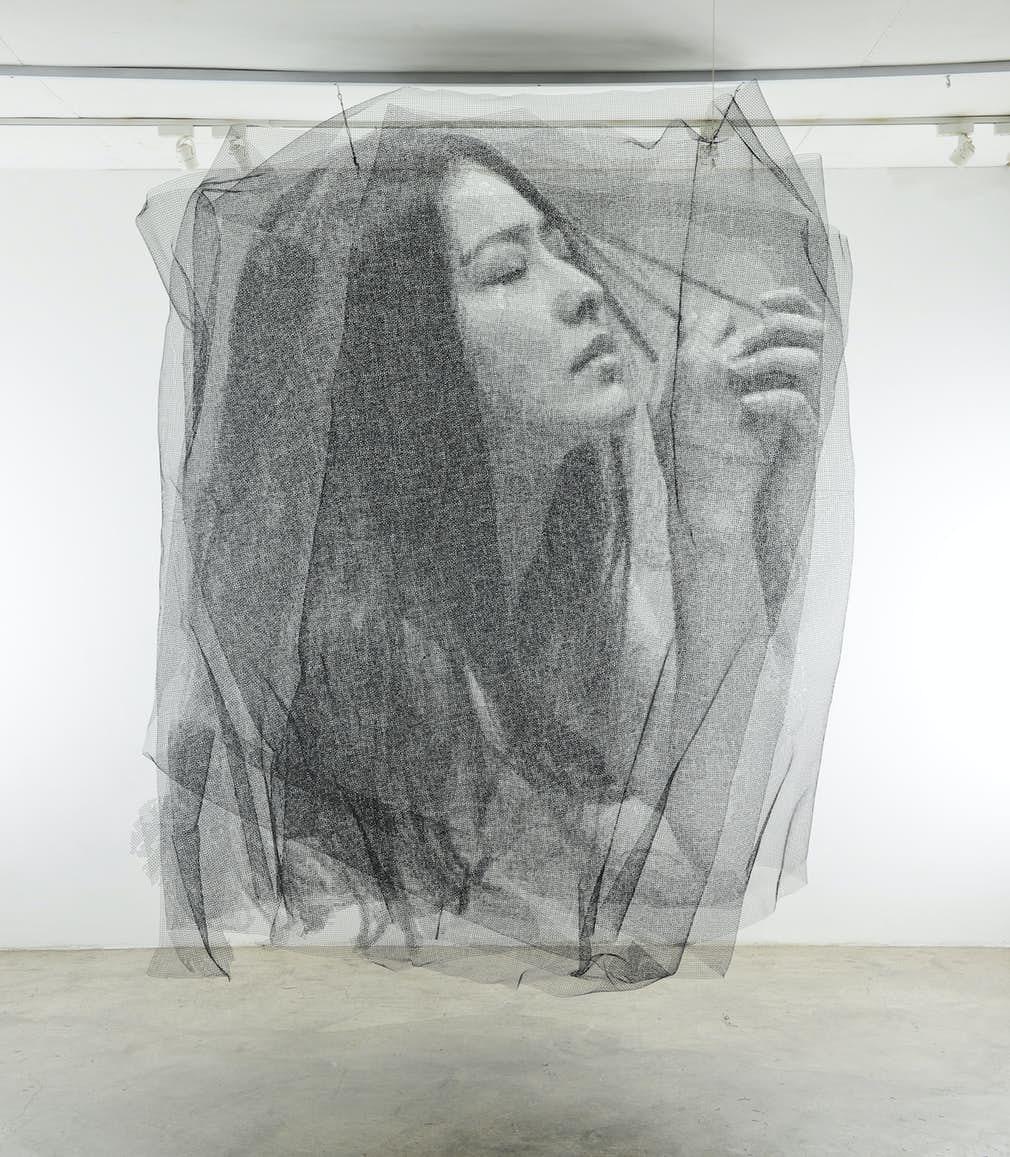
Park Seungmo, Maya 7624, 2013, stainless steel mesh
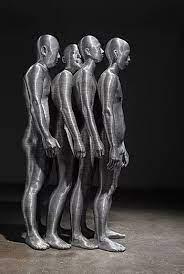
Park Seungmo, 42-ego, 2014, aluminum wire, fiberglass and lifecasting
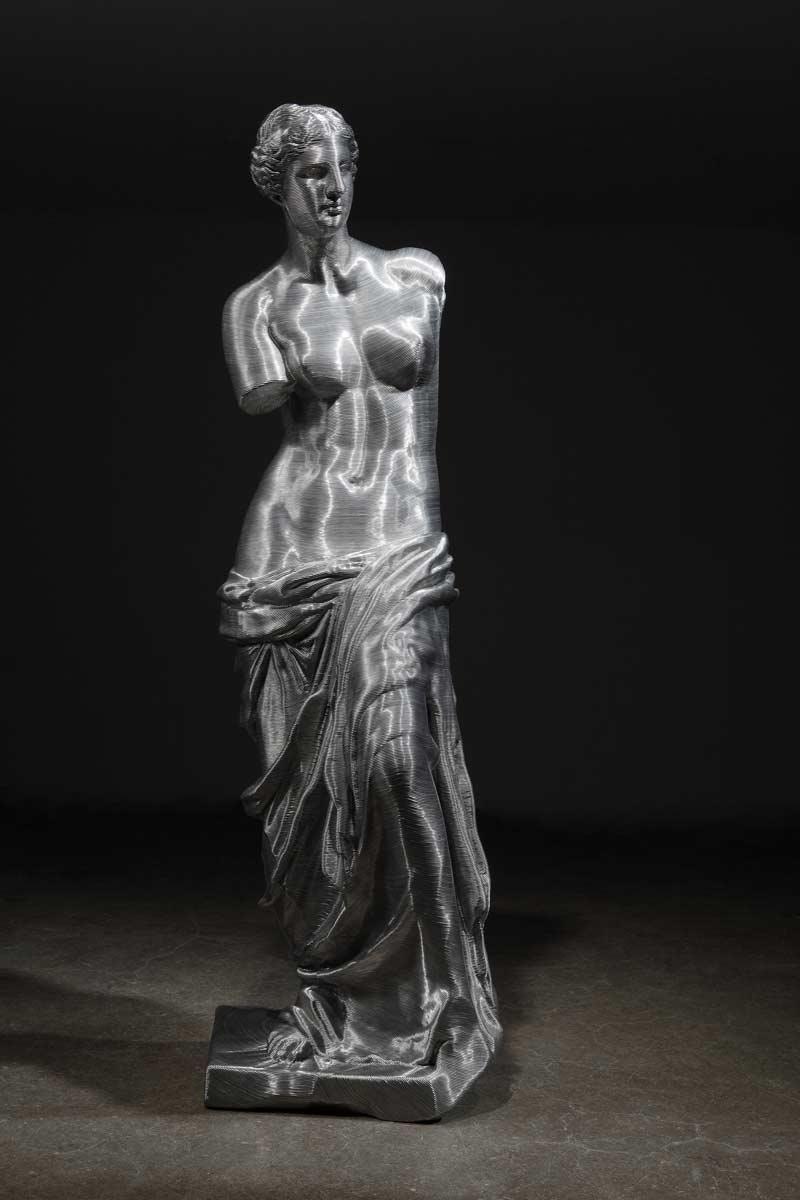
Park Seungmo, Venus, 2015 aluminum wire, fiber glass, lifecasting
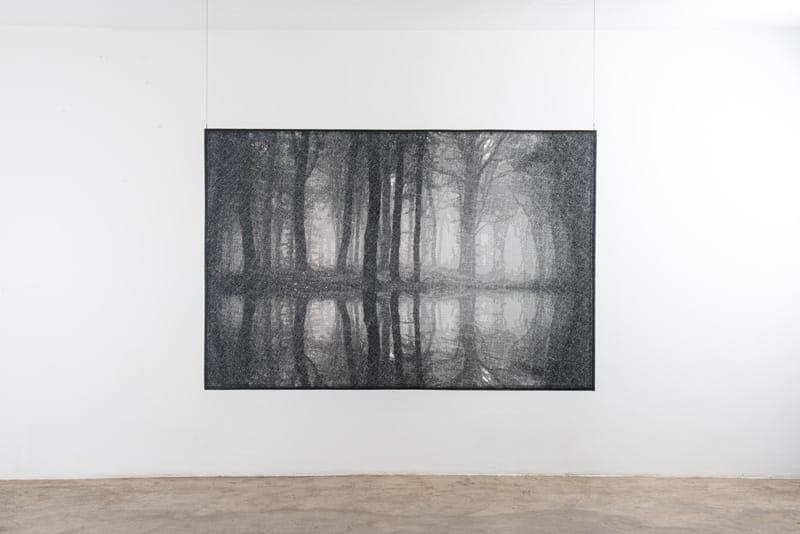
Park Seungmo, Maya 1512, 2016, stainless steel mesh
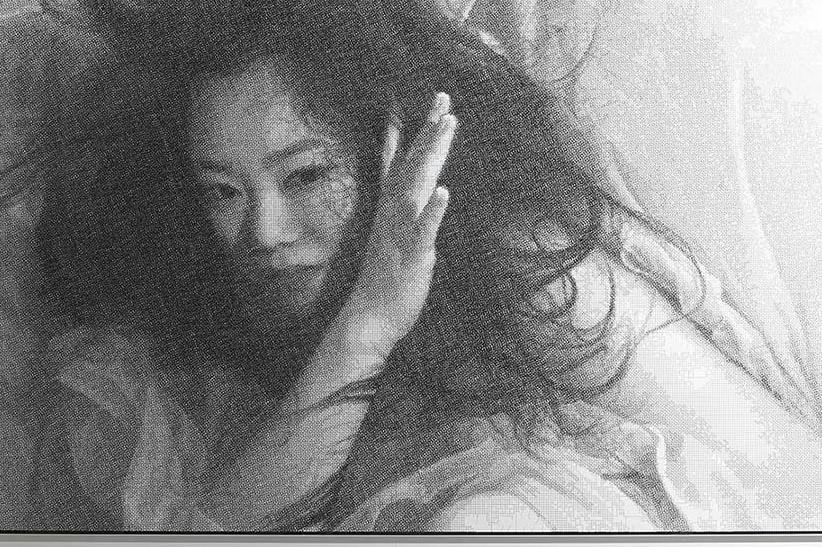
Park Seungmo, Maya 2565, 2017 stainless steel mesh
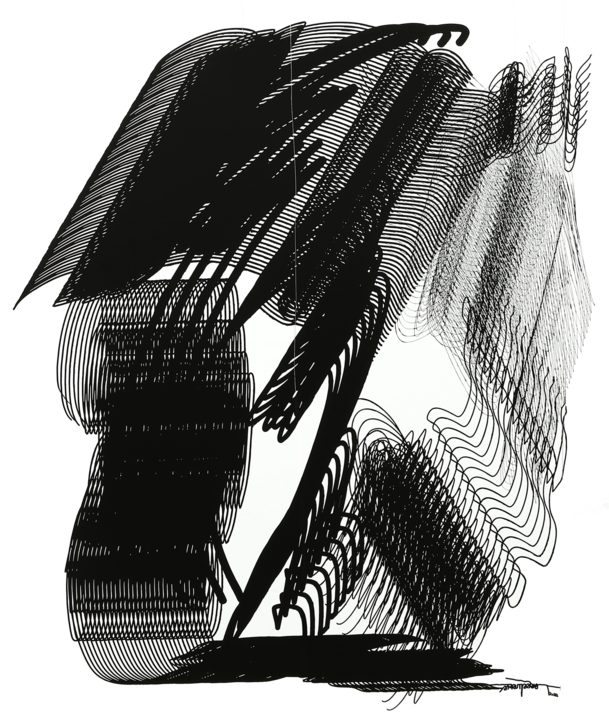
Park Seungmo, Untitled, 2018, stainless steel
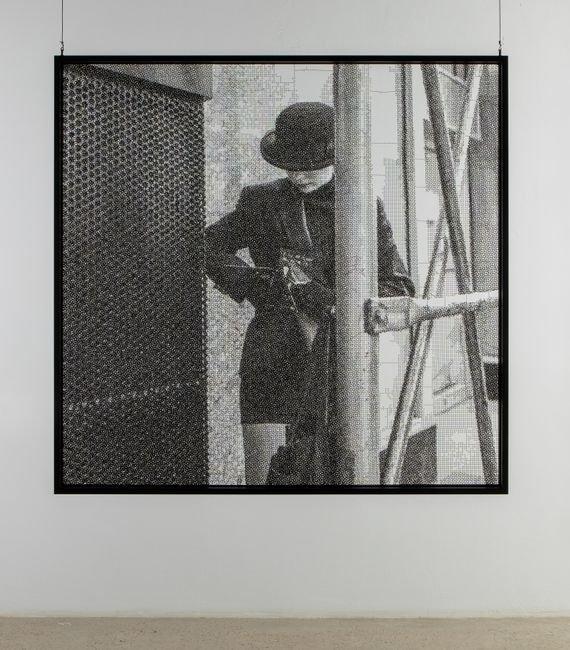
Park Seungmo, Maya 0967, 2019 stainless steel mesh
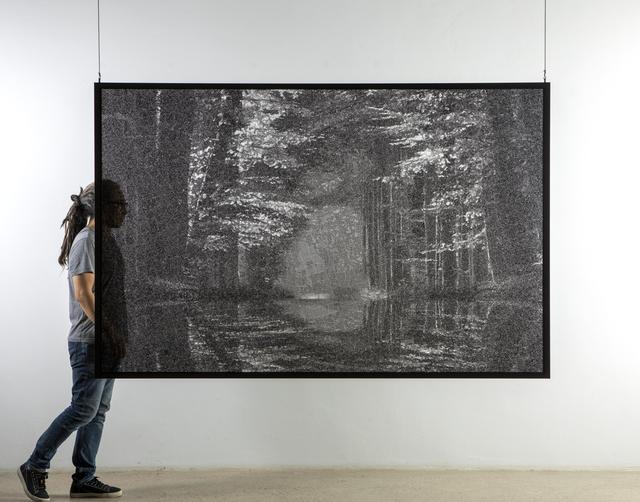
Park Seungmo, Maya 1358, 2021, stainless steel mesh
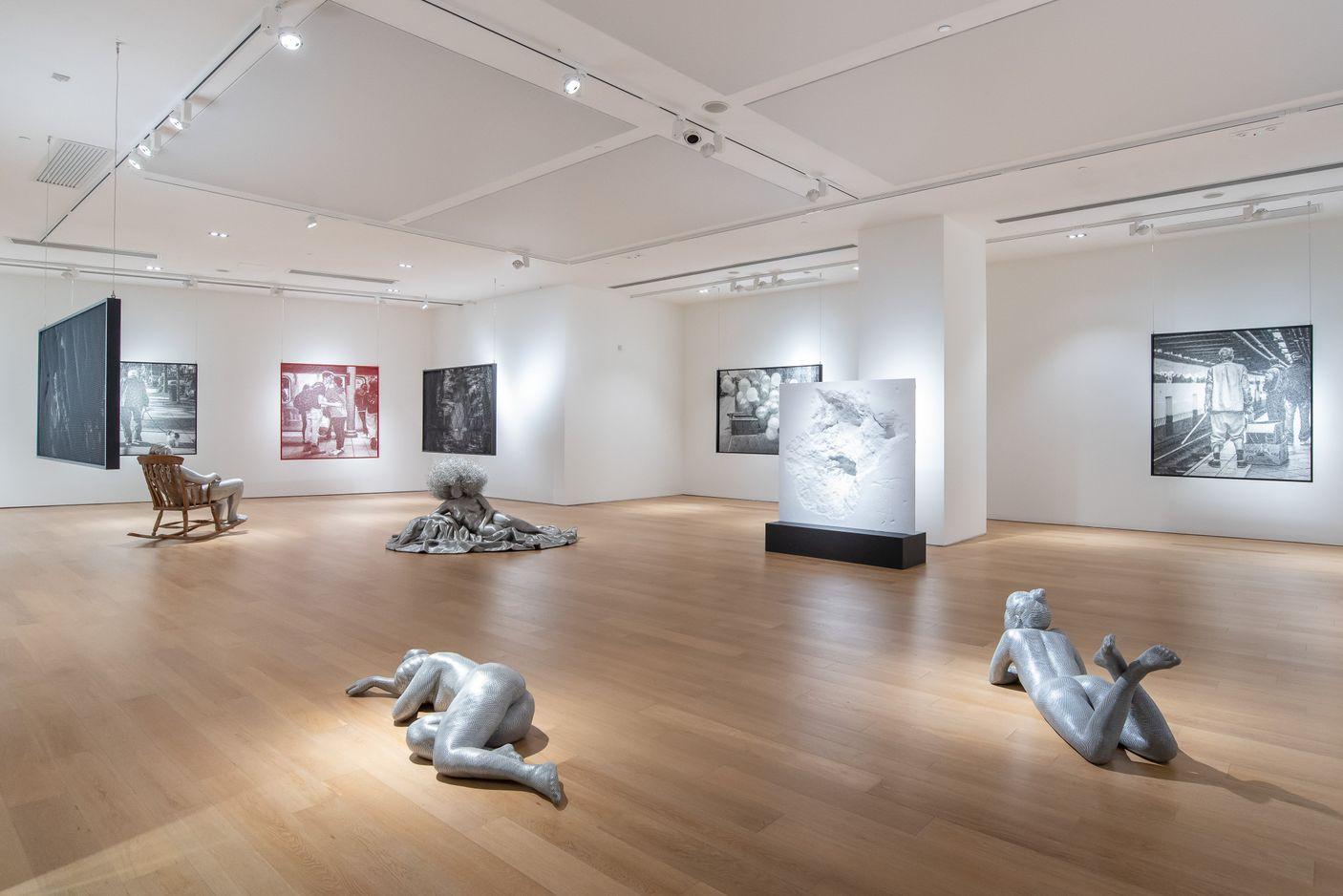
Park Seungmo, Tang Contemporary Art exhibition, HK, 2021
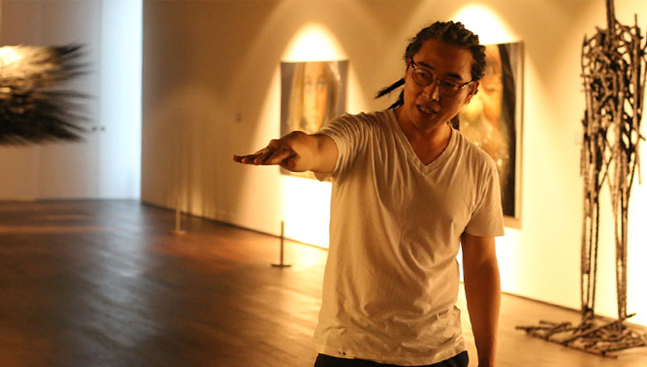
Park Seungmo
Contemporary Korean artist SEUNGMO PARK occupies an important place on the world art scene. He is indeed very well known for his particular work of metal trellis sculptures.
https://www.seungmopark.com/
https://www.instagram.com/seungmo_park/?hl=en
PROFILE OF THE ARTIST
Seungmo Park was born in Sanchung, South Korea in 1969. He studied at Dong-A-University where he obtained a BFA in sculpture (1998). He lives and works in New York.
Seungmo Park fabricates and cuts layers of wire mesh by hand and create hyperreal scenes through a mirage of visual perception. This type of work is called "Maya" and alludes to its Sanskrit meaning "Illusion". It implies that “verily there is nothing” or just an illusion. The artist works from a very large format photograph illuminated from below by a projector. He superimposes layers of wire mesh that he cuts one after the other with a soldering iron, using pliers and for the finishing touches with the cutting pliers, recreating the illusion of the outline of the original photo thanks to the variations of volume obtained in the portions of stainless steel mesh such as metallic lace. The superimposition of the plans results in multidimensional, very spectacular works. These are empty inside. The artist stages a way of seeing beyond the real and the visible.
In works, such as "Ego" and "Heo", the artist shows human figures and life-size musical instruments. Their envelope is made of fine aluminum wires, creating a pattern of undulating parallel lines that reflect light, again alluding to the void beneath the surface of the ego. The artist compares his works to games of shadows. According to Seungmo Park, people also exist as contours without substance, which leads him to this question: "Can we claim contours as substance and proof of existence?" We could say that being human and not being human is the same, or that being things and not being things is the same ”. Seungmo Park suggests that this kind of reasoning is also an illusion.
His latest exhibition at Art Space Hohwa in Seoul in 2022 entitled 'Everything and Nothing': "Life is a journey where everything becomes nothing and nothing becomes everything", could have been the artist's thoughts..
EXHIBITIONS
Works by Seungmo Park appeared in the very famous Korean film "Parasite" (2018). The artist already had more than 40 exhihibitions around the world.
Latest solo exhibitions: 2022 "Everything and Nothing", Art Space Hohwa, Seoul ; 2021 Tang Contemporary Art, Hong Kong, an exhibition bringing together representatives sculptures of the work of Seungmo Park from his famous Series, Maya Illusion.
PAST EXHIBITIONS
LEE SEUNGYOUN
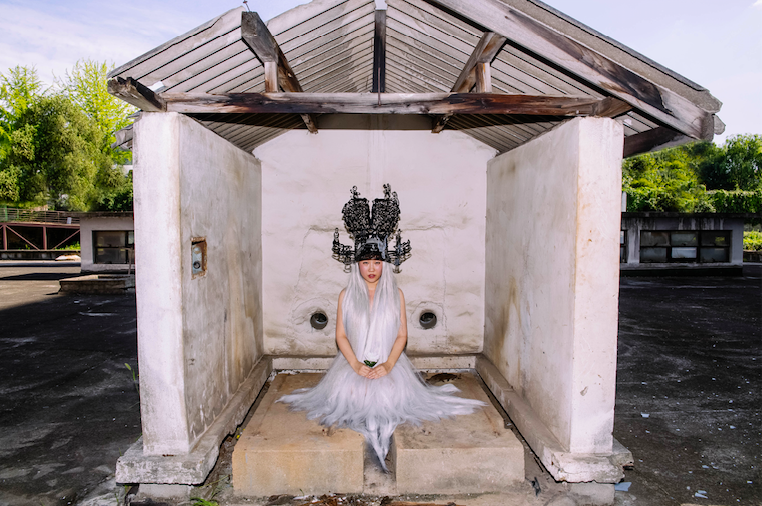
Lee Seungyoun The Crown of Angel, Lee Seungyoun and Alexander Augustus(The Bite Back Movement), 2015, steel, performance and video © Pop con
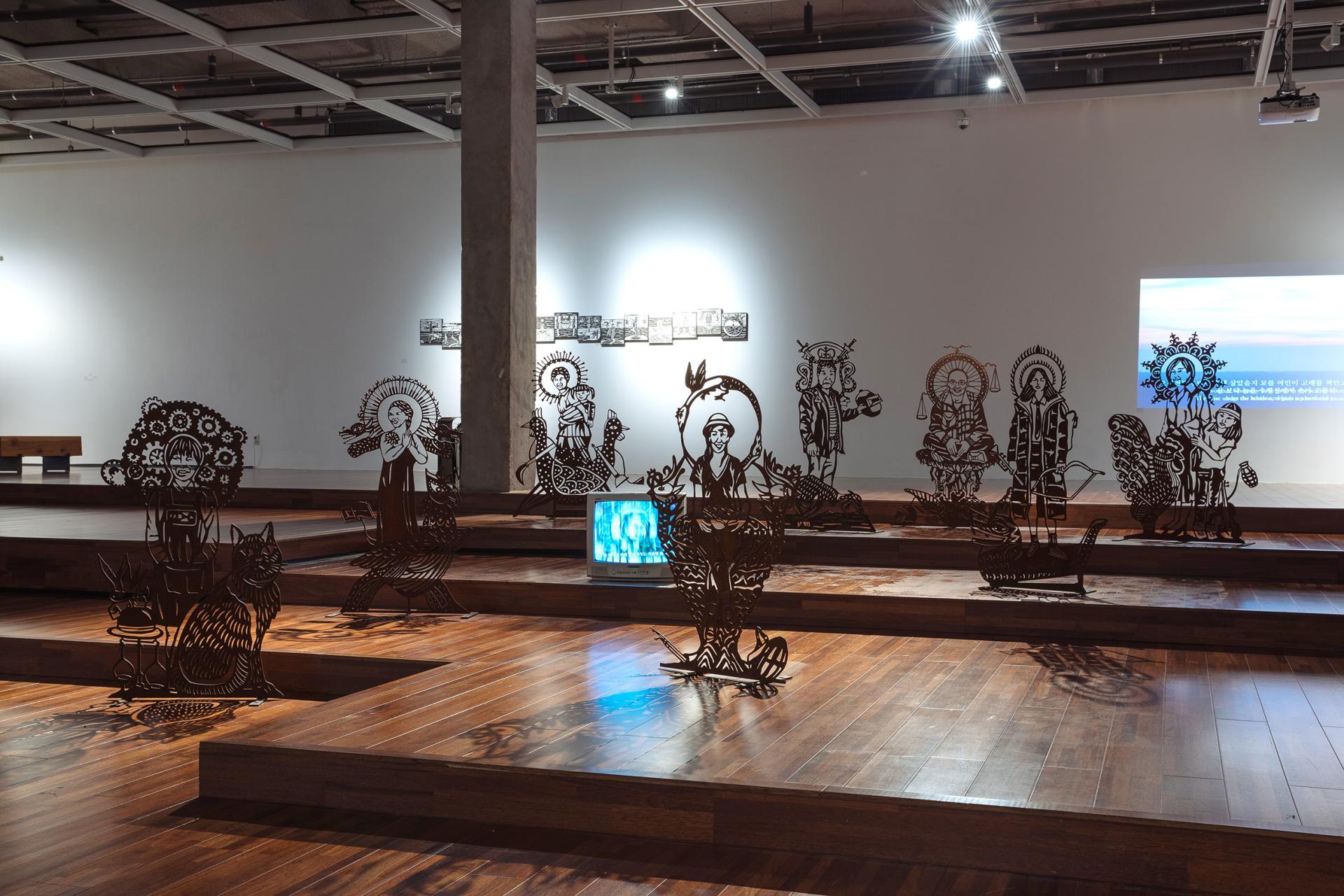
Lee Seungyoun, You are someone’s kokdu, 2019, steel, Installation view from Soorim Arts Center, Seoul © Pop con
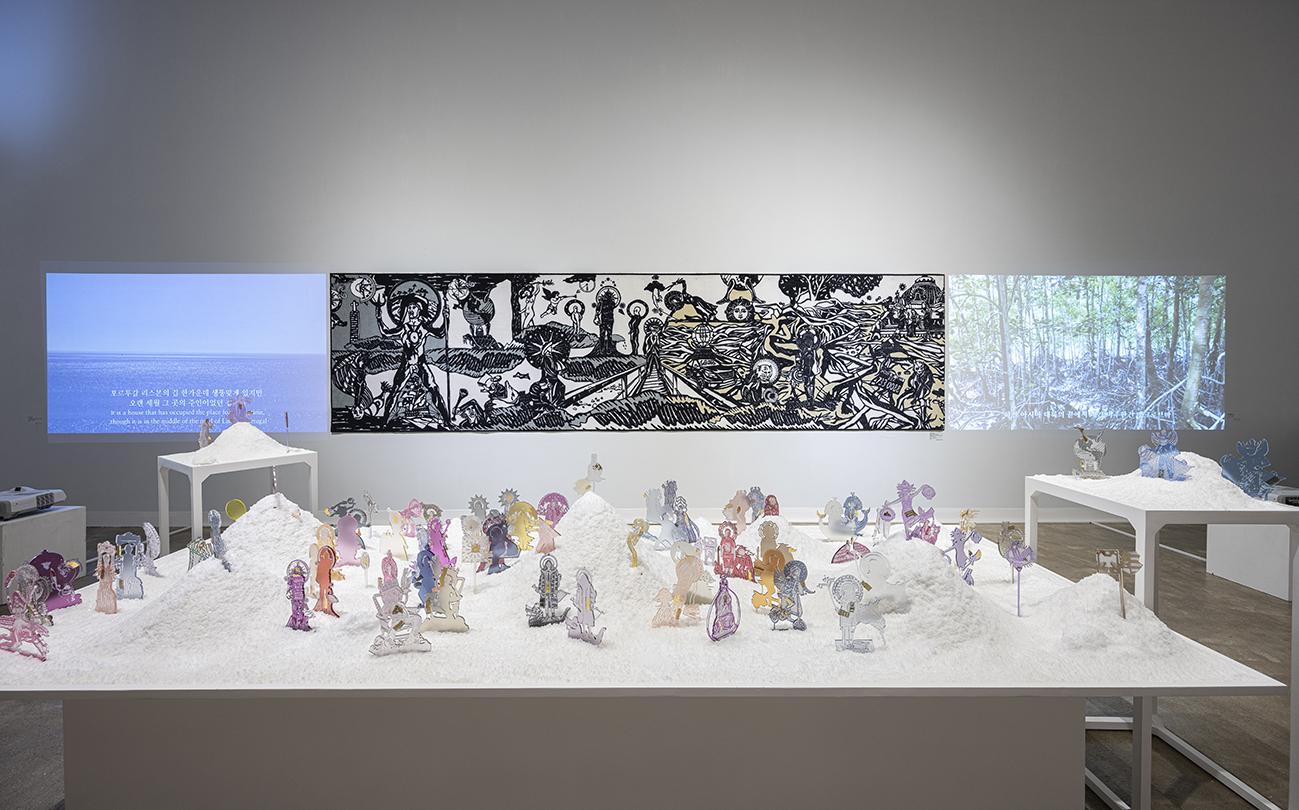
Lee Seungyoun, The whimsical and surreal Wonderland, exhibition ‘Curious and Strange Kidang Wonderland, Wonderland’, Kidang Museum, 2020, videos, hand-tufted carpet, acrylic sculpture and sand. exhibition, © Lee Seungyoun
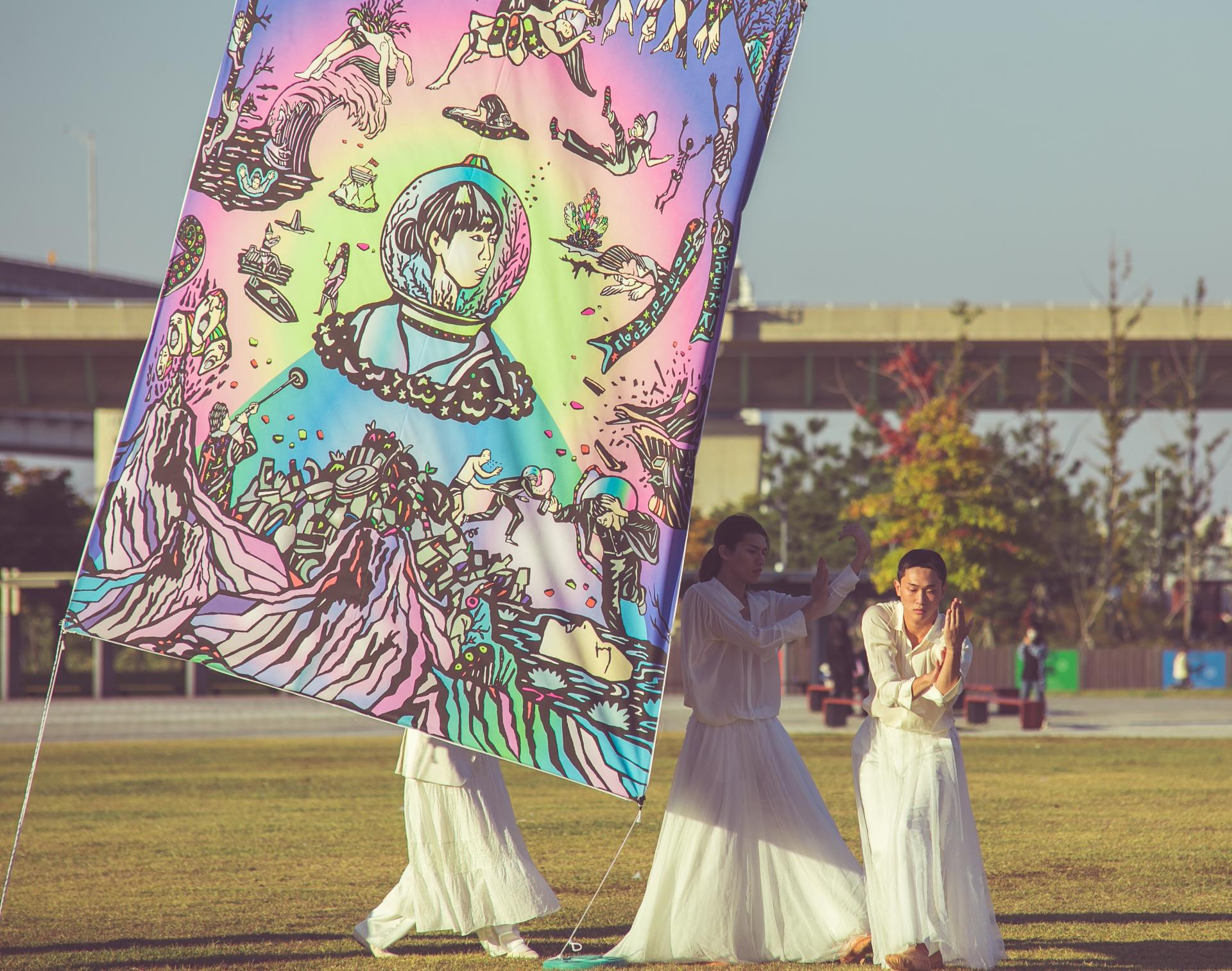
Lee Seungyoun, A New Paradise, 2021 paintings, installation, performance and art film © Pop con
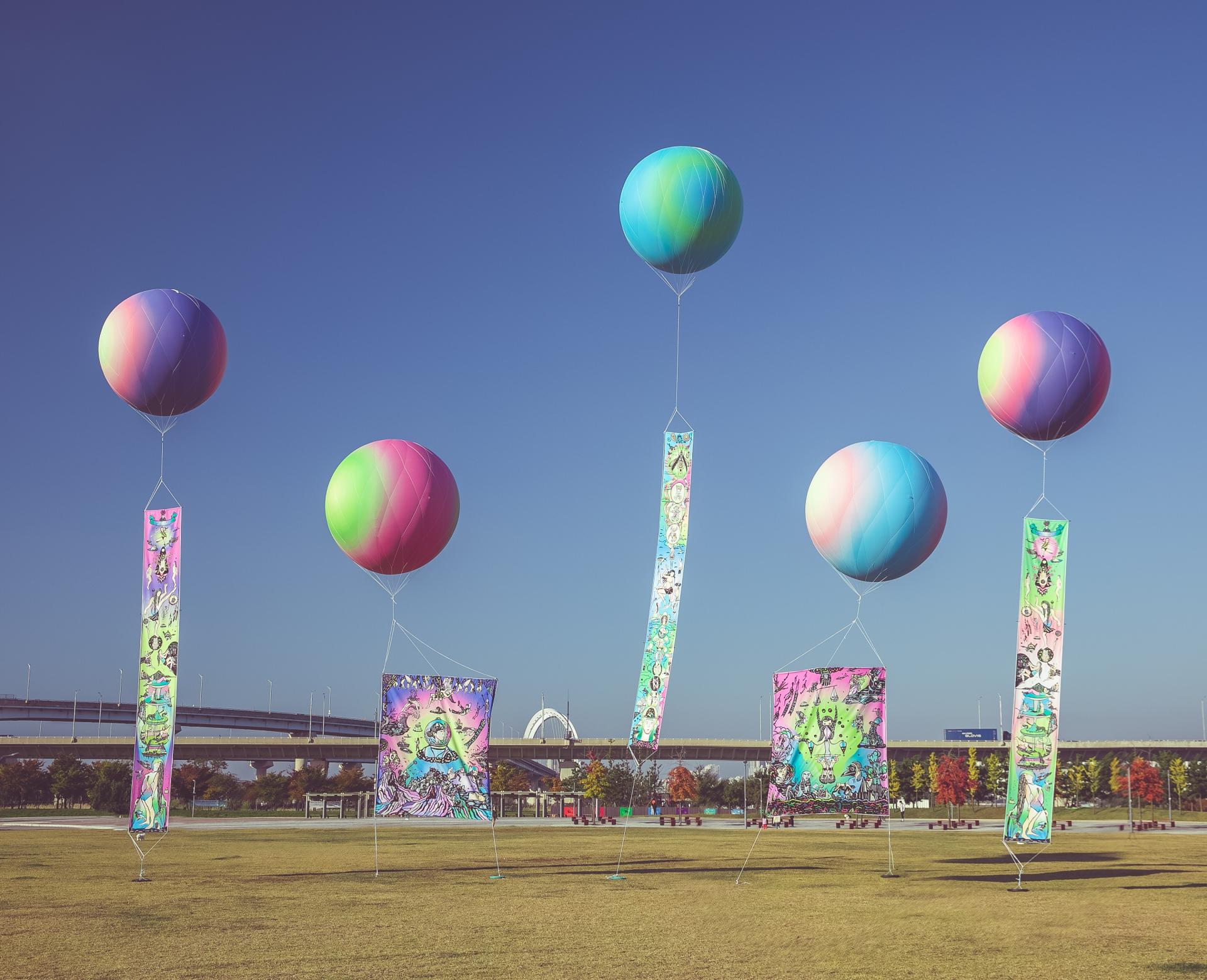
Lee Seungyoun, A New Paradise, paintings, installation, performance and art film, 2021 © Pop con
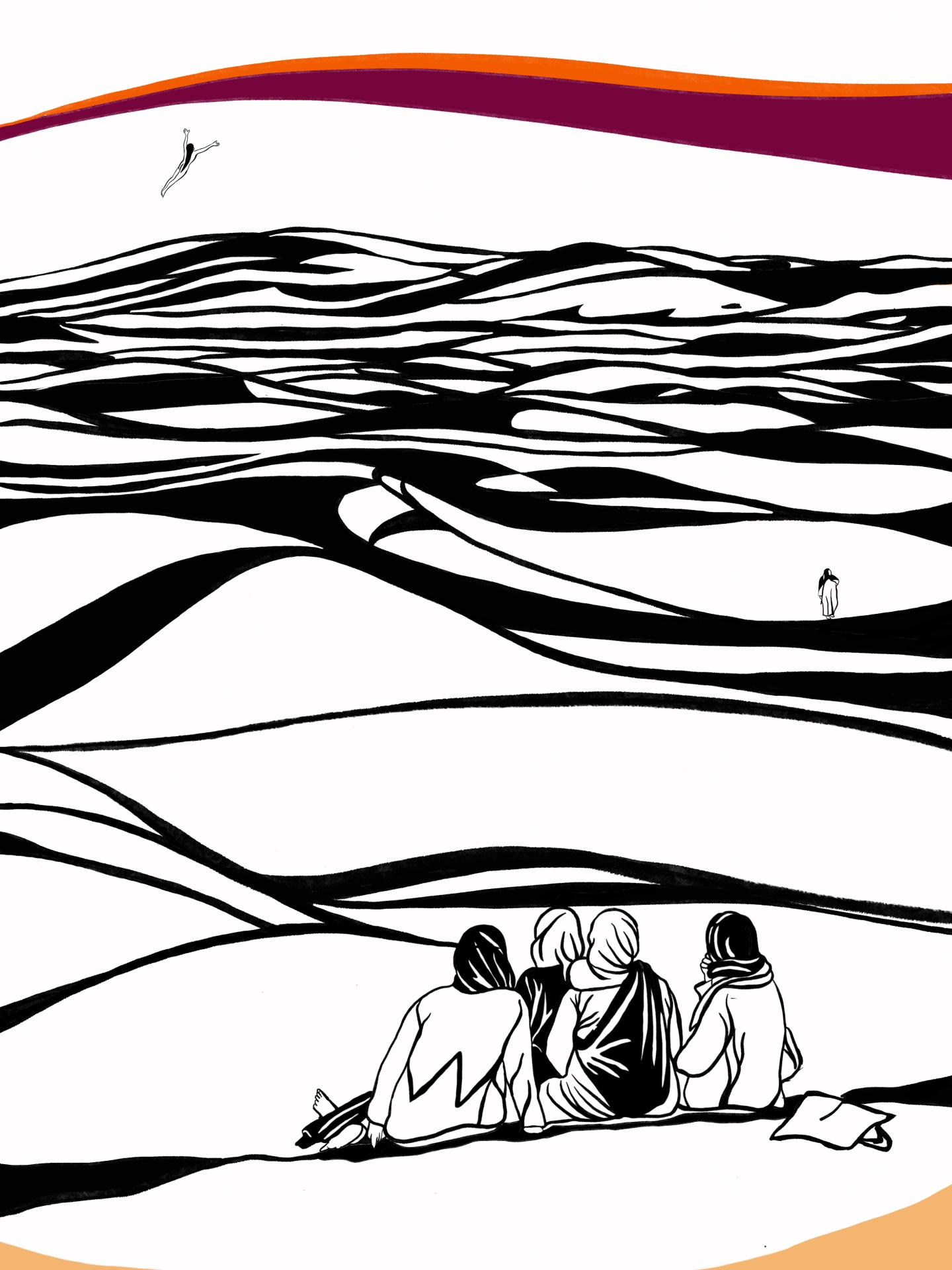
Lee Seungyoun, Sahara traveler, 2021 pigment print on woodblock paper © Lee Seungyoun
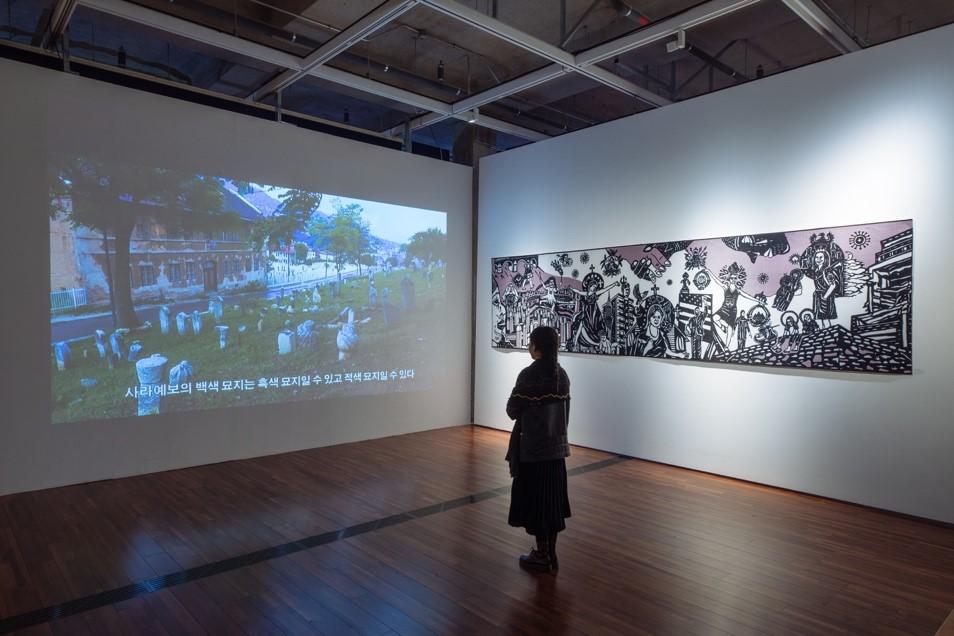
Lee Seungyoun, Balkan Rhapsody, 2020, print on carpet, exhibition ‘The New World of Fantasia’ at Kim Hee-Soo Art Gallery, Surim Cultural Foundation, Seoul © Pop con
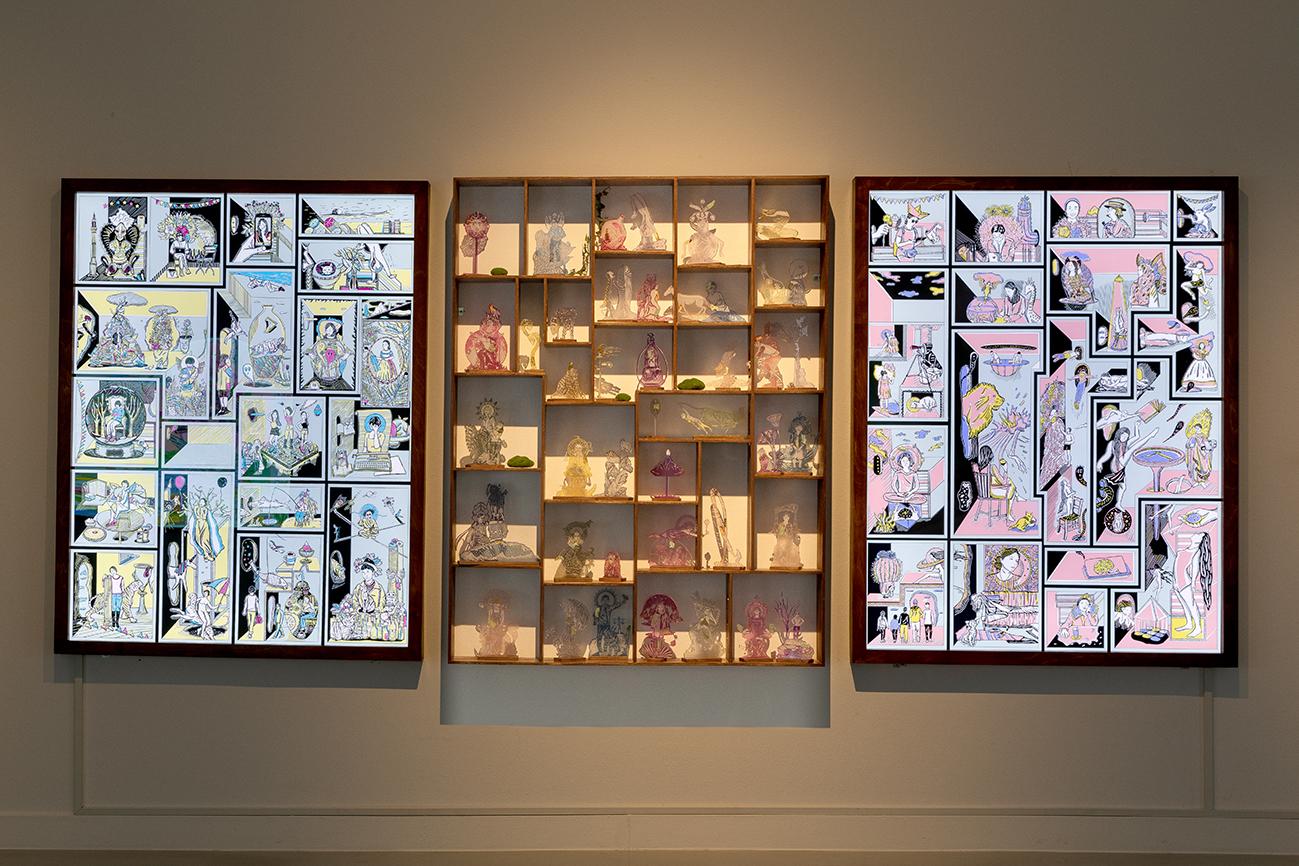
Lee Seungyoun, A New Paradise people, 2020-2022, acrylic, gold leaf and book shelf with LED light panel, Kimhongdo Art Museum © Pop con
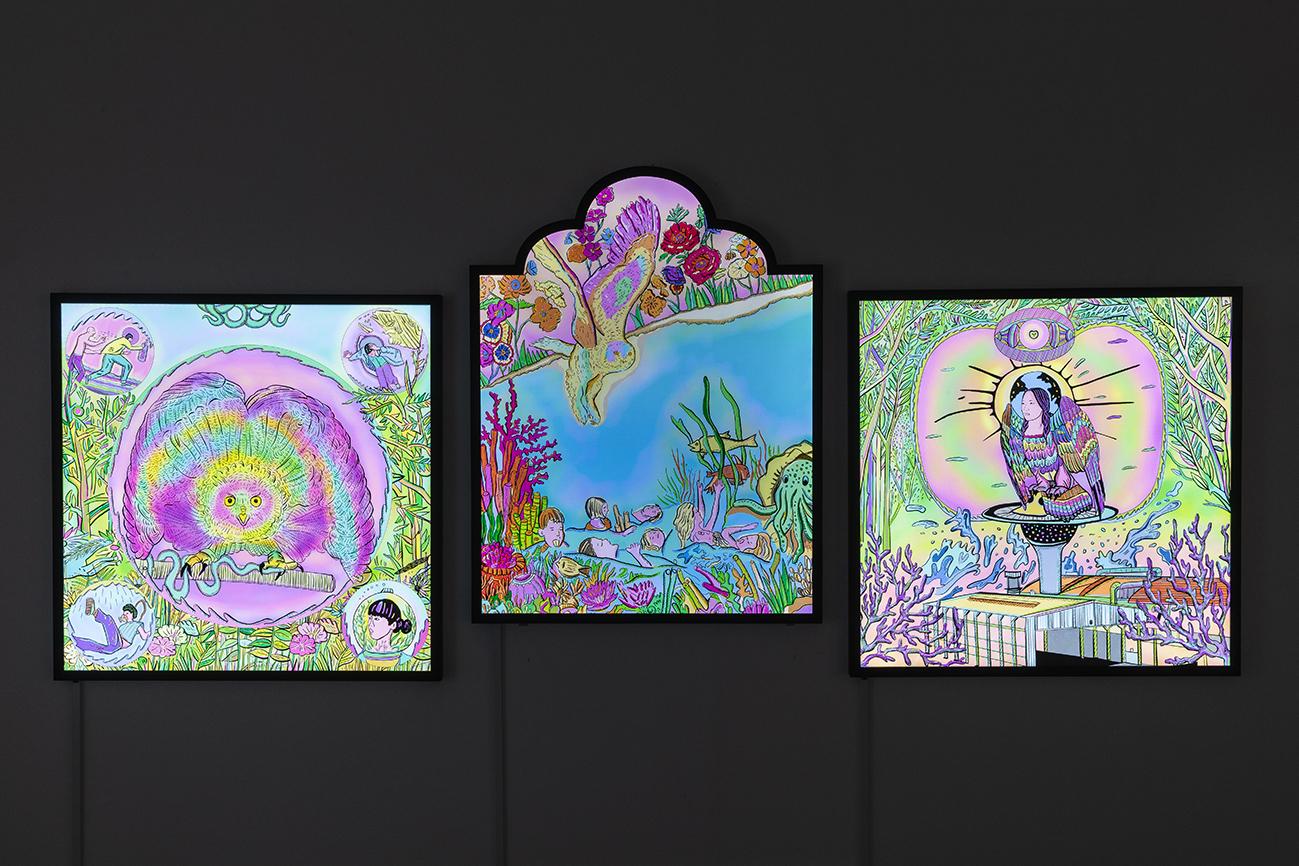
Lee Seungyoun, The Language Between, digital paintings, installation view of Kim Hongdo Art Museum, Ansan, 2023 © Pop con
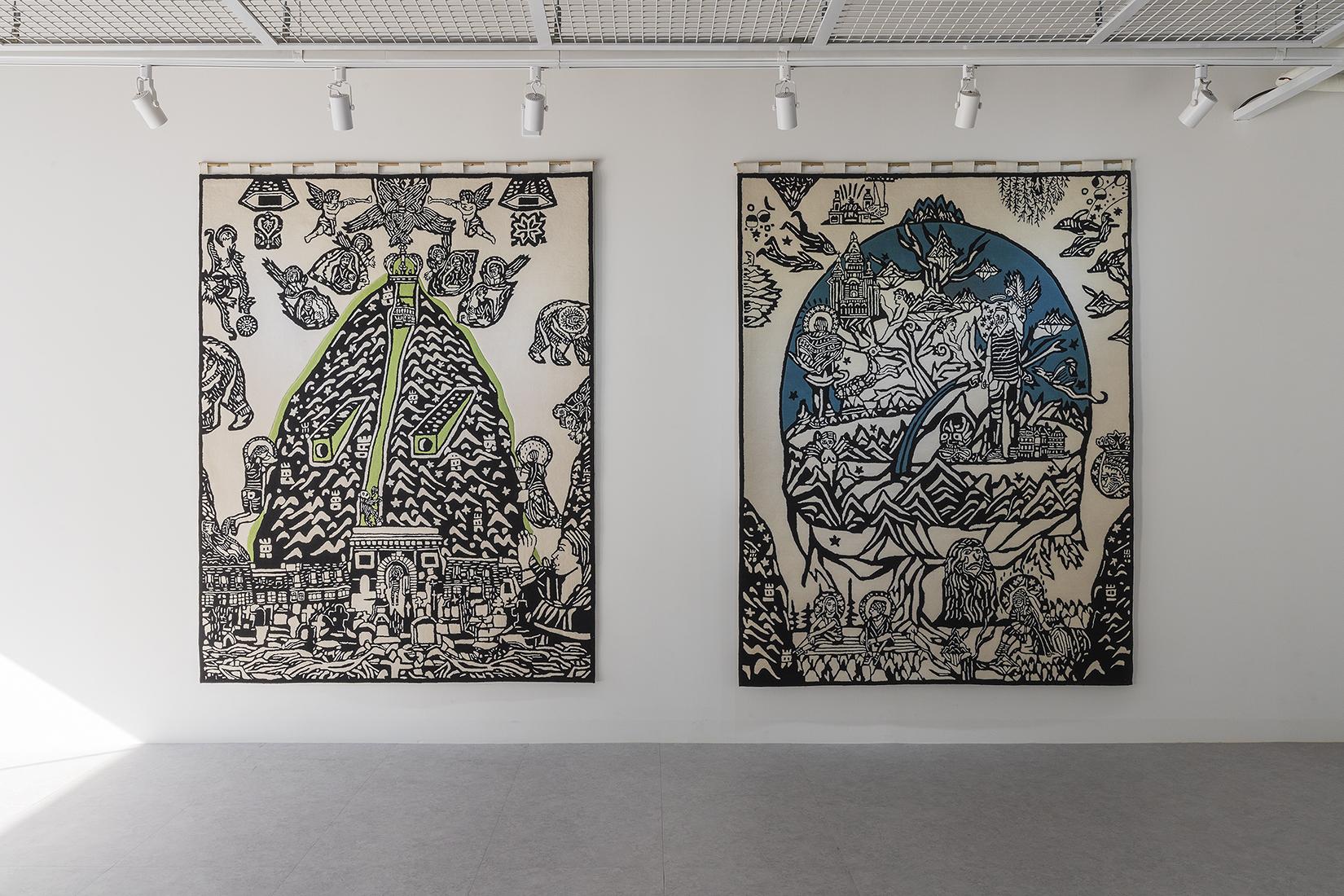
Lee Seugyoun, The Byzantine spectacle witnessed in Romania, 2024, hand-tufted carpet. Installation view from Soorim cube, Seoul © Cho Junyon
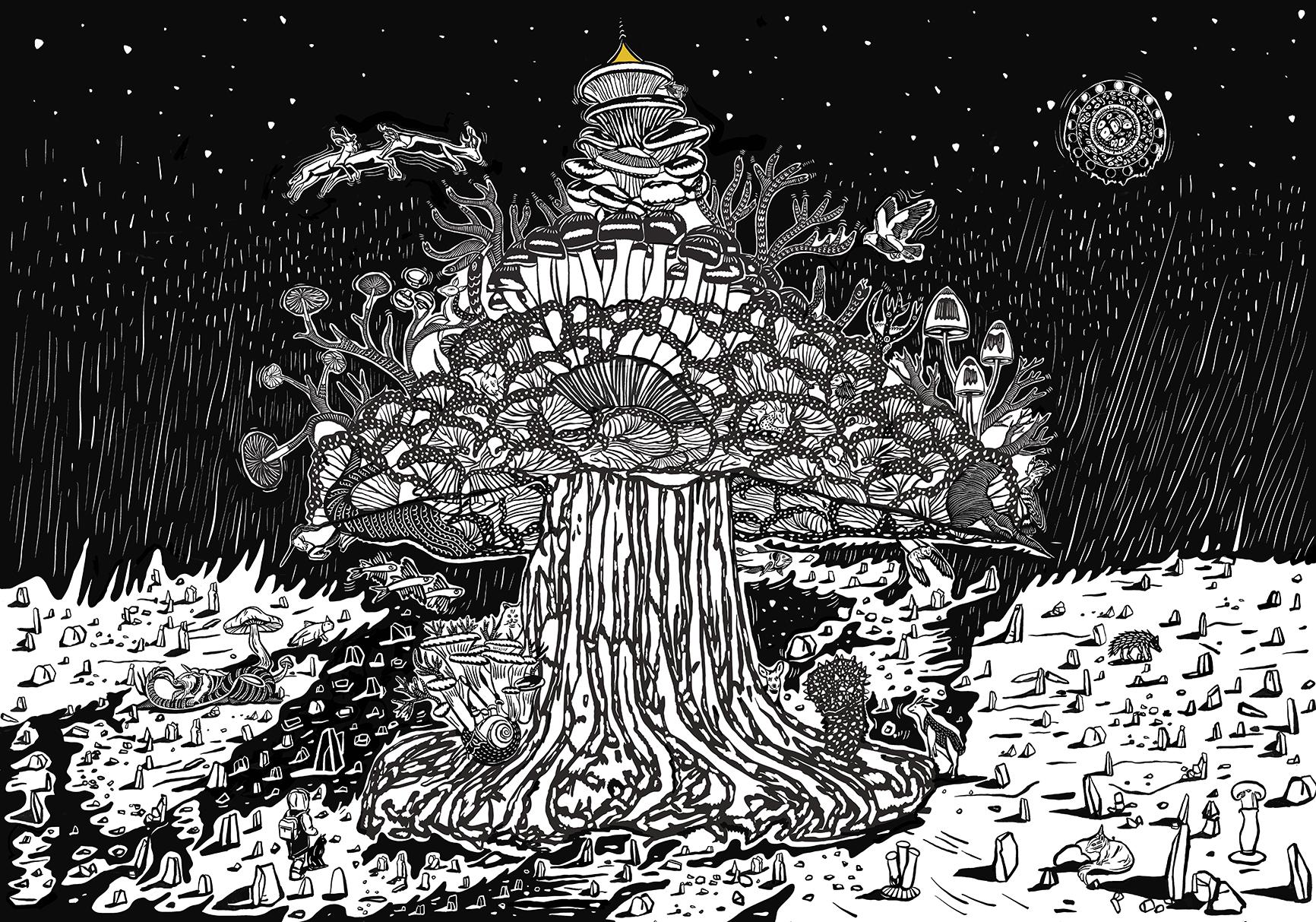
Lee Seungyoun, Golden mold Flower, 2024, linocut © Lee Seungyoun
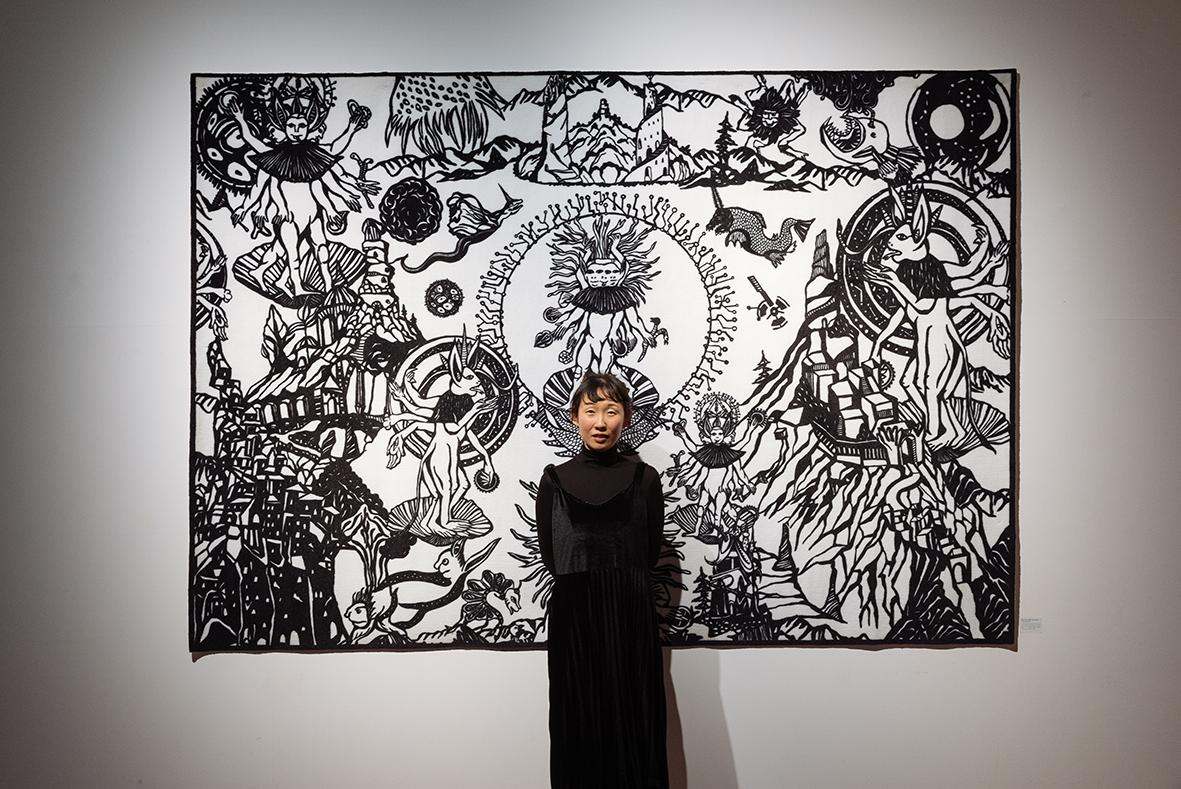
Lee Seungyoun, portrait of the artist in front of the work 'Merong Brave a New World' at Soorim Art Center Gallery for her solo show, 2020. © Pop con
LEE SEUNGYOUN is one of the most creative South Korean artists of her generation. Her work ranges from digital paintings, sculptures, prints and frescoes to photography, video and more.
She is represented by Combine Works Art space in Seoul, Korea.
Contact: https://www.combine-works.com/
@amazingseung
PROFILE OF THE ARTIST
Born in 1982 in Seoul, Lee Seungyoun is a multidisciplinary artist who graduated in Drawing from Hongik University in Seoul (2009) and in Narrative Environments from Central Saint Martins in London (2013). In 2012, she founded the duo The Bite Back Movement with British artist Alexander Augustus, which will remain active until 2016.
Exploring both innovative and traditional techniques, Lee Seungyoun builds a polymorphous body of work, which, depending on the need for subjects, is embodied in digital paintings, sculptures, prints, frescoes, tapestries, masks, kites, photographs, films, performances, sound design, songs, stories and books. Developing a style rooted in tradition and open to pop culture, her creative cycles culminate in spectacular installations presented in Korea, Taiwan, France, Germany, Romania and the UK.
Drawing, writing and travelling are at the heart of Lee Seungyoun's work. She takes us on journeys to every continent, to the bowels of the earth and the sky, but above all to the heart of human beings, cultures and spiritual worlds. Lee Seungyoun restores, renews and enriches the mythological corpus developed from prehistory to the present day.
In early 2025, Lee Seungyoun exhibited ‘Dear My Forest’, a series of drawings, lamps and a creative digital game at the MMCA-Gwacheon (National Museum of Modern and Contemporary Art of Korea).
EXHIBITIONS
Lee Seungyoun has had more than 10 solo exhibitions (notably at the Seoul Museum of Art and the MMCA-Gwacheon) and some thirty group exhibitions in Europe and Asia.
Her most recent solo exhibitions include: 2024-2025 ‘Dear My Forest’, MMCA-Gwacheon (National Museum of Modern and Contemporary Art of Korea). 2023: ‘A Stranger's Sun and Moon’, Combine Works Art Space, Seoul ; 2021: ‘Age of Disasters, Fantasia’ Gwangju Media 338 Media Art Platform, Gwangju Culture Foundation,Gwangju
The Combine Works Art Space gallery in Seoul presented a duo exhibition by Korean artists Lee Seungyoun and Fi Jae, entitled ‘Beak of Forest’, from 4 to 27 July 2024.
In response to public commissions, Lee Seungyoun has produced sculptures and murals that can be seen in Seoul, Incheon, Gwangju and Berlin.
Works by the artist can be found in public and private collections in Korea and Europe: Surim Cultural Foundation, Gwangju Asia Culture Center (ACC), Yeong-eun Museum, CAN Foundation,Braşov Reduta Center (Roumanie), Schöppingen Town Hall (Allemagne), ZK/U Berlin.
In collaboration with a physicist from KAIST University of Science and Technology in Daejeon, Lee Seungyoun has published a science fiction novel, Lucy and the diamond (2018). A monograph, New World Fantasia. Seungyoun Lee, published in 2023, will offer a retrospective of his entire career.
PAST EXHIBITIONS
SUH DO HO
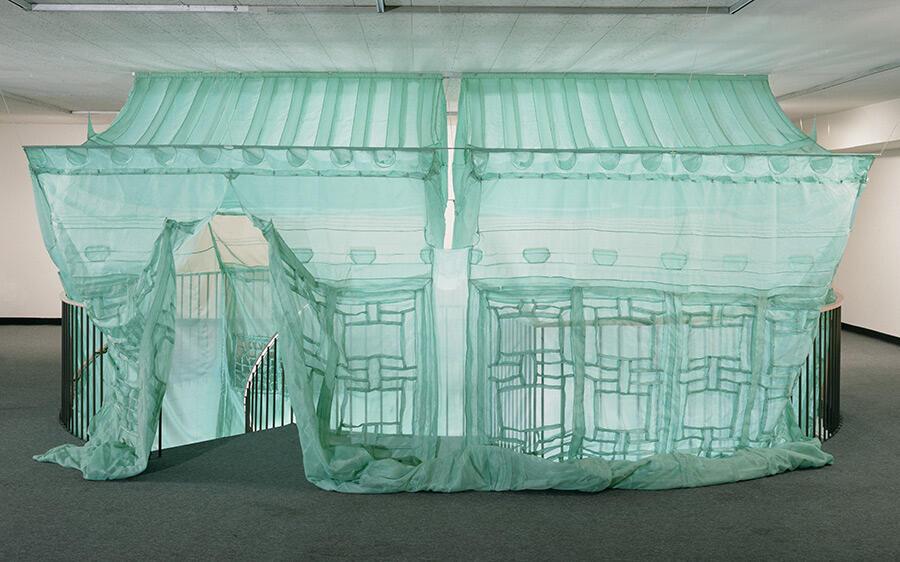
Do Ho Suh, Seoul Home L.A./ Home New York /Home Baltimore Home/ London Home/ Seattle Home L.A. Home, 1999, silk, aluminum armature
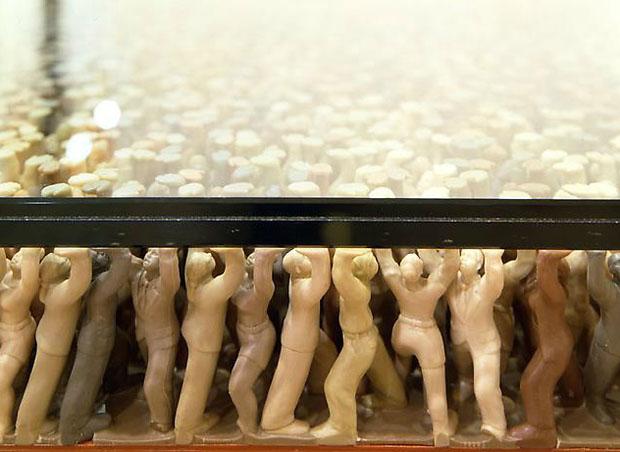
Do Ho Suh, Floor, 1997-2000, Museum of Contemporary Art Australia
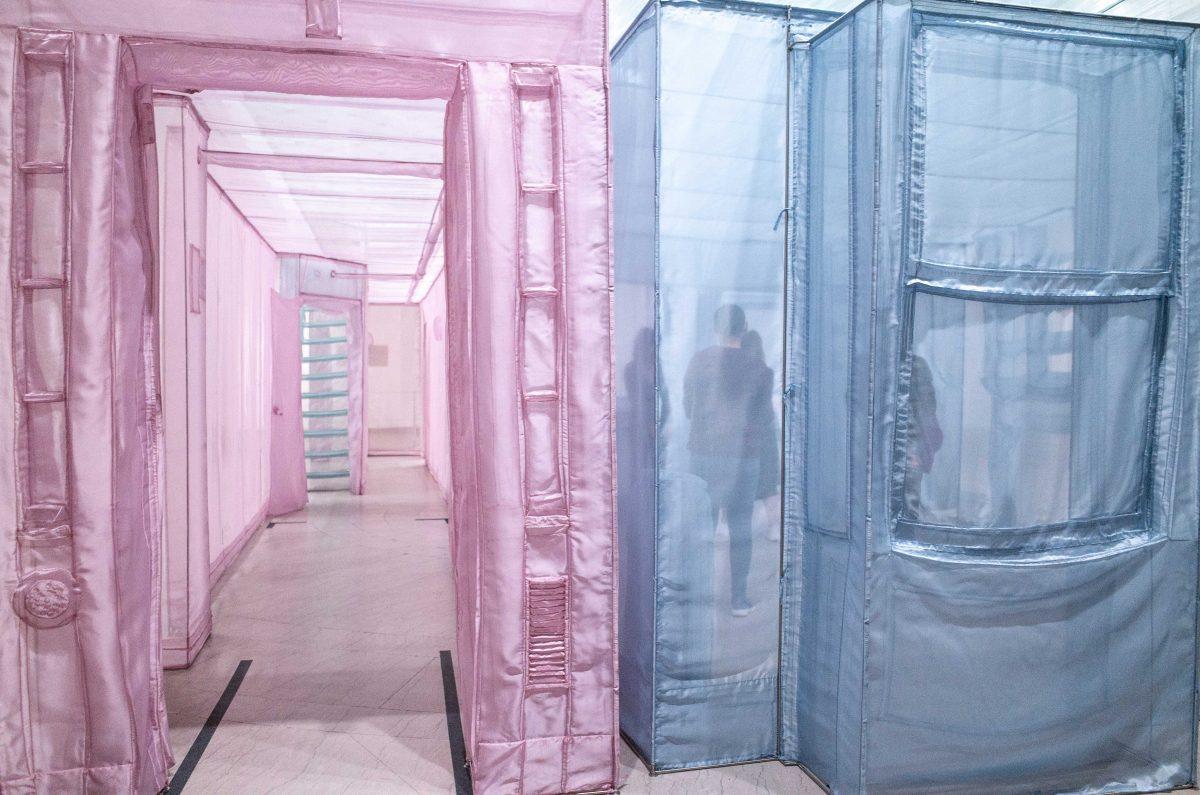
Do Ho Suh, the Perfect Home II, 2003 polyester fabric
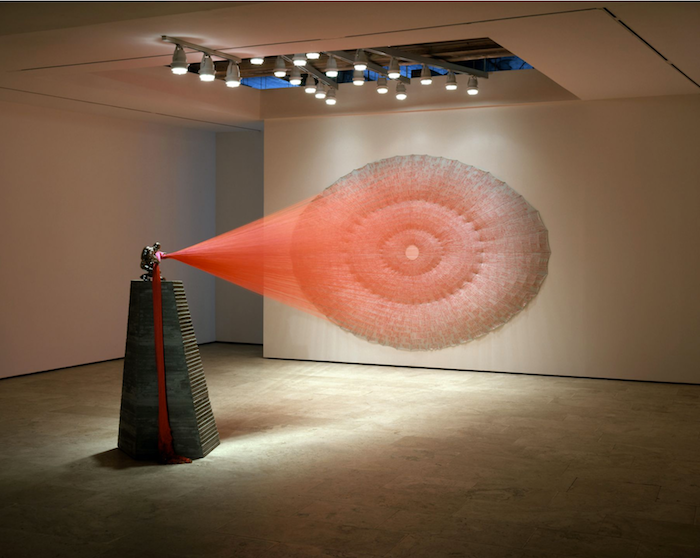
Do Ho Suh, Paratrooper-I, 2003, stainless-steel, concrete pedestal, deflated parachute, Lehmann Maupin
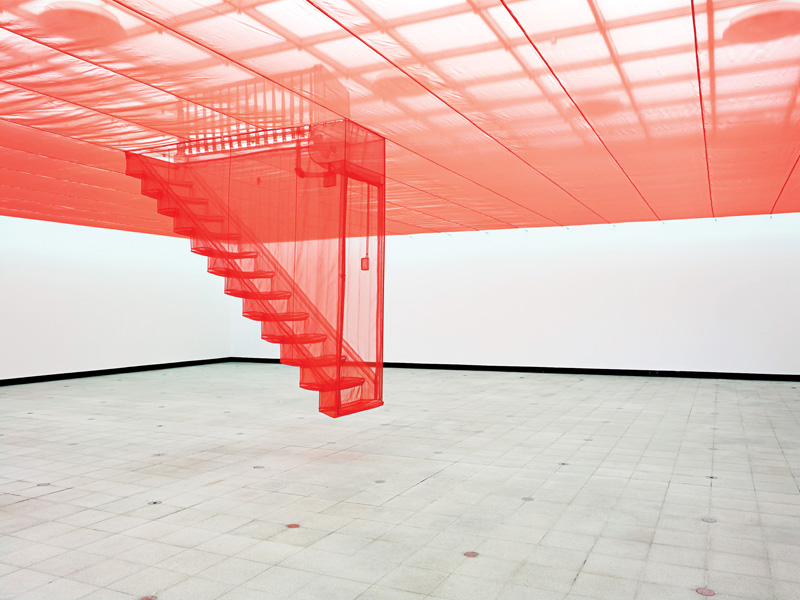
Do Ho Suh, staircase IV, translucent nylon, 2004
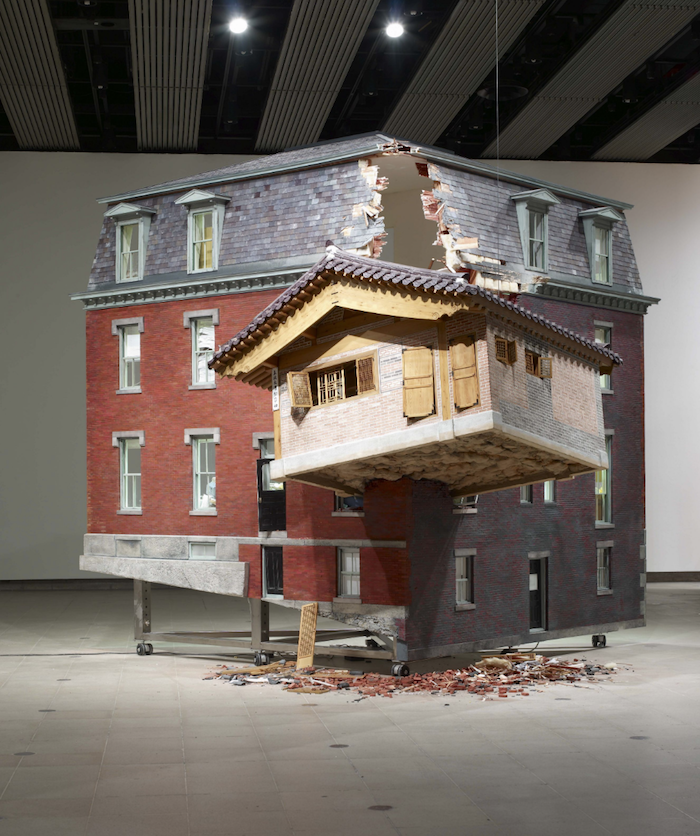
Do Ho Suh, Fallen Star 1/5, 2008, Lehman Maupin, Victoria Miro
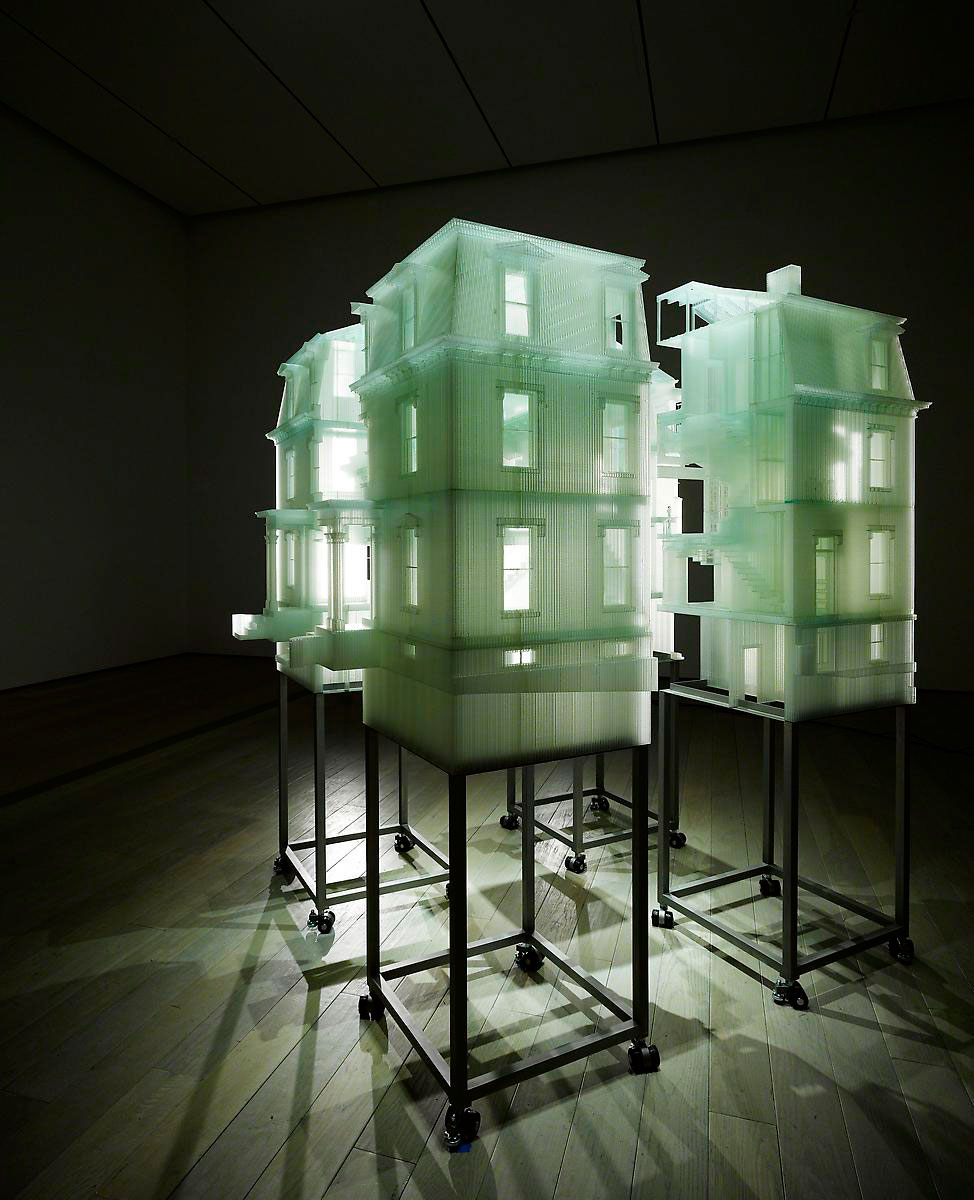
Do Ho Suh, Home Within Home - Prototype, photo sensitive resin, 2009-2011, Lehmann Maupin
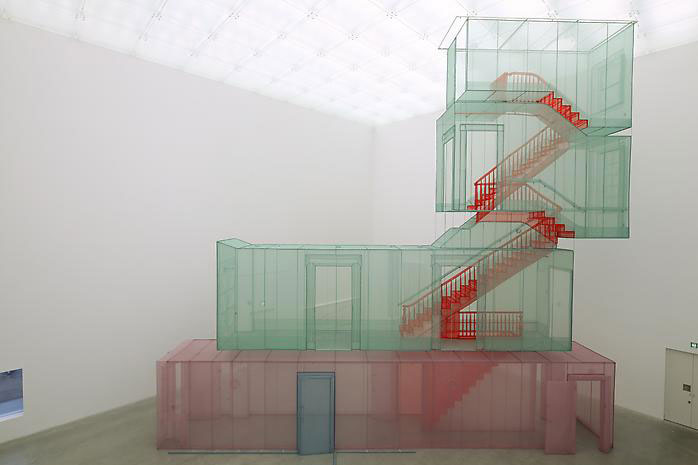
Do Ho Suh, Perfect Home, Apt. A, Corridor and Staircase, 348 West 22nd Street, New York ,2011-2012, polyester fabric and stainless steel tubes, Lehmann Maupin
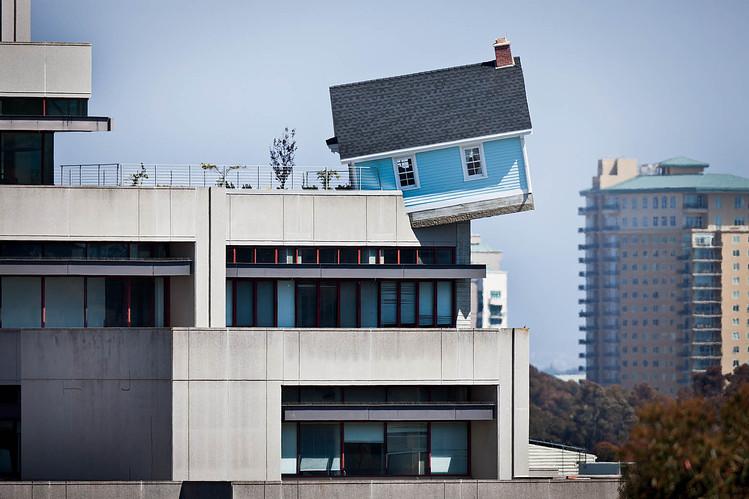
Do Ho Suh, Fallen stars house, steel-frame house, concrete foundation, brick, chimney, garden, lawn chairs, table, hibachi-style grill, bird bath and bird house, 2012
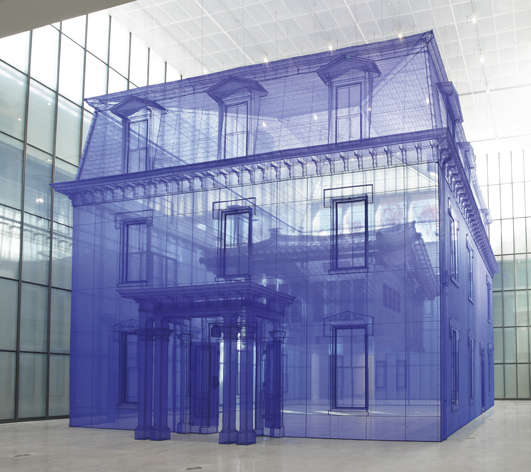
Do Ho Suh, Home within Home within Home within Home within Home, polyester fabric, metal frame, 2013, Lehmann Maupin
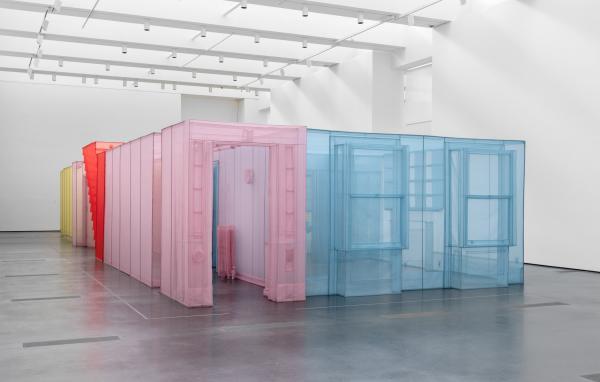
Do Ho Suh, 348 West 22nd Street, Apartment A, Unit-2, Corridor and Staircase, 2011–15, Los Angeles County Museum of Art

Do Ho Suh, 348 West 22nd Street, Apartment A, Unit-2, Corridor and Staircase, detail, 2011–15, Los Angeles County Museum of Art
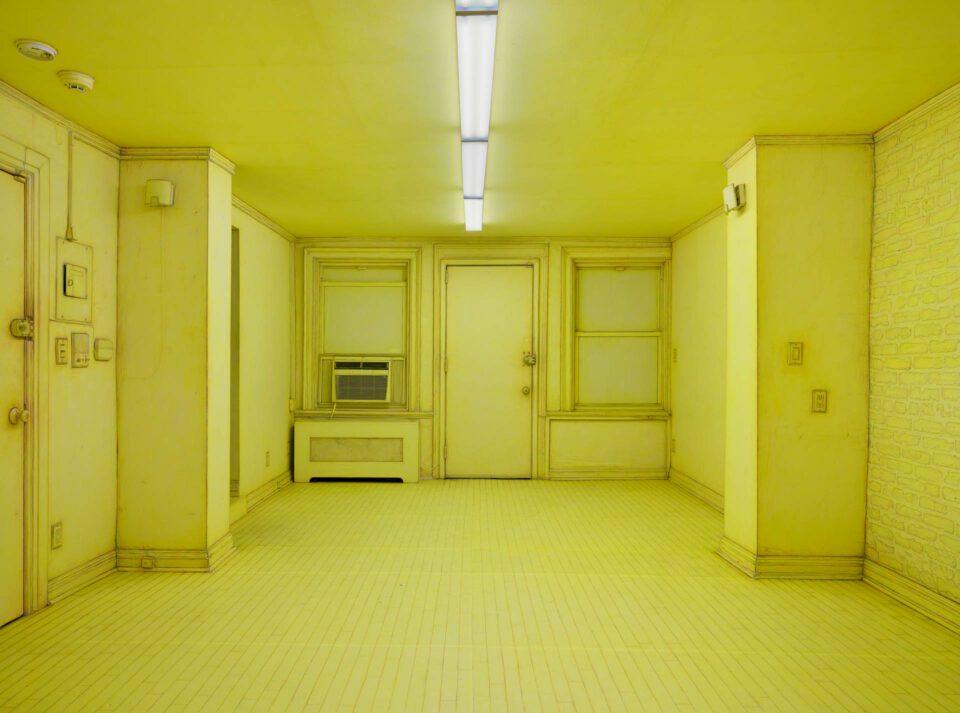
Do Ho Suh, Rubbing Loving Project Apartment A, 348 West 22nd Street, New York, 2013-2022, Victoria Miro gallery
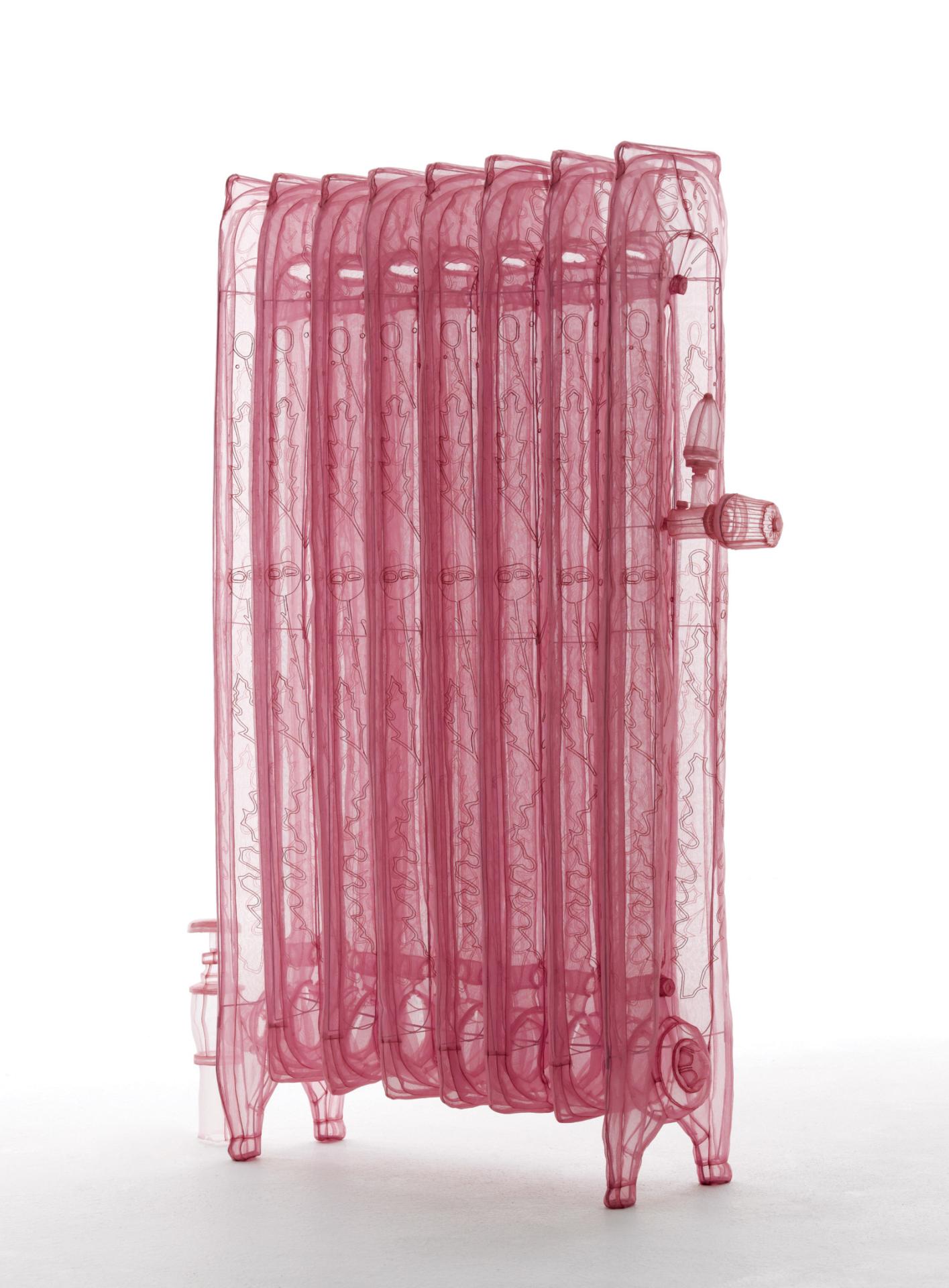
Do Ho Suh, Radiator, Specimen Serie 2013, polyester fabric
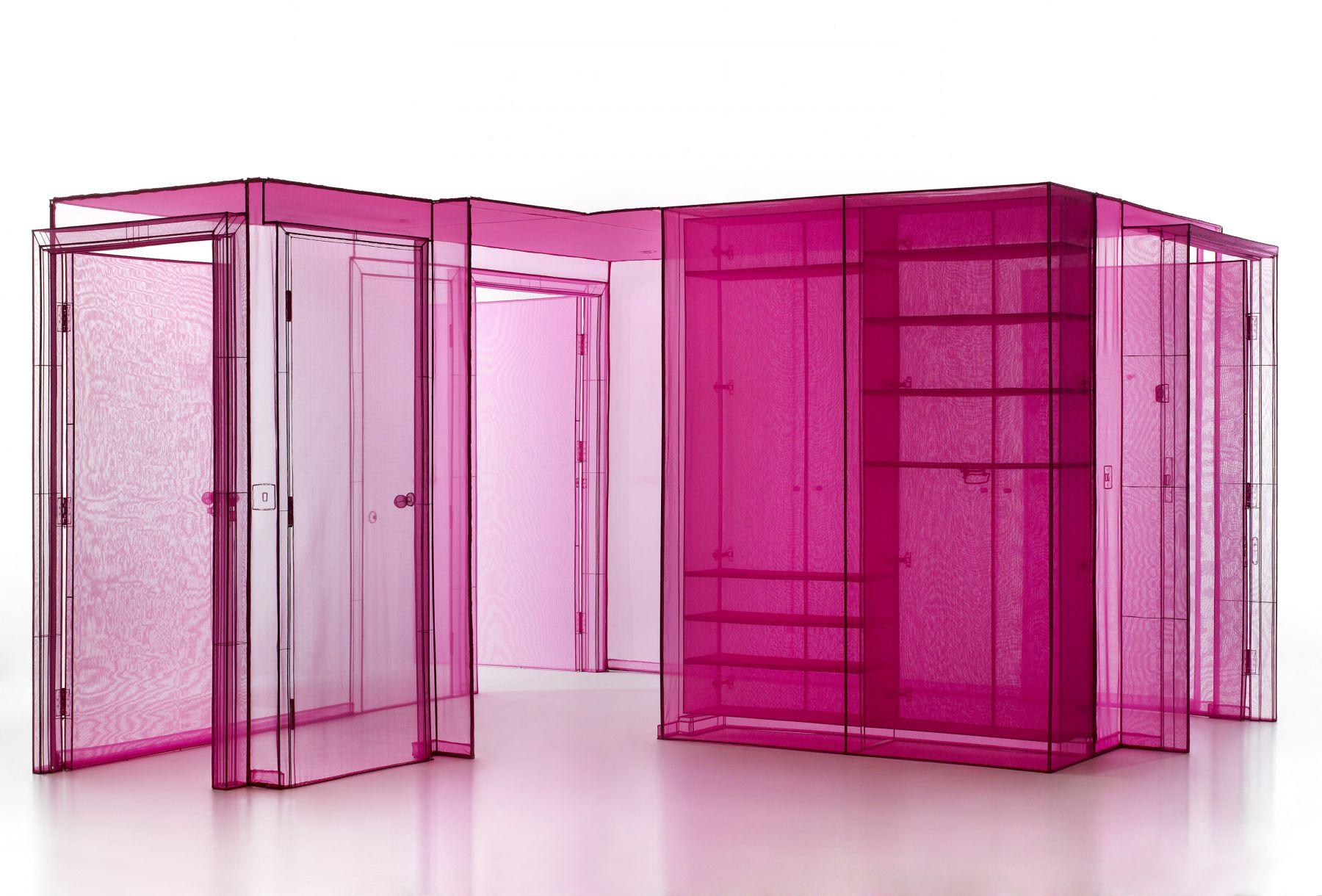
Do Ho Suh, Hub, 310 Union Wharf, 23 Wenlock Road, London, Polyester fabric and stainless steel, 2015
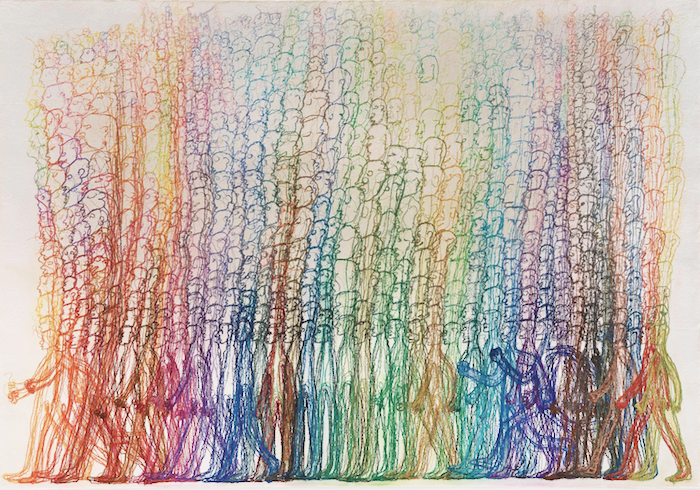
Do Ho Suh, Myselves, drawing, thread embedded in Dieu Donné paper, 2015
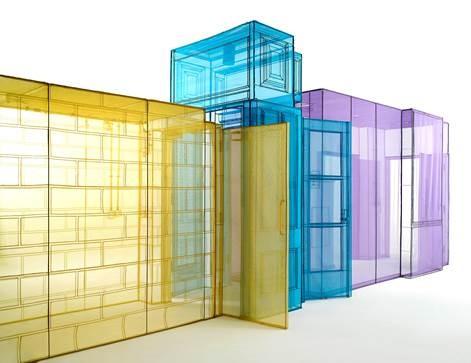
Do Ho Suh, Hub 1, polyester fabric and stainless steel armature, 2016, Lehmann Maupin
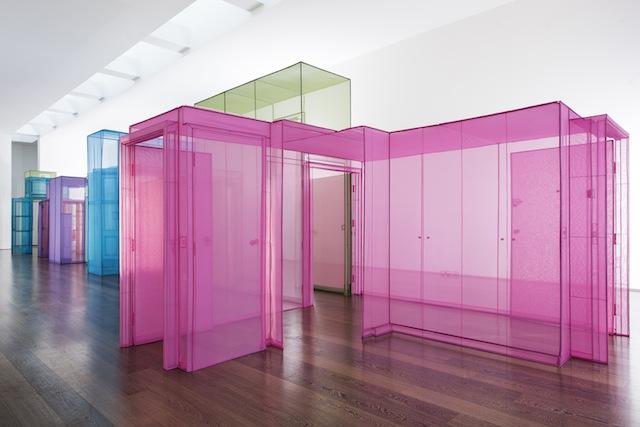
Do Ho Suh, installation, 'Passage/s", fabric sculptures, works on paper, Victoria Miro Gallery, London, 2017
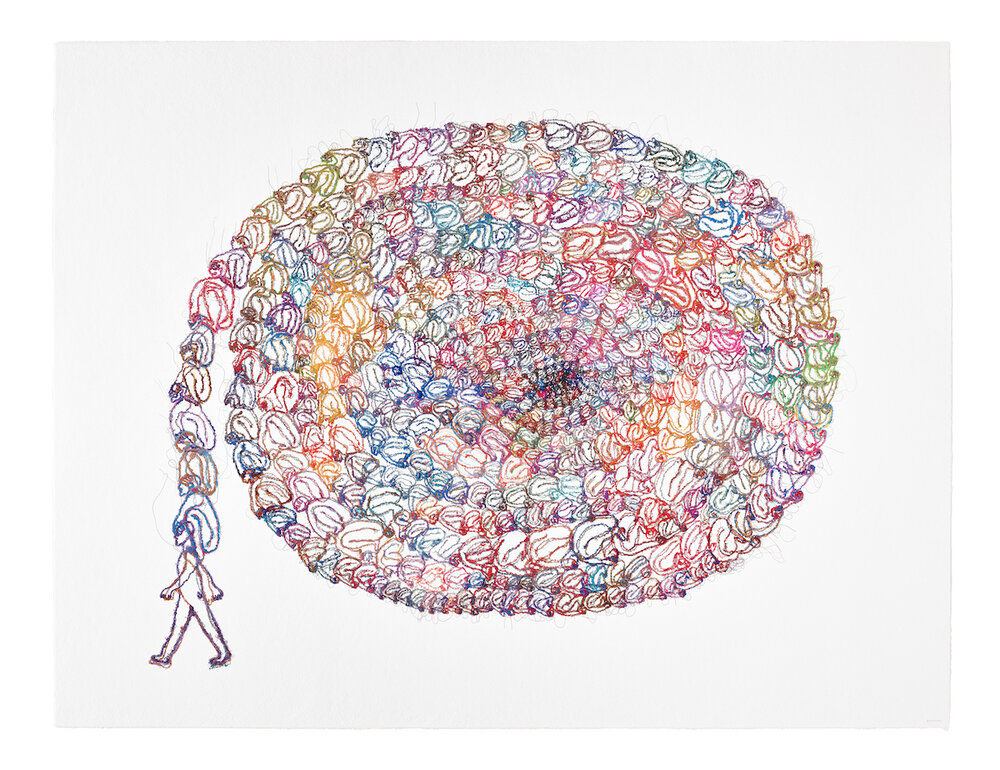
Do Ho Suh, ‘Wise Man’, thread, handmade cotton, paper, 2019, STPI Singapour
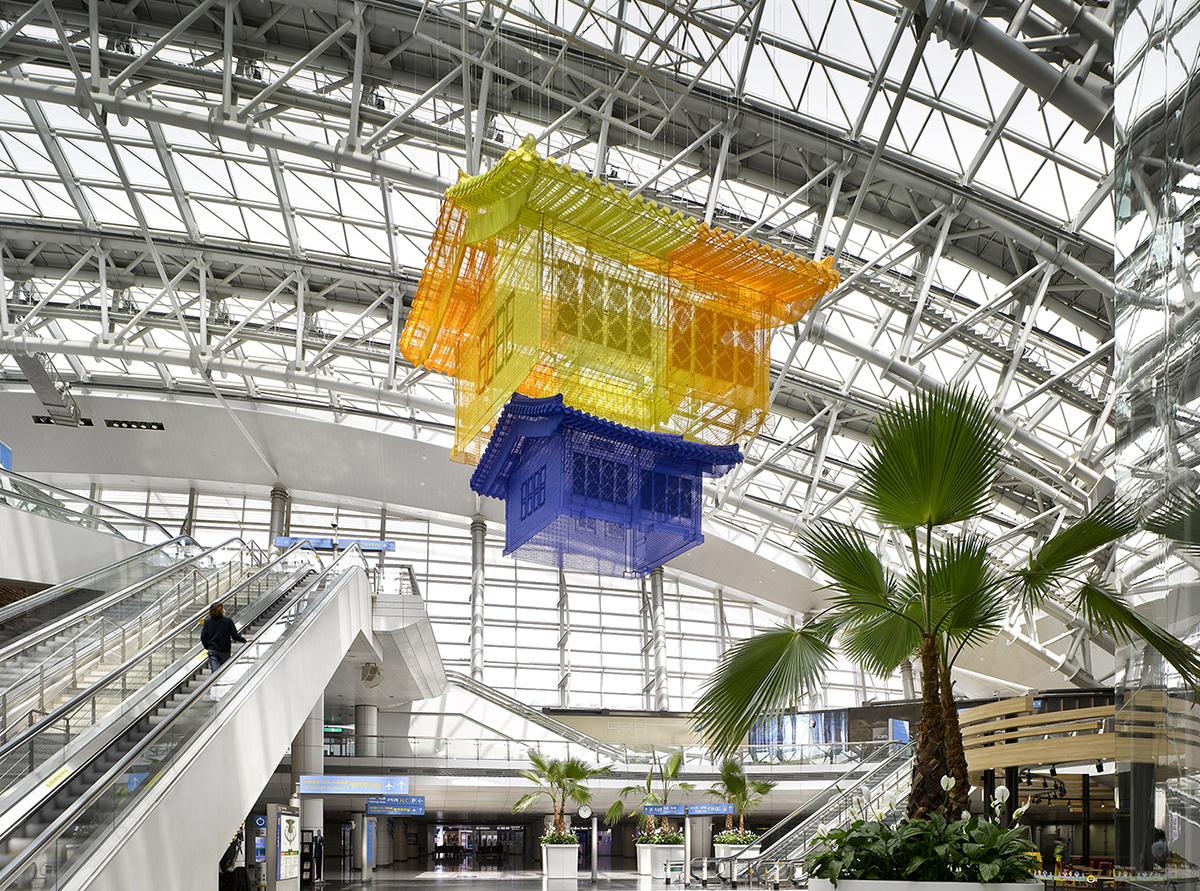
Do Ho Suh, Home within Home, 2019, polyester fabric, stainless steel, Incheon Aéroport Seoul
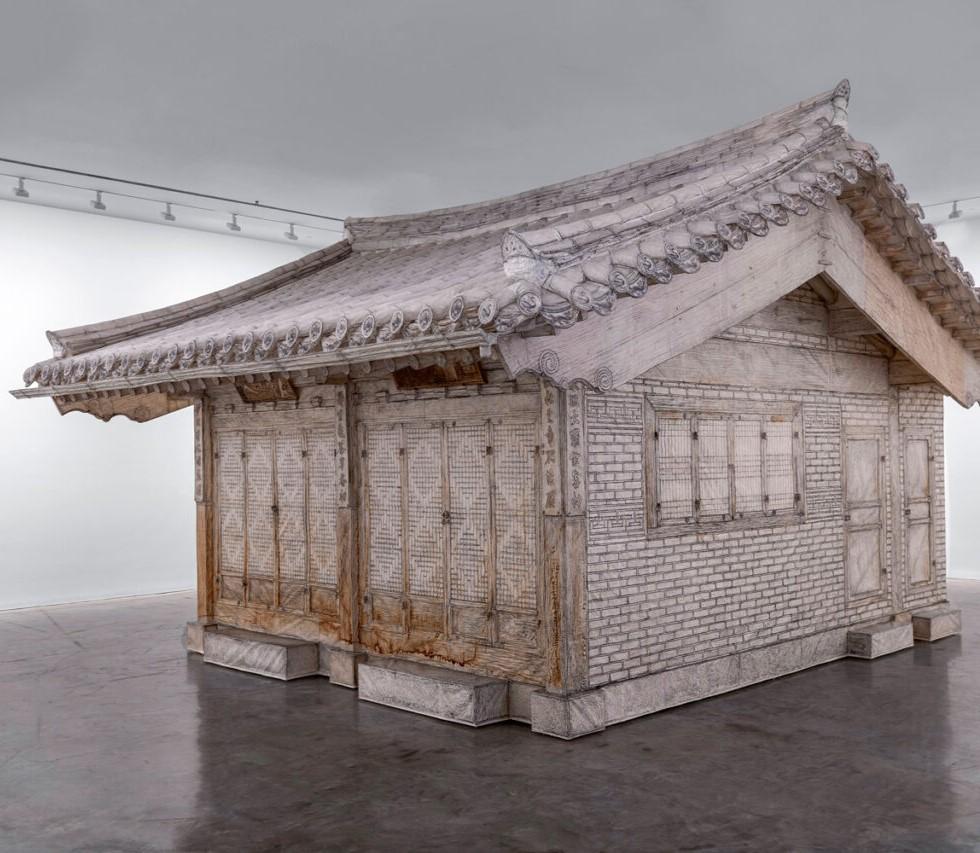
Do Ho Suh, Rubbing Loving Project: Seoul Home, 2013-2022, Installation view
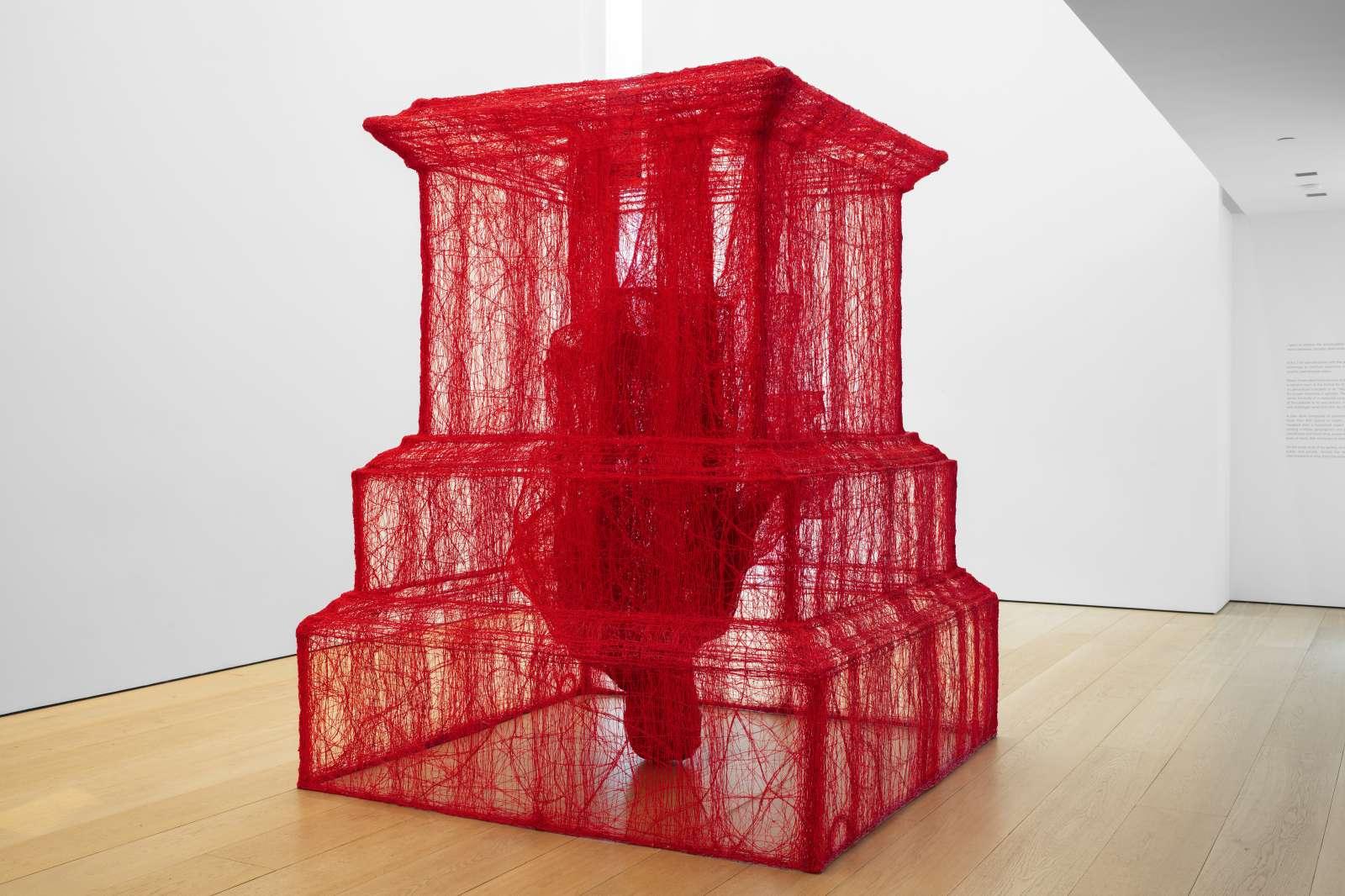
Do Ho Suh, Inverted Monument, installation view Lehmann Maupin NY, 2022, photography Christopher Payne
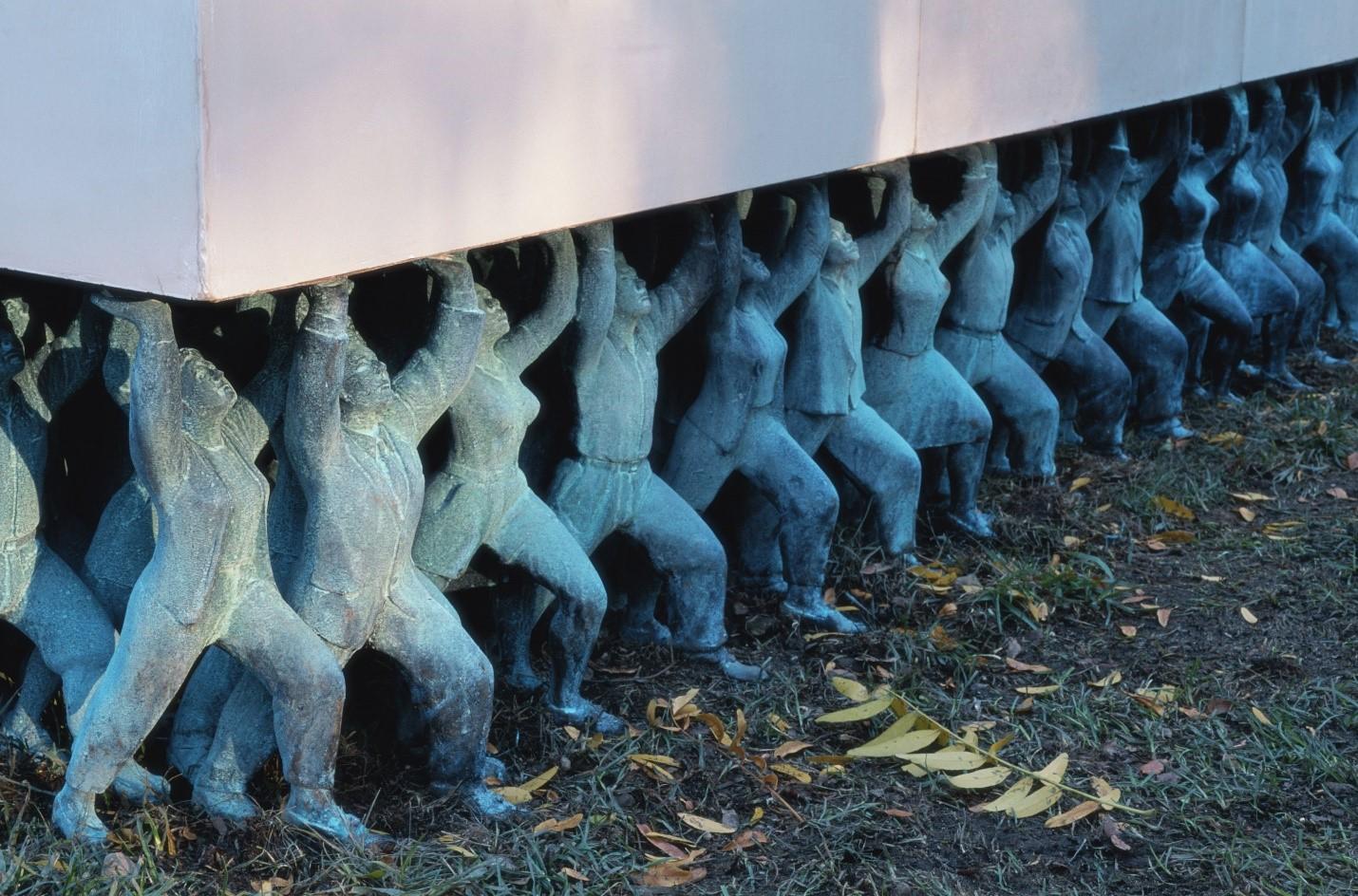
Do Ho Suh public_figures (detail), 1998–2023, jesmonite, aluminum, polyester resin, Lehmann Maupin
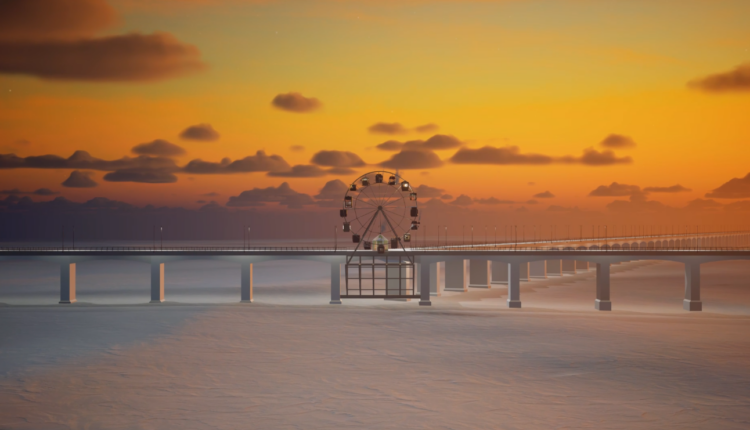
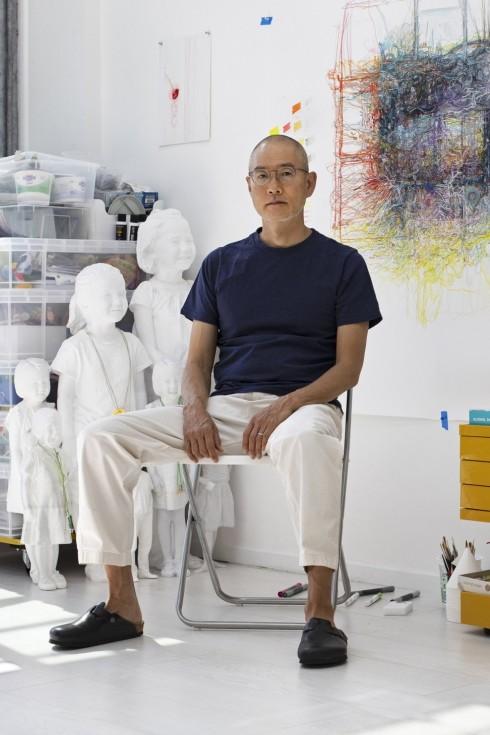
Do Ho Suh
DO HO SUH is a contemporary Korean artist. He is internationally renowned for his “fabric architecture” sculptures.
In 2023, Do Ho Suh was ranked 2918th in the world's top 5000 best-selling artists at auction, with sales of €227,000.
Contact: https://www.lehmannmaupin.com/about/contact
https://www.instagram.com/dohosuhstudio/
ARTIST PROFILE
Do Ho Suh was born in Seoul in 1963. He is the son of painter Se Ok Suh, who discovered the blend of traditional and modern Korean art. He obtained his BFA and MFA in Oriental painting at Seoul National University (1987), then at the Rhode Island School of Design (1994) and at Yale University (USA) (1997), where he focused on sculpture, his current medium of expression. Do Ho Suh lives and works in London, after living in New York for ten years and returning frequently to Seoul.
"Do Ho Suh's work explores the different meanings of space, from the smallest territory we occupy - our clothes - to our homes and homeland. One of his best-known works is “The Perfect Home II” (2003), made of translucent nylon fabric and sewn in the Korean style. The artist recreates specific domestic spaces in which he lived, as in this installation, his apartment in New York. He followed up these installations with his “Perfect Home” series.
The artist uses translucent fabrics such as polyester and silk for the large-scale installations, and rice paper for the smaller works. These materials allude to traditional Korean art, while playing on portability and impermanence.
In 2008, he created the sculpture Fallen Star 1/5, which recreated the building he lived in in Providence, NY, struck by the fall of his Korean house. This Korean house will be featured in Rubbing Loving Project: Seoul Home, 2013-2022.
In 2013, the artist also created a Series: Specimen: namely sculptures of toilets and bathtubs or radiators, everyday objects.
From November 10, 2019 to March 30, 2020, the artist exhibited his work ‘348 West 22nd Street (2011-15)’, at the Los Angeles County Museum of Art (LACMA). The work reproduced the artist's residence on the first floor of a New York building. The rooms were created in luminous strips of translucent polyester and the corridors supported by stainless steel.
From September 8 to October 29, 2022, in New York, Lehmann Maupin presented an exhibition of new works by Do Ho Suh. In this exhibition, the artist deepened his exploration of the politics and subjectivity of memory, a concept that has remained at the heart of his practice over the past 25 years.
In November 2022, a major new exhibition by Do Ho Suh was held at the Museum of Contemporary Art Australia (MCA), as part of the Sydney International Art Series 2022-2023. The exhibition featured the artist's new installation, Rubbing/Loving Project: Seoul Home (2013-2022). This is a life-size rubbing with colored pencil on paper of representations of his personal spaces. He also meticulously recreated his childhood home in Seoul, a traditional Korean hanok house with its characteristic curved tiled roof. It took him several years to complete the house in mulberry paper.
As part of the Atrium Project series at Chicago's MCA (Museum of Contemporary Art), Do Ho Suh occupied the entire wall of the second-floor entrance hall with an astonishing work: ‘Who Am We’ (Multicolore) (2000), the artist grouped together in a single space thousands of 1/8-inch portraits taken from his high-school yearbook, arranged in uniform rows. The wall was on view from February 24, 2024 to February 25, 2025.
To inaugurate the next century of the Smithsonian's National Museum of Asian Art in Washington, Do Ho Suh was commissioned to create a special edition of his work ‘Public Figures’, which has been installed in front of the museum and facing the National Mall in Washington D.C. since April 2024.
EXHIBITIONS
Since the 90s, Suh Do Ho has been exhibited in different countries over the world.
2025 'The Genesis Exhibition: Do Ho Suh: Walk the House', a retrospective, Tate Modern, London
From 17 August to 3 November 2024, the Art Sonje Center in Seoul presented an exhibition by Do Ho Suh entitled ‘the Speculations series’
National Galleries of Scotland in Edinburg, presented an expansive exhibition by Do Ho Su : "Do Ho Suh | Tracing Time", from 17 February to 1 September 2024.
Novembre 2022, major exhibition of Do Ho Suh at Museum of Contemporary Art Australia (MCA),
Suh Do Ho exhibited "Proposal for Sach'ŏnwang-sa" at the London Mithraeum Bloomberg Space from July 28 to January 22, 2022.
Lehmann Maupin presented an exhibition of the most iconic works of Do Ho Suh, in its gallery in London, from December 3, 2020 to February 20, 2021.
PAST EXHIBITIONS
KIM TSCHANG-YEUL
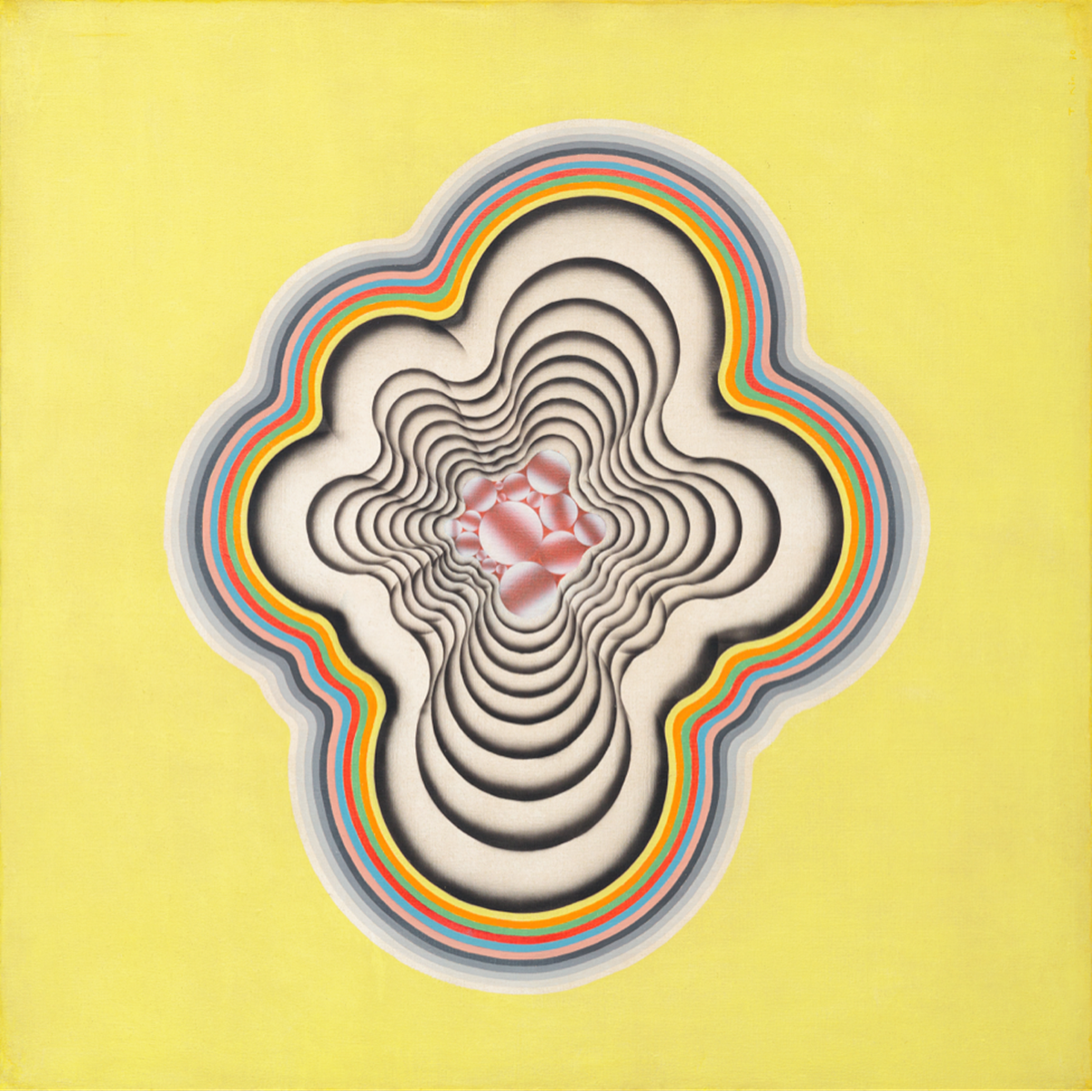
Kim Tschang-Yeul, Composition, 1970, acrylic and cellulose lacquer on canvas, Tina Kim gallery
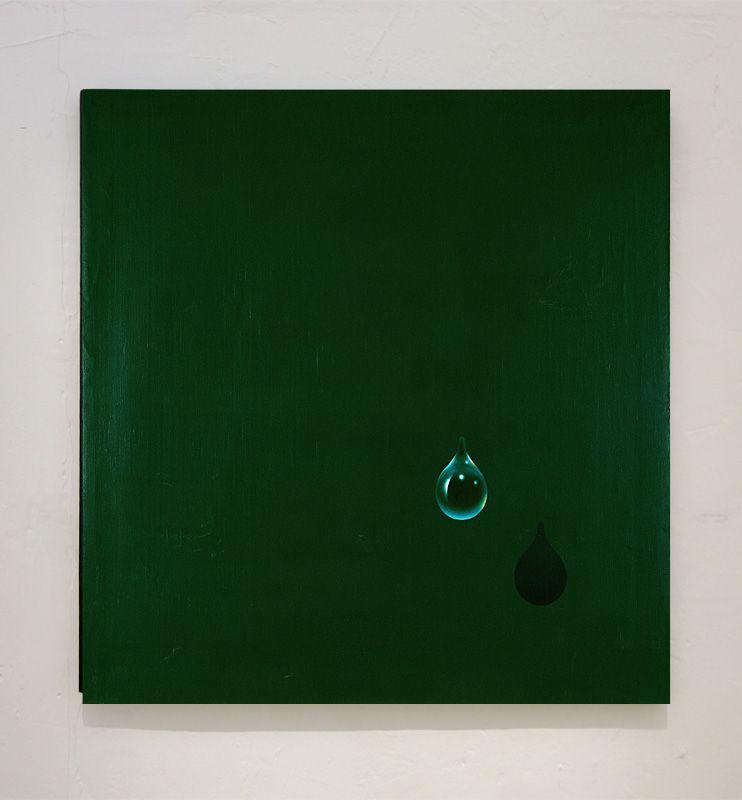
Kim Tschang-Yeul, Evénement de la nuit,1972, oil on canvas (Arles 2018)
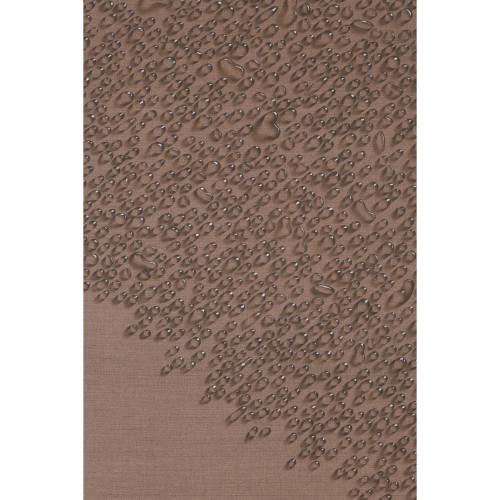
Kim Tschang-Yeul, waterdrops, 1973, oil on canvas
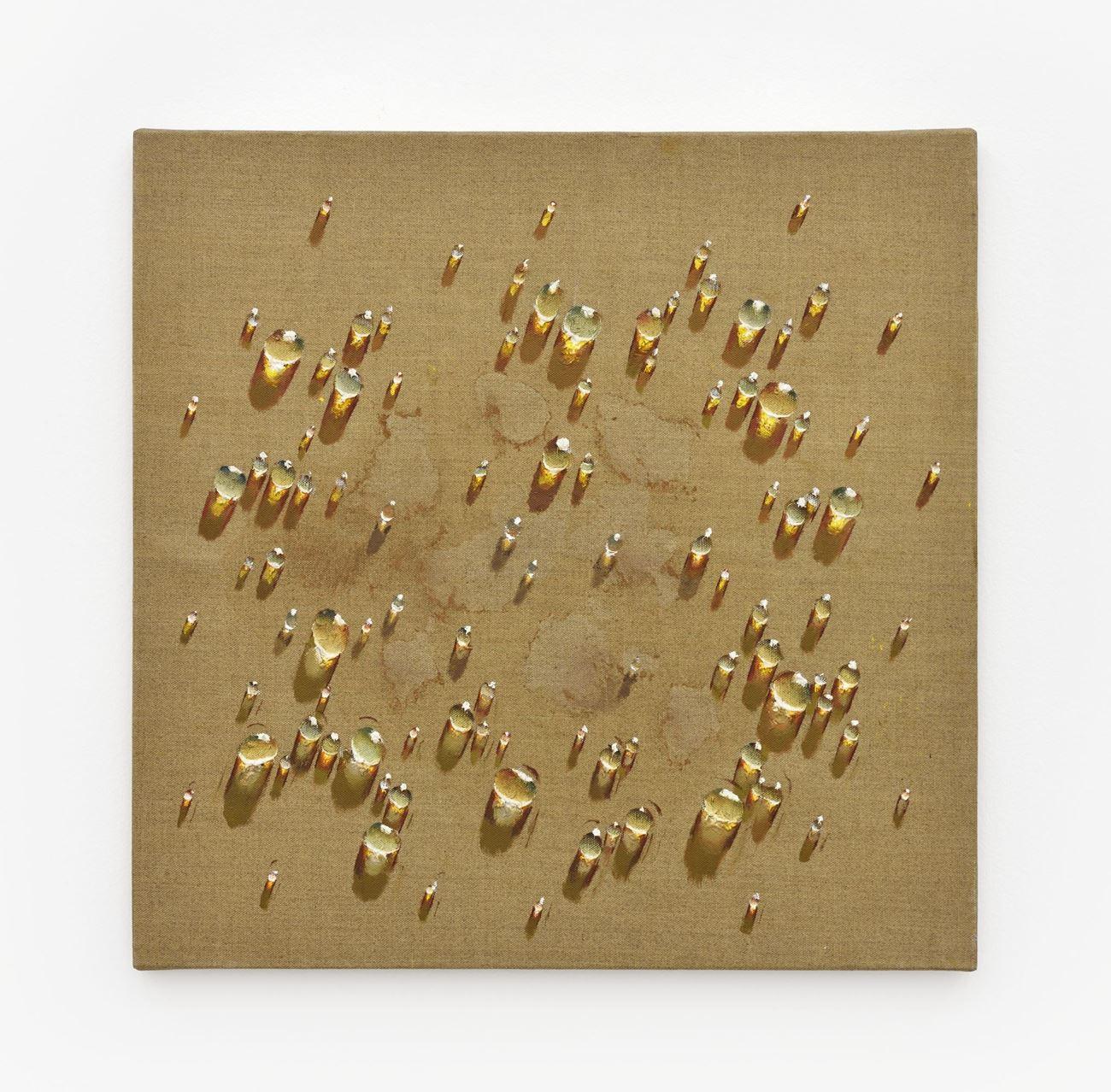
Kim Tschang-Yeul, waterdrops, 1985, oil on canvas, Almine Rech gallery
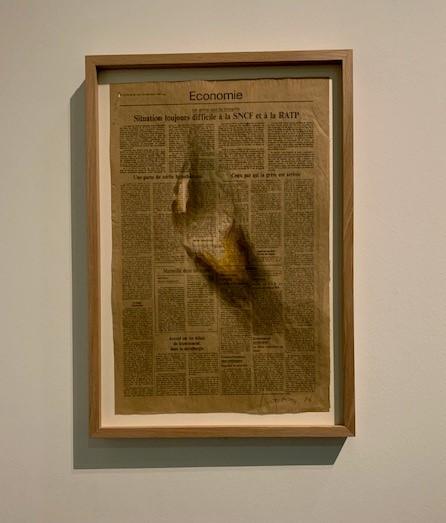
Kim Tschang-Yeul, Newspaper, 1986, collection privée
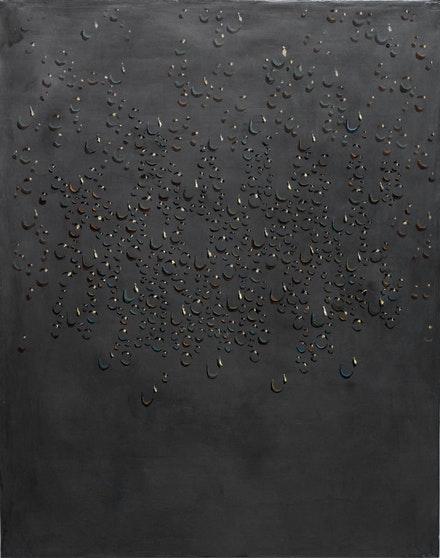
Kim Tschang-yeul, Waterdrops, 1986 graphite and oil on canvas
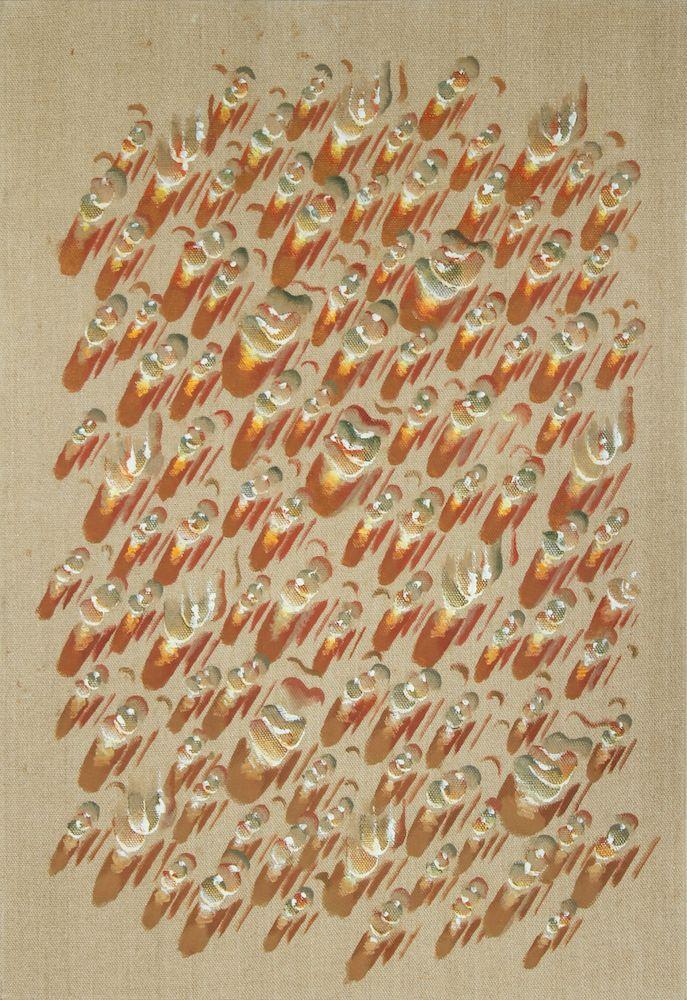
Kim Tschang-Yeul, waterdrops, 1988, oil on canvas
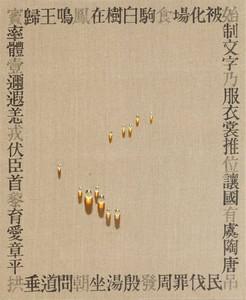
Kim Tschang-Yeul, S.A. 9200 7-1992, oil on canvas
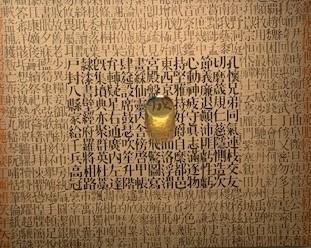
Kim Tschang-Yeul, Recurrence, 1994, ink, oil aand aacrylic on canvas
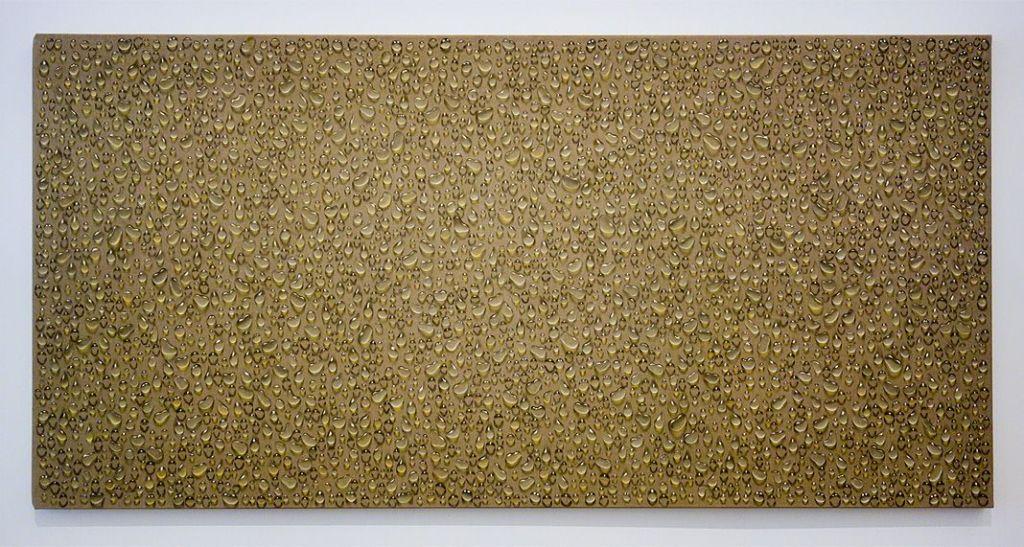
Kim Tschang-Yeul, Consciousness, 1993, Chapelle-du-Méjan, 2018, Arles
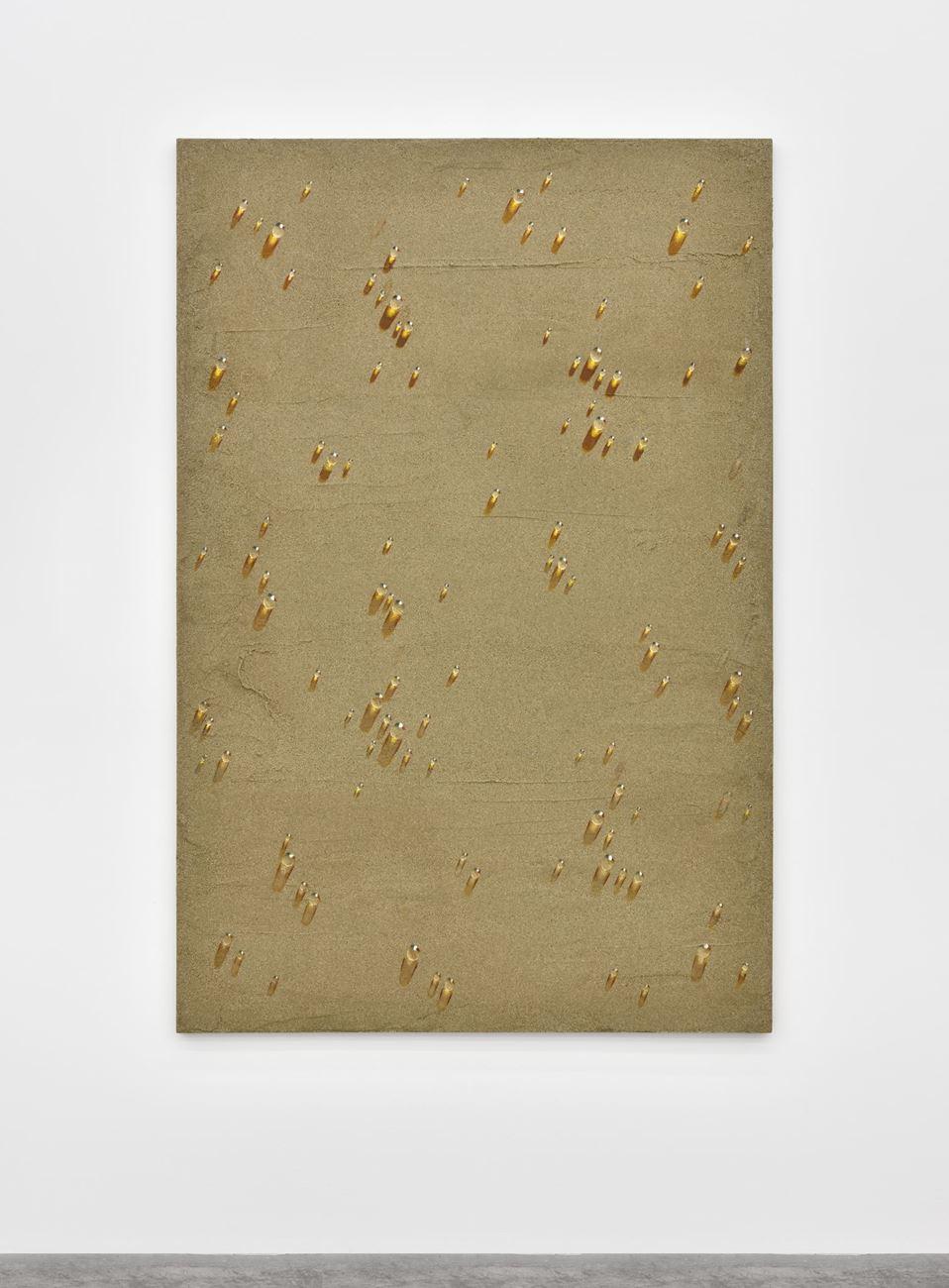
Kim Tschang-Yeul, waterdrops, 2003, sand and oil on wood
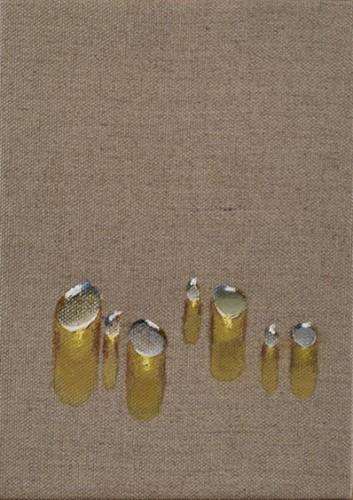
Kim Tschang-Yeul, waterdrops, 2011, acrylic and oil on canvas
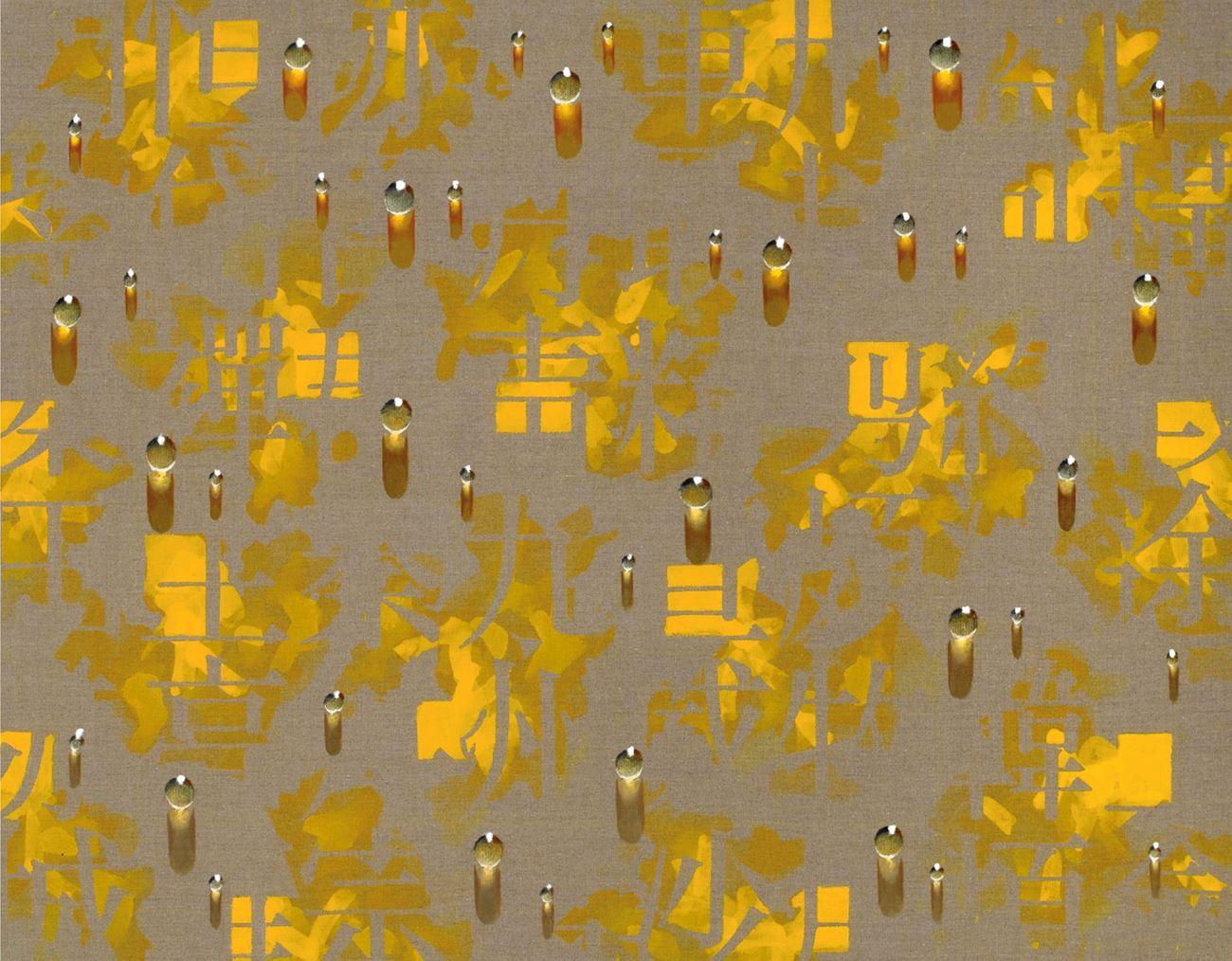
Kim Tschang-Yeul, Recurrence, 2012, 2011, acrylic and oil on canvas
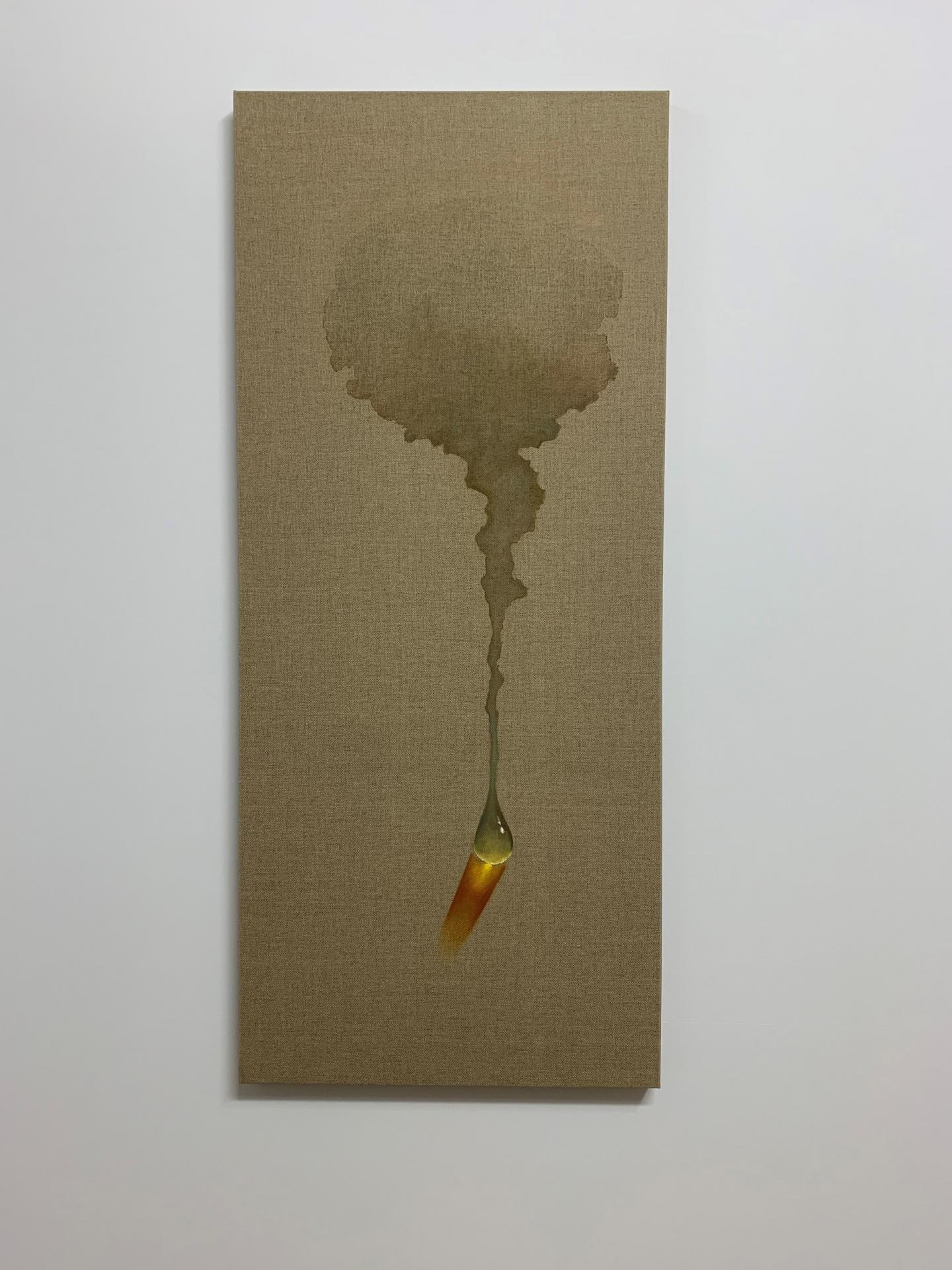
Kim Tschang-Yeul, Nuit, 2019, acrylic and China ink on Korean paper mounted on canvas
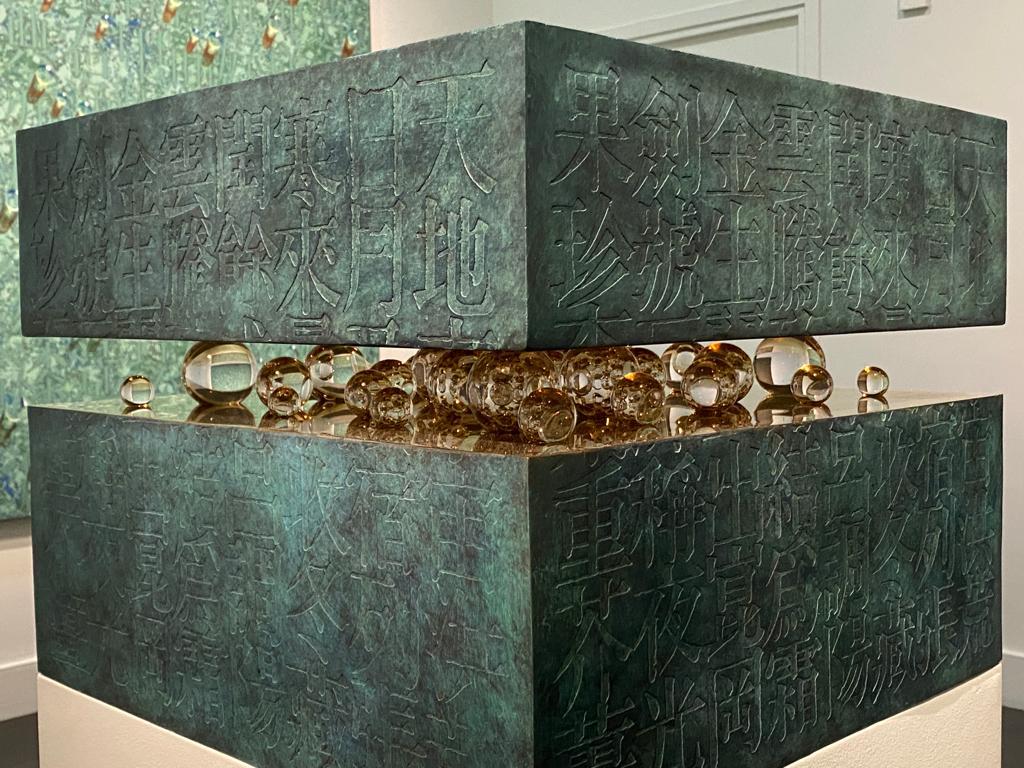
Kim Tschang-Yeul, waterdrops, Cernuschi Museum, 2023
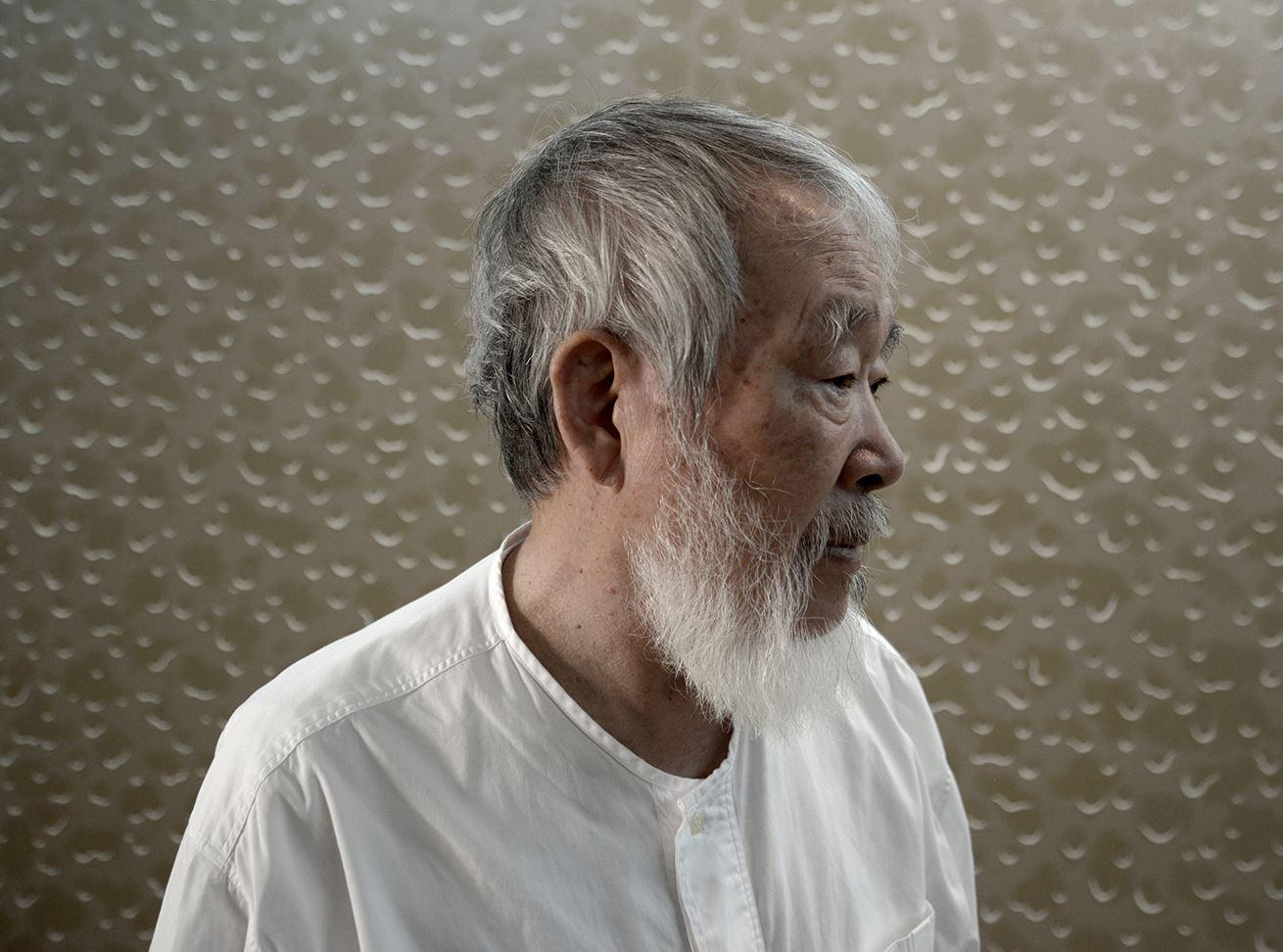
Kim Tschang-Yeul
KIM TSCHANG-YEUL is one of the greatest Korean painters; he is one of the big names who have helped bring contemporary Korean art to the international stage, alongside Nam-June Paik and Lee Ufan.
With cumulative sales of €2,9 M, Kim Tschang-Yeul was ranked 454th in the Top 500 of Artprice's ranking of contemporary artists' auctions worldwide in 2023.
Contact: https://www.alminerech.com/artists/4431-kim-tschang-yeul
NEWS
The National Museum of Modern and Contemporary Art (MMCA) in Seoul is presenting the first large-scale posthumous retrospective of Kim Tschang-Yeul (1929–2021)
PROFILE OF THE ARTIST
Kim Tschang-Yeul was born in Maengsan, Pyeongannamdo, North Korea. He emigrated to South Korea to escape the Communist regime. He then studied art at the College of Fine Art, Seoul National University, from which he graduated (1948–50). From 1966 to 1968, he studied at the Art Students League of New York. In the meantime he had a career teaching art in high schools in Seoul and the surrounding areas. He also formed a circle at the origin of a movement that would become the Hyundai Association - association of contemporary Korean artists (“Hyundai” meaning “contemporary” in Korean). He moved to Paris in 1969. He divided his life between France and Korea. He notably supported the creation of the Museum dedicated to him on Jeju Island in Korea, to which he donated part of his works. This museum was opened to the public in the fall of 2016. The artist died in January 2021, at the age of 91.
Kim Tschang-Yeul has a recurring motif, the drop of water he has painted for forty years. Raindrops, dew or condensation. They are delicately placed on the surface of monochrome canvases or covered with ideograms. His work stands at the confluence of abstraction and Chinese calligraphy. His simple and clear work fuses Taoist wisdom, modern conceptual irony and the tragedy of war. "The Event of the Night" (1972) was one of his first paintings, followed by a long series: a lonely transparent drop of water stands out against a dark background. According to the words of Kim Tschang-Yeul, this painting brings together "the flow of oppositions from shadow to light, from emptiness to full, from the important to the negligible."
https://www.alminerech.com/exhibitions/10888-kim-tschang-yeul-l-origine-du-vide
In 2025, the National Museum of Modern and Contemporary Art (MMCA) in Seoul is presenting the first large-scale posthumous retrospective of Kim Tschang-Yeul (1929–2021)
EXHIBITIONS
Kim Tschang-Yeul's work has been shown around the world for over fifty years.
Almine Rech Paris Matignon gallery presented an exhibition of works by Kim Tschang-Yeul, from 18 November to 22 December 2023
From 14 April to 30 July 2023, Cernuschi Museum in Paris exhibited the work of Kim Tschang-Yeul
Homage to Kim Tschang-Yeul by the Sonamou association at Galerie Beaubourg 24, from 18 to 29 October 2022
PAST EXHIBITIONS
LEE UFAN
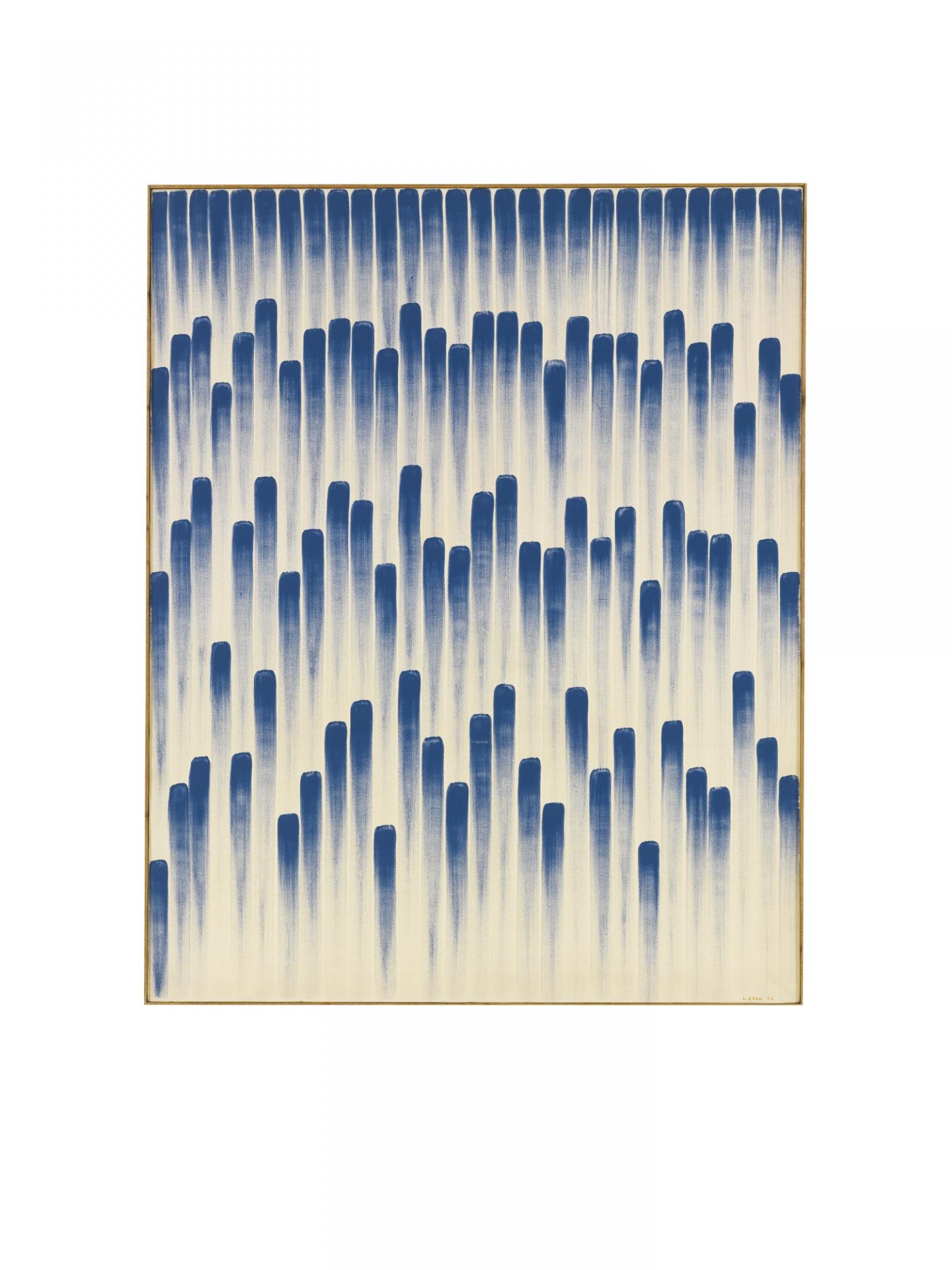
Lee Ufan, From Line, 1978
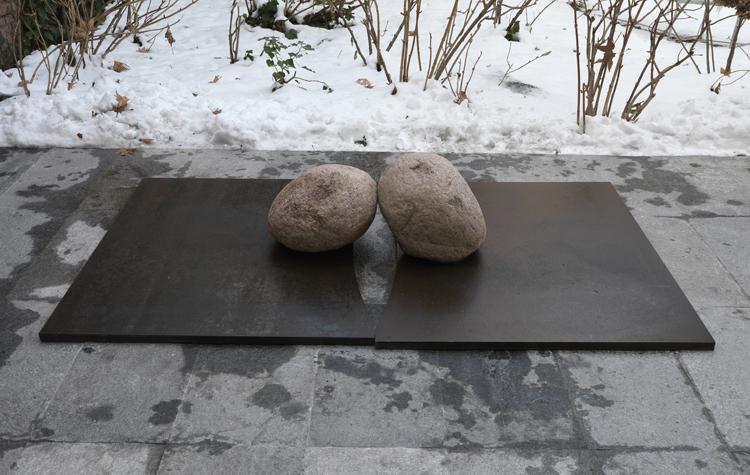
Lee Ufan, Relatum Lover, two iron plates and two natural stones, 1986
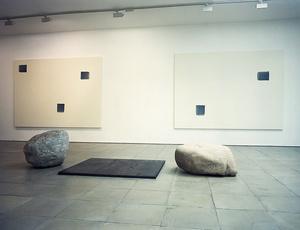
Lee Ufan, Installation, crushed stone pigment, 2004
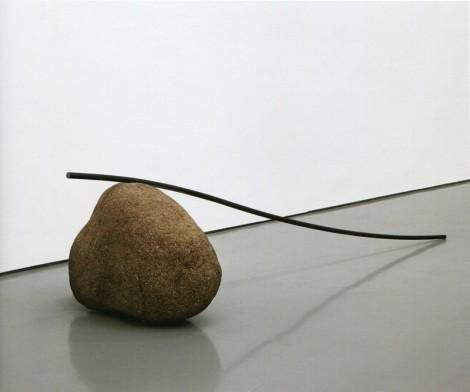
Lee Ufan, Relatum a Rest, stone, iron pole, 2005
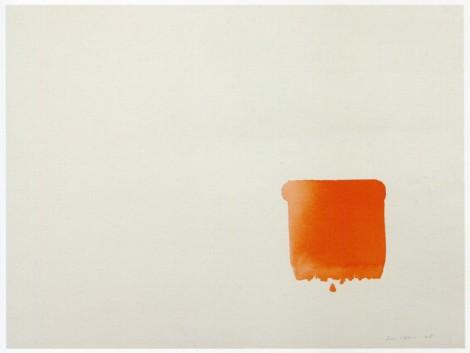
Lee Ufan, Correspondance, watercolor, 2006
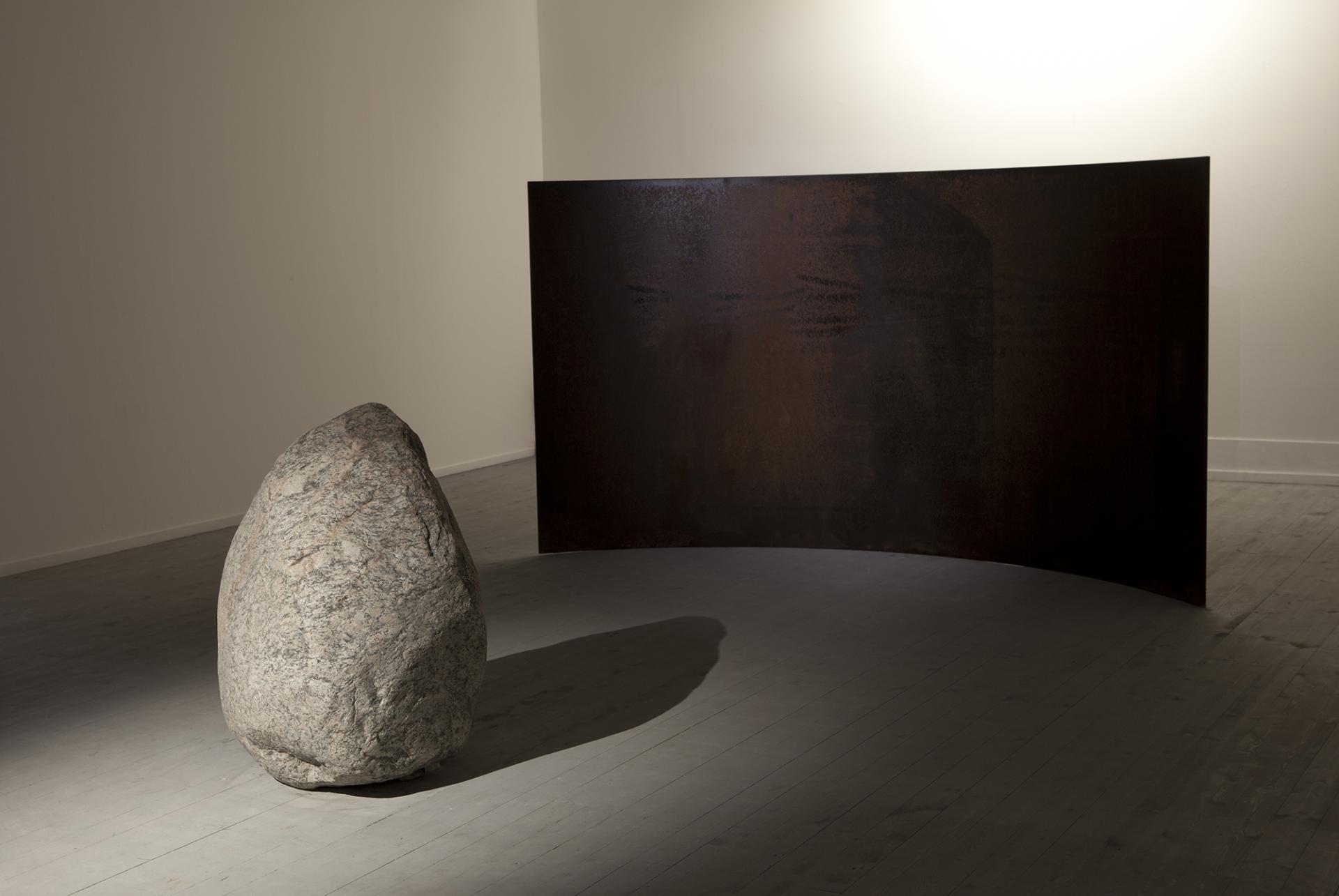
Lee-Ufan, Relatum Counterpoint, iron plate, stone, 2009
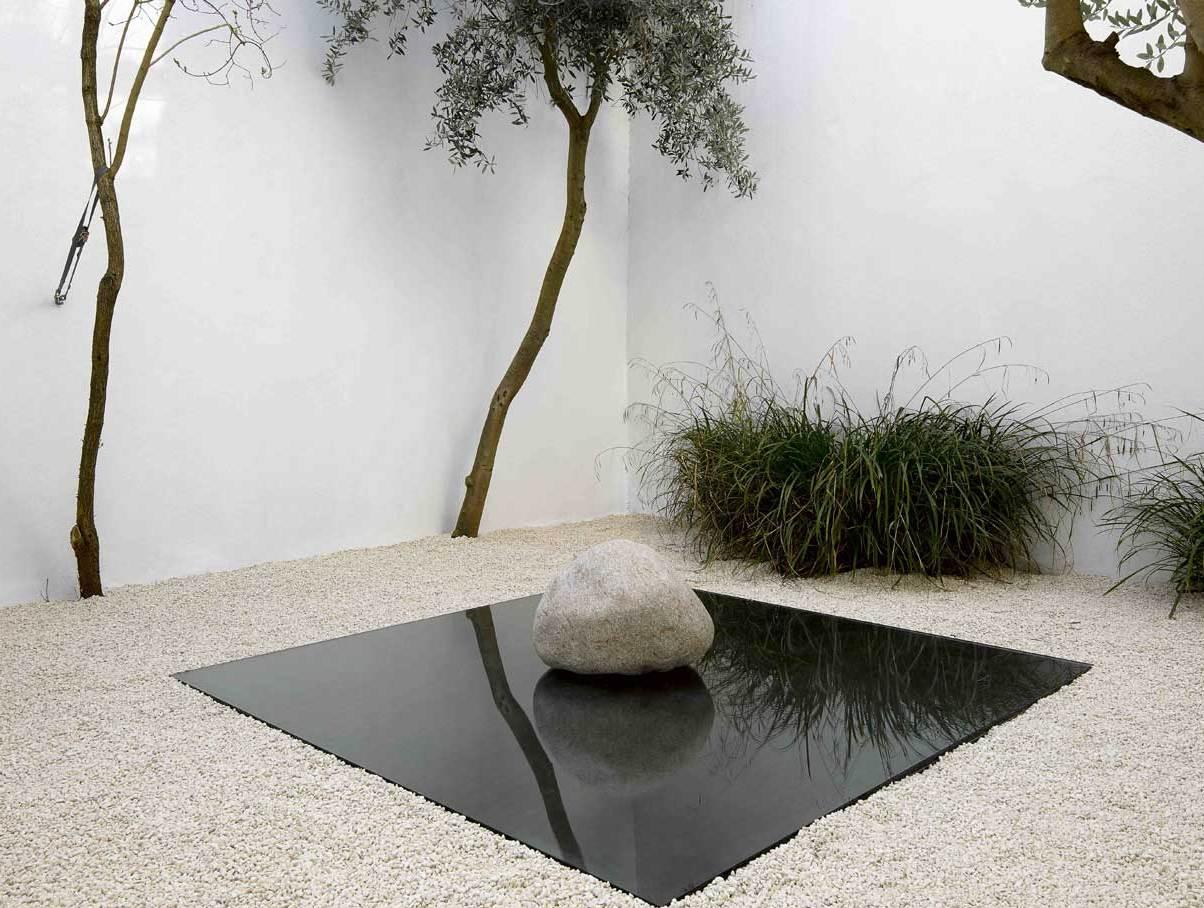
Lee Ufan, Relatum Rest, stone installed on a sheet of glass, and lying on a bed of white marble chips, 2013, Lisson Gallery
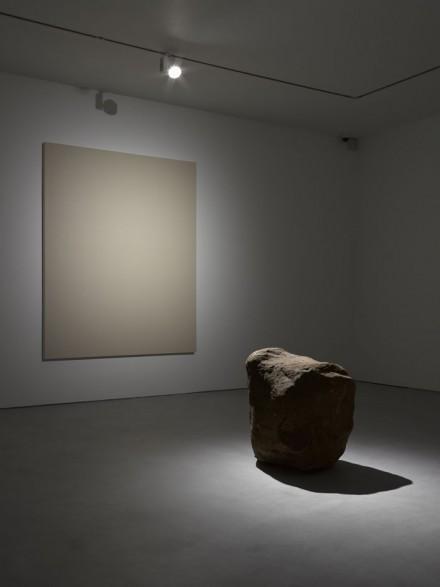
Lee Ufan, Dialogue Silence, Virgin canvas, stone, 2013, Lisson Gallery
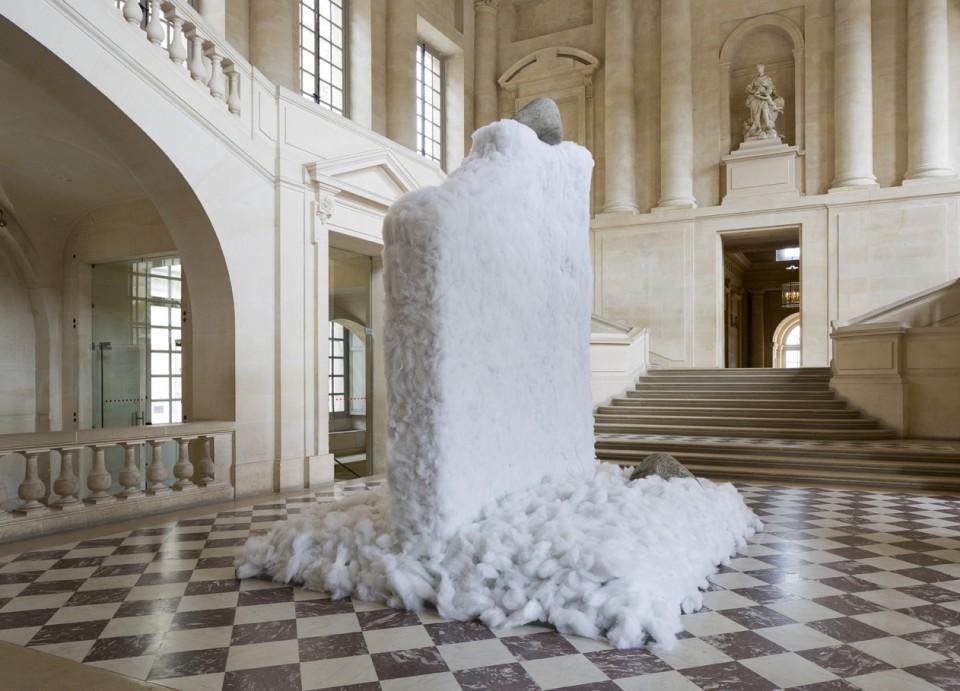
Lee Ufan, Relatum Tour de coton, steel, rebar, grid, cotton, Versailles 2014, photo Tadzio
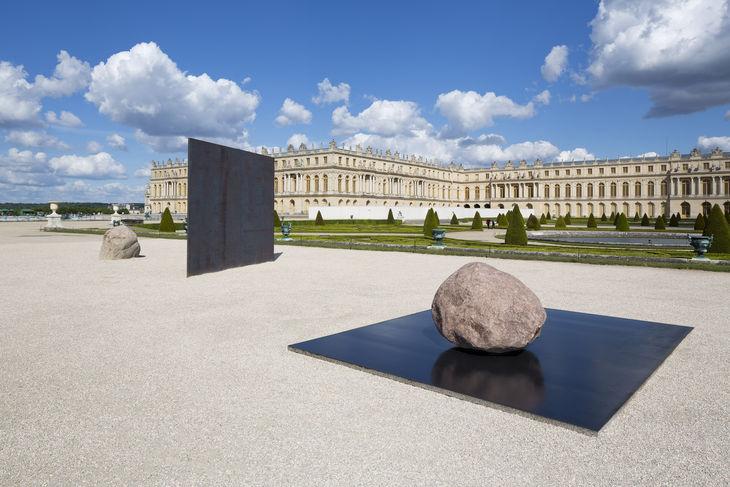
Lee Ufan, Versailles gardens, stone and metal, 2014
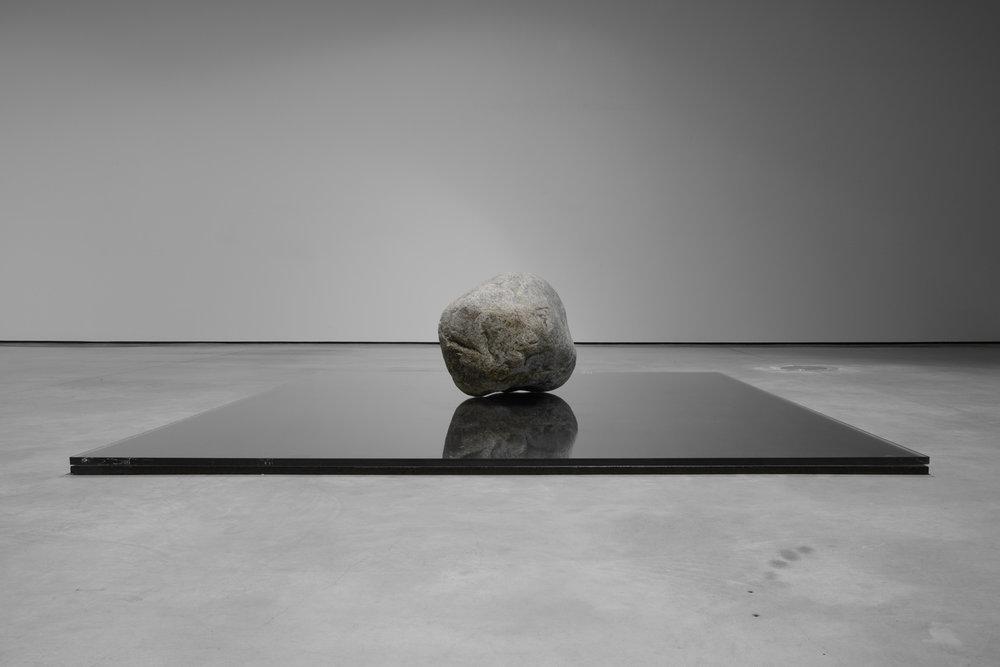
Lee Ufan, Relatum Existence, stone and metal, 2014
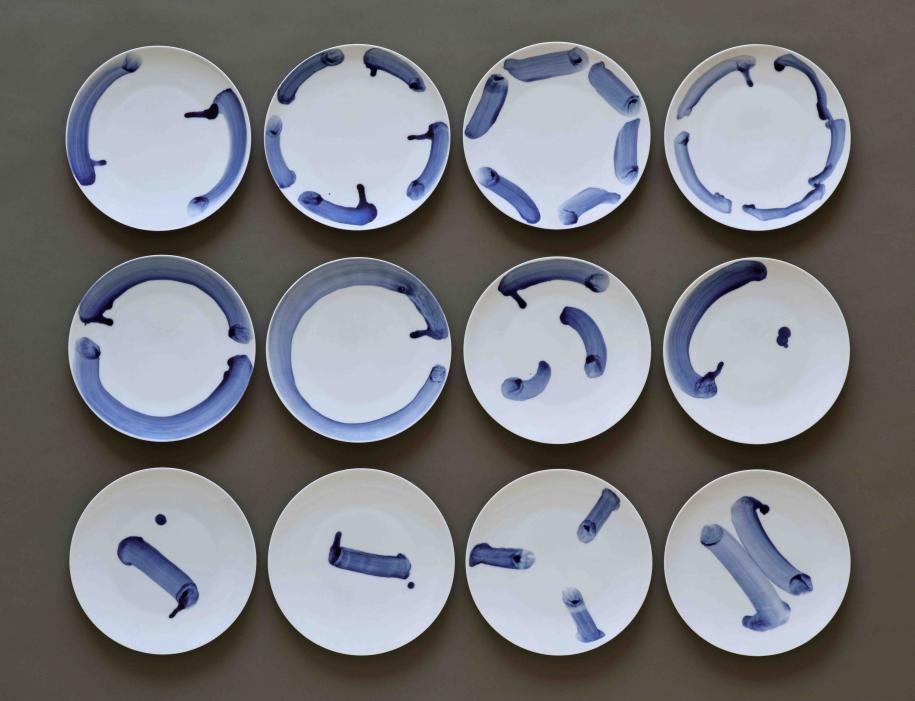
Lee Ufan, Untitled, plates, porcelain, 2016, Sèvres, Cité de la céramique, G. Jonca
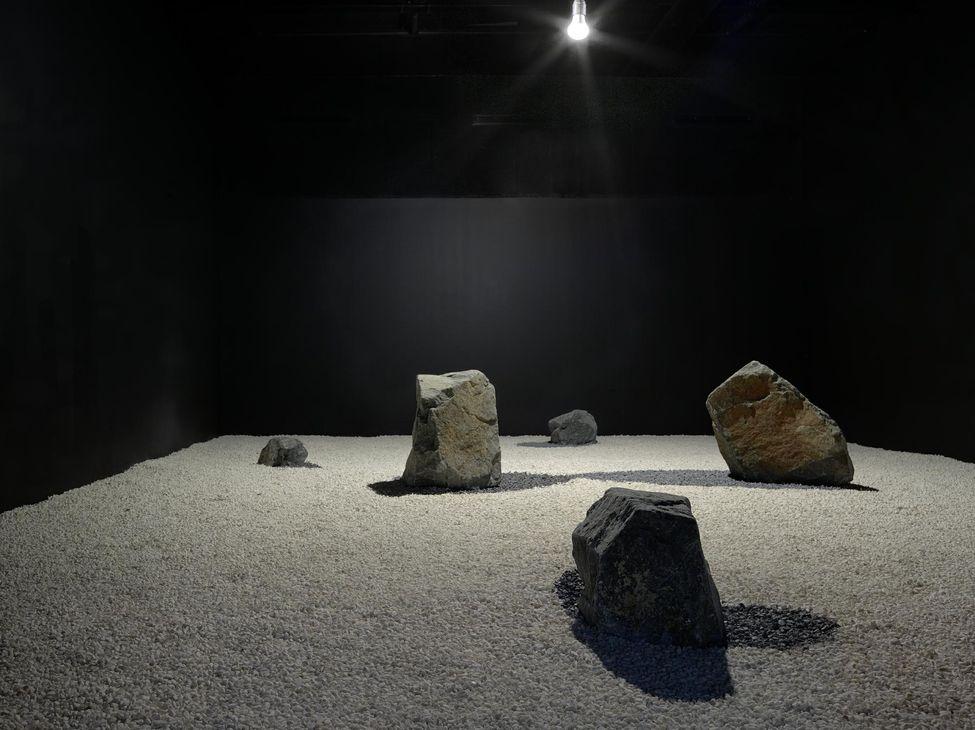
Lee Ufan, installation Centre de Création Contemporaine Olivier Debré, 2017, photo F.Fernandez
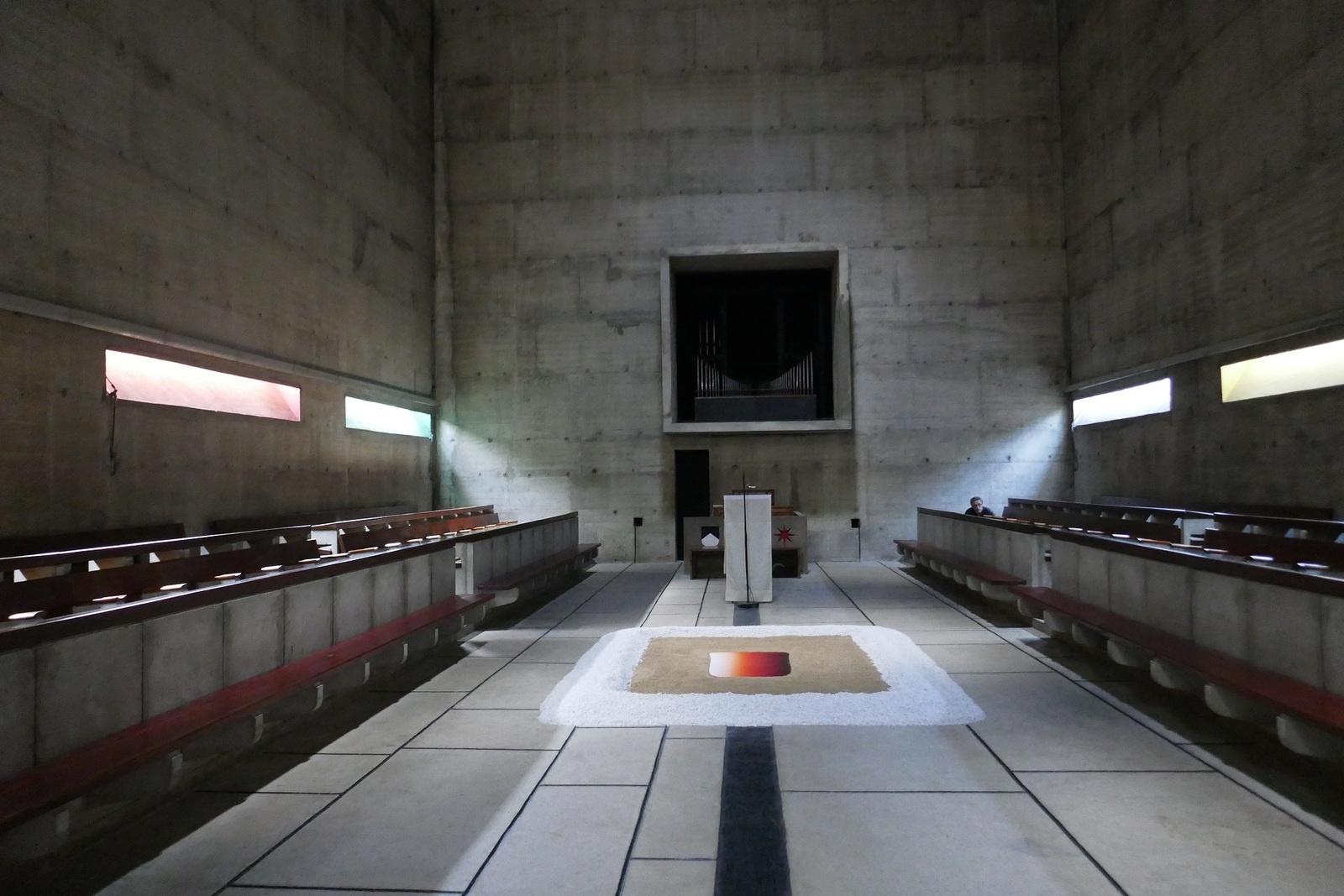
Lee Ufan, Dialogue, église du couvent de La Tourette, 2017, photo Gilles Kraemer
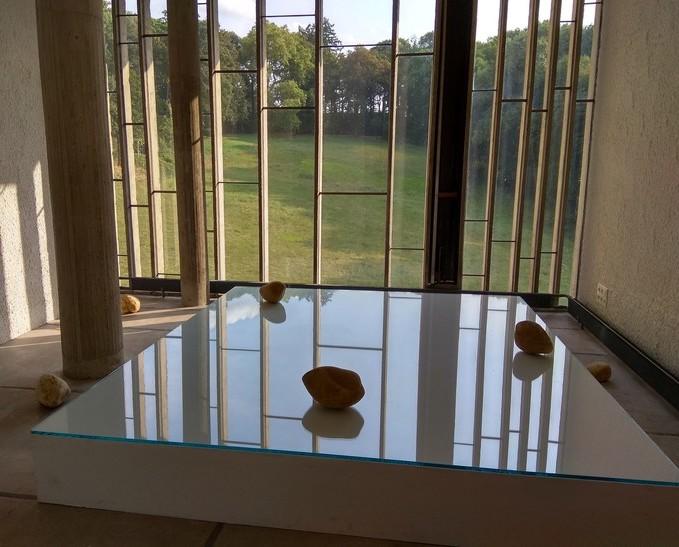
Lee Ufan Relatum-stage, 2017, Couvent de la Tourette
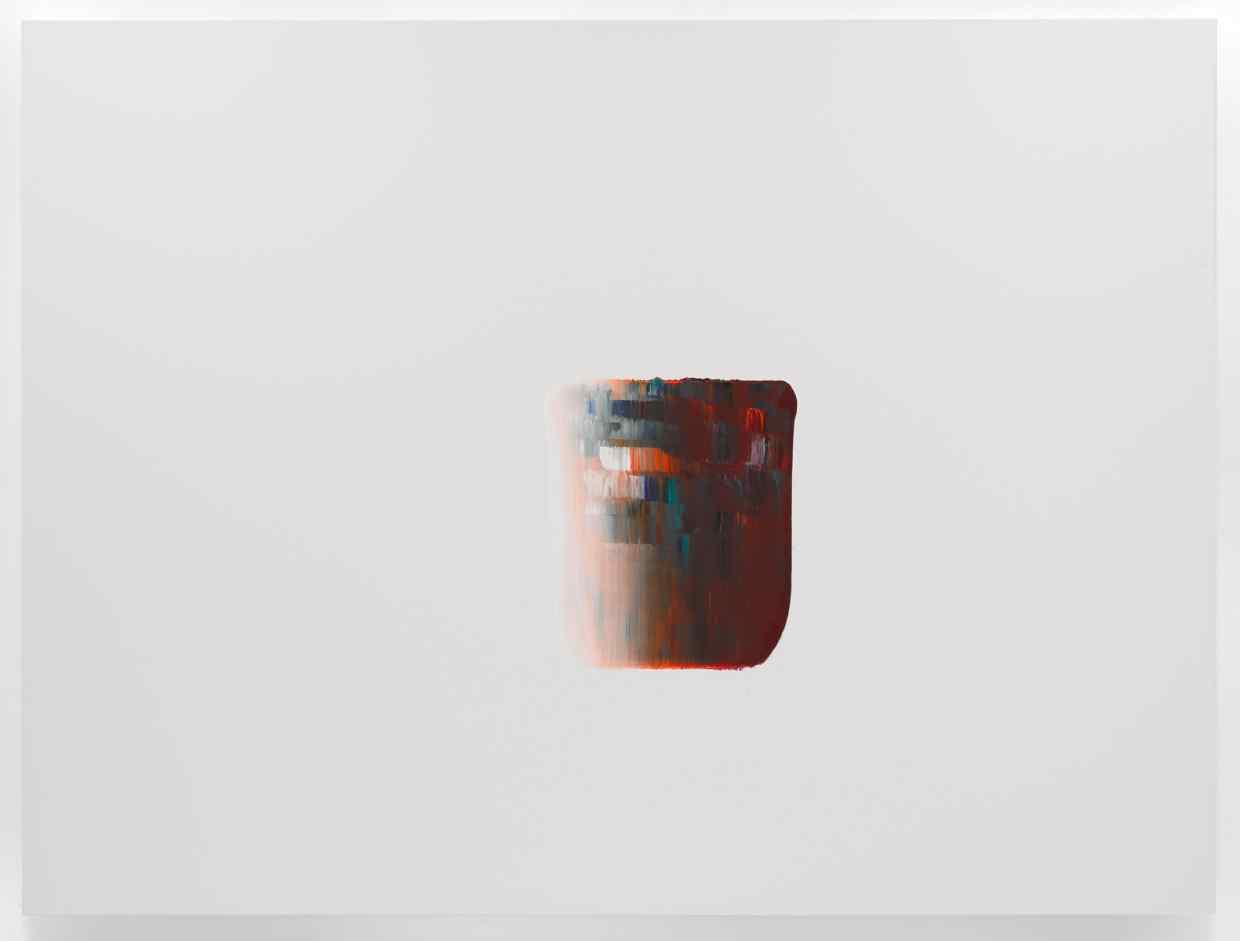
Lee Ufan, Painting from the Dialogue series (2017-18), acrylic on canvas
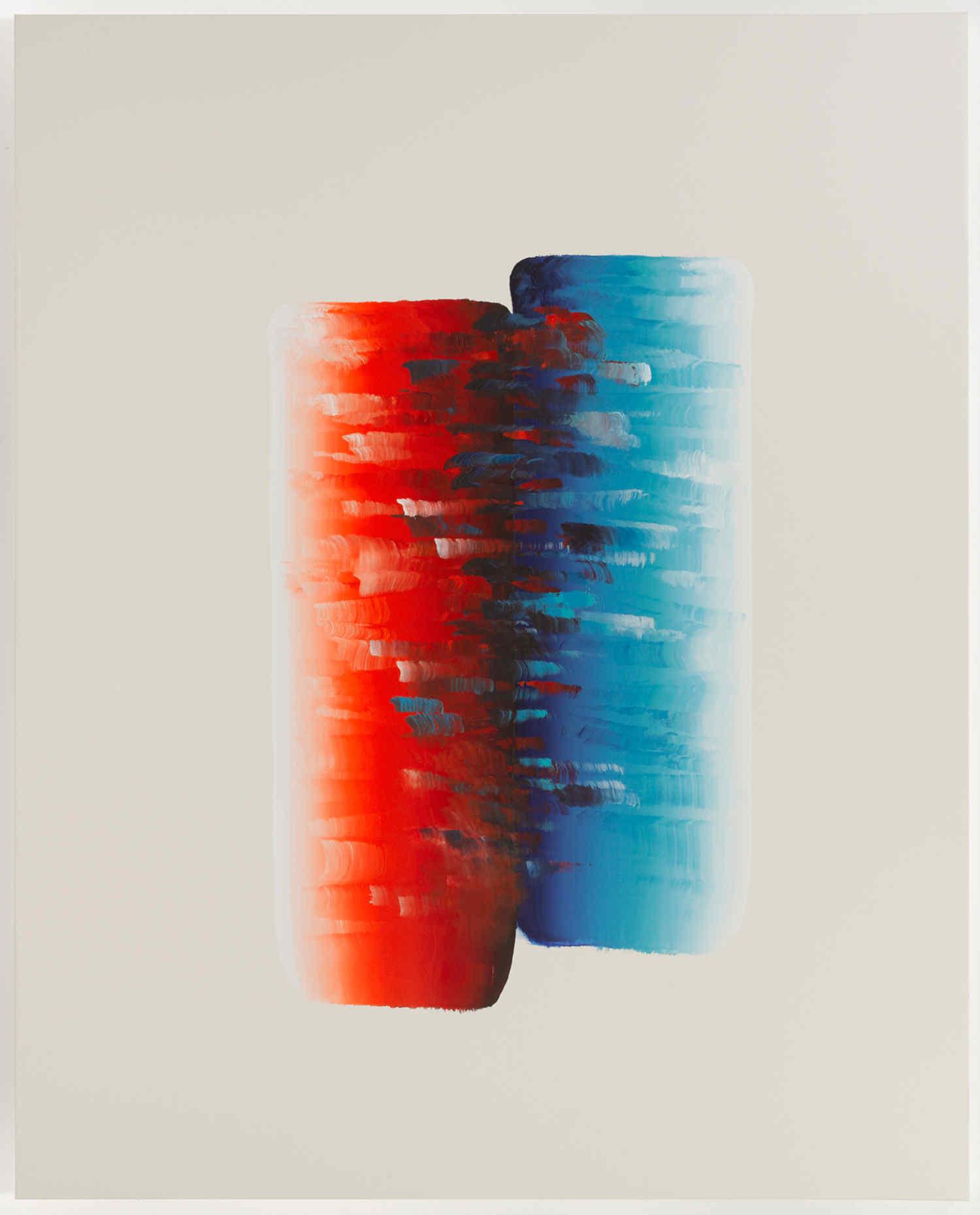
Lee Ufan, Painting from the Dialogue series (2017-18), acrylic on canvas
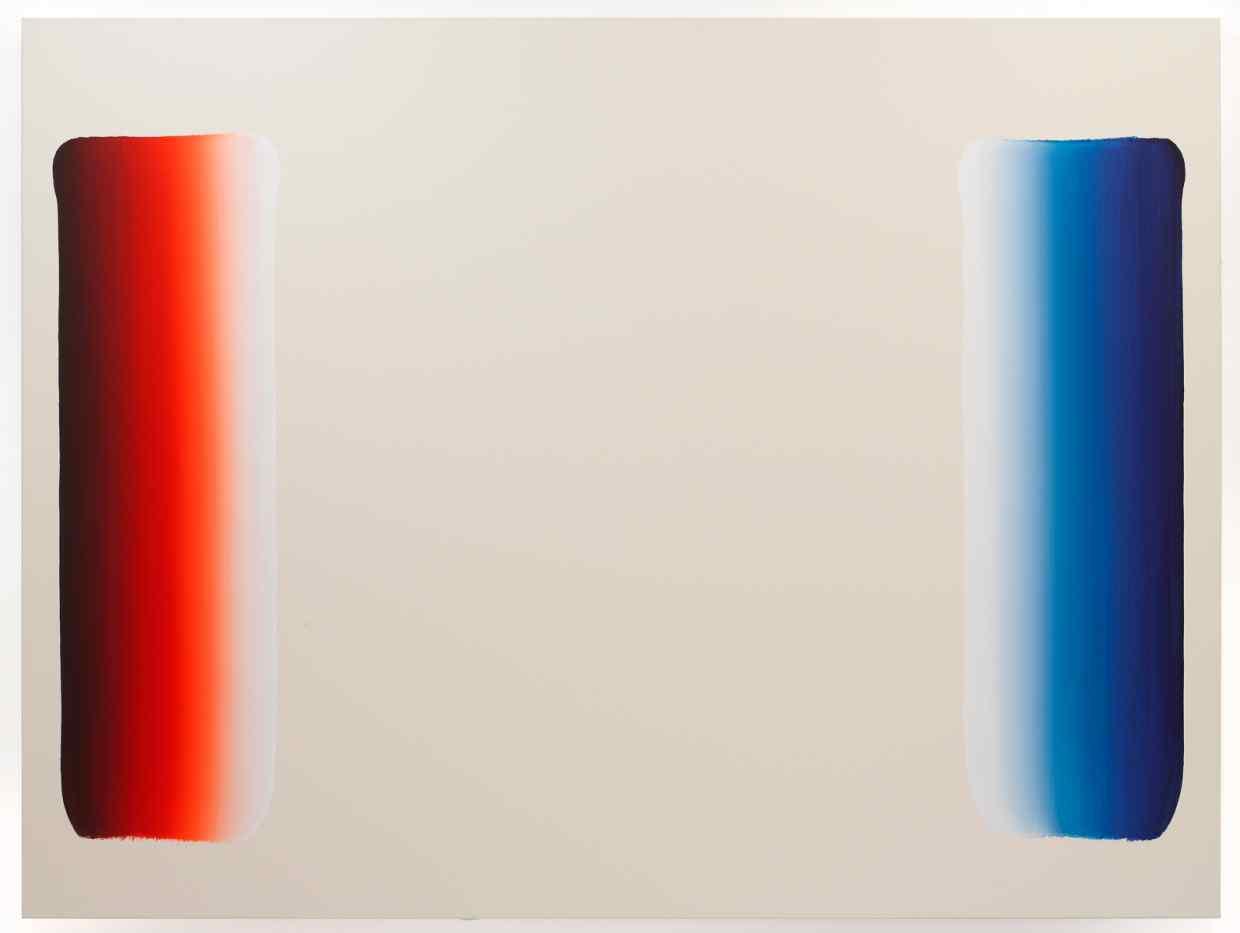
Lee Ufan, Dialogue, 2020, acrylic on canvas
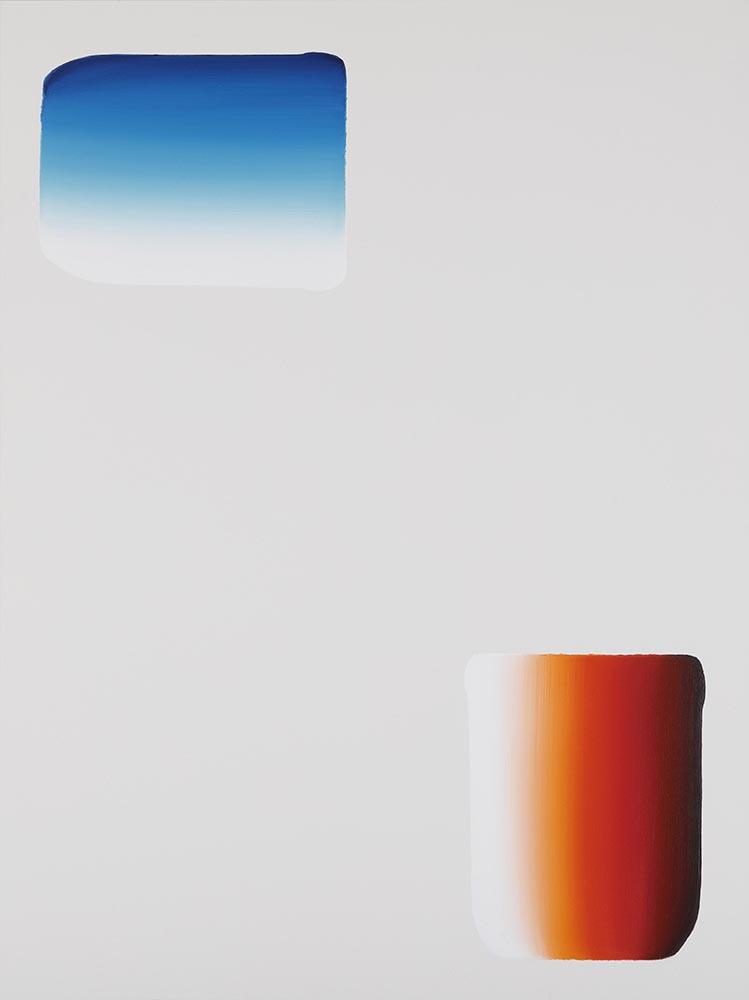
Lee Ufan, Dialogue, 2020, acrylic on canvas
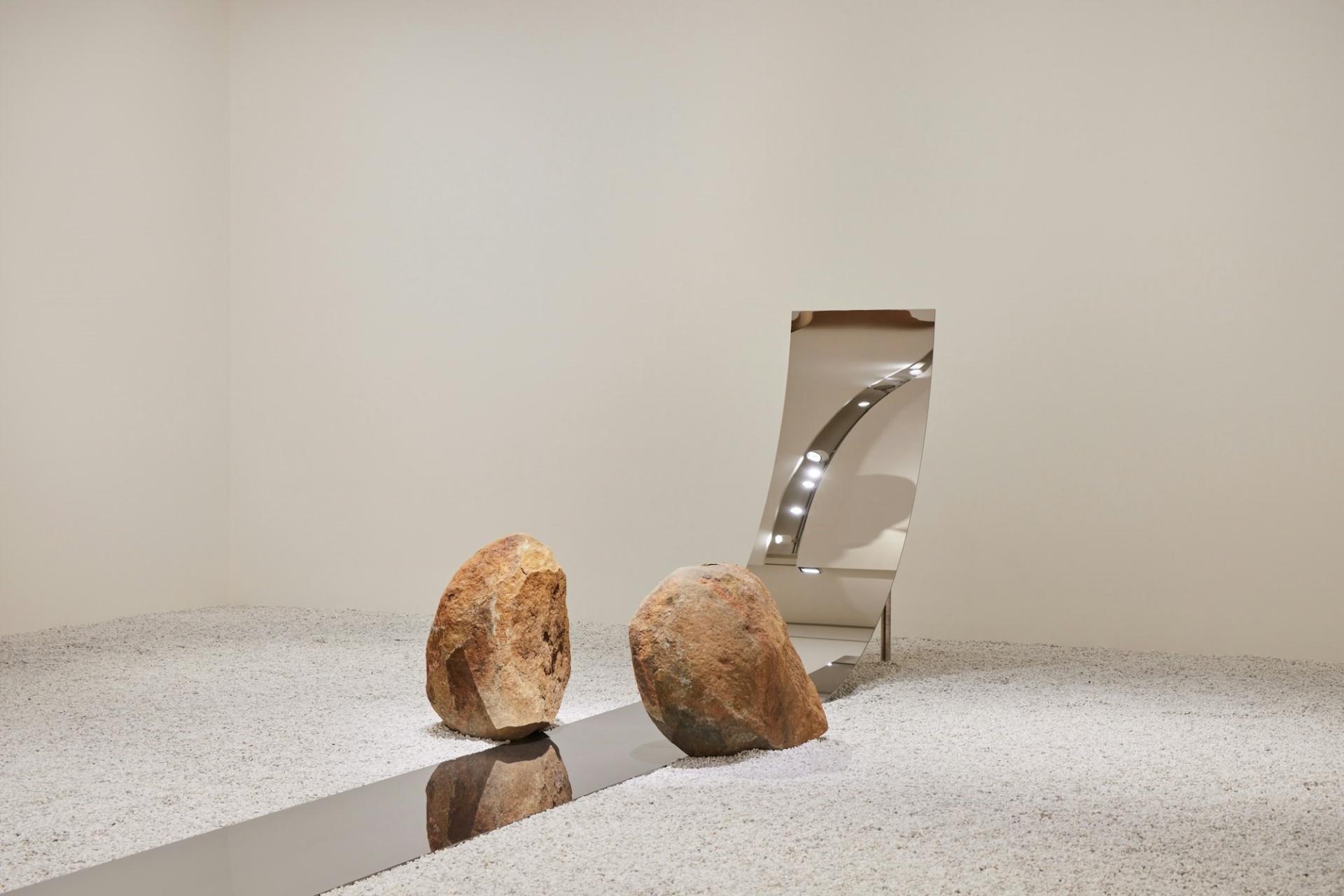
Lee Ufan, Installation view Relatum – to heaven road, 2024, Quiet Resonance New South Wales Gallery photo © Art Gallery of New South Wales, Felicity Jenkins
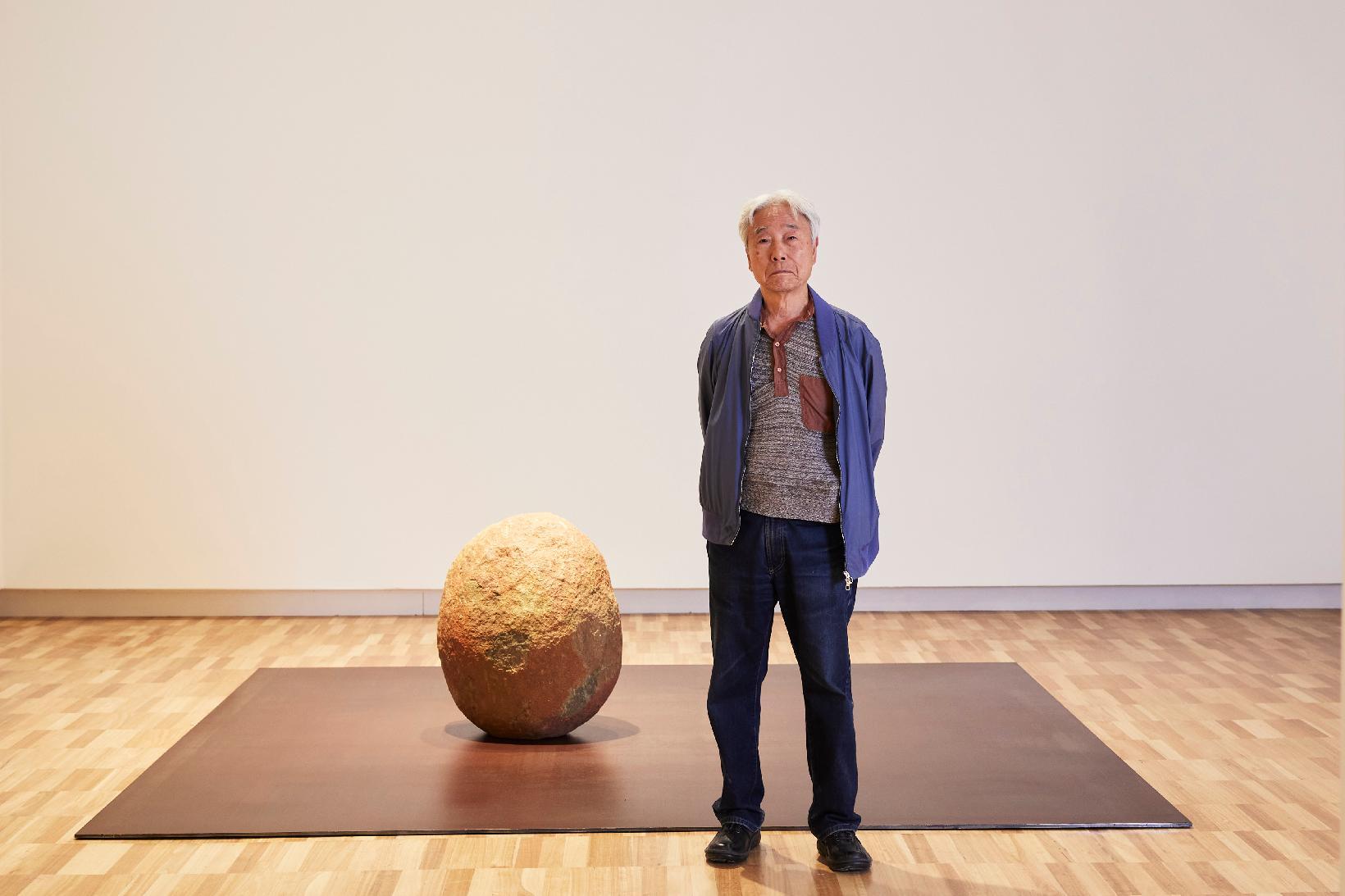
Lee Ufan
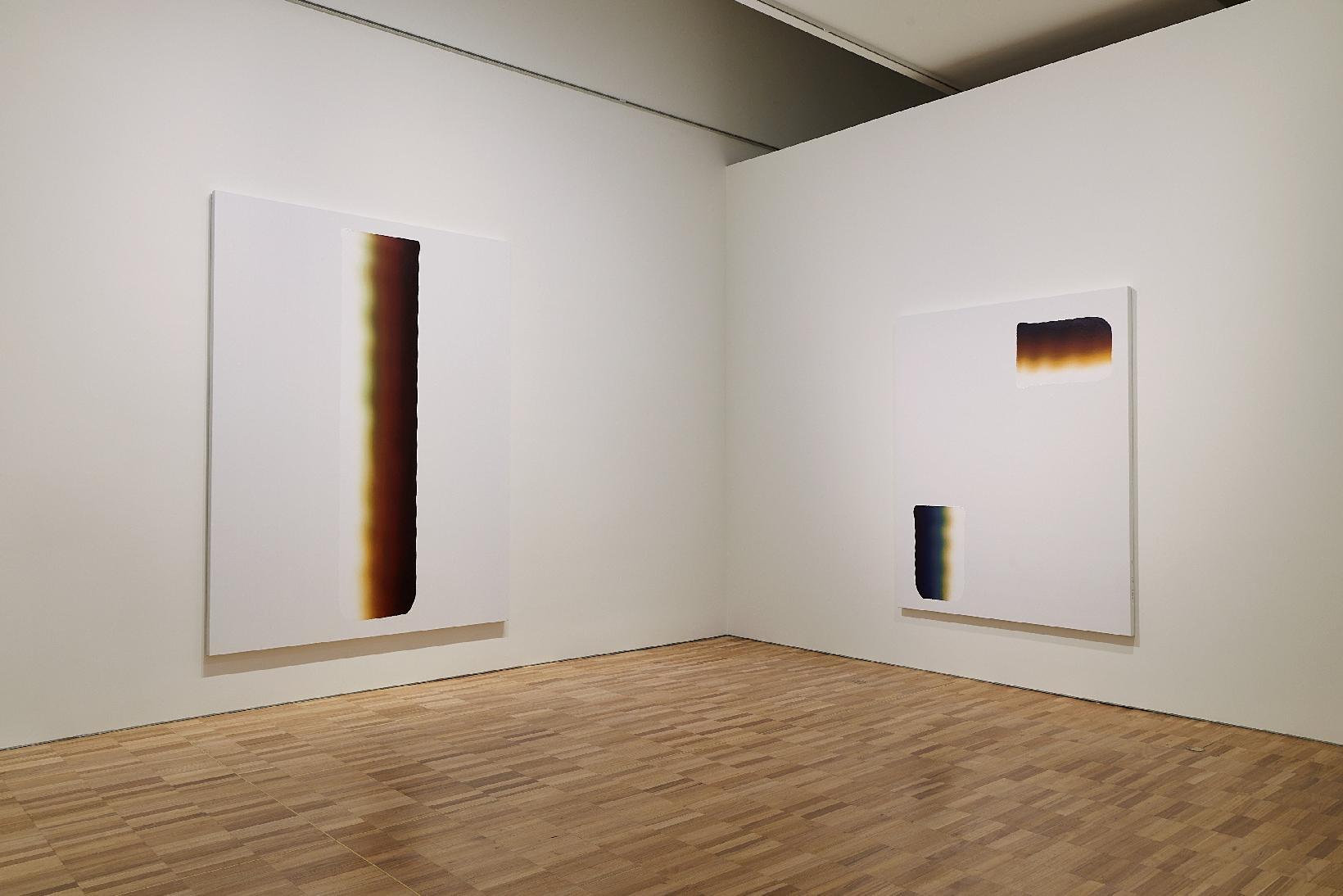
Lee Ufan, Installation, Quiet Resonance New South Wales Gallery, 2024, photo © Art Gallery of New South Wales, Felicity Jenkins
LEE UFAN is an artist, minimalist sculptor, writer and philosopher. He is best known as one of the most prominent artists of the Japanese avant-garde "Mono-ha movement".
Lee Ufan was ranked 146th in the Artprice top 500 list of the world's best-selling artists at auction, with sales of €6,9M in 2024.
At Frieze Seoul in September 2024, Almine Rech sold a work by Lee Ufan for a price in the range of $700,000–$800,000.
Kukje gallery sold a 2020 painting by Lee Ufan, in the range of $400 000-450 000, at Art Basel HK in May 2021.
Contact: http://www.studioleeufan.org/
NEWS
From November 22 to December 17, 2025, the Whitestone Gallery in Hong Kong presented "Trace of Wind," an exhibition that brings together works by Lee Ufan and Lee Chae.
December 2025. Lee Ufan has been selected as the recipient of the 2026 Wolfgang Hahn Prize. The Wolfgang Hahn Prize has become one of Europe’s most prestigious art awards. The prize is awarded annually to an artist whose distinguished practice has played a leading role in the development of contemporary art. Lee Ufan is the second Korean artist to receive the honor, following Haegue Yang, who received the prize in 2018.
Lee Ufan participates in the group exhibition "Minimal" at Fondation Pinault, Bourse du Commerce in Paris, from 8 October 2025 to 19 January 2026
PROFILE OF THE ARTIST
Lee Ufan was born on June 24, 1936 in Haman-gun. He studied calligraphy, poetry and painting at the College of Kyongnam and the University of Seoul. He interrupted his studies at the University of Seoul to continue them in Japan. He graduated from Nihon University, Department of Philosophy, Tokyo (1961). In 1997, he was a visiting professor at Ecole Nationale Supérieure des Beaux-Arts in Paris. He lives between Kamakura in Japan and Paris.
Since the end of the 1960s, Lee Ufan has combined monochrome painting and in situ sculpture. He is a figure of "Dansaekhwa" (monochrome trend of post-war Korea). He was also the theorist and spokesperson for the avant-garde Mono-ha (Object School group) movement in the late 1960s which "rejected Western notions of representation."
In 1991, Lee Ufan began a series of paintings - "Correspondence Series" "- which consisted of one or two gray-blue brushstrokes applied to a large white surface. "Relatum" will then be the title of most of his sculptures. It is a philosophical term which designates things or events having a relation between them. His sculptures are minimal: one or two round stones illuminated by light, placed on flat iron trays. Lee Ufan's work focuses more particularly on point and line. He creates meditative and ultra-refined installations, worthy of the most beautiful Zen gardens, as during his exhibition in the gardens of Versailles in 2014. His sculptures generally include several elements (wood, stone, cotton, associated to metal, glass, mirror).
At the end of 2017, Lee Ufan exhibited for the first time in a French artistic institution - Le Centre de Création Contemporaine Olivier Debré - in Tours, since the two retrospectives dedicated to him by the Museum of Contemporary Art of Saint-Étienne in 2005 and the National Gallery of Jeu de Paume in 1997. The exhibition entitled “Presentiment” showed sculptures associating stone found in nature and industrial metal, and paintings collecting on the canvas traces of a single gesture, a sort of interplay between shadow and light.
A sculpture by Lee Ufan “Relatum - Stage” (2018) was presented in Kensington Gardens, London, in 2018. In September 2018, Lee Ufan presented at Pace Gallery New York, 14 new paintings from his Dialogue Series (with color), produced from 2016 to 2018.
Lee Ufan presented “Open Dimension” at the Hirshhorn Museum & Sculpture Garden, Washington D.C, Usa, from September 27, 2019 to September 13, 2020. It was a large installation including 10 sculptures, in the continuation of his Relatum Series. It was Lee Ufan's largest outdoor sculpture project in the United States, the first exhibition of his work in Washington DC, and the first time in 45 years that the Hirshhorn Museum had dedicated 4.3 acres, or almost its entire surface, to the work of a single artist.
La Hamburger Bahnhof presented the first retrospective of Lee Ufan in Germany, from 27 October 2023 to 28 April 2024. The exhibition presented around fifty works produced overthe fifty last years.
EXHIBITIONS
Lee Ufan had numerous solo exhibitions around the world including the most recent: 2025 Solo exhibition, Art Gallery of New South Wales, Sydney ; 2024 Lee Ufan, Rijksmuseum, Amsterdam ; 2023 solo exhibition of Lee Ufan, Kukje Gallery, Seoul ; 2022 Lee Ufan « Requiem » in Arles, in the necropolis of Alyscamps, "Response", Hamel Mennour Gallery, Paris
On October 30, 2024, in New York, Lee Ufan was awarded the Isamu Noguchi Award.
Hamburger Bahnhof -Nationalgalerie in Berlin presented a Lee Ufan's retrospective from 27 October 2023 to 28 April 2024.
Lee Ufan, Retrospective at National Art Center, Tokyo (10 August- 7 November 2022)
Lee Ufan participated in the 60th Venice Biennale in 2024 in an exhibition entitled "Janus" which presented works created by 11 artists.
A Lee Ufan Foundation opened in Arles, France, in April 2022. It is being developed with the participation of architect Tadao Ando.
https://www.leeufanfoundation.org/arles
PAST EXHIBITIONS
LEE JIN WOO
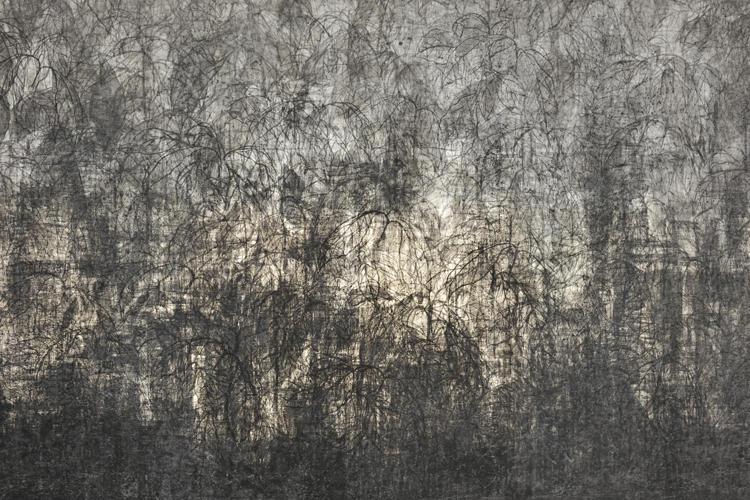
Lee Jin Woo, La lumiere par le vent avec lumière du soleil, 2013, China ink, charcoal, Hanji paper
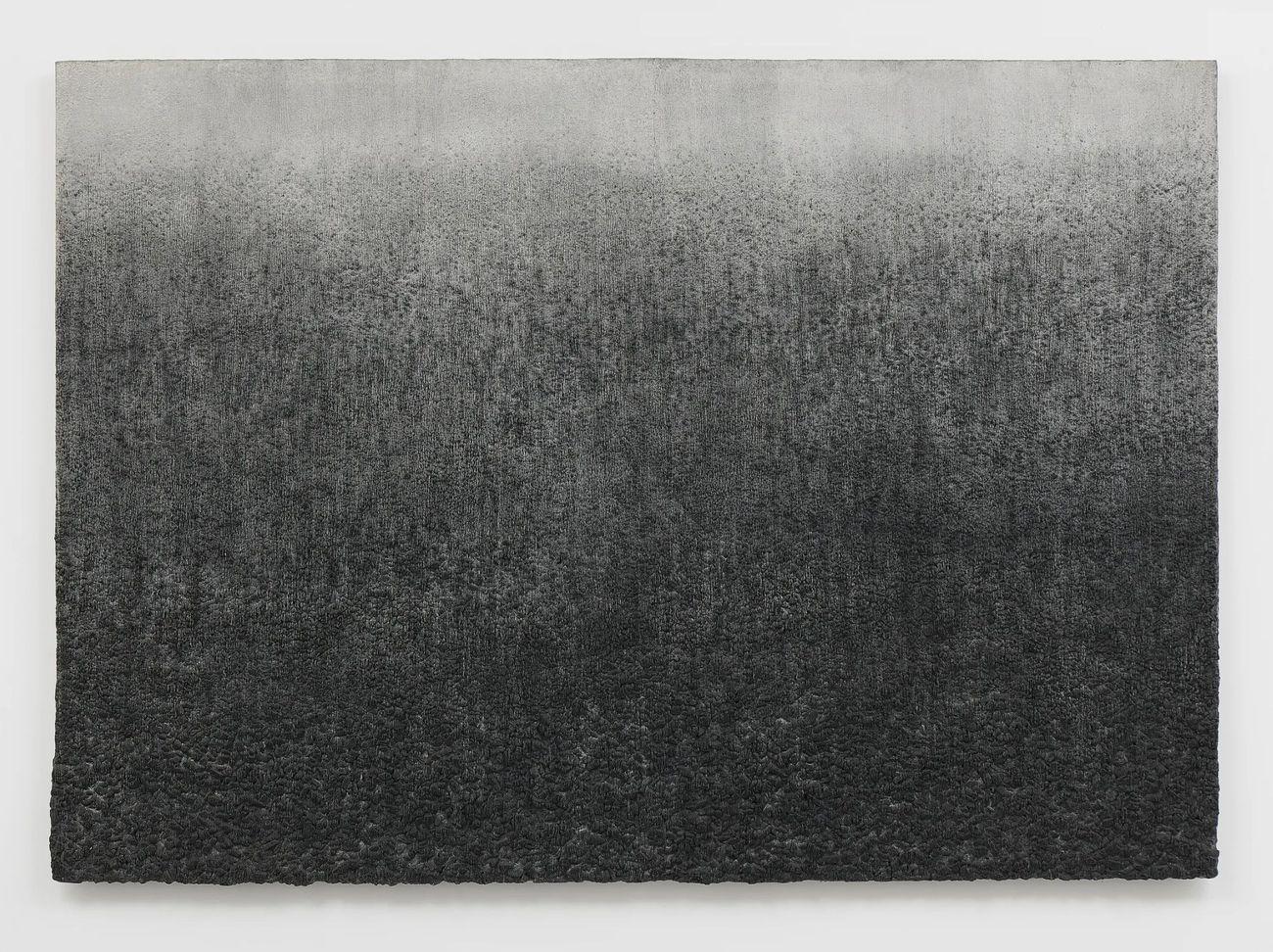
Lee Jin Woo, Untitled, 2015, mixed media with Hanji, paper on linen
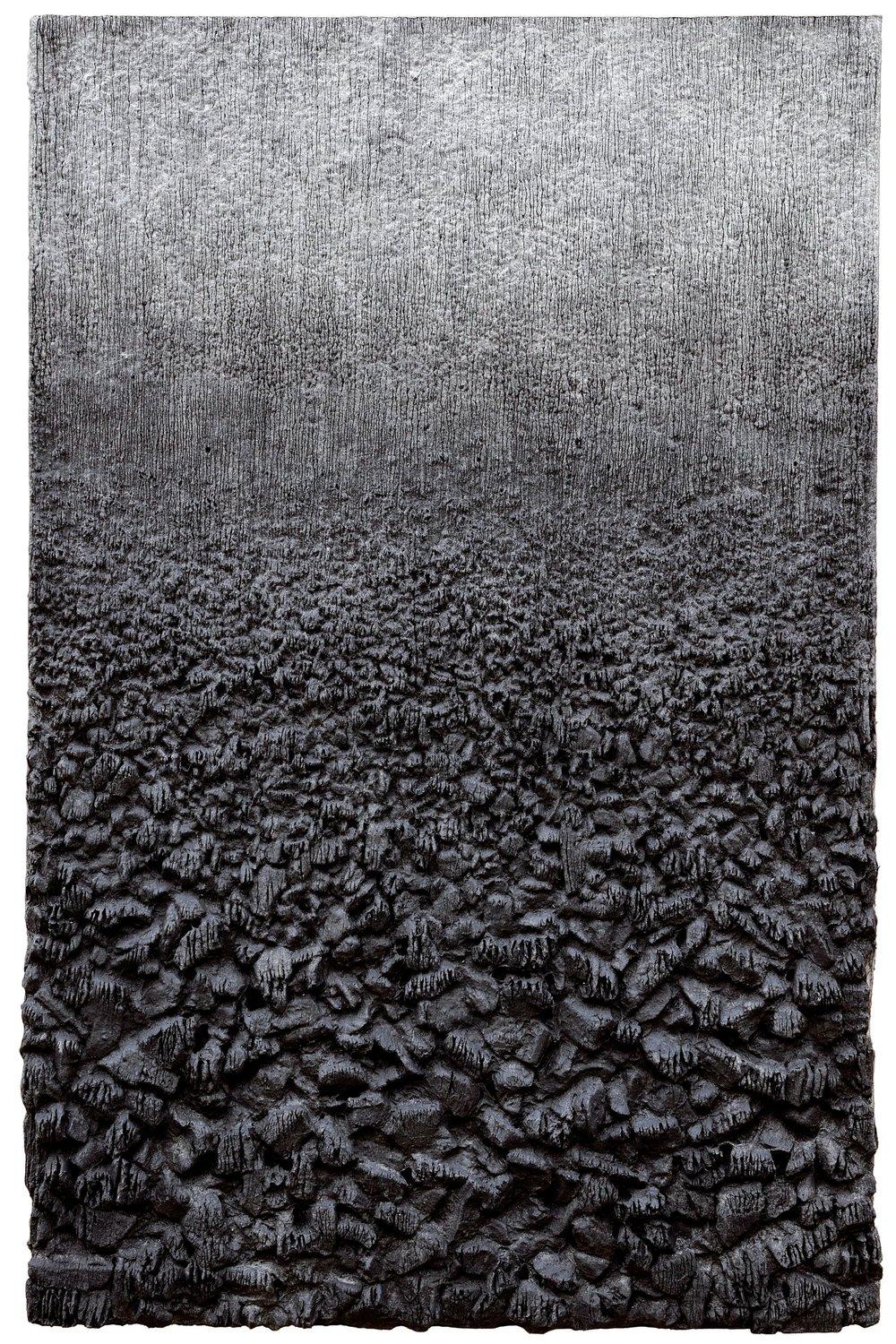
Lee Jin Woo, Untitled (10), 2018, charcoal and pigments on Hanji paper
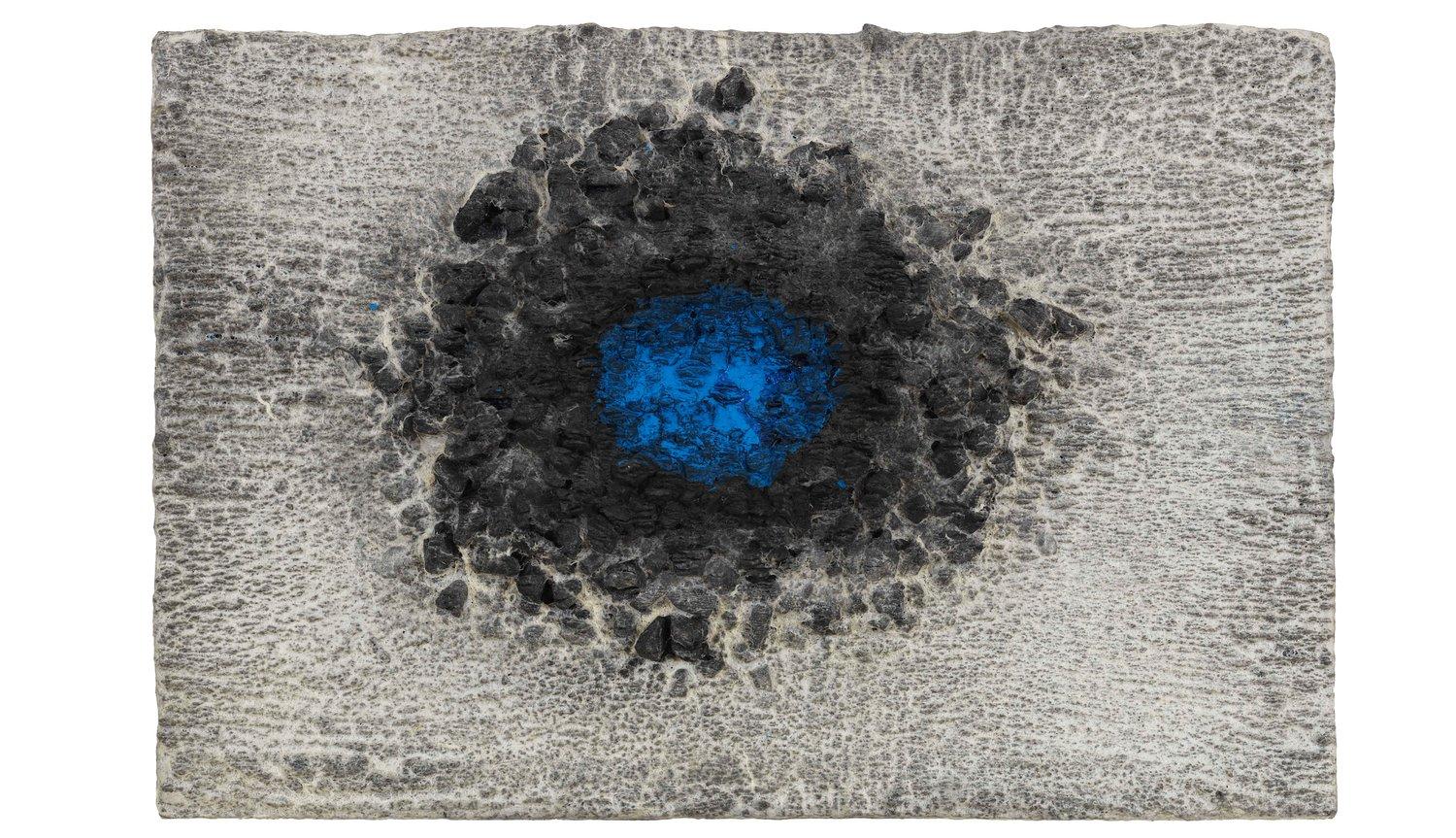
Lee Jin Woo, Untitled(11) 2018, charcoal and pigments on Hanji paper
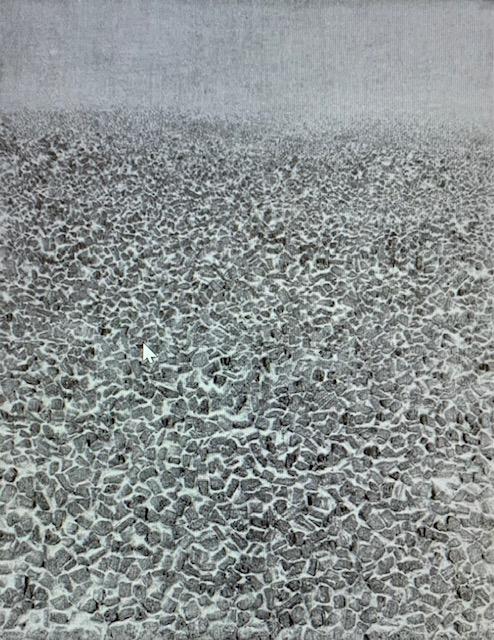
Lee Jin Woo, N2, 2022, mixed media with Hanji on linen, HDM Gallery
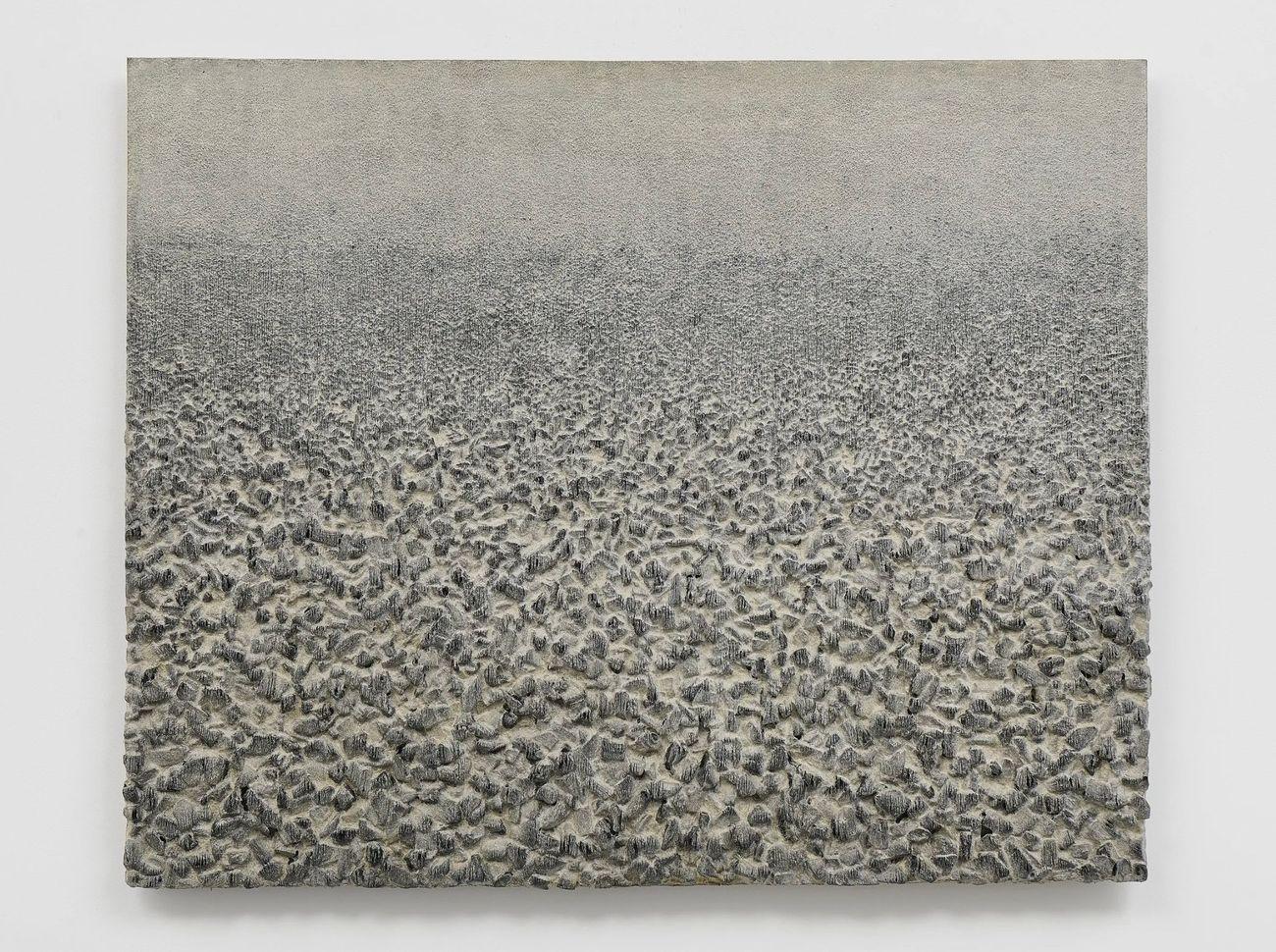
Lee Jin Woo, Untitled, 2023, mixed media with Hanji paper on linen
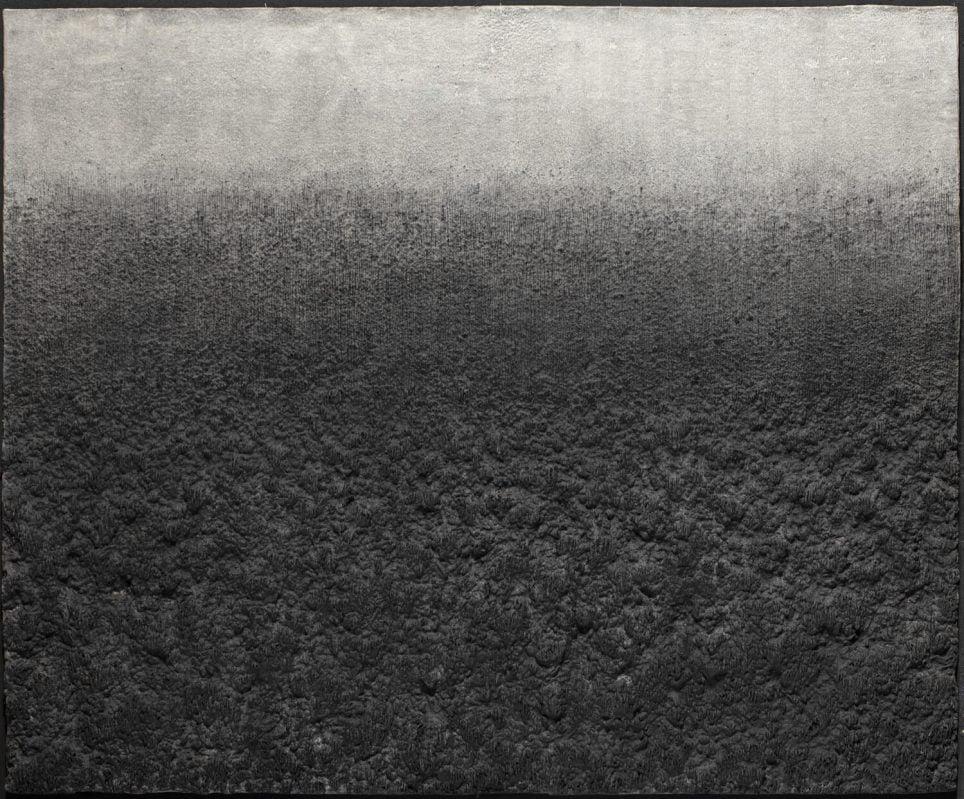
Lee Jin Woo, untitled, 2023-24, mixed media with hanji paper on linen
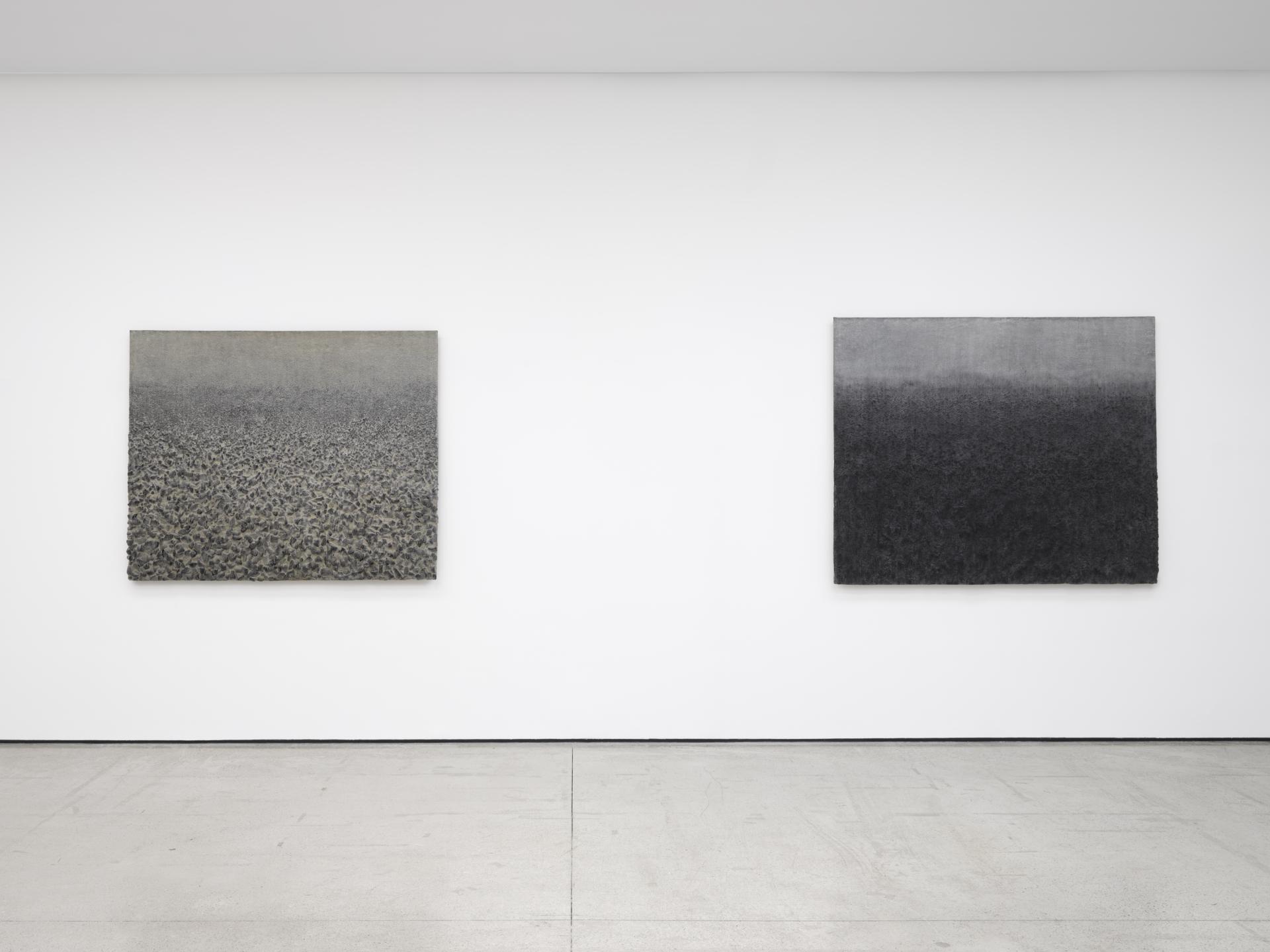
Lee Jin Woo, Installation White Cube Hong Kong, 2024, Photo Kitmin Lee
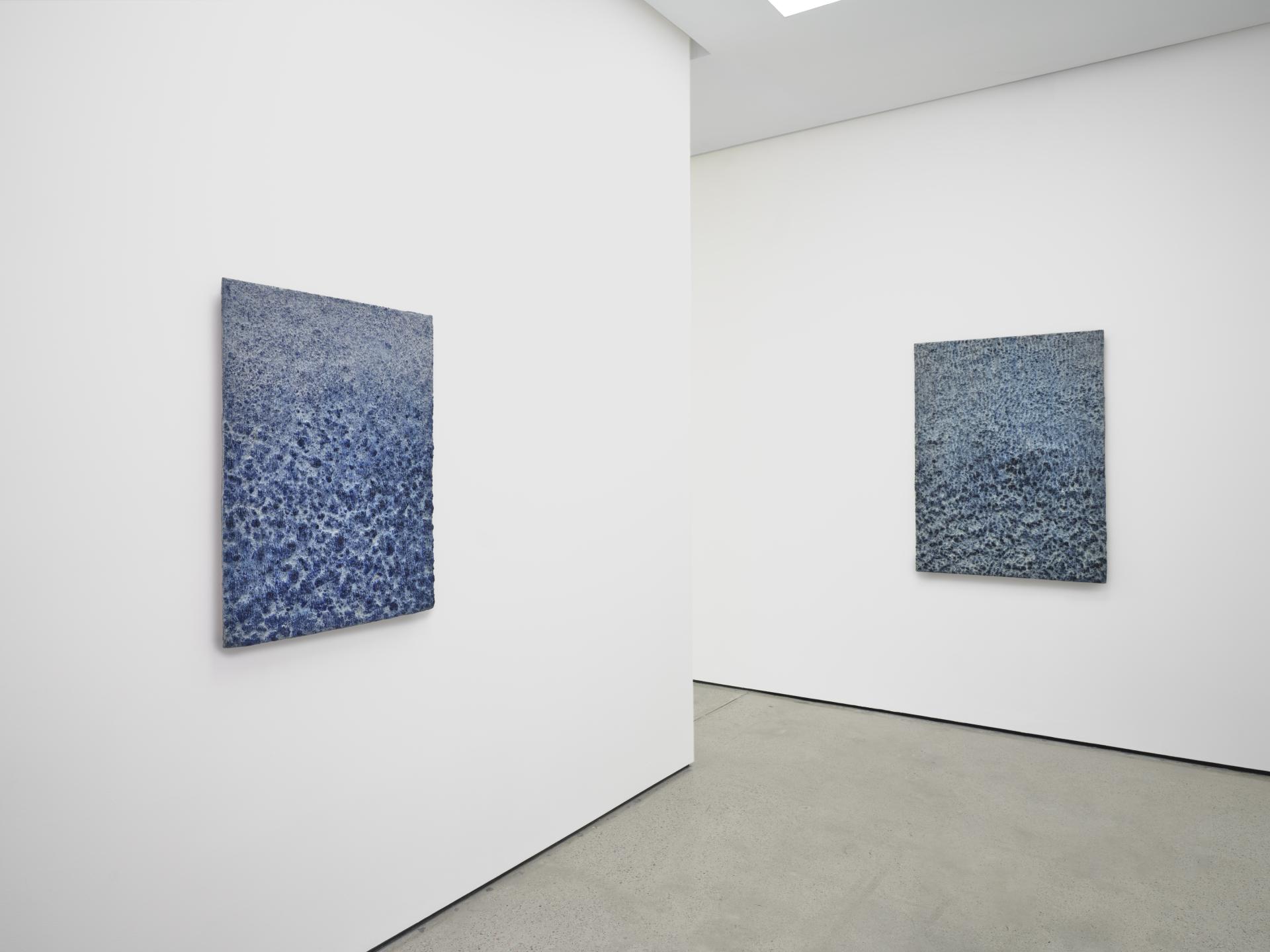
Lee Jin Woo, Installation White Cube Hong Kong, 2024, Photo Kitmin Lee
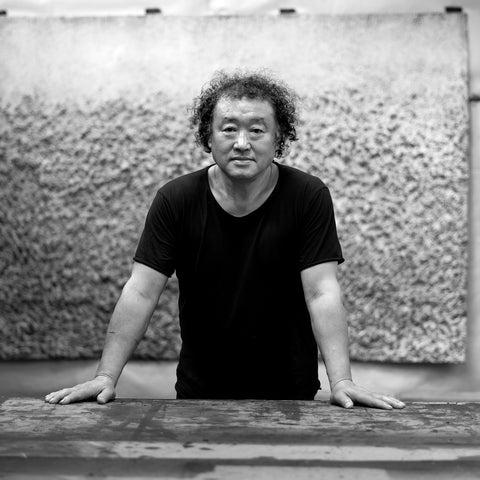
Lee Jin Woo
LEE JIN WOO is a contemporary Korean artist, born in Seoul and based in France.
The artist is represented by HDM Galerie.
PROFILE OF THE ARTIST
Lee Jin Woo was born in Seoul in 1959. He graduated in Fine Arts from Sejong University (Korea) (1983), Paris VIII University (1986) and the Ecole Nationale Supérieure des Beaux-Arts (ENSBA) in Paris. He lives and works in France and South Korea.
The artist's works combine layers of Hanji paper, a traditional translucent Korean paper made from mulberry pulp, and layers of charcoal. Sometimes pigments are added, especially blue. Lee Jin Woo works by superimposing this Hanji paper and charcoal and scratching the material with metal brushes, layer by layer, in a repetitive, meditative and physically exhausting process, sometimes almost to the point of fainting.
Lee Jin Woo's work is part of the Dansaekhwa movement that emerged in Korea in the 1970s. In his work, he explores the material in the service of an aesthetic. ‘Lee Jin Woo's works are an invitation to silence, calm and contemplation. In their purified form and colour, they invite the eye to move between the empty and the full: between the surface and the depth of the layers of material, between the thickness and transparency of the materials, between the delicacy of paper and the coarseness of charcoal, between the visible and the hidden’.
EXHIBITIONS
Recent exhibitions by the artist: 2024 Powerlong Museum, Shanghai, Lee Jin Woo, solo exhibition, White Cube gallery, Hong Kong, Galerie Claude Bernard, Paris.
Lee Jin Woo takes part in group exhibitions such as: 2024 Cafa Museum in Beijing, Art Genève 2024, Shanghai Contemporary Art Fair 2023, Asia Now 2023, Paris, at La Monnaie de Paris, Art Paris 2023, presented by HDM gallery.
PAST EXHIBITIONS
HAEGUE YANG
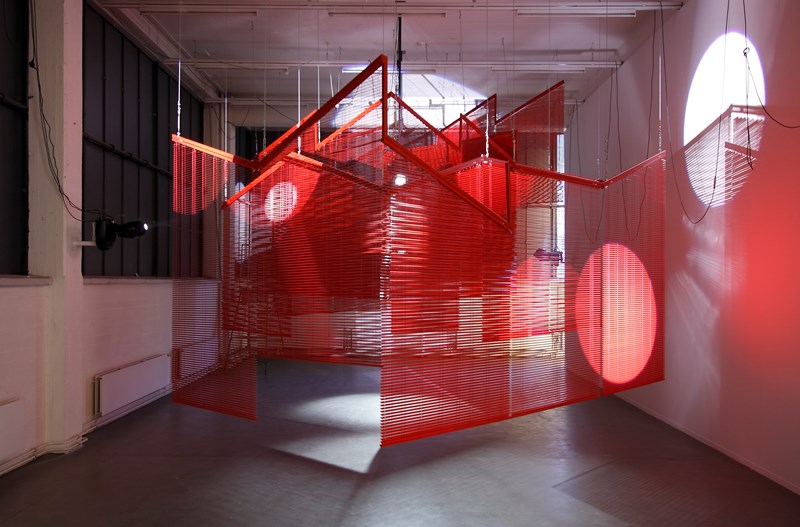
Haegue Yang, Mountains of Encounter, 2008, aluminum venetian blinds, powder-coated aluminum hanging structure, steel wire rope, moving spotlights, floodlights, cable , Ludwig Museum, Koln
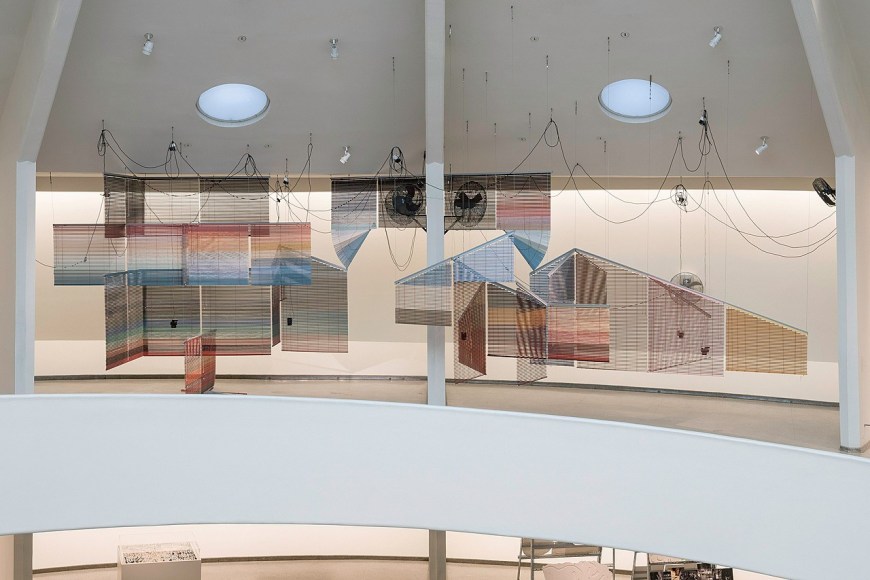
Haegue Yang, 2009, Series of Vulnerable Arrangements -Voice and Wind, aluminum venetian blinds, aluminum frame, industrial electric fans, scent emitters, and scents (Buddha Temple, Fresh Cut Grass, Rainforest, Ocean Mist, Cedar Wood, and Eucalyptus)
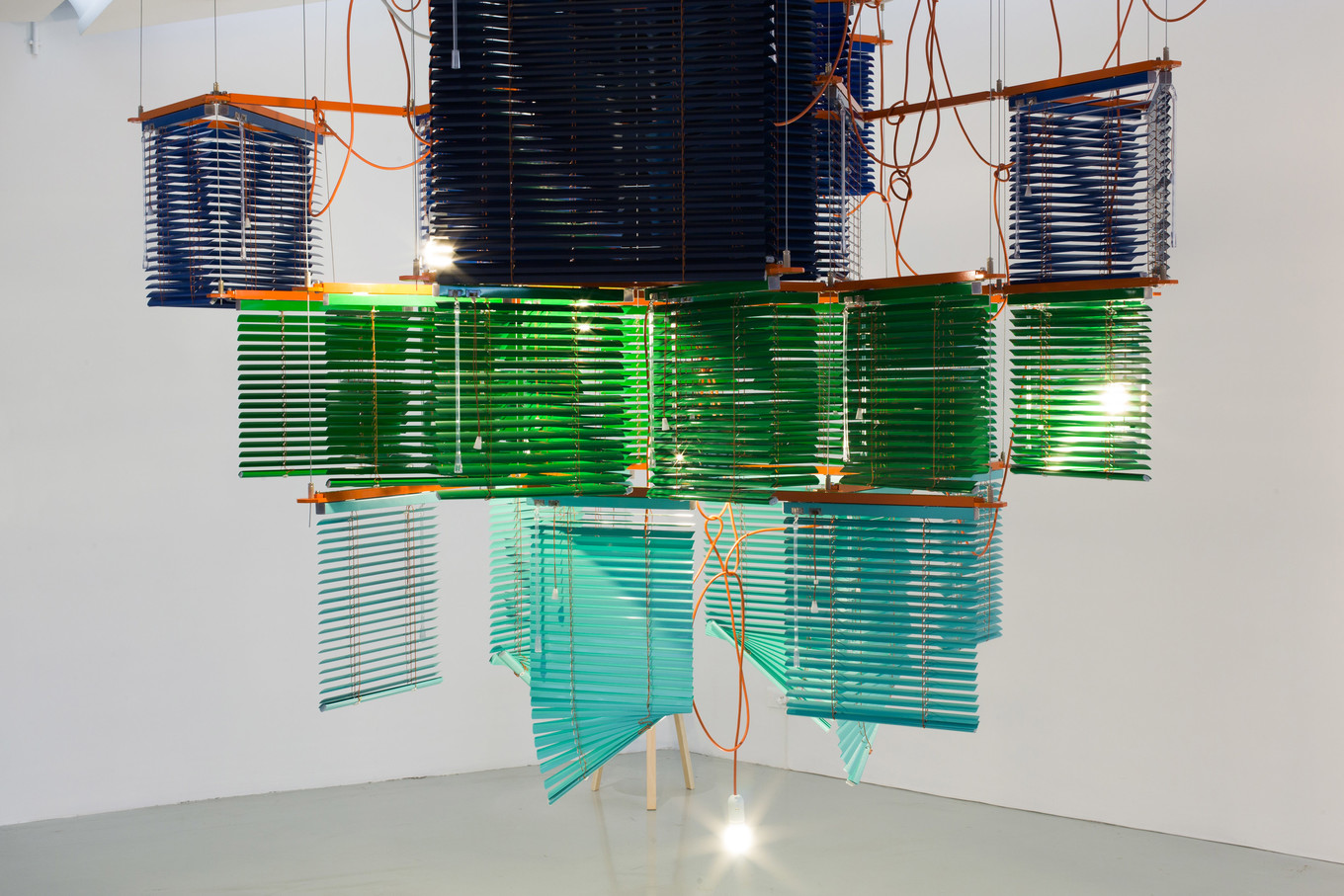
Haegue Yang, Drifting Tree House with orangey branches, 2012, Venitian blinds, aluminium, thermo-lacquered aluminum structure, electric cables, bulbs,
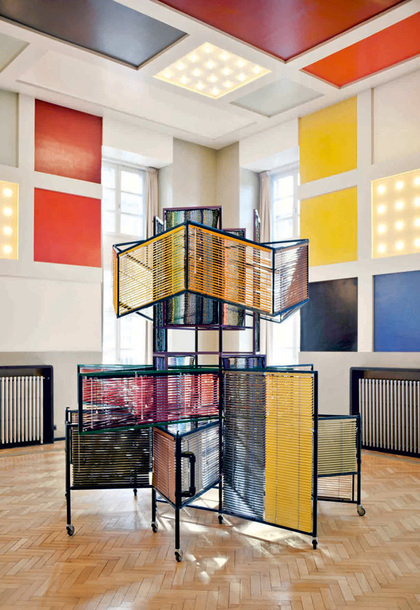
Haegue Yang, Dress Vehicle – Zig Zag, 2012, mobile performative sculpture, aluminium Venetian blinds, powder- coated aluminium frame, magnets, knitting yarn, bells, rubber ropes
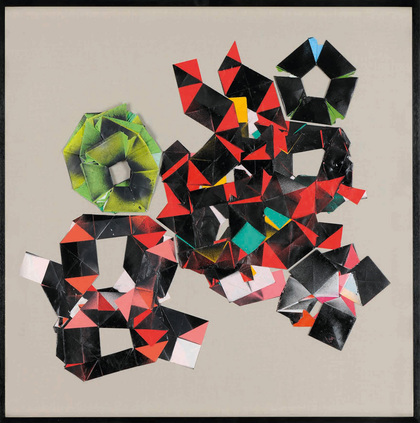
Haegue Yang, Non-Foldings - Scenarios of Non-Geometric Folding, 2013, flattened origami objects, spray paint, Kujke Gallery, Musée de Strasbourg
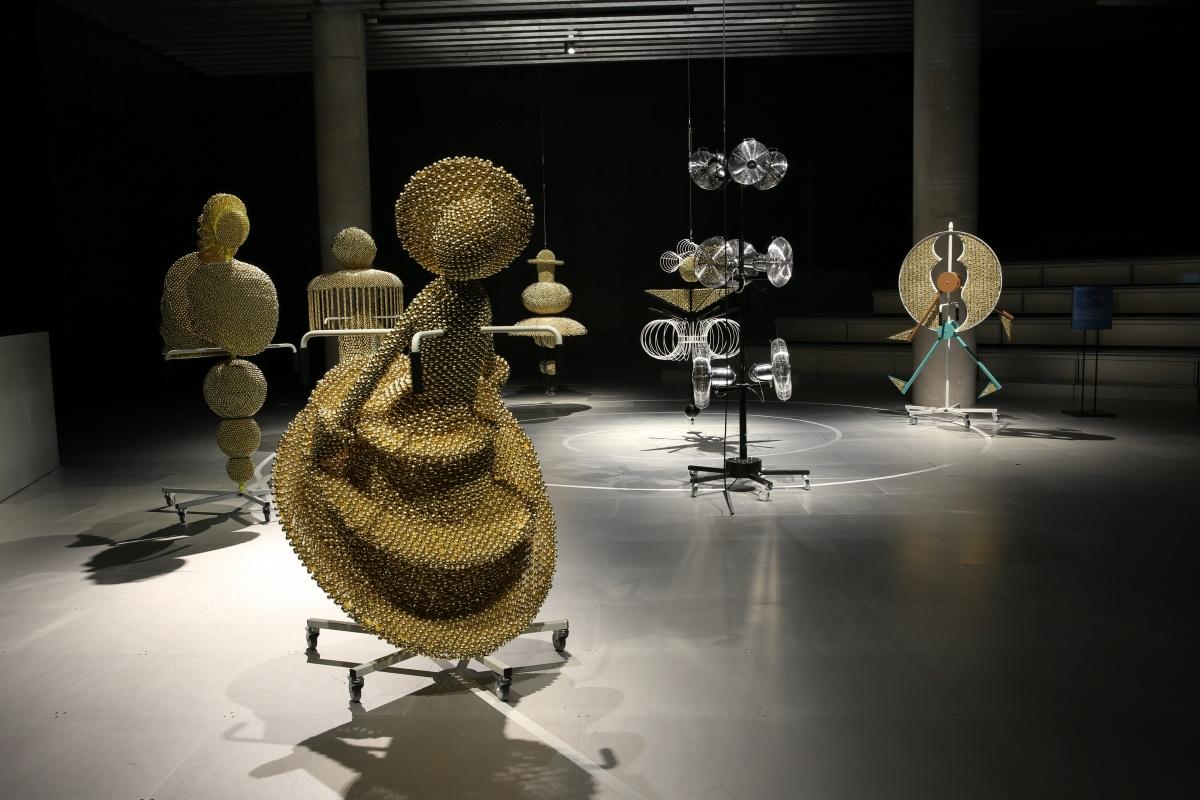
Haegue Yang, Boxing Ballet 2013-15, Samsung Museum of Art
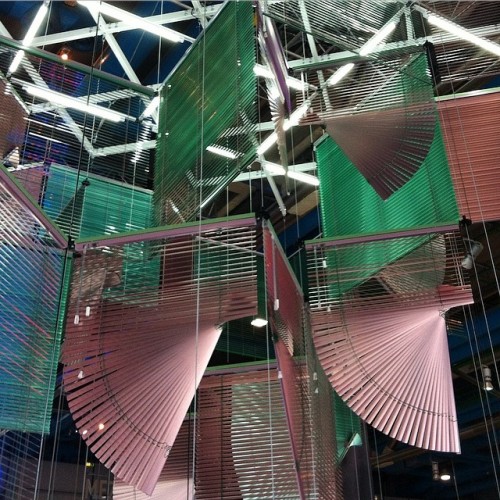
Haegue Yang, Lingering Nous, 2016, Venitian blinds, installation, Centre Pompidou
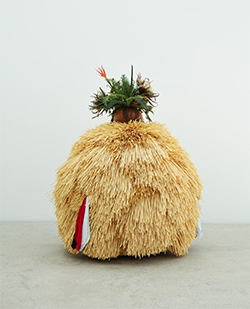
Haegue Yang, The Intermediate Ikebana Dragon Ball, 2016, artificial straw, powder-coated steel stand, powder-coated metal grid, casters, artificial plants, gourd, Kukje Gallery
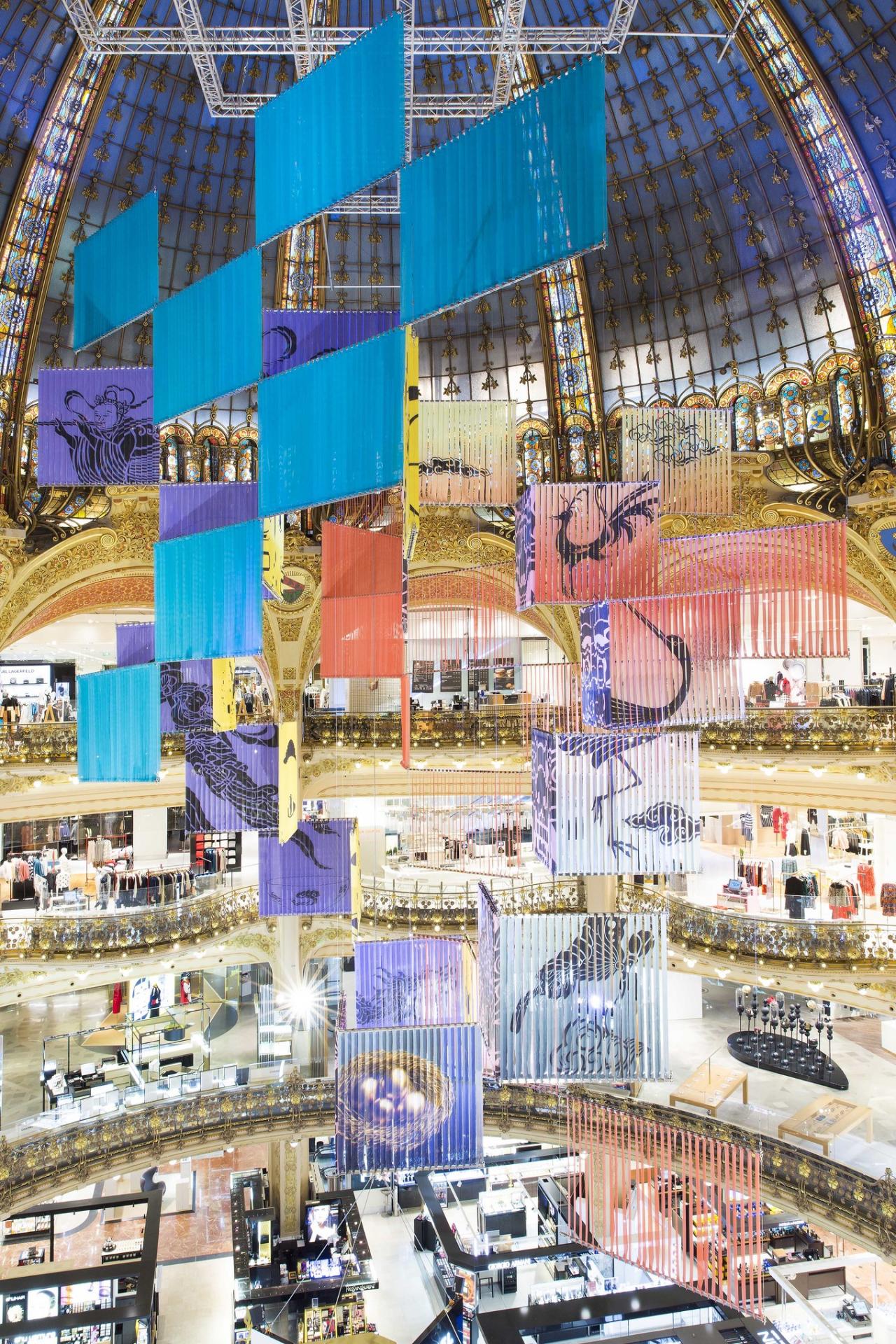
Haegue Yang , Qasi Pagan Modern, Galeries Lafayette Paris, 2016, courtesy Haegue Yang and Galerie Chantal Crousel
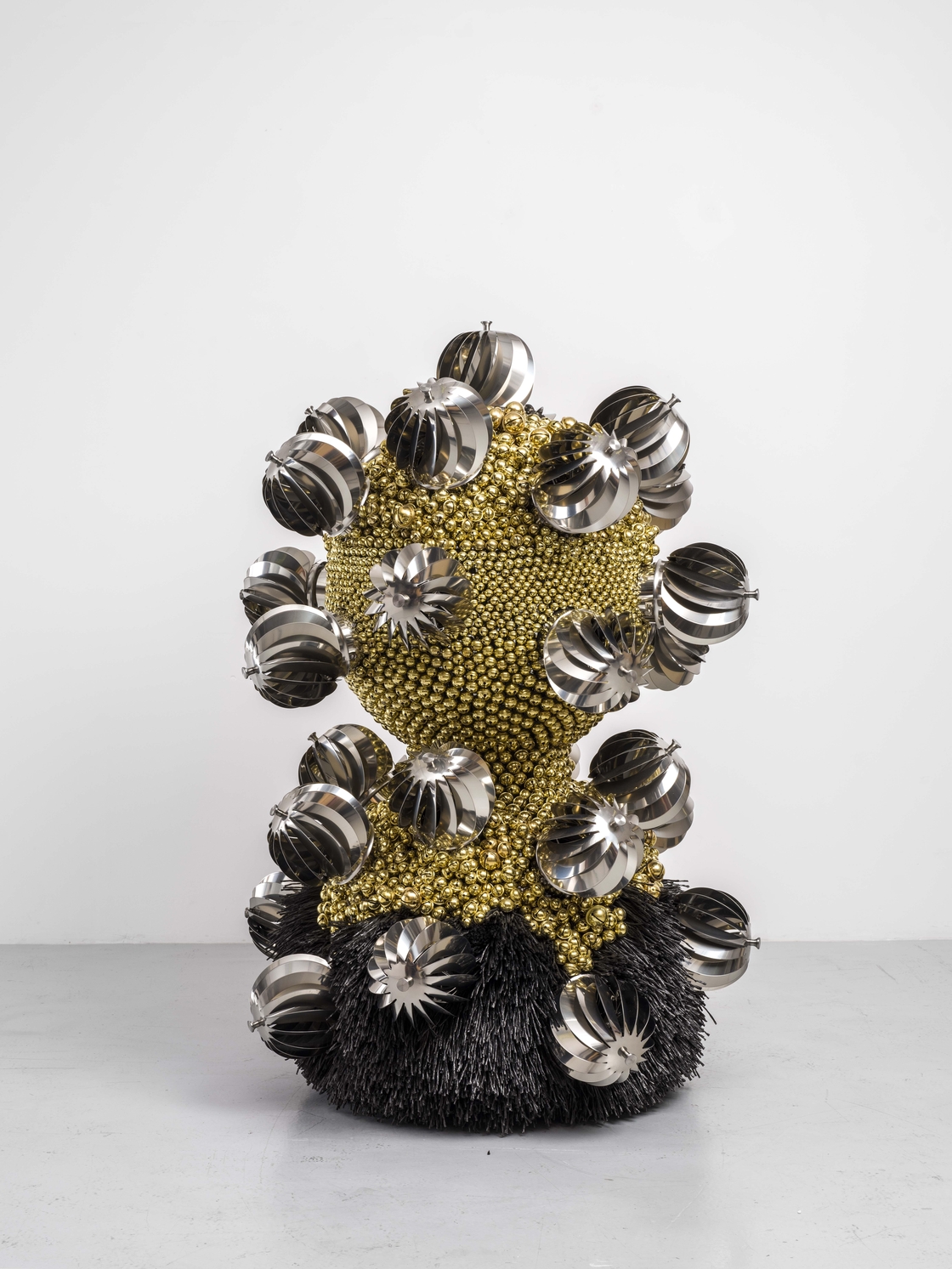
Haegue Yang, 2018, Sonic Rampant Obscure Turbine Vents, Double Decker Bushy, thermolacquered steel Feet, Galerie Chantal Crousel, photo Florian Kleinefenn
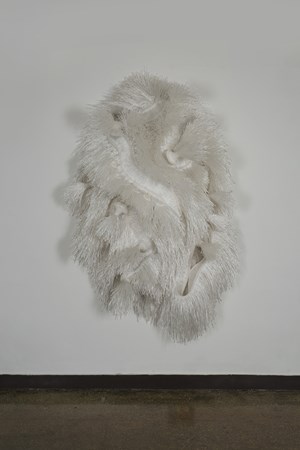
Haegue Yang, The Intermediate- Adorned Frosty, 2018, powder-coated stainless steel frame, powder-coated metal grid, plastic twine
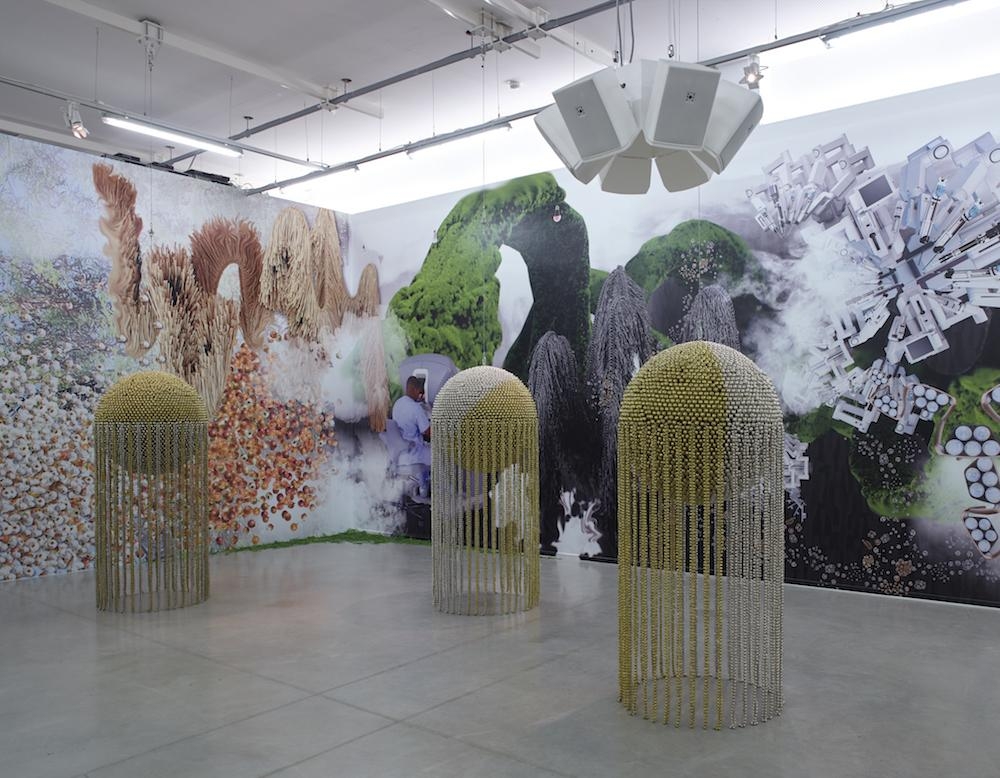
Haegue Yang, 2018, Chronotopic Traverses, La Panacée - MoCo, Montpellier, photo Marc Domage
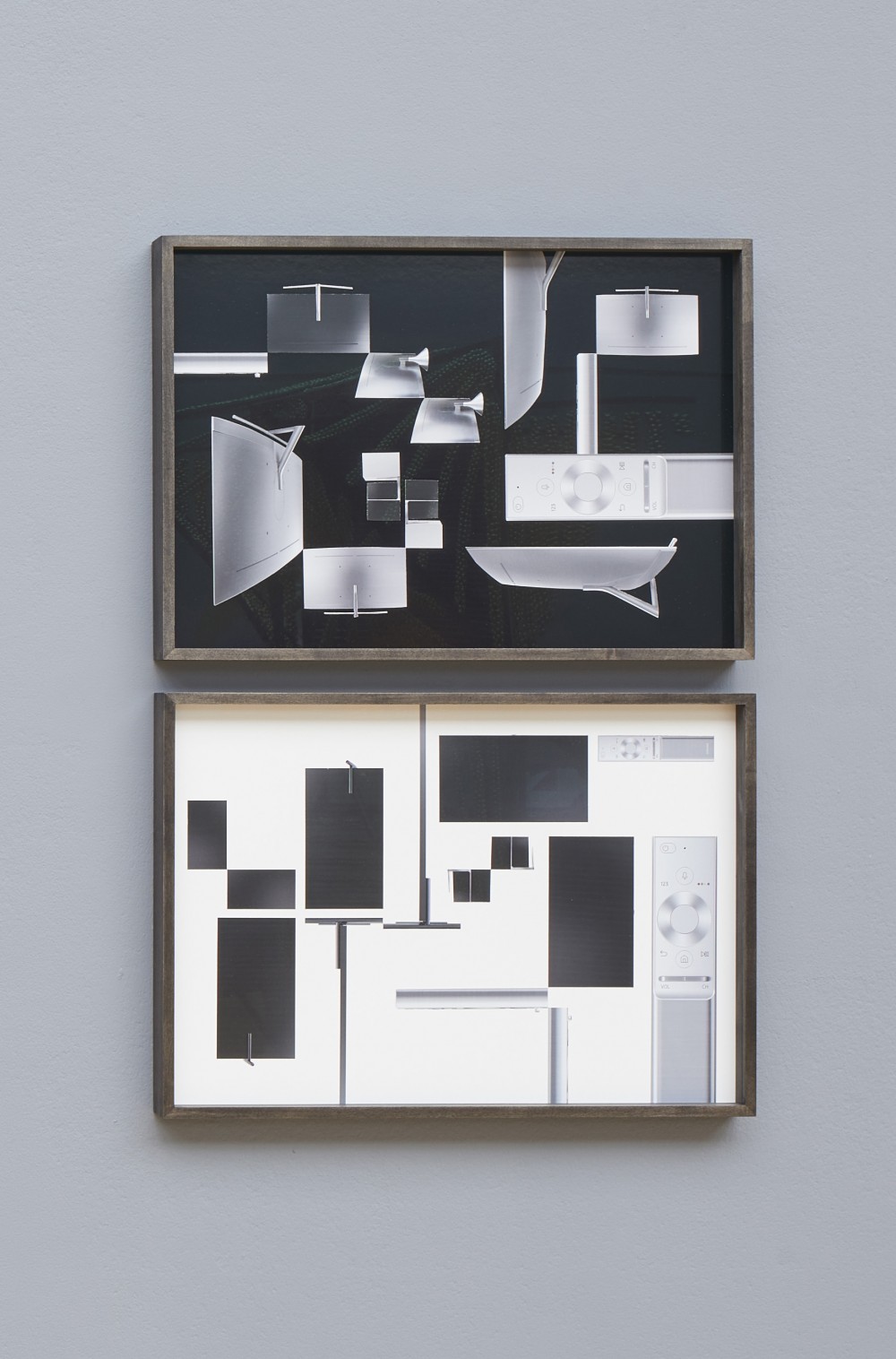
Haegue Yang, 2019, Hardware store collage, Samsung QLeds and collage, South London Gallery, photo Andy Stagg
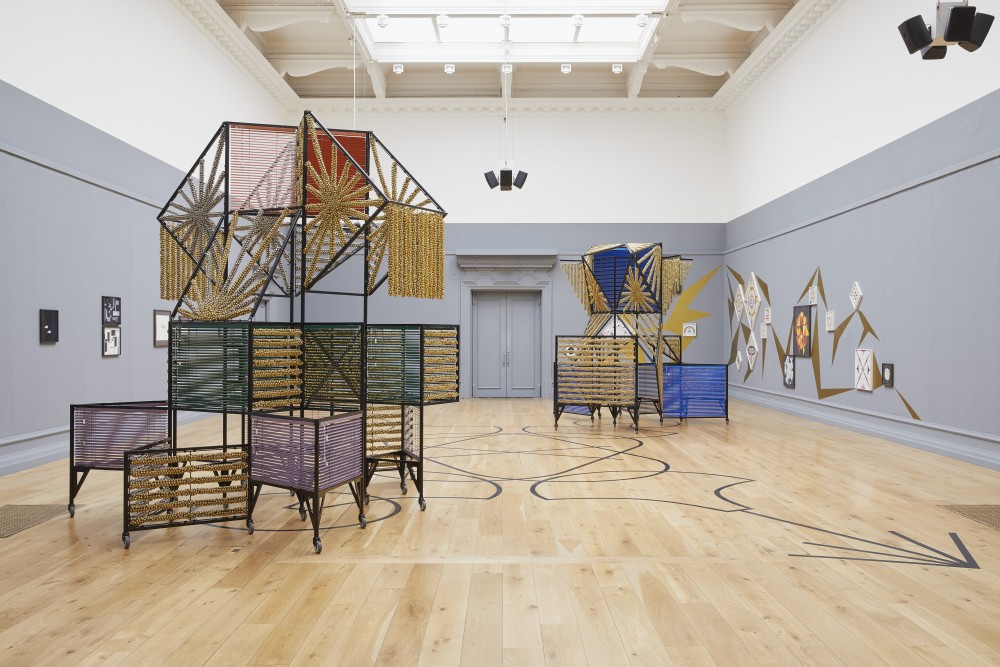
Haegue Yang, Tracing movement, 2019, installation, South London Gallery, photo Andy Stagg
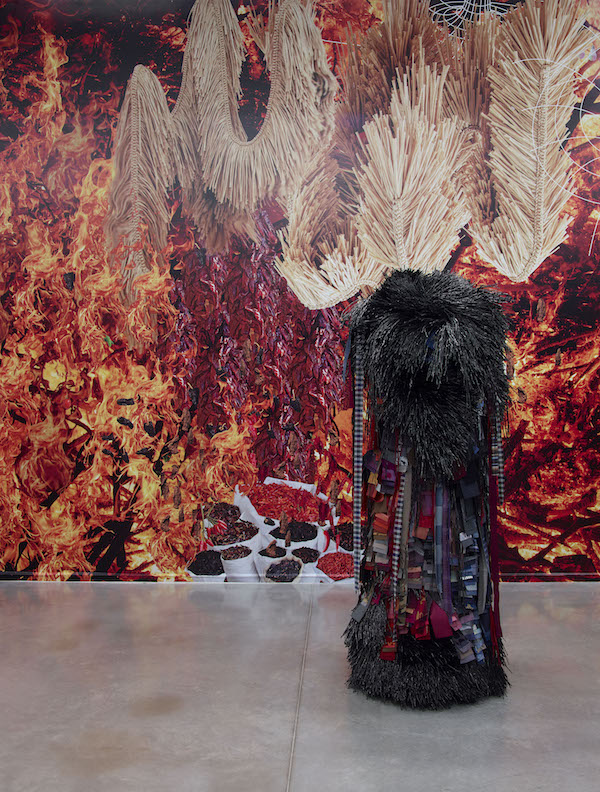
Haegue Yang, Istanbul Biennale 2019 The Seventh Continent, installation
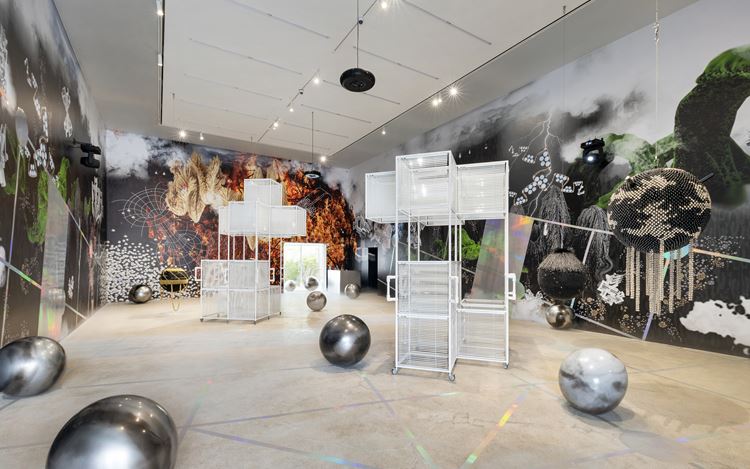
Haegue Yang, When the Year 2000 comes, installation, 2019, Kukje Gallery
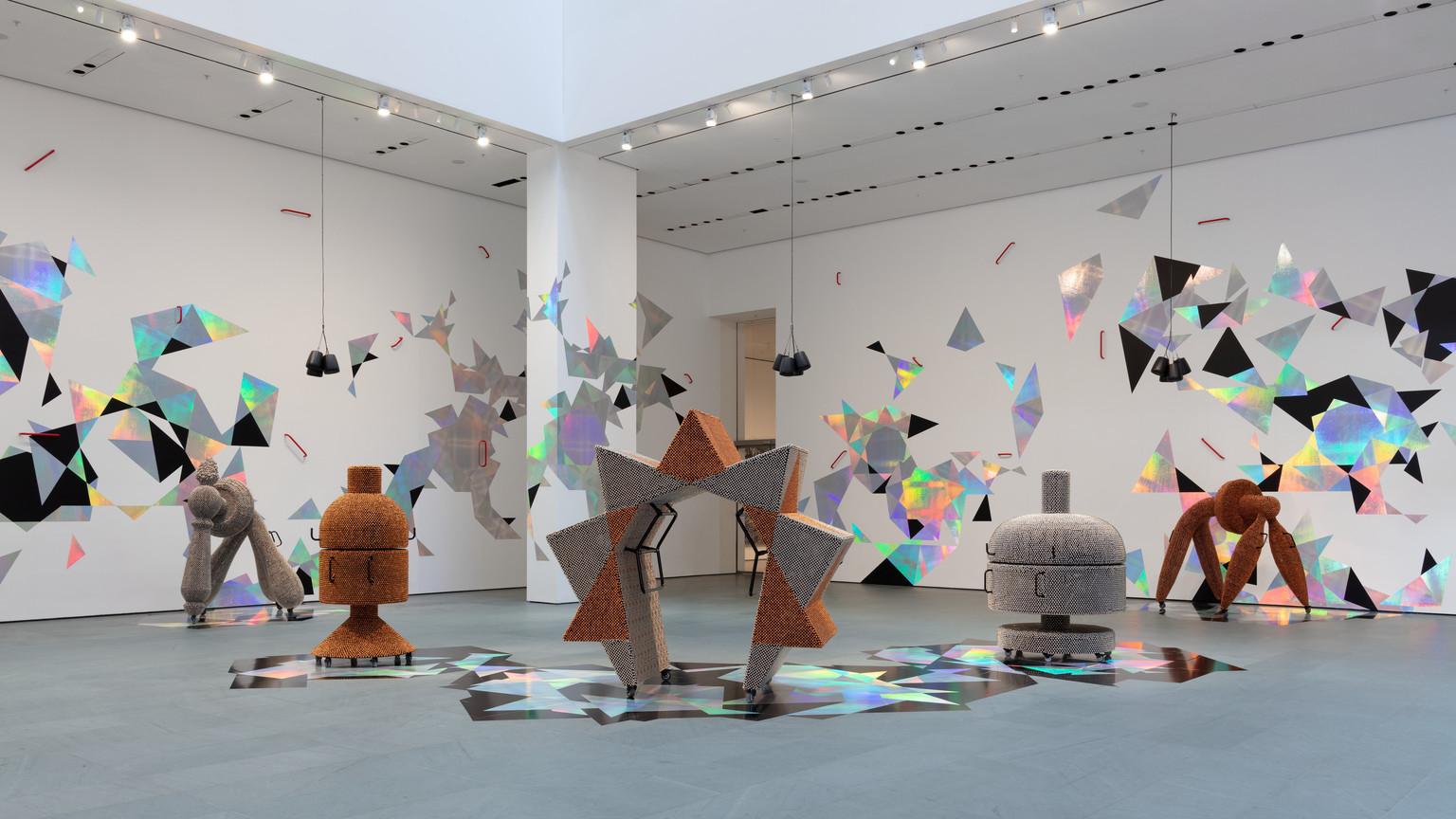
Haegue Yang, Handles, 2020, installation MOMA NY
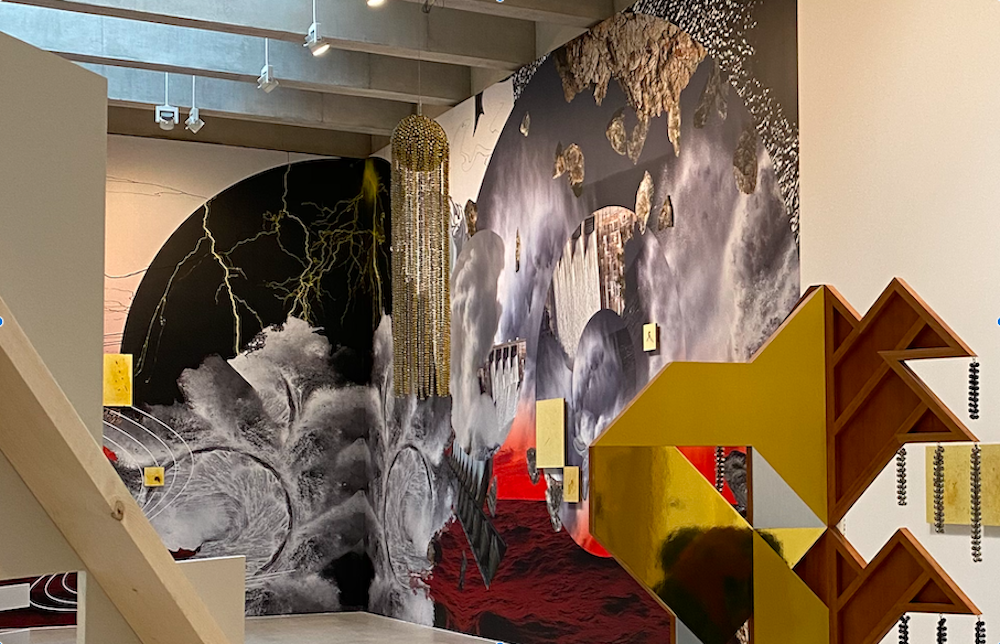
Haegue Yang, Strange Attractors, 2020 installation Tate-St-Ives, UK
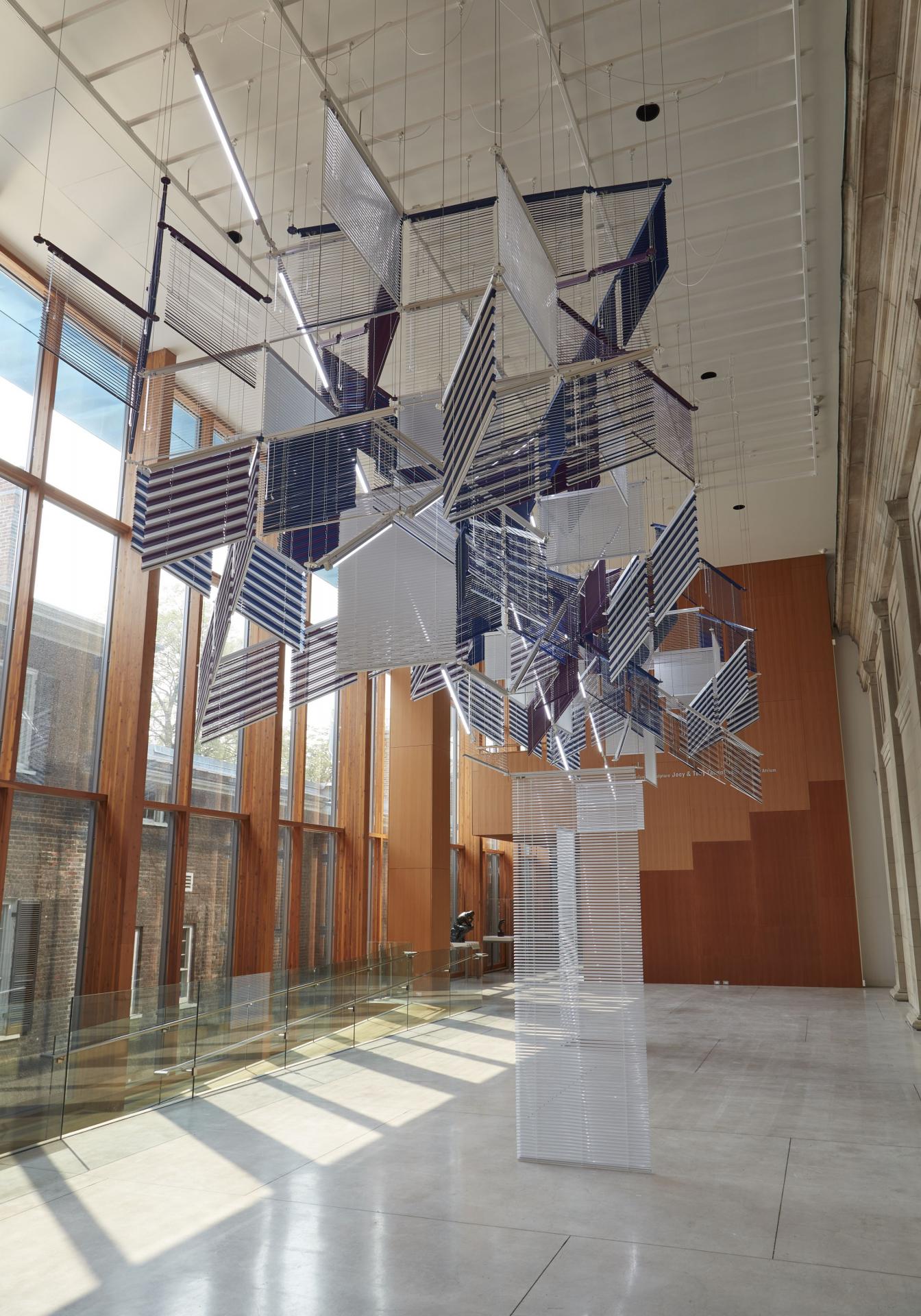
Haegue Yang, Emergence, 2020 installation, Art Gallery of Ontario
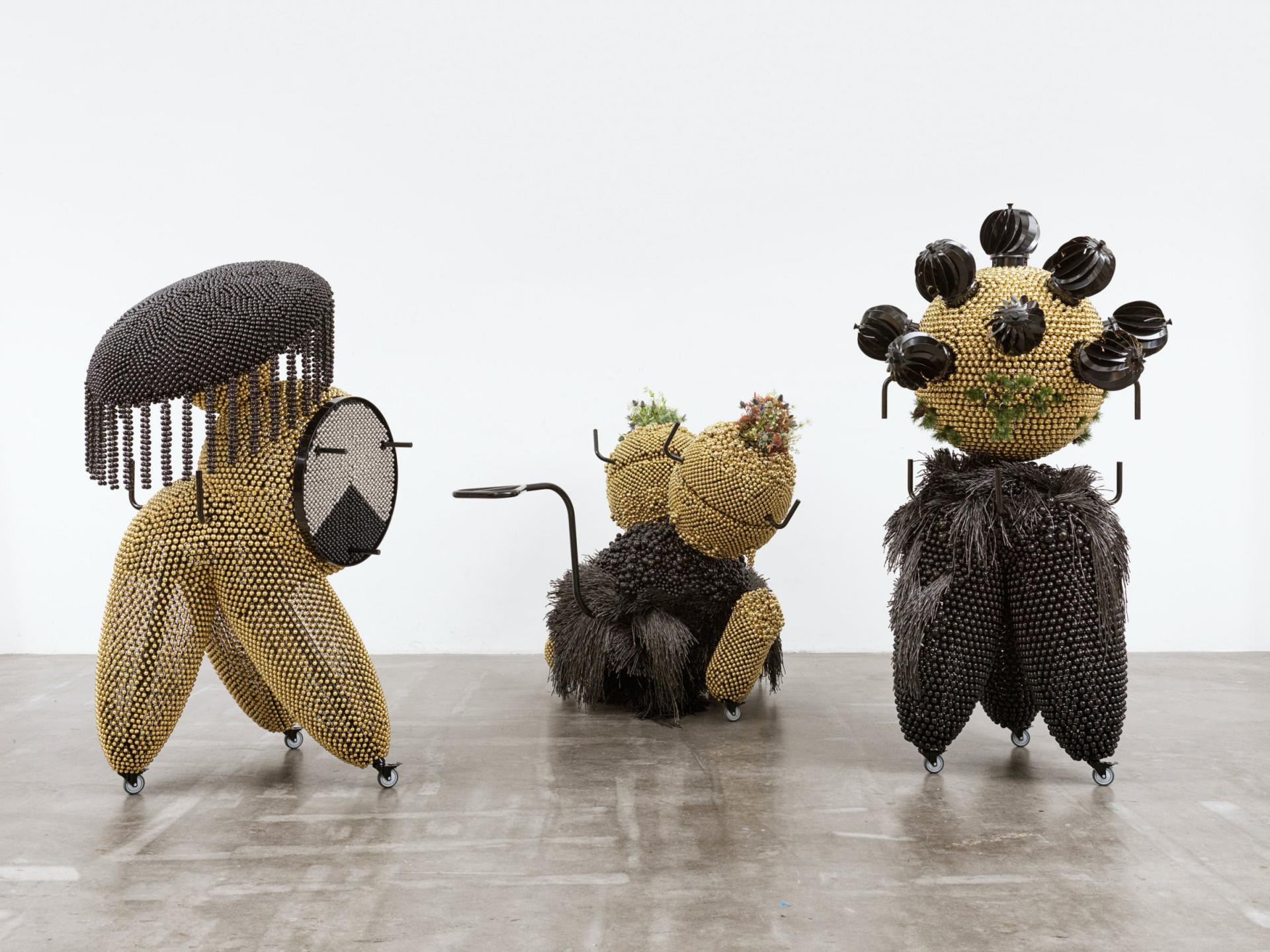
Haegue Yang, Sonic Intermediates - Triad Walker Trinity, 2020, photo Nick Ash, Kurimanzutto Mexico
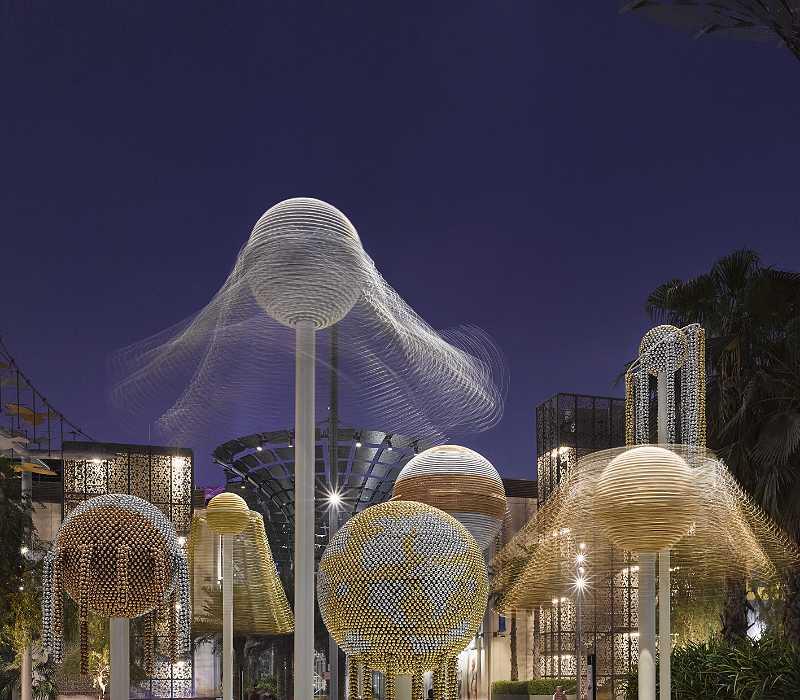
Haegue Yang, Planetarium - Dripping Lunar Sextet, 2021, Expo Dubai 2021-2022
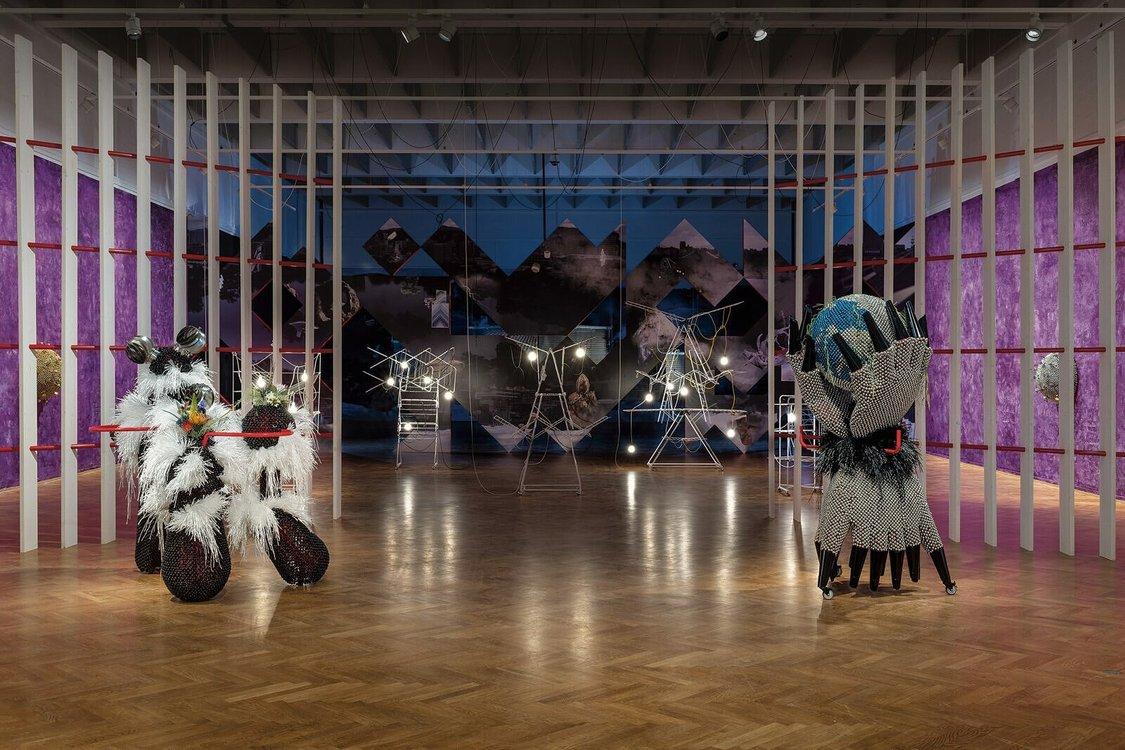
Haegue Yang, Double Soul exhibition, SMK Museum, National Gallery of Denmark, 2022
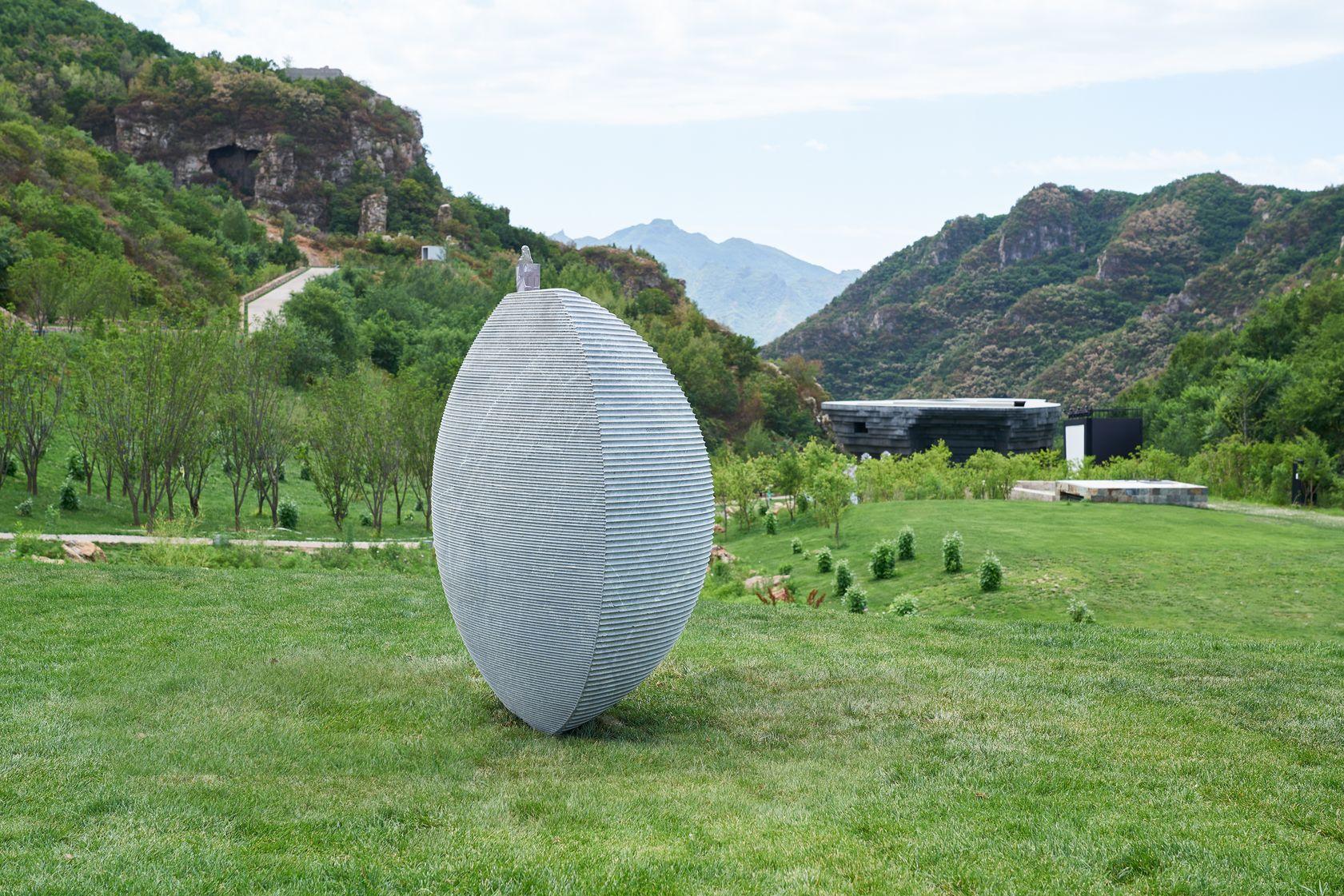
Haegue Yang, Migratory DMZ Birds on Asymmetric Lens in Aranya Plein Air Art Project, Aranya, Jin Shan Ling, Chine (2023). © Aranya Plein Air Art Project.
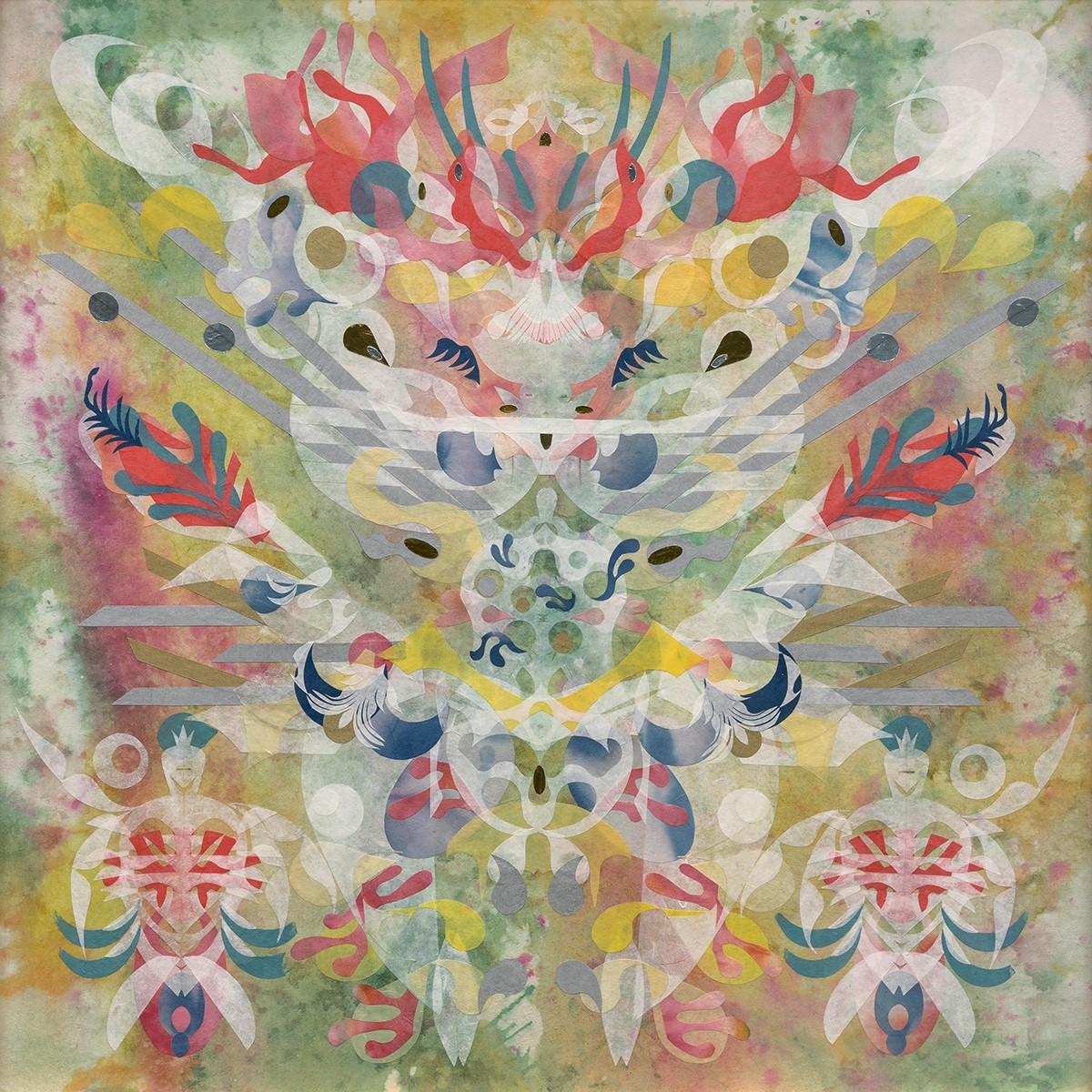
Haegue Yang, Rabbit-Eared Fairy Soul Sheet – Mesmerizing Mesh #231, 2024, Hanji, washi, origami paper on alu-dibond
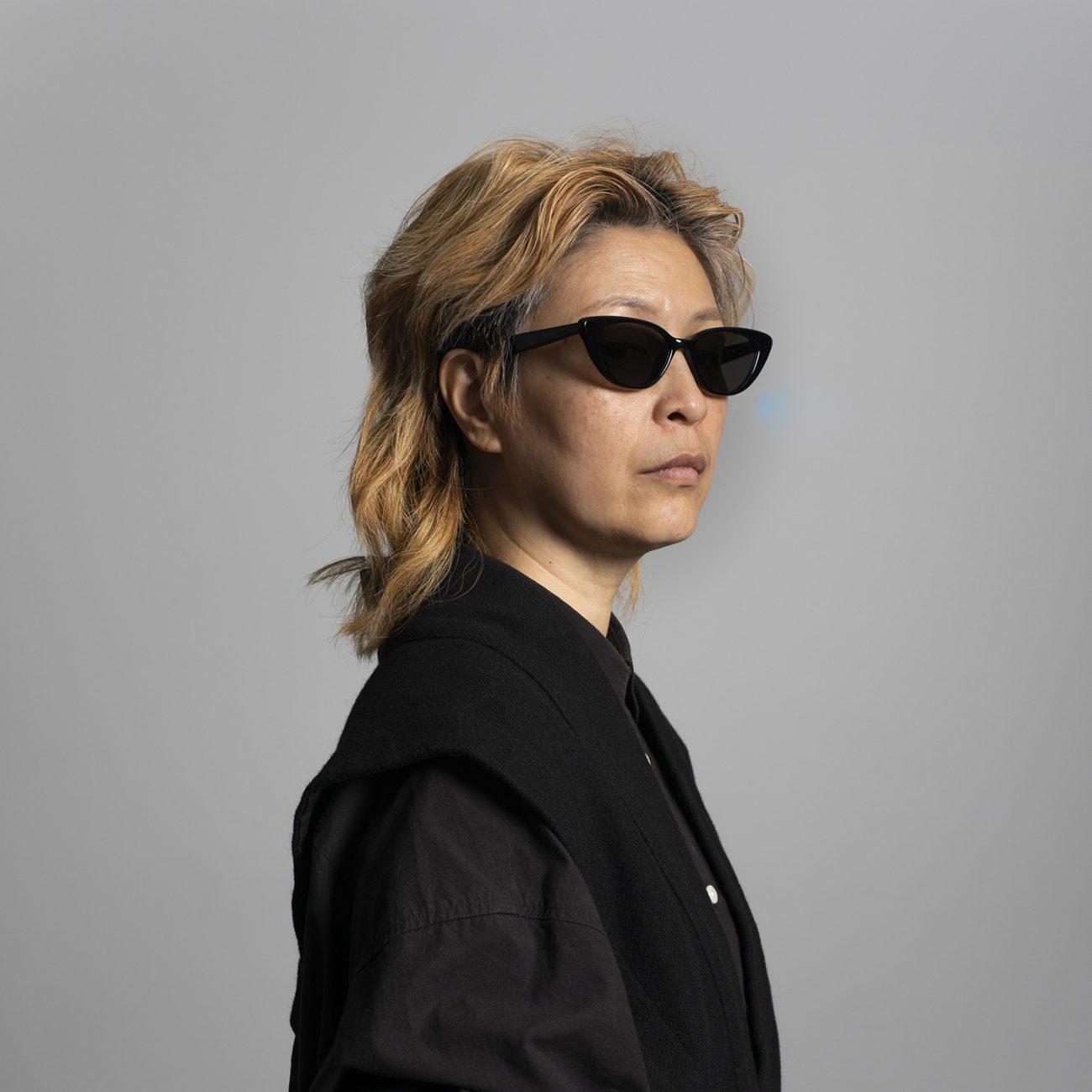
Haegue Yang 2023
HAEGUE YANG is a contemporary Korean artist, a plastic artist, among the most famous of her generation. She is especially known for her use of everyday objects in sensory installations. She uses various mediums ranging from collage to performance, videos, photographs, sound pieces, installations. She became particularly famous for her use of Venetian blinds.
In 2023, she ranked 3705th in the Artprice top 5000 list of the world's best-selling artists at auction, with sales of €163 K in 2023.
https://www.instagram.com/yanghaegue/?hl=en
NEWS
Haegue Yang presents 'Leap Year' at Migros Museum für Gegenwartskunst, Zurich, Switzerland, from 27 September 2025 to 18 January 2026
Contemporary Art Museum St. Louis, MO, Usa presents: 'Haegue Yang: Quasi-Heartland', from 5 September 2025 to 8 February 2026
PROFILE OF THE ARTIST
Haegue Yang was born in 1971 in Seoul, South Korea. She obtained her BFA from Seoul National University. In 1994 she left her country to continue her studies in Germany, at the Städelschule in Frankfurt, where she obtained her MFA (1999). She has been a teacher there since 2017. Haegue Yang was appointed Vice-Rector of the Städelschule, in Frankfort, in early 2021. She lives in Germany and South Korea.
Since the 1990s, Haegue Yang has lived a nomadic life, between South Korea, Germany and her own exhibitions around the world. This uprooting is the basis of her artistic practice. Haegue Yang uses everyday objects, industrial objects and "poorer" materials in her work, which she sometimes associates in an eclectic way.
The 13th Benesse Prize was awarded to Haegue Yang in Singapore on October 15 2022 For the Singapore Biennale, Yang exhibited sculptures of otherworldly beings as part of her ongoing series 'The Intermediates', which she started in 2015. Handles on the sculptures allow them to be moved, ringing bells reminiscent of those used in spiritual rituals.
At her beginnings, she associated techniques of classical sculpture learned in Korea with references to Georg Herold, her professor at the Städelschule, as well as those of some European and American movements. At the same time, she developed rh Lacqueer Paintings and Hardware Store Collages series, still in progress. In 2006, Haegue Yang used Venetian blinds for the first time and thus formalized his long-standing interest in kinetic sculpture. It was then that she drew attention to her work.
For more than ten years, Haegue Yang has been using everyday objects, handcrafted elements that have become her favorite material, for example plastic plants that grow on rocks, window mannequins that enter into conversation with the pieces of basketry. At the Guggenheim Museum in 2009, in her Series of Vulnerable Arrangements - Voice and Wind, she again used blinds and fans associated with the concept of the house. At the Centre Pompidou in Paris in 2016, she presented in the forum a monumental installation (12m ht), "Lingering Nous", made of suspended venetian blinds lit by neon. Haegue Yang diverts the blinds from their primary function by recomposing them in a way abstract to give them a new meaning.
In 2019 at La Panacée – MoCo, à Montpellier, France, Haegue Yang immersed himself in the local Occitan and industrial cultures but also in the history of the place linked to medicine and health. At the South London Gallery in 2019, Haegue Yang took her own political narrative as a subject, notably in one of her two sound installations. So far, Yang's work has tended not to address politics explicitly, but rather to reinterpret the stories of others. The soundtrack was recorded in April 2018, when South Korean President Moon Jae-In and North Korean leader Kim Jong-Un met in the DMZ Joint Security Zone for an inter-Korean summit. The Art Gallery of Ontario, in Toronto, presented - from October 1 to January 31, 2021 - 82 sculptures, installations, performances by Haegue Yang, created over the last 25 years. To date, this was Haegue Yang's first retrospective exhibition in North America.
In 2020-2021, The Tate St Yves presented the UK’s largest exhibition to date by celebrated South Korean artist Haegue Yang, untitled "Strange Attractors".
In 2022, Galerie Chantal Crousel presented the exhibition Mesmerizing Mesh - Paper Leap and Resonating Habitat. Nineteen Hanji (Korean paper) collages from the Mesmerizing Mesh series formed the core of the exhibition, alongside sculptures made of paper, bells and Venetian blinds.
Exhibition by Haegue Yang at SMK - National Gallery of Denmark, Copenhagen, from 5 March to 31 July 2022 : "Double Soul". The exhibition title, Double Soul, refers to Yang’s preoccupation with doubling and pairing seemingly disparate dualities. Her works explore the connections between apparent contradictions such as traditional and modern culture, industry and craft as well as the quotidian and the exceptional.
Haegue Yang presented a wallpaper at the 59th Venice Biennale (2022), within the “Planet B, Climate Change and the New Sublime”
From 18 September 2023, the National Sculpture Factory presented a new work by Haegue Yang, which was on display in the NSF's window for one year. "The Great Forgetfulness" is Haegue Yang's first neon work.
“Leap Year” was Haegue Yang's first major exhibition in the UK, from October 2024 to January 2025. The exhibition presented a comprehensive survey of Yang's work from the early 2000s to the present day. Kunsthall Museum in Rotterdam presented a major retrospective of Haegue Yang, entitled “Lap Year”, from March 1 to August 21, 2025.
EXHIBITIONS
Latest solo shows by Haegue Yang: 2025 “Lap Year”, Kunsthall Museum in Rotterdam, "Haegue Yang: Lost Lands and Sunken Fields" , at Nasher Sculpture Center, in Dallas, Texas. 2024 ‘Leap Year’, Hayward Gallery, London ‘Flat Works’, Arts Club of Chicago, Usa ; 2023-2024 Haegue Yang's first solo exhibition in Finland, Helsinki Art Museum HAM ; 2023 "Changing From From To From", National Gallery of Australia ; Pinacoteca de São Paulo, "Haegue Yang VIP's Union Petite, 2001/2022", Gallery Chantal Crousel, December 10, 2022 to February 4, 2023 ; 2022 "Mesmerizing Mesh - Paper Leap and Resonating Habitat", Galerie Chantal Crousel, Paris, 'Double Soul', SMK - National Gallery of Denmark - Copenhague ; 2021 'SrangeAttractors", Tate St Ives, Cornwall
Haegue Yang's work "Lingering Nous" (2016) is currently exhibited at the Center Pompidou Shanghai as part of the exhibition The Voice of Things-Highlights of the Center Pompidou Collection vol.II, 2021-2023.
Haegue Yang participates in a group exhibition "How Did You Come into the World" at Hirosaki Museum of Contemporary Art in Japan, from 27 Sep 2024 to 9 Mars 2025
Haegue Yang participated in the exhibition "Le Jardin : incantation - incarnation", organised by FRAC de Champagne-Ardenne, in Reims, France, from 4 April to 22 September 2024
Haegue Yang was selected among others artists to participate in Expo Dubai, from 1 October 2021 to 31 March 2022
Haegue Yang participated in the group show "The Paradox of Stillness: Art, Object, and Performance" which features objects from the early 20th century to the present day, at the Walker Art Center, Minneapolis, Usa, May 15-August 8, 2021.
PAST EXIBITIONS
Haegue Yang Exhibitions
JI YO-SANG
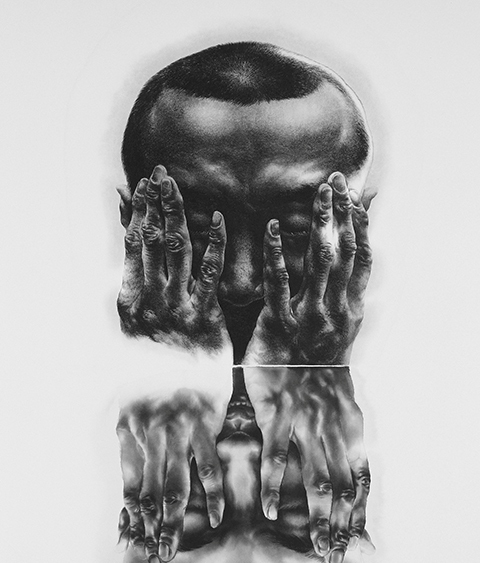
Ji Yo-Sang, ink on Korean paper, 2003
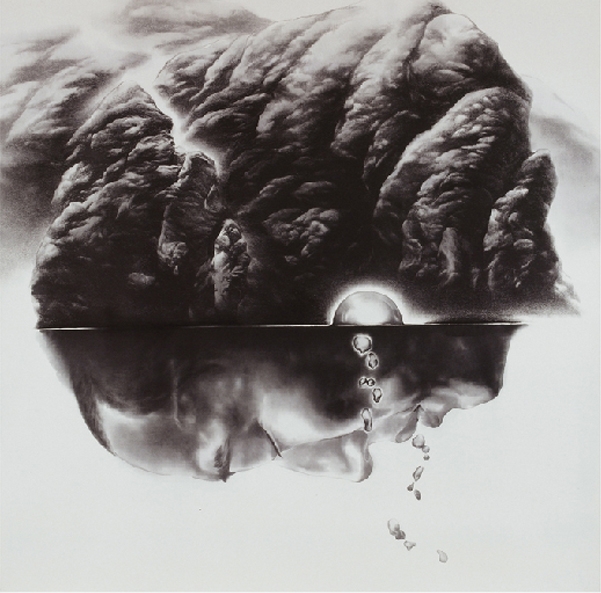
Ji Yo-Sang, ink on Korean paper, 2003
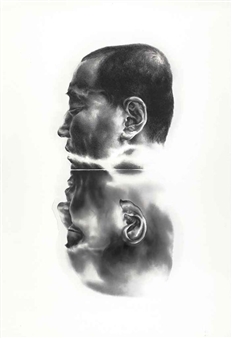
Ji Yo-Sang, Solitary, ink on Korean paper, 2005
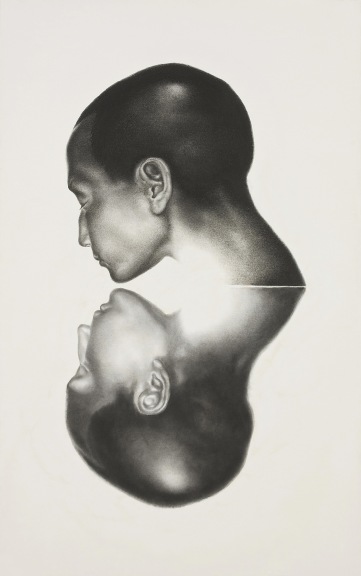
Ji Yo-Sang, Serenity 3, Ink on Hwaseonji, 2008
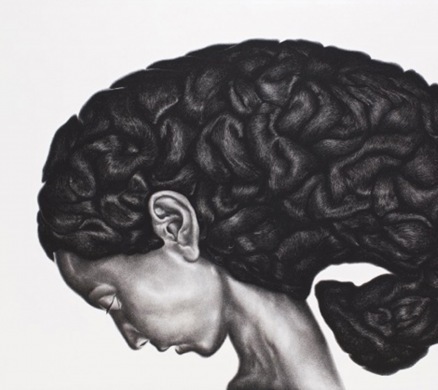
Ji Yo-Sang, Serenity 1, Ink on Hwaseonji, 2013
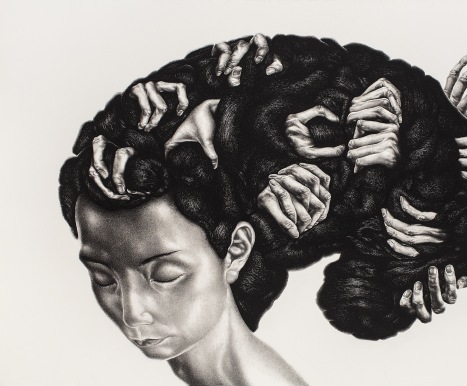
Ji Yo-Sang, Thought 4, ink on Korean paper, 2015
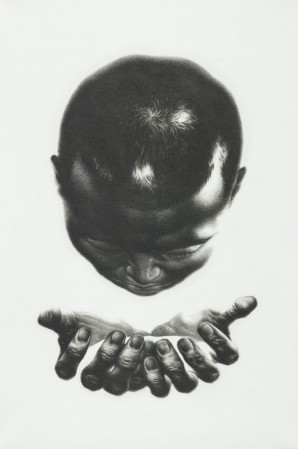
Ji Yo-Sang, Two Sixths, Ink on Hwaseonji, 2015
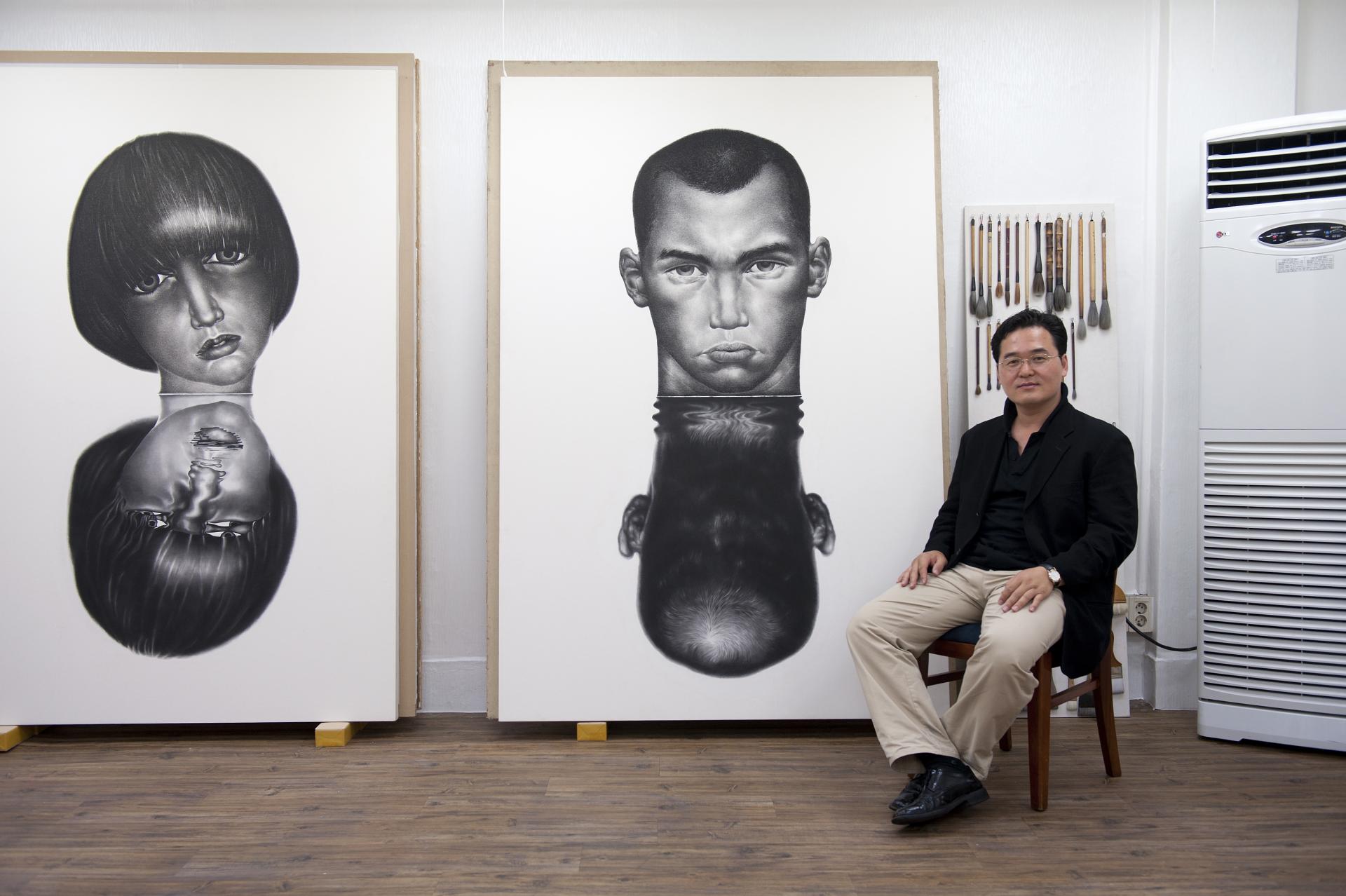
Ji Yo-Sang
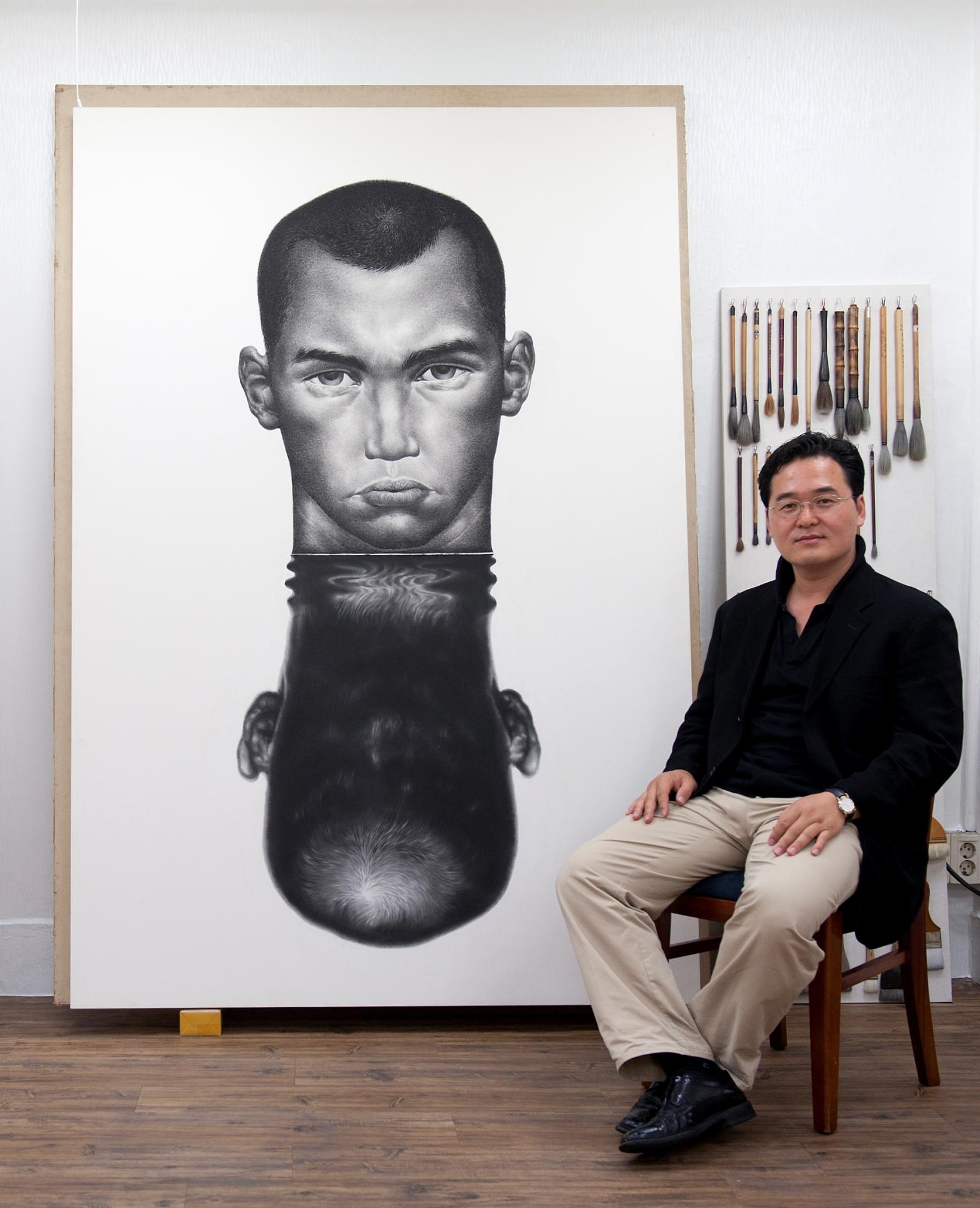
Ji Yo-Sang
JI YO-SANG is a Korean contemporary artist. He creates ink paintings that are quite unique and powerful in their visuals. The artist has already sold several of his works to major auction houses. In 2013, his painting 'Solitary' sold at Christie's during the Hong Kong 'Asian Contemporary Art Day Sale' for $ 6,449.
PROFILE OF THE ARTIST
Ji Yo-Sang was born in 1981. He obtained an MFA in oriental painting in 2003 and a Ph.D in art studies in 2011 from Hongik University in Seoul.
Ji Yo-Sang's ink paintings are a precision exercise, capturing the smallest minutia. He draws in the purest traditional ink painting style while incorporating the Western technique of 'chiaroscuro' (Italian artistic term to define "chiaroscuro"). His works are both philosophical and visual, "representing coexistence of body and soul, of matter and idea, of reality and imagination ”.
EXHIBITIONS
Ji Yo-Sang has exhibited in Asia and in the rest of the world: New York, Cairo, Doha. Among his solo exhibitions are: 2009 Serenity Modern Art Gallery of Hongik College, “Mi-A” Drawings by Ji, Yo-Sang Art Forum Newgate; 2005 Serenity - Nothing Leaves Traces on the Water Art Forum Newgate; 2004 Serenity - Remain With Eyes Closed Kongpyung Art Center.
But Ji Yo-Sang has mainly participated in many group exhibitions, including the most recent: 2016, Asia Contemporary Art Show, HK, Singapore Contemporary Art Show; 2014 “Ink & Yan IS’ Gallery Sensitive & Blech Akive Gallery Body and Soul Kim-Po Gallery Revolution of Korean Painting Seoul Museum of Art Finding Faces Shinha Gallery; 2013 The Communication of Korea Art Republic of Korean Council in Shanghai, China Korean and Japanese Contemporary Ink, The 5th Anniversary GuRo Arts Valley Korean and Chinese Youth Art Exhibition; 2012 The 18th Contemporary Japanese and Korean Art Kubota Gallery, SOAF The Contemporary Ink in Korean and Chinese Yanji Museum Seoul, Korea Seoul, Shanghai, China Seoul, Korea Bejing, China Tokyo, Japan Seoul, Korea Yanji, China HIAF Hanoi Crown Plaza Hotel Bible and Love Ho Gallery.
Ji Yo-Sang also received numerous awards: in 2002 the Dong-A Art Award National Museum of Contemporary Art, in 1998 the Dong-A Art Award National Museum of Contemporary Art, in 1997 the Dong-A Art Award National Museum of Contemporary Art, in 1995, The Special Prize Misool-Saegae Grand Art Festival Seoul, Korea Seoul, New York, USA, Qatar Seoul , Korea Seoul Metropolitan Museum of Art Excellent Prize Seoul, Korea Choon-Choo Grand Art Exhibition Korea Culture and Art Promotion Center.
KIM YUNSOO
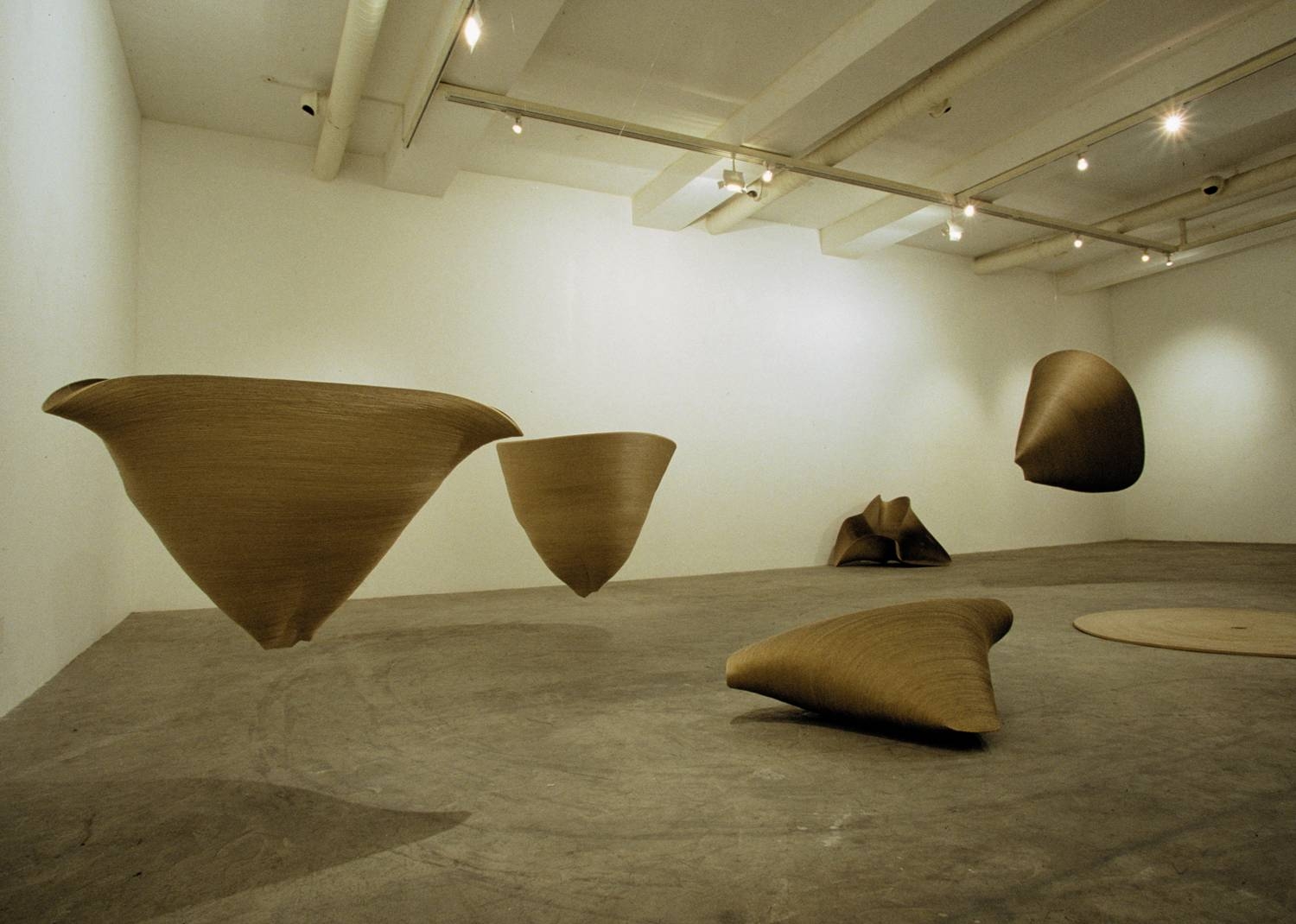
Kim YunSoo, Wind, 2001, cardboard
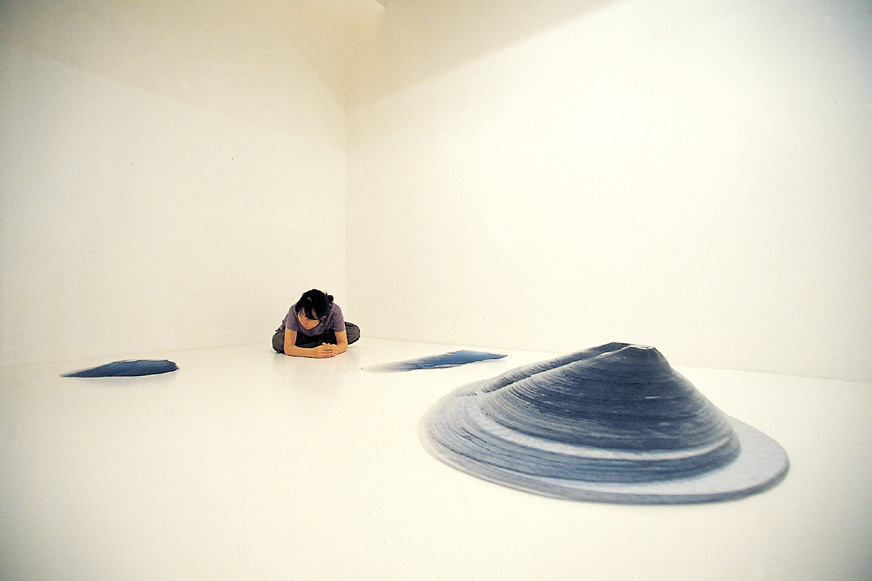
Kim YunSoo, Longing for innocence, 2003, vinyl
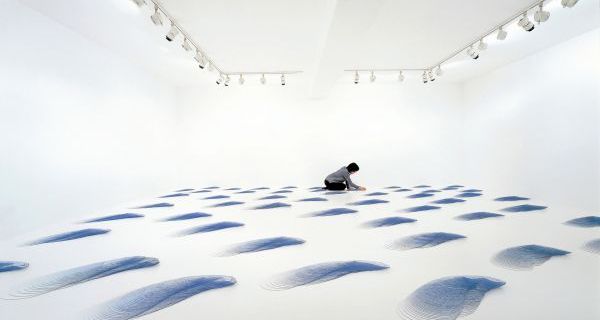
Kim YunSoo, Desert of Winds, photography, 2004-2005, Photo Kim Yun Soo
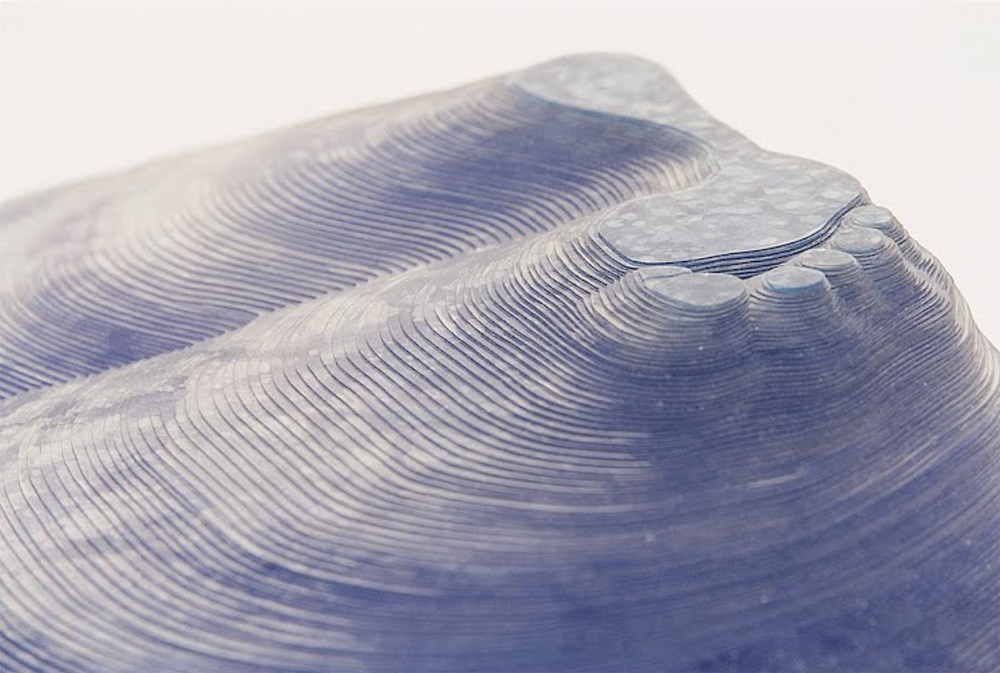
Kim YunSoo, Desert of Winds, photography, 2004-2005
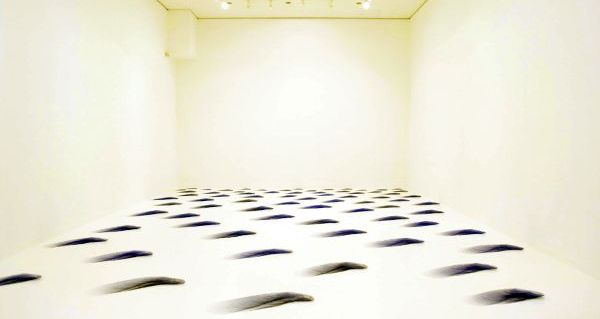
Kim YunSoo, River of Winds, 2004-2005, vinyl
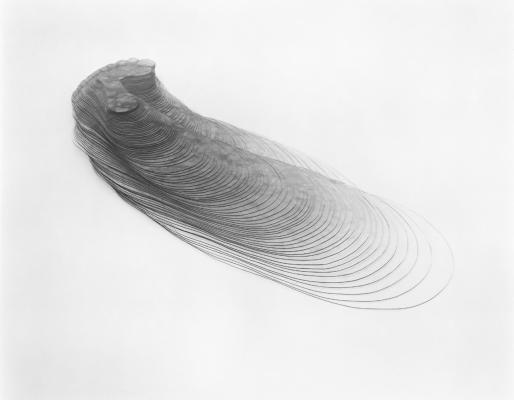
Kim YunSoo, footprints in supernatural vinyl landscapes, 2005
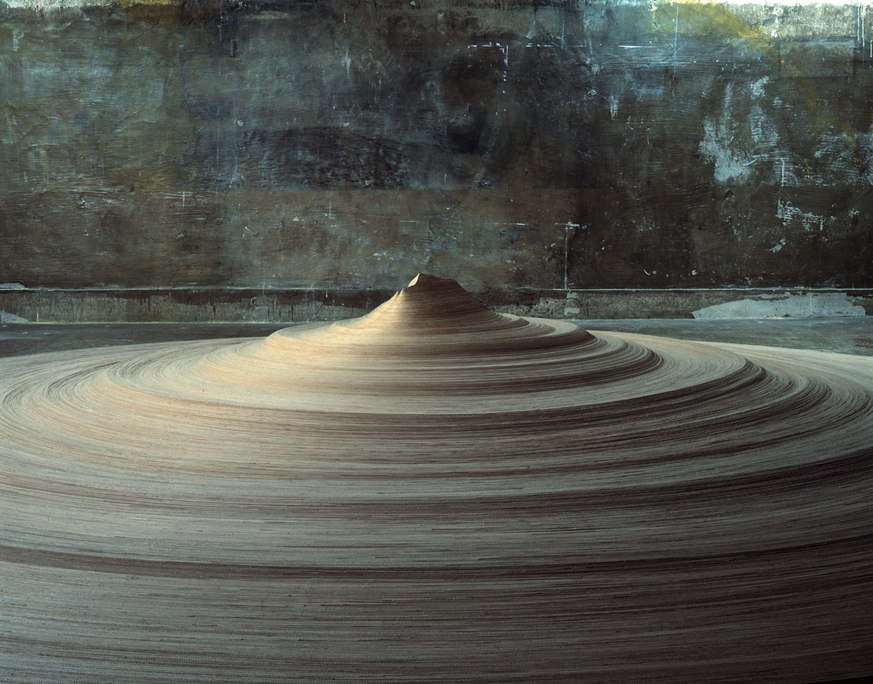
Kim YunSoo, Morne, installation, 2008, carboard
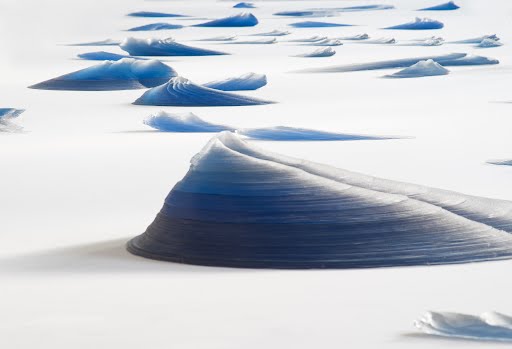
Kim YunSoo, Memory of Wind Cloud-like Scenery (detail), 2009, vinyl
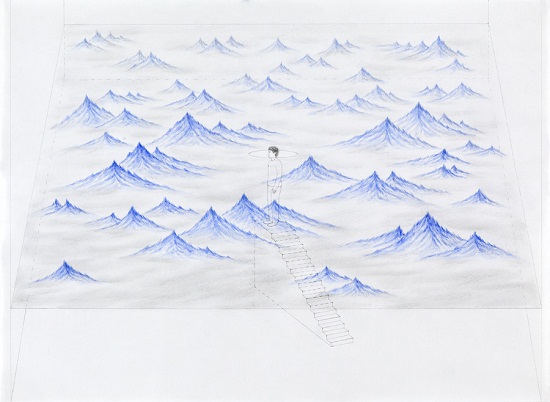
Kim YunSoo,The Bluest Scene", 2010, gouache on paper, pencil
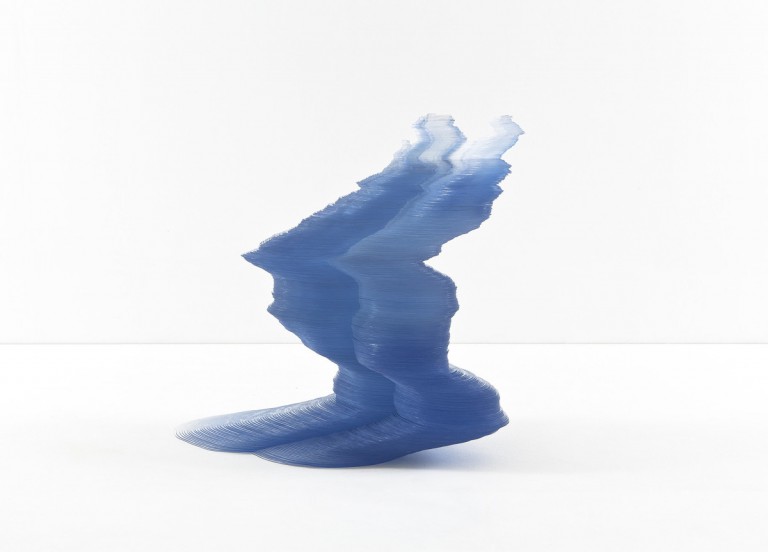
Kim YunSoo, I am walking in clouds on the Mountain, 2010, vinyl
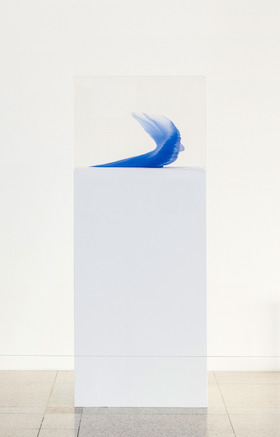
Kim YunSoo, Wave, Accumulating, PVC, 2016
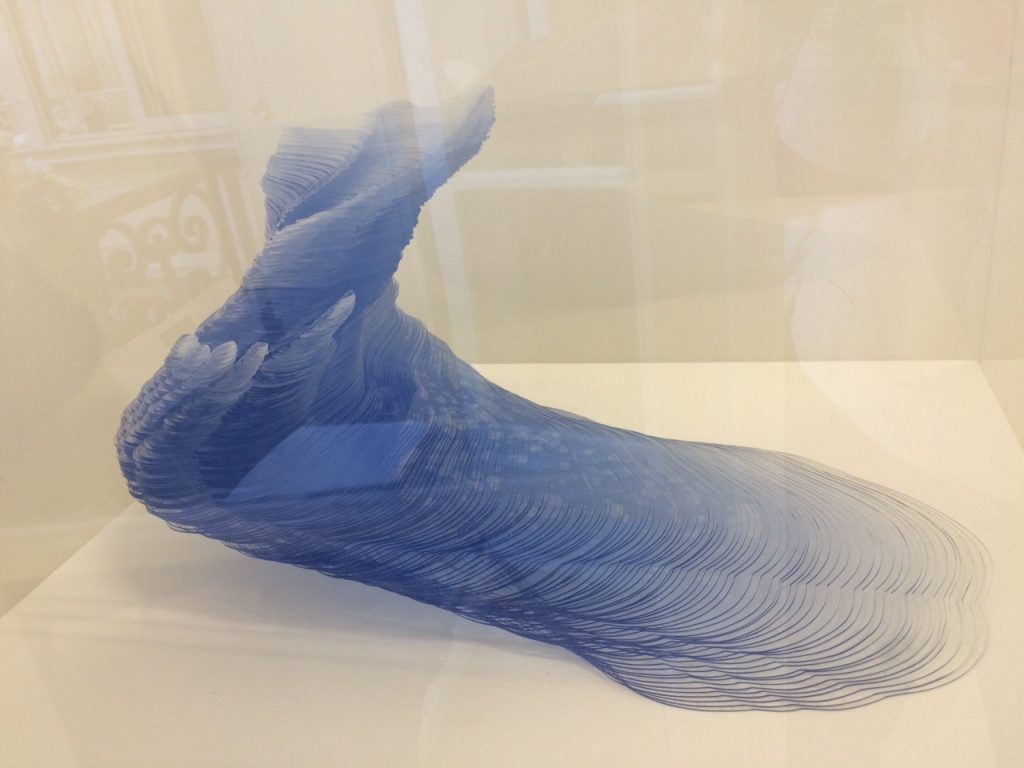
Kim YunSoo, Wave, Accumulating, PVC, detail, 2016
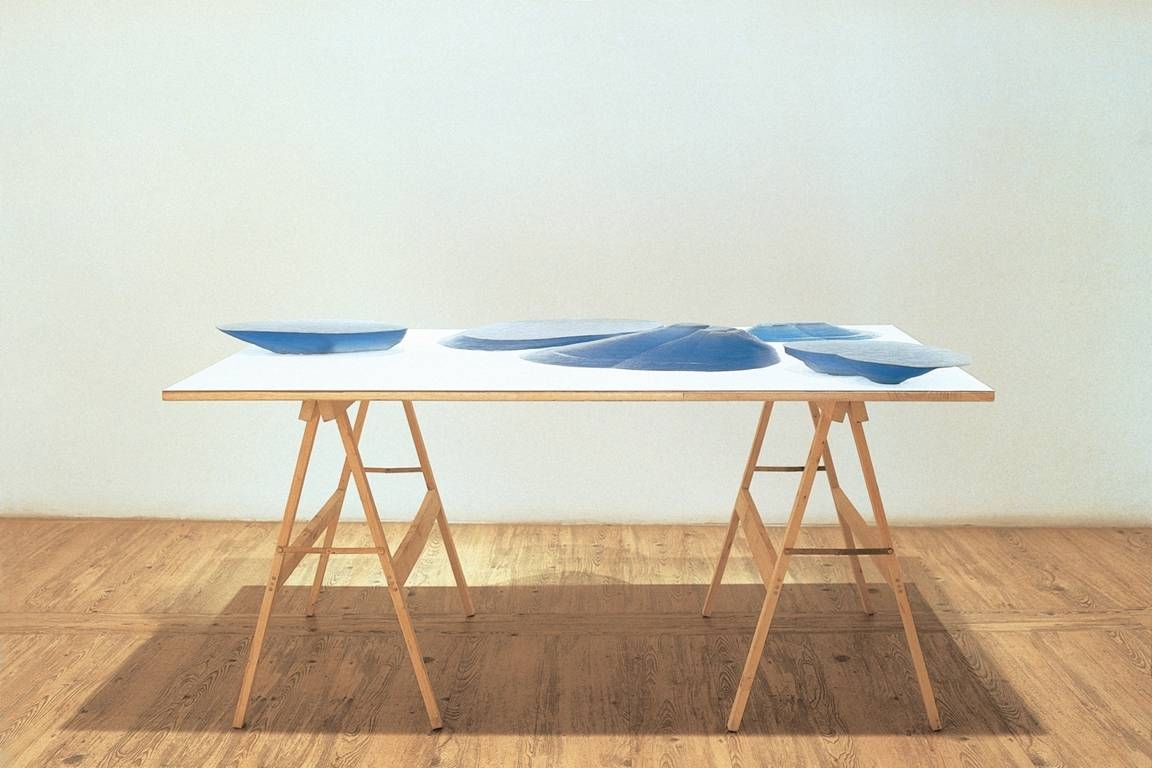
Kim YunSoo, Waves, Accumulating, PVC, wood, paint, 2018, Courtesy of the artist & Gallery SoSo
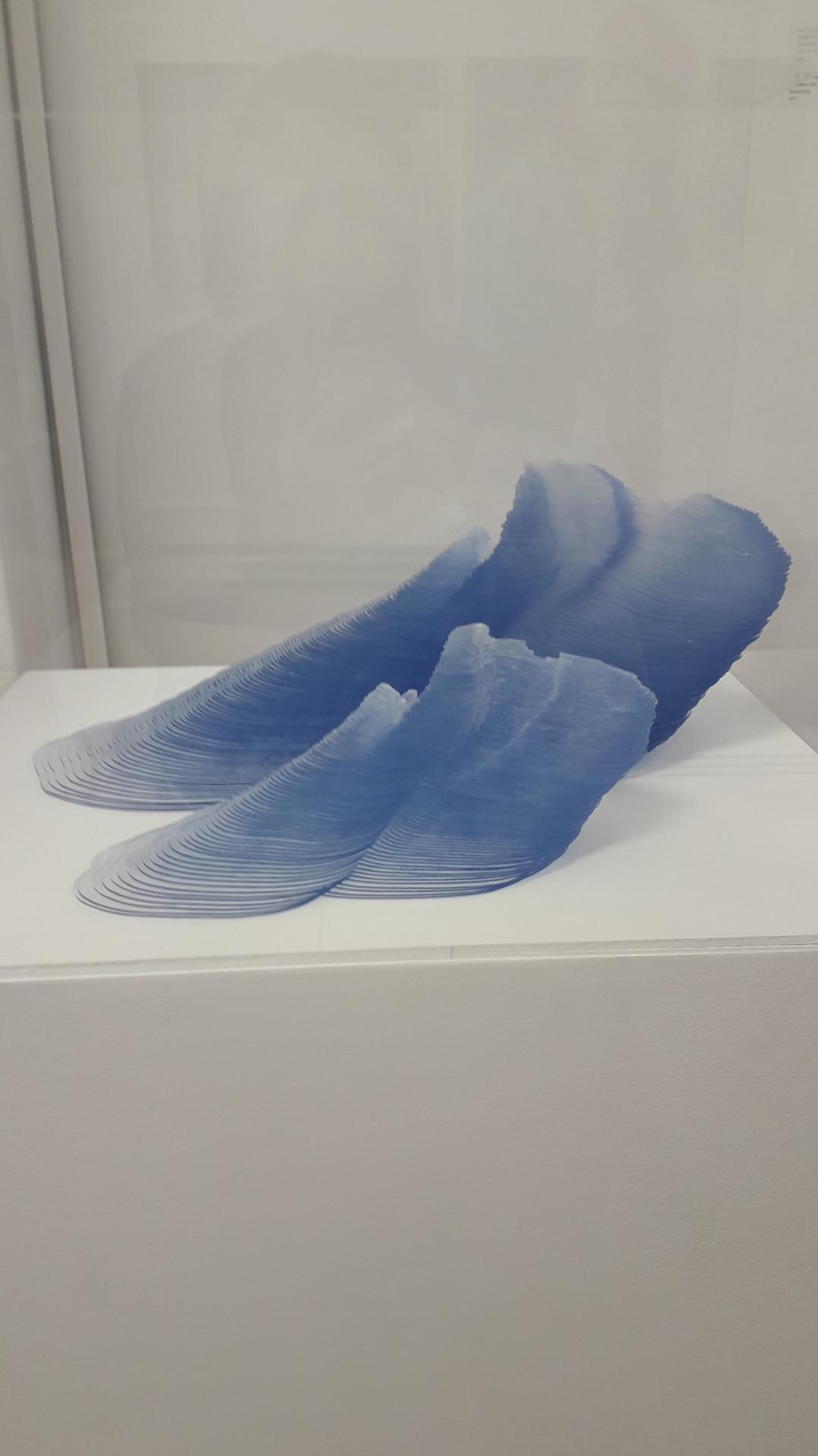
Kim Yunsoo, Waves, accumulating PVC, 2019, Gallery Soso
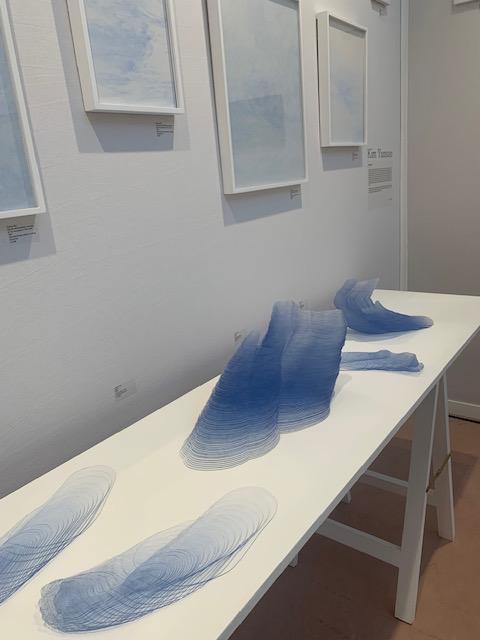
Kim Yunsoo, Art Paris 2025, Galerie Soso
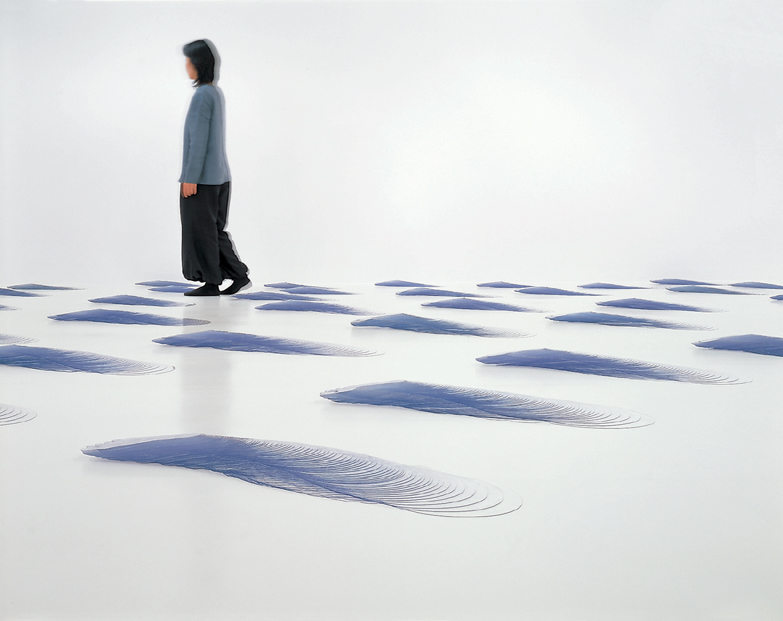
Kim YunSoo
KIM YUNSOO is a Korean visual artist who works multi media, ranging from installation to sculpture, drawing and photography.
NEWS
Soso gallery presented Kim Yunsoo at Art Paris 2025
PROFILE OF THE ARTIST
Kim YunSoo was born in 1975. She graduated from Chungang University of Seoul (MFA Sculpture) (2005). She received several awards: 2007 ‘Project Space Sarubia Grant for Artists’, 2005 Korean Culture & Arts Foundation Grant for Young Artists and in 2002 Winner of the Youth Prize (Korea Young Artists Biennale). She lives and works in South Korea.
Kim YunSoo questions the trace and representation of interiority through matter. Her work is extremely delicate. One of Kim YunSoo's most iconic works is a "River of Winds" Series (2004-2005). It consists of an installation of 54 vinyl objects placed at ground level and inspired by footprints. The artist hand-cut and layered over 60 sheets of PVC for each imprint, transforming the original shapes into an installation of what appears to be an endless expanding landscape. Scattered in space, heaps of thin translucent blue plates make up abstract landscapes with circular escarpments. These translucent islands evoke the wind, rivers, mountains or clouds depending on how the artist arranges them. Since 1999, Kim YunSoo has collected the fingerprints and footprints of his friends and acquaintances and gives them a new dimension inspired by the world of nature. Many of her works resemble a wave where a single footprint echoes stacked shapes and contours.
Kim YunSoo uses fragile and flexible materials. Corrugated cardboard allows a play of light through the grooves of the corrugation.
The artist cuts the prints out of 8mm thick layers of vinyl and then overlays them. Through repetition, these initially precise foot shapes gradually become blurred until they disappear and become landscapes. By stacking these layers a hundred times, a bluish color gradually emerges. The blue is very present in the work of Kim YunSoo. The artist explains, “It's a fleeting color. The blue is reflected in our eyes when we look at the sky or the water, but disappears when we get closer. Even if we extend our hand, we cannot touch it. If I can imagine a color inside me, it would be blue ".
EXHIBITIONS
Kim YunSoo has already had several solo exhibitions:
Her solo exhibitions were held at Gallery SoSo (2021), (2017), (2011), Alter Ego / Sutome (2015),
Kim Yunsoo participated in the exhibition 'Natural Language: Contemporary Book Art' at Great Park Gallery, Irvine, California, from 11 February to 4 May 2024.
She participated in group exhibitions at Datz Museum of Art (2020), Museum of Contemporary Art Busan (2020), Cheonju Museum of Art (2019), 2019-2018 Asia Now, Paris (2019-2018), Gallery SosoNam Seoul Museum of Art (2018), OCI Museum of Art (2016), and the Museum SAN (2016).
Her artworks are housed in the Seoul Museum of Art, the Museum of Contemporary Art Busan, the Art Bank(the National Museum of Modern and Contemporary Art), OCI Museum of Art, and the Datz Museum of Art
Kim Yunsoo won the 22nd Woomin Art Award in 2023.
Online exclusive show featuring of drawings and sculptures by Kim Yunsoo (Artsy): https://www.artsy.net/show/gallery-soso-kim-yunsoo
